Gryphon Rue & Brandon López musical performance
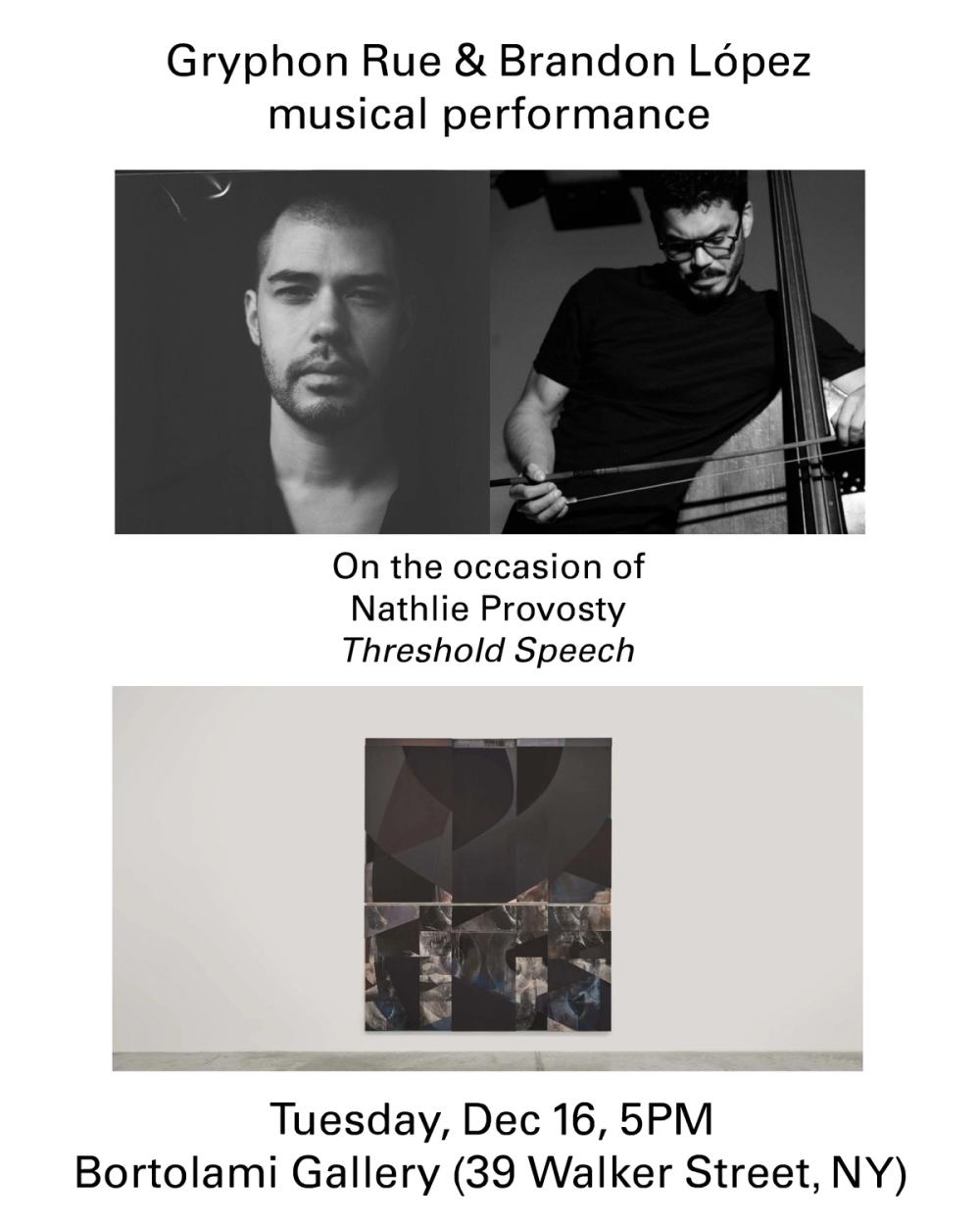

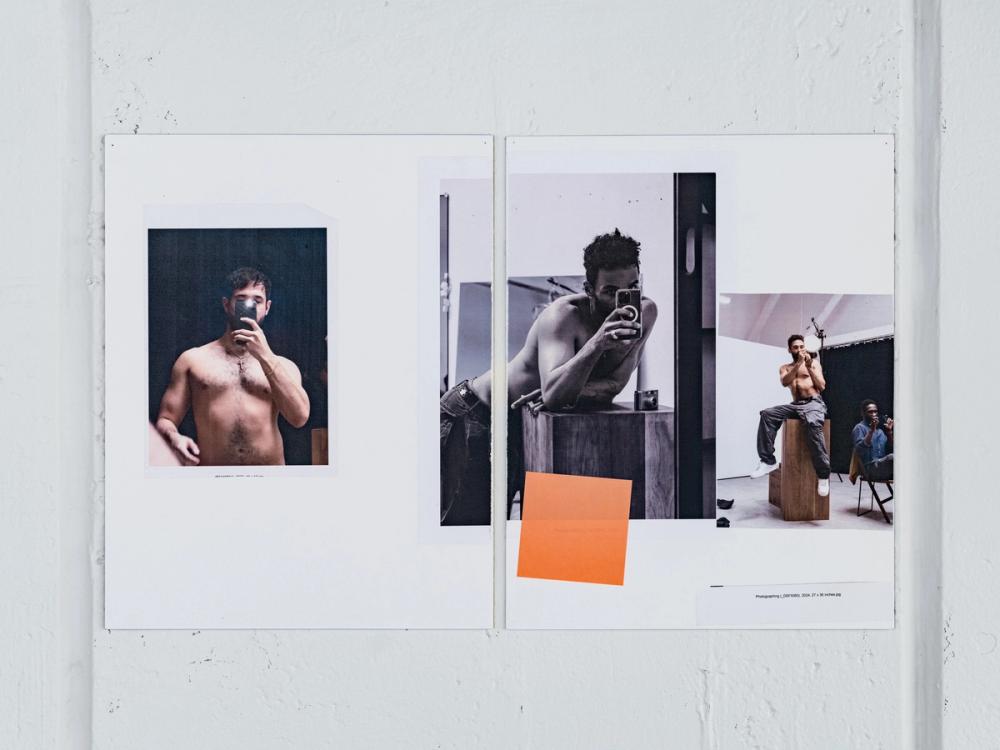
Join LAND for an afternoon of hands-on zine making facilitated by artist and photographer, Paul Mpagi Sepuya, and arts programmer, curator, and veteran producer and avid collector of zines, Darin Klein. The workshop is designed to be a non-hierarchical and non-competitive platform for the exchange of creative ideas.
Bring your own working material in image and/or text form. These could include candid portraits, love letters, phone pics, family recipes, to-do lists, social media posts left in drafts, and other ephemera or imagery of your choosing. The materials – which should be imbued with personal meaning to you – will be shared with the greater group for creating your own personal zine. Collectively, we will reconfigure one another’s materials, fragmenting, collaging, obscuring, and interweaving them with our own, thereby creating new possibilities for meaning.
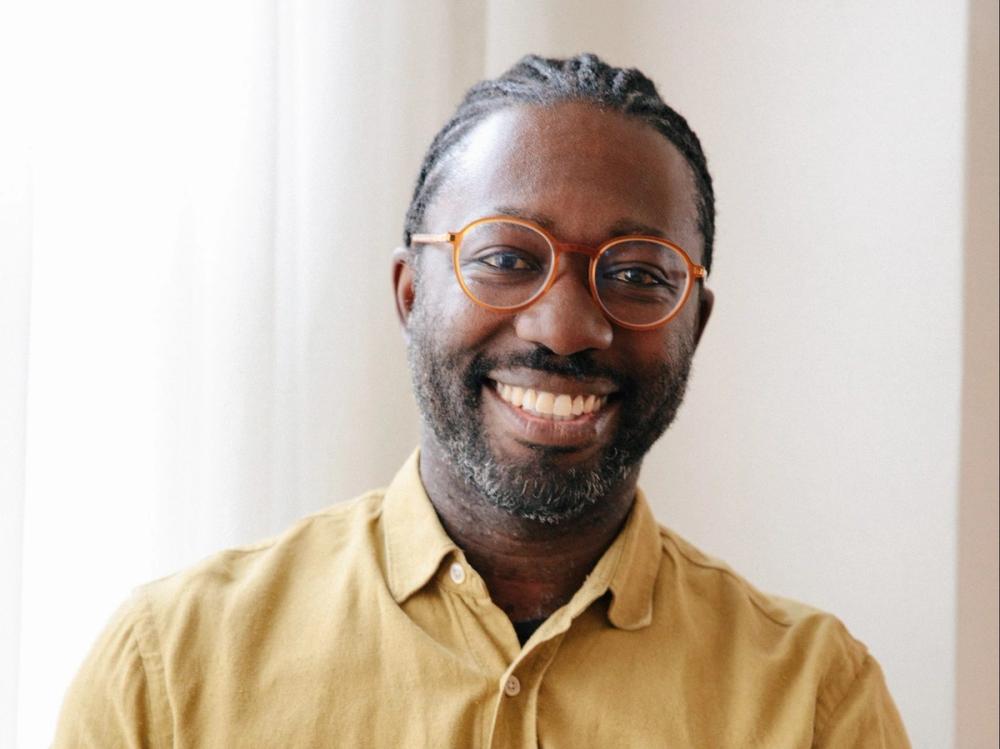
Join Paul Mpagi Sepuya and Ken Gonzales-Day, with moderator Amelia Jones, for a public discussion on the power and limits of queer photography, a topic with special urgency given the current repression of political speech and queer representation in the U.S.
This program is presented in connection with Sepuya's exhibition at Los Angeles Nomadic Division (LAND), “Paul Mpagi Sepuya: Excerpts & Fragments,” open November 8 - December 21 at 2413 Hyperion.
RSVP at the link in our bio. ONE Archives at the USC Libraries is located at 909 W Adams Blvd.
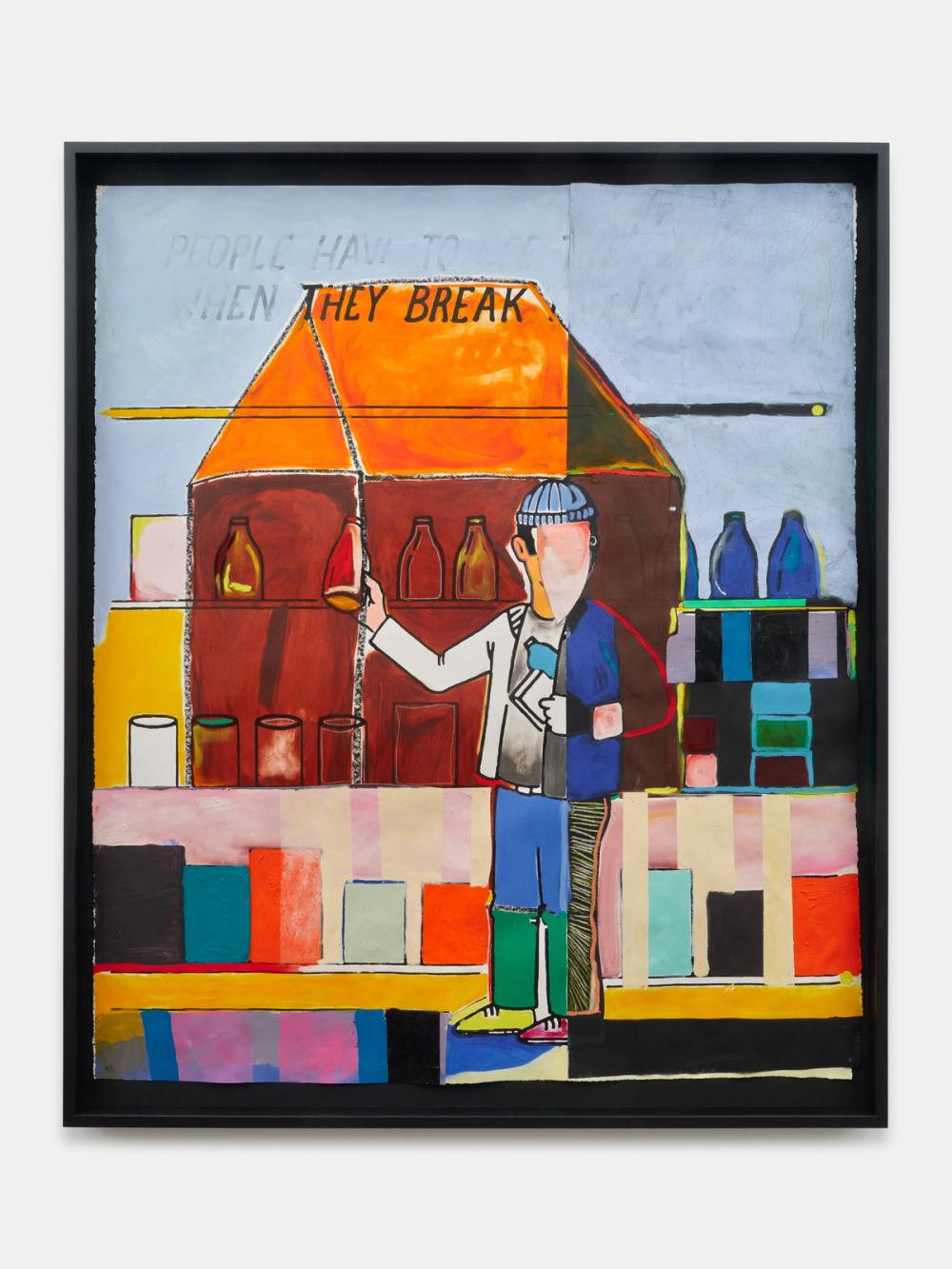
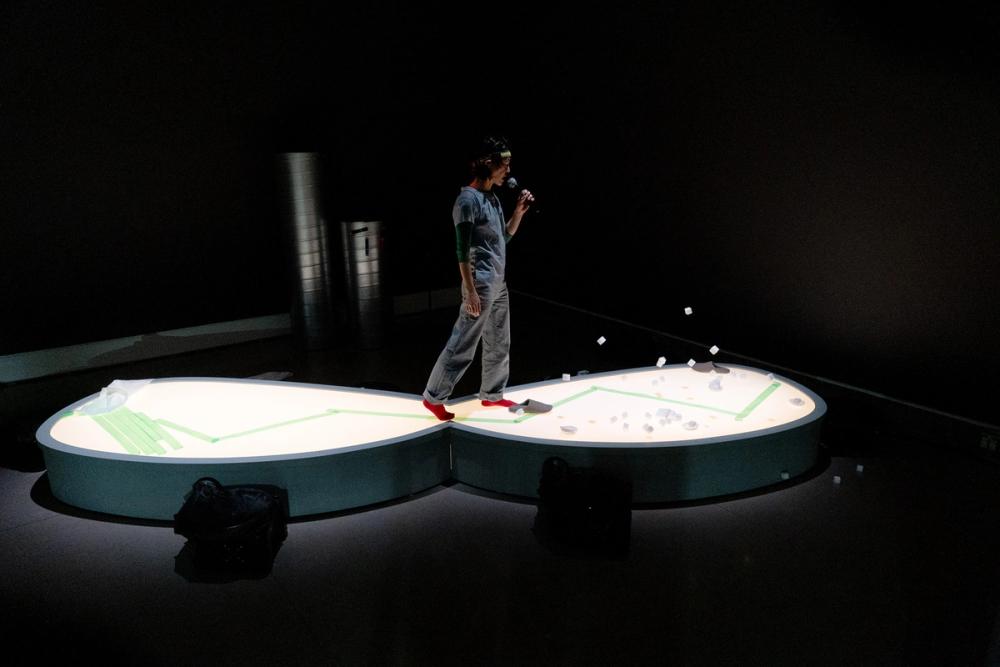
Trellis Art Fund has announced Aki Sasamoto as one of the 2025 Stepping Stone Grantees. This cohort of 20 artists will each receive an unrestricted grant of $40,000 across an award period of two years.
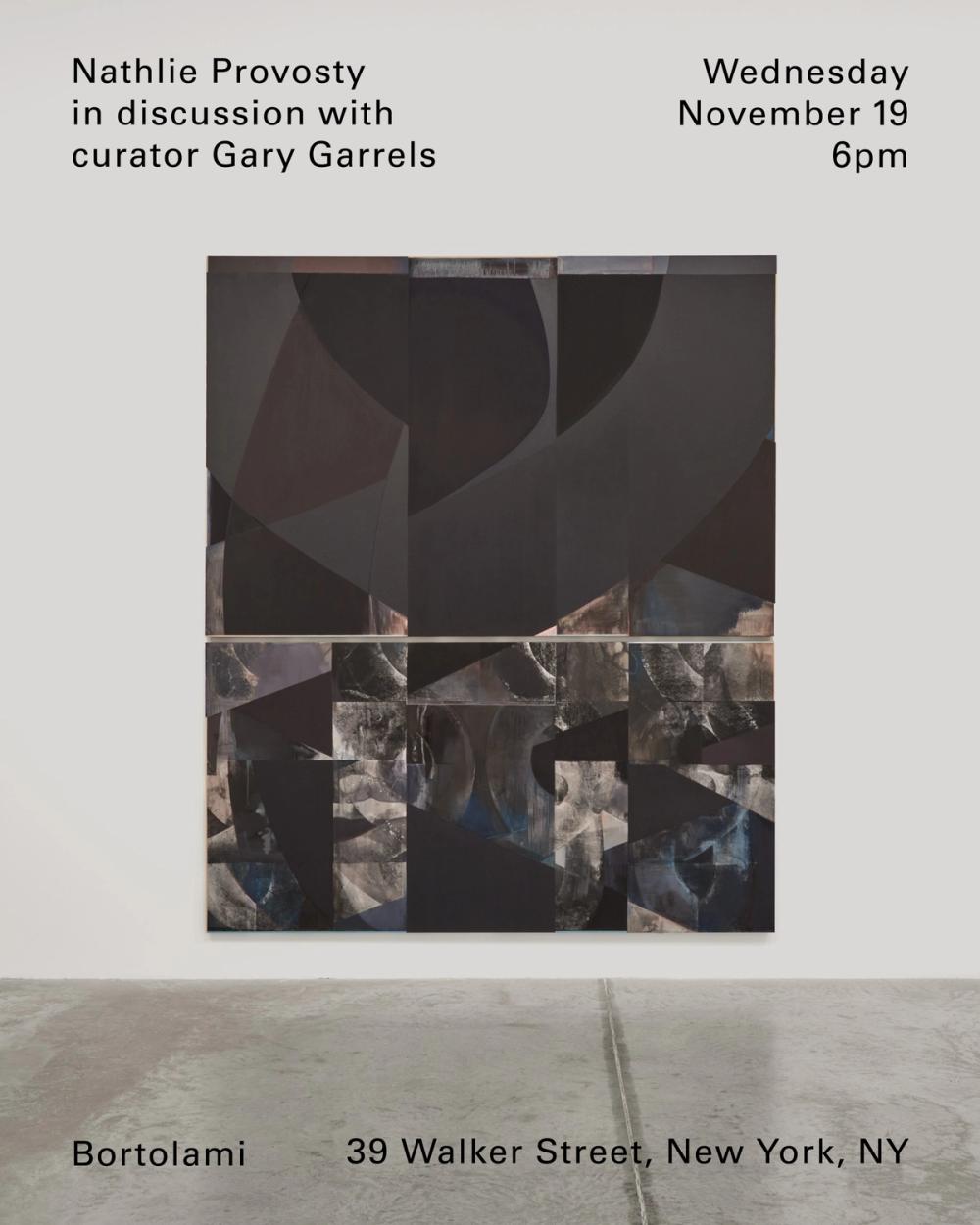
Nathlie Provosty (b. 1981, lives and works in New York) is best known for subtle abstractions in which variations of matte and oily paint oscillate with the interaction of light, space, and highly tuned color. Informed by a longstanding interest in paradox, Provosty’s compositions invite scrutiny with false edges, disrupted curves, and hidden forms which flash in and out of perception.
Provosty has had solo exhibitions at ICA Milano, Italy (2023) and Risorgimento Museum, Turin, Italy (2018). Recent group exhibitions include a dual presentation with works by Carol Rama at Collezione Ramo, Milan, Italy and “To Bend the Ear of the Outer World, " curated by Gary Garrels at Gagosian, London, United Kingdom. Her works are in the collection of Museum of Modern Art, New York; San Francisco Museum of Modern Art, San Francisco; Houston Museum of Fine Arts, Houston, Texas; Buffalo AKG Art Museum, Buffalo, New York; Baltimore Museum of Art, Maryland; Santa Barbara Museum of Art, California; Farnsworth Art Museum, Rockland, Maine; Rubell Family Collection, Miami, Florida; Colby Museum of Art, Waterville, Maine; Dorsky Museum of Art, New Paltz, New York and internationally in the Olgiati Collection, Lugano, Switzerland and PART, Palazzi dell’Arte Rimini, Italy.
Gary Garrels is an independent curator who lives and works on the North Fork of Long Island, New York. He previously held curatorial positions at the Dia Art Foundation, New York; the Walker Art Center, Minneapolis; the Hammer Museum, Los Angeles; the San Francisco Museum of Modern Art; and the Museum of Modern Art, New York.
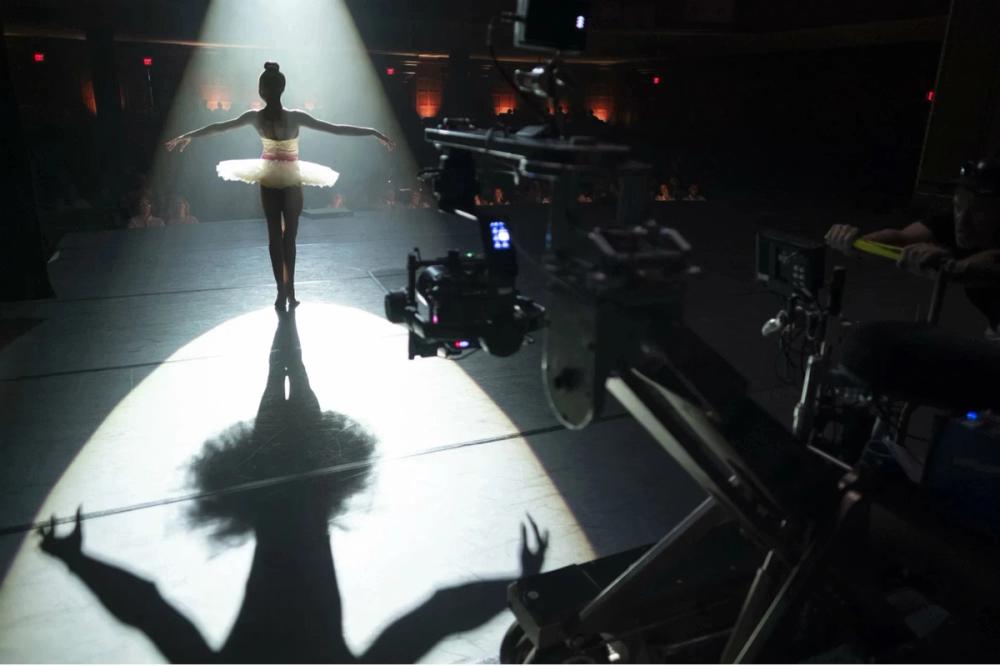
Artist and choreographer Madeline Hollander joins artist and film producer Ian Cooper for a conversation on how they develop movement languages within the cinema landscape, with a focus on the choreography of horror films. The discussion traces shifts in physicality—both corporeal and cinematic—from silent films to the introduction of “talkies,” examining how the synchronization of image and sound affected our perception of the body, narrative, and the uncanny. From Lumière brothers' Arrival of a Train at La Ciotat (1896) to Jordan Peele’s Us (2019), Hollander and Cooper will explore what makes audiences jump.
Image: Ashley McKoy as teen "Adelaide" in Us (2019) performing pas de deux. Photo by Claudette Barius/Universal Pictures
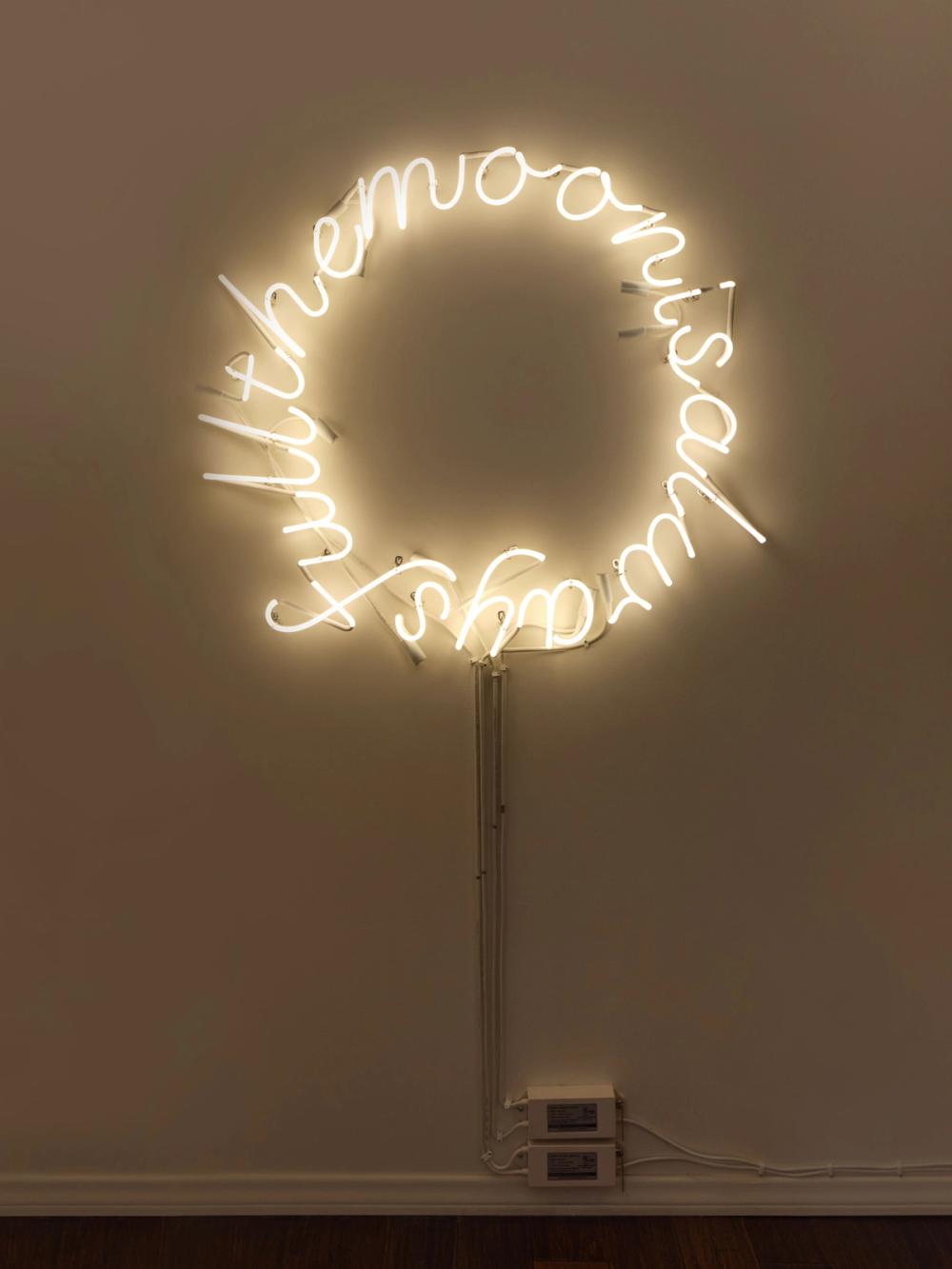
At Powder Mountain, Hollander’s work The Moon is Always Full is a circular neon installed in the entrance to the Timberline Lodge, creating a luminous reflection on the lunar cycle and its relationship to perception and time. Time—it’s marking, and its passage, as revealed by living beings and complex systems—is a central theme in Hollander’s work. Indeed, the moon is always full because fullness is a matter of the relative perspective of the viewer as heavenly bodies rotate in an orbital dance. Hung high on the wall like a rising moon above the ridgeline, the work calls us back to a time when, for millennia, the moon was humanity’s most reliable clock. Before mechanical time, lunar cycles marked agriculture, religious festivals, and navigation. The cycle of waxing and waning offered a visible, universal measure of time, unlike the sun’s constancy—an eternal reminder of cycles and return. In art history, depictions of the moon often signal time’s passage, but also its mystery: light that is reflected, not produced.
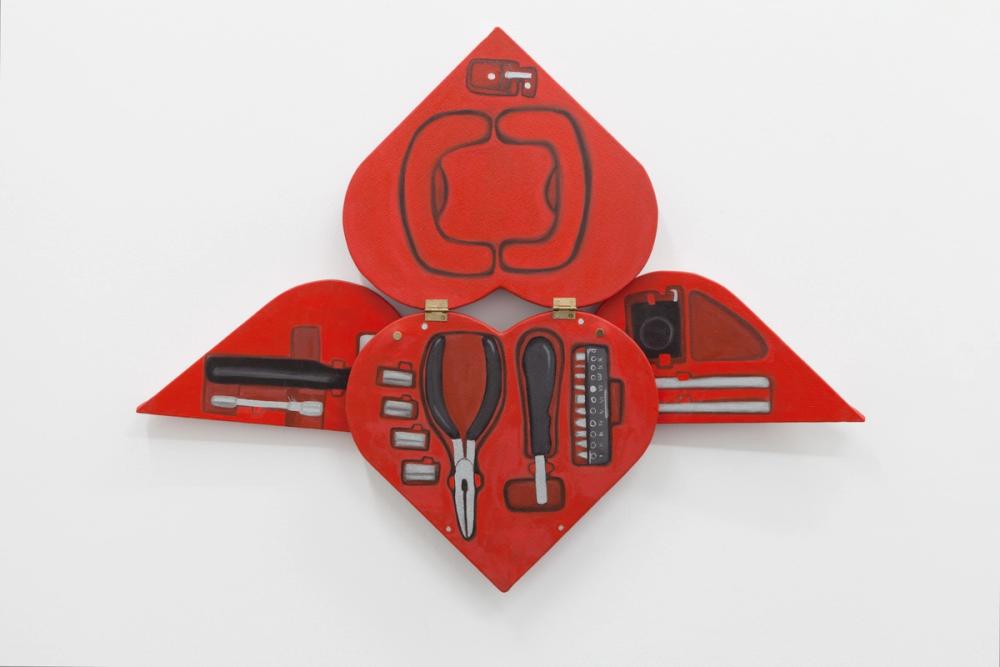
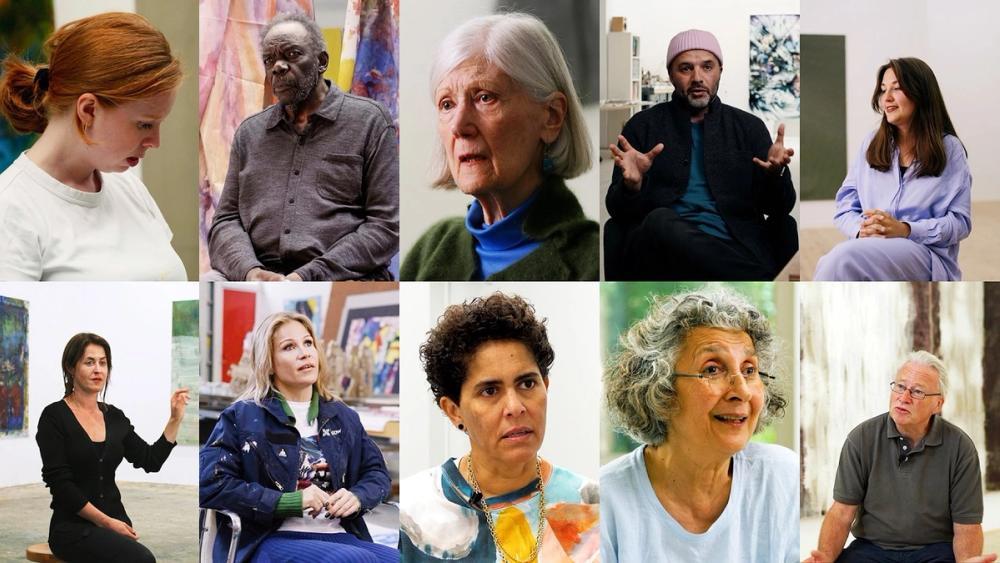
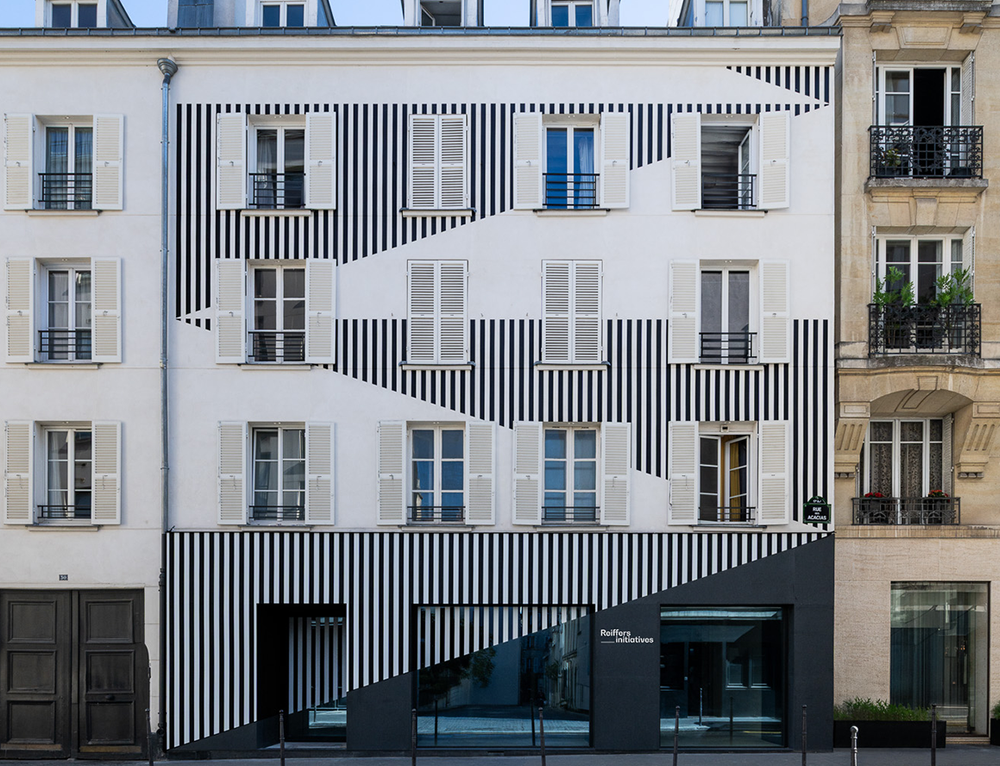
Paris is enriching its urban landscape with a new creation by Daniel Buren. Designed specifically at the request of Reiffers Initiatives to celebrate the fifth edition of its mentoring program, this work is part of the overall redevelopment of Rue des Acacias.
The unveiling of Buren's work in situ coincides with a two person exhibition of Daniel Buren and Miles Greenberg on view from Oct 24 to Dec 13 as part of Reiffers Initatives' mentorship program. Works by Greenberg are on view alongside another of Buren's new works in situ, Nouvelles images du ciel, thus culminating their year of collaboration and mentorship.
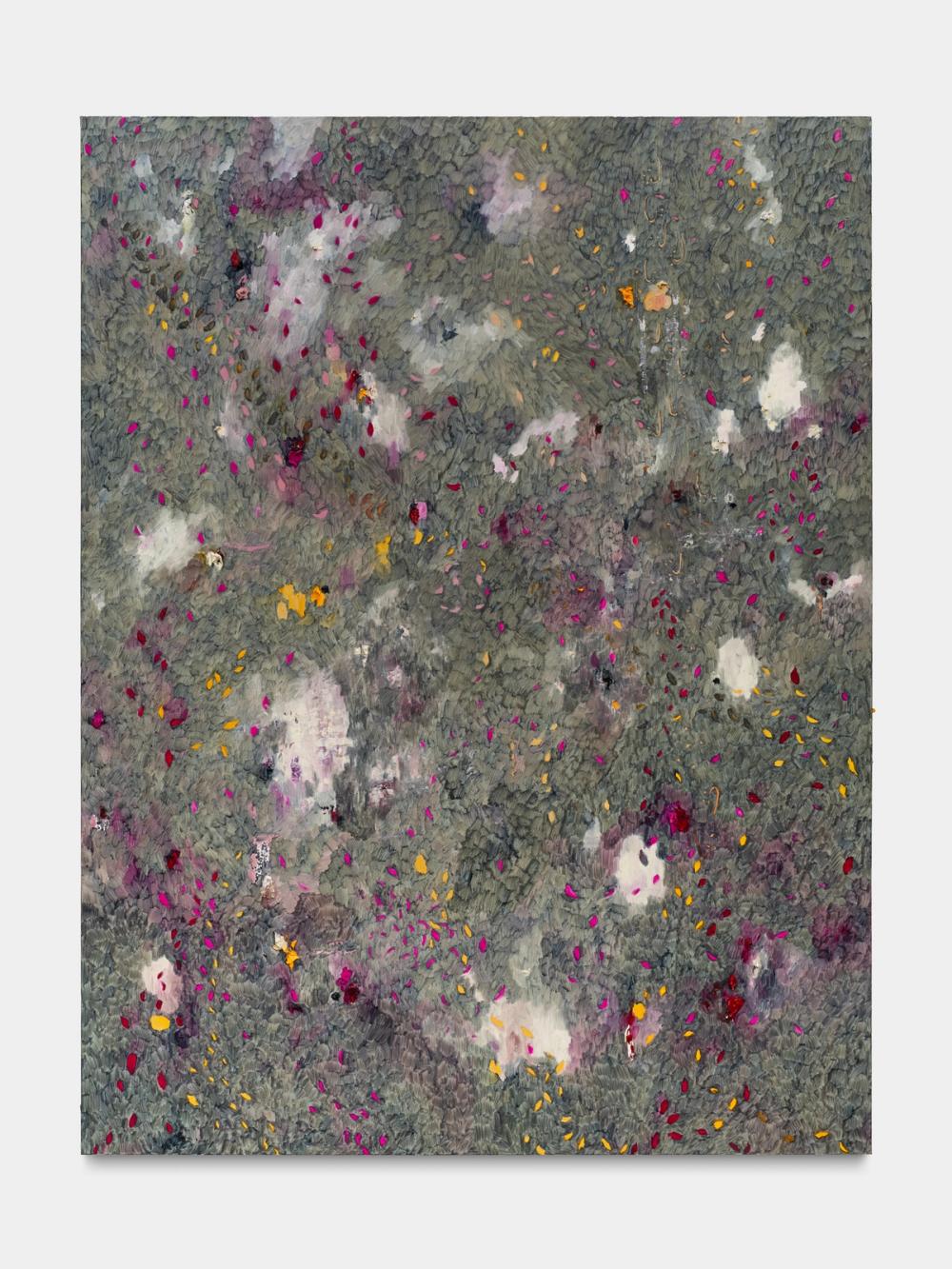

Artists Louis Eisner and Brooke Hsu join Rail contributor Ginevra de Blasio for a conversation on Zoom.
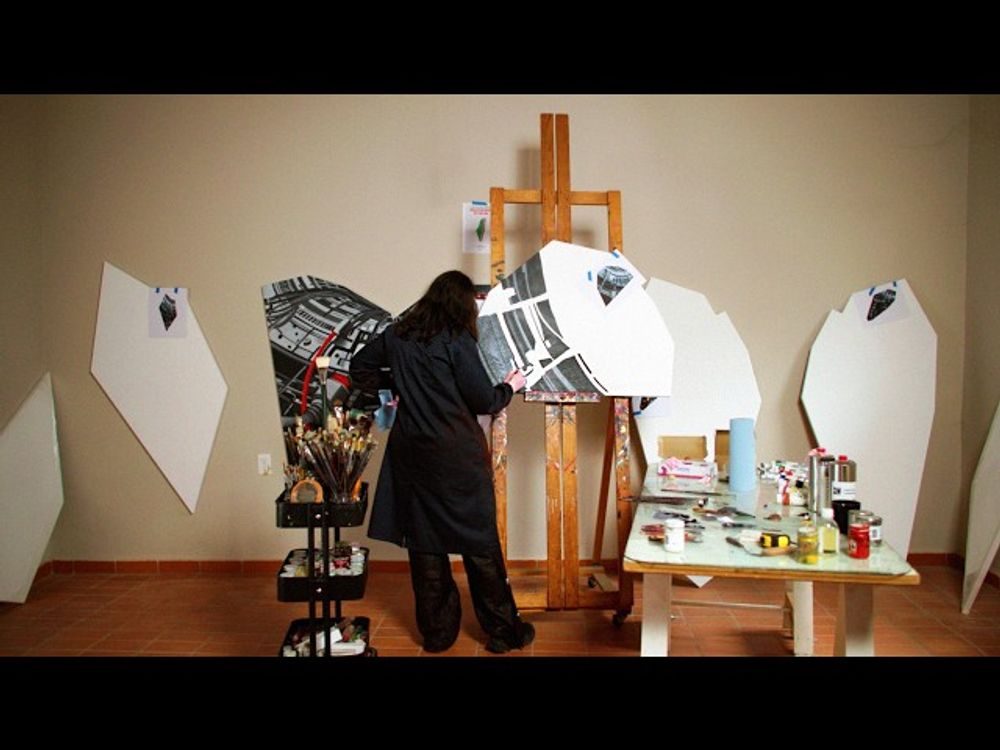
Nanna Rebekka interviews Frieda Toranzo Jaeger in her studio in Mexico City in June 2025.
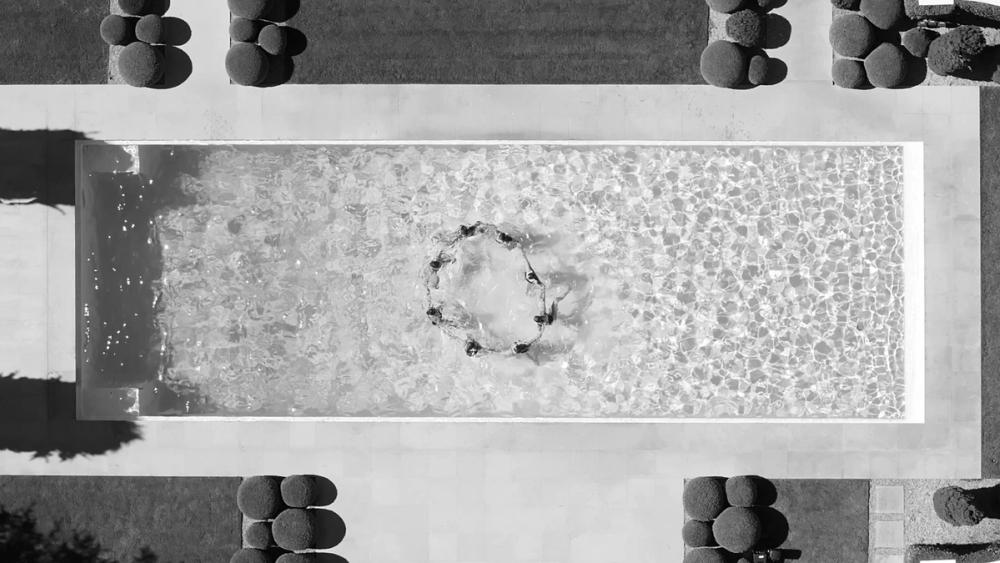
For Side Hustle, Hollander presents COUNTDOWN (2025), a new performance commissioned by Kelly Wearstler. Staged within the 1934 James Dolena–designed pool house, the work transforms the site into a live mechanism for measuring time. Eight performers move in looping aquatic sequences, their gestures tracing the logic of anticipation and return. Drawing from Busby Berkeley’s kaleidoscopic choreographies, Hollander reimagines his language of synchronized spectacle as a spatial study—less cinematic fantasy than temporal architecture. Filmed from above and from the ground, COUNTDOWN exists between cinema and performance, imagining choreography itself as a system for keeping time.
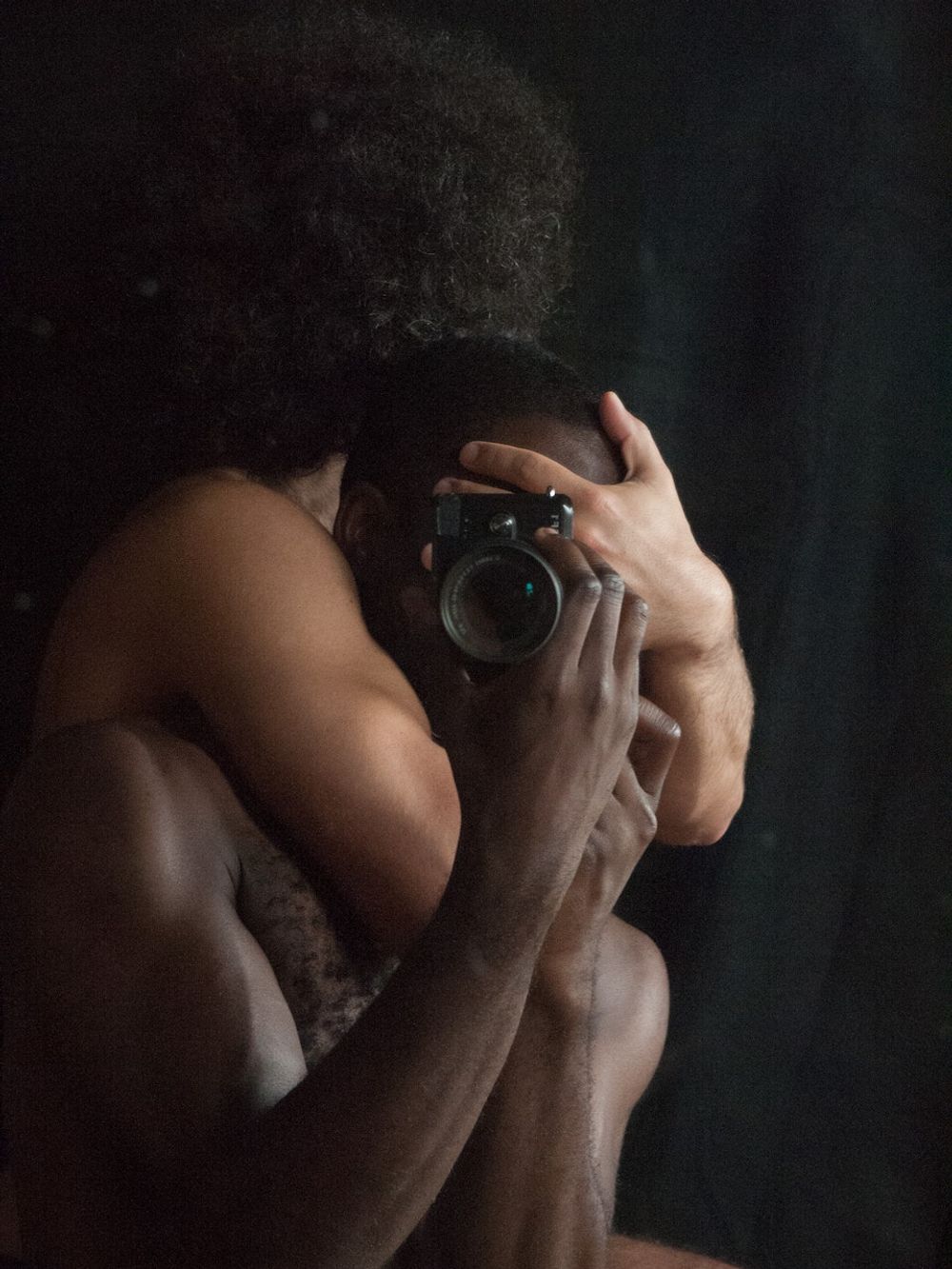
With Paul Mpagi Sepuya – Focus. Desire., Fotomuseum Winterthur presents the artist’s first major solo exhibition in Switzerland. Bringing together both early and recent work, the exhibition will unfold across three spaces that carry both literal and metaphorical significance: Studio, Archive, and Dark Room. The exhibition is organised in collaboration with Sprengel Museum Hannover and is co-curated by Christopher A. Nixon for Fotomuseum Winterthur.
The exhibition will be on view from February 28 to June 14, 2026
A richly illustrated magazine published by Spector Books and designed by Quang Nguyen accompanies the exhibition, featuring texts by, among others, Kobena Mercer and a conversation with the artist.
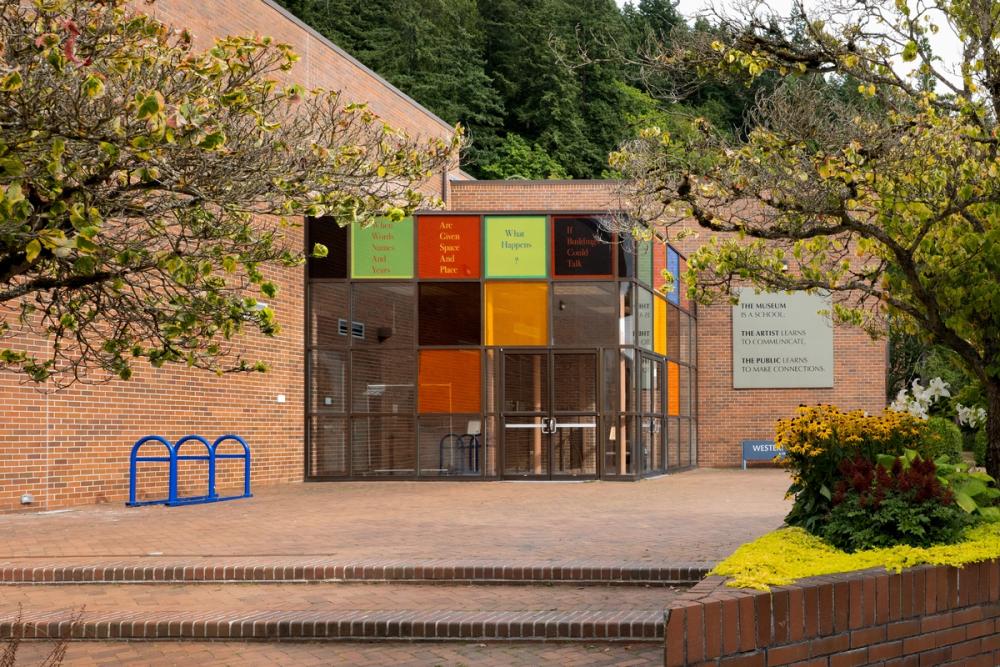
The Western Gallery at Western Washington University will officially unveil a new addition to its world-class public art collection, Space Poem #15 (To the Remembered Earth) by artist Renée Green, on October 2.
Space Poem #15 (To the Remembered Earth) is part of an extended body of work by Renée Green. In talking about her Space Poems, the artist said, “Space Poems are open-ended and capacious. In them, it’s possible for me to retrieve many things. Existing in a variety of spaces, Space Poems allow room for combining fragments of encounters of diverse kinds.” Suspended colorful banners feature powerful texts in Green’s Space Poems. As viewers move through the rooms animated by the suspended artwork, they respond to the vivid environment and find meaning in the compelling poetry of the words. Green is celebrated for her multi-media installations in which ideas, perception, and memory combine and reflect a myriad experiences both past and present.
Three locations across the WWU campus feature distinct installations of Green’s Space Poem No. 15 (To the Remembered Earth). Suspended banners appear in the skybridge between the Academic Instructional Center East and West. Double-sided panels are suspended in the lobby windows of WWU’s Interdisciplinary Science Building. Windows of the Western Gallery entry foyer in the Fine Arts Building are the third location for this artwork. Although the artworks are all indoors, importantly they are very visible outdoors too. Green said, “These sites were chosen to create a meandering path among specific works in the current Campus Sculpture Collection that resonate with my intellectual and aesthetic interests and trajectory.”
The Washington Arts Commission, in partnership with Western Washington University, commissioned the artwork. Funding was provided by the Percent-for-Art Program of the state of Washington and with capital funds affiliated with the newly completed Kaiser Borsari building on the WWU campus.
Western Washington University will hold an artist talk and dedication for the new artwork at 5:30pm on Thursday, October 2 in the Academic Instructional Center West on South Campus, with the dedication following at 6:30pm. To attend, please RSVP.
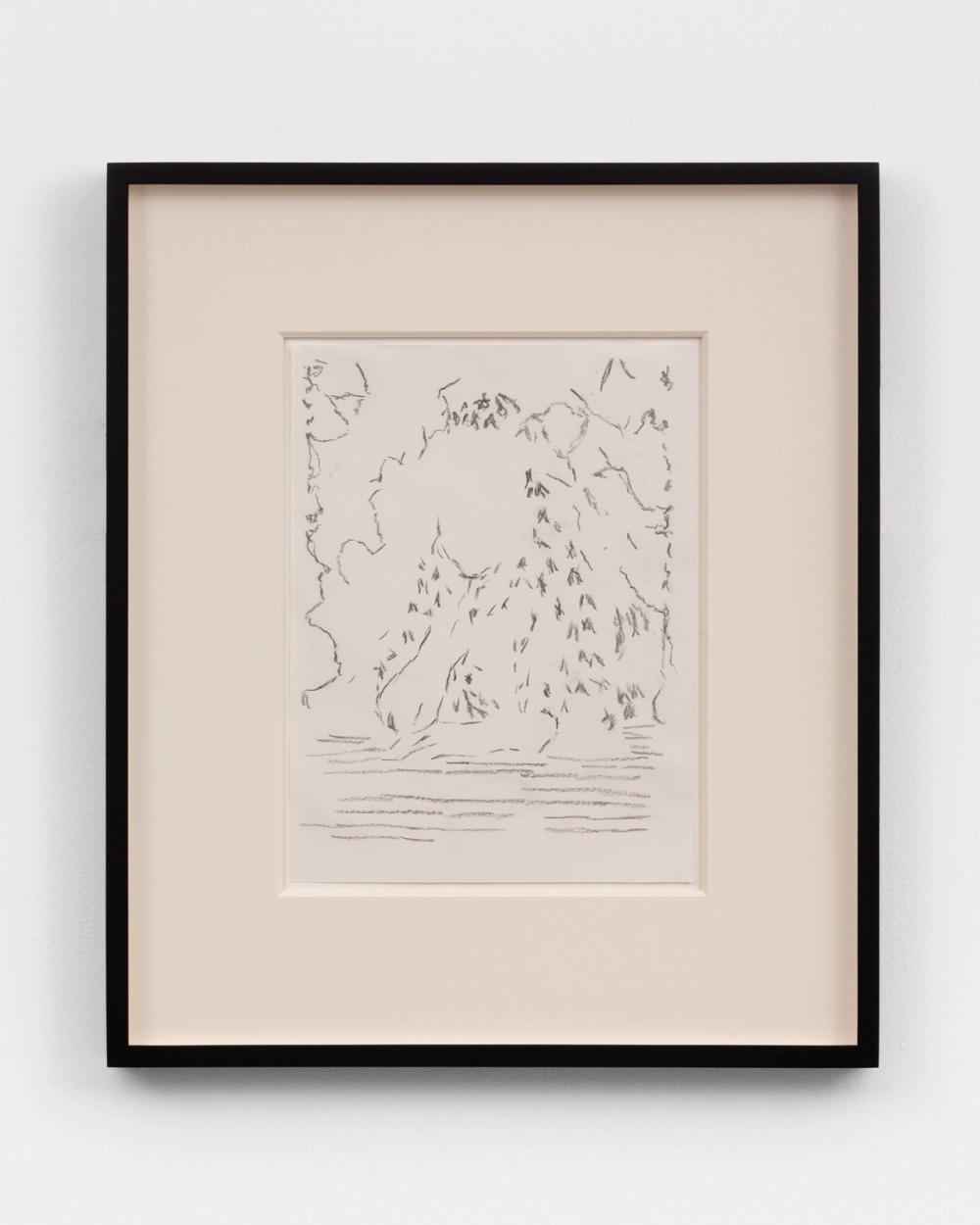
Enzo Shalom and Lesley Vance are featured in The Drawing Center's 2025 Benefit Auction, Welcome to the Multiscape. The program features works on paper that explore landscapes in their many forms: cityscapes, seascapes, and beyond. These drawings reveal how artists use varied interpretations of place and perspective to chart paths away from the present moment, celebrating landscape as a site of contemplation, transformation, and freedom.
An exhibition of these works on paper will be on view at The Drawing Center September 24—29.
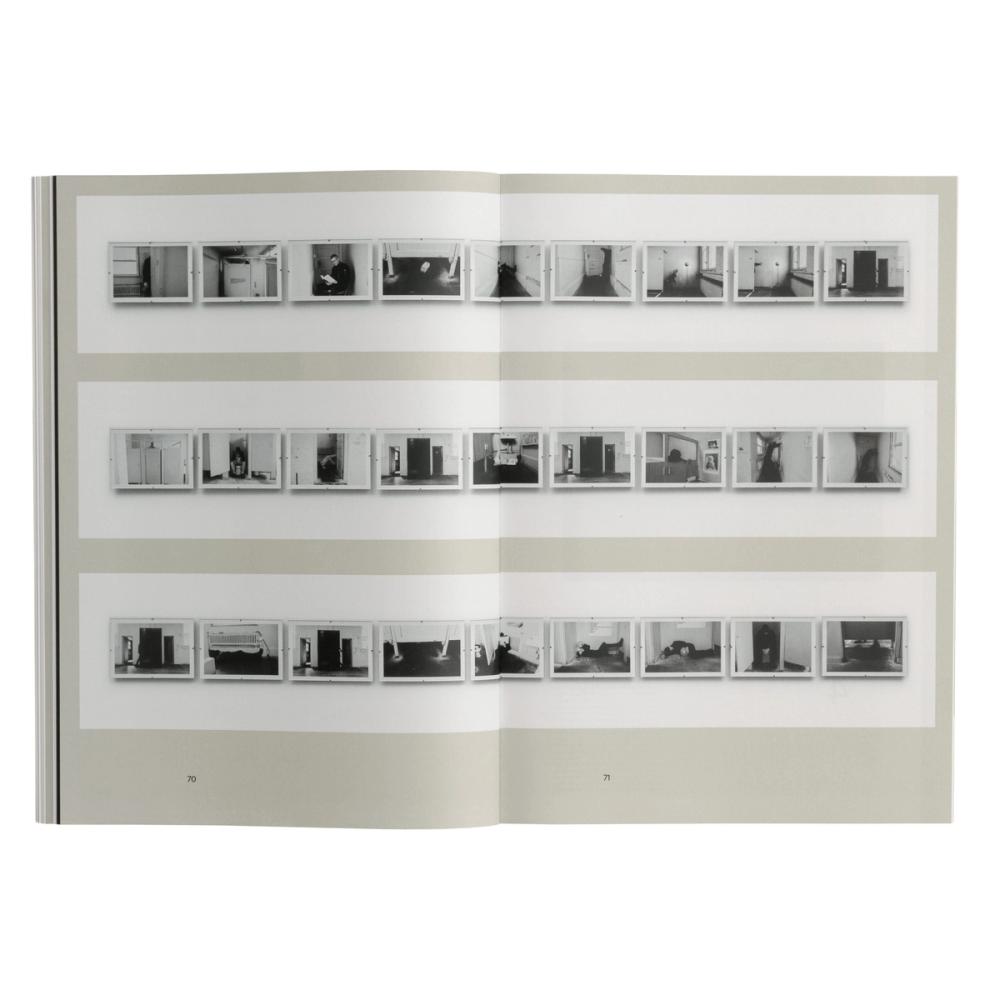
Dia Chelsea will host the launch of Torrington Project, a publication by Tom Burr. Released by Primary Information and edited by Blake Oetting, the book traces Burr’s occupation of a sprawling former manufacturing facility in Torrington, Connecticut, from 2021 to 2024 through a combination of documentation, archival materials, and scholarly essays. During this period, the Torrington Projectserved as a space for production, restaging, archiving, and collaboration with other artists. Burr will introduce the book, after which Humberto Moro, Dia’s deputy director of program, will moderate a panel discussion with Oetting and fellow contributors: Dia curator and co–department head Jordan Carter and artist Aria Dean.
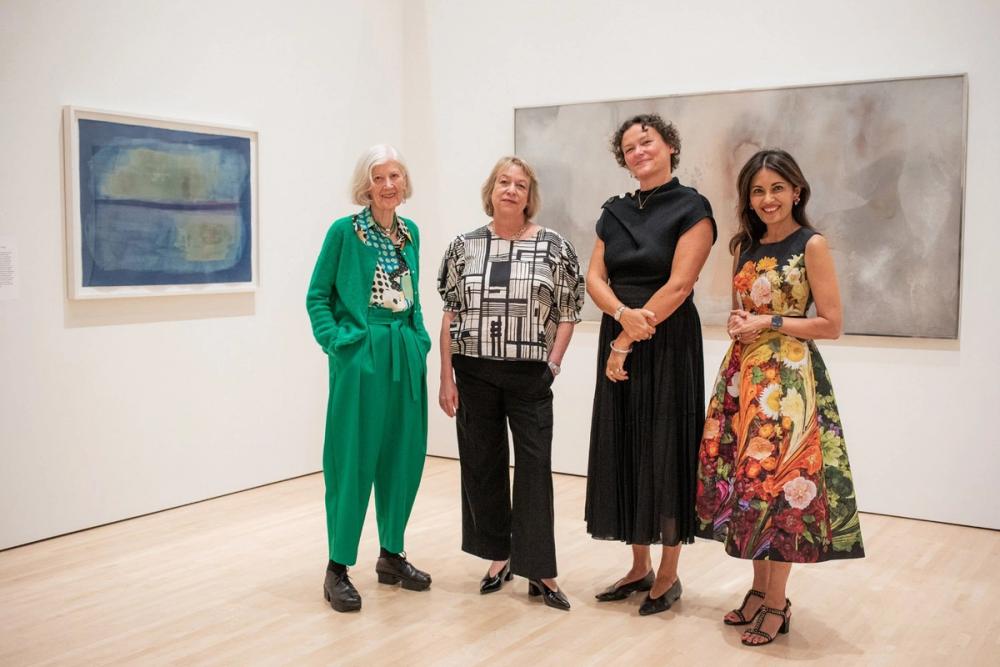
As part of the Fall 2025 Opening Events at the Kemper Art Museum, Curators Cecilia Alemani and Sabine Eckmann engaged with collector Komal Shah, founder of the Shah Garg Foundation, and artist Barbara Kasten in conversation about the exhibition Making Their Mark: Works from the Shah Garg Collection.
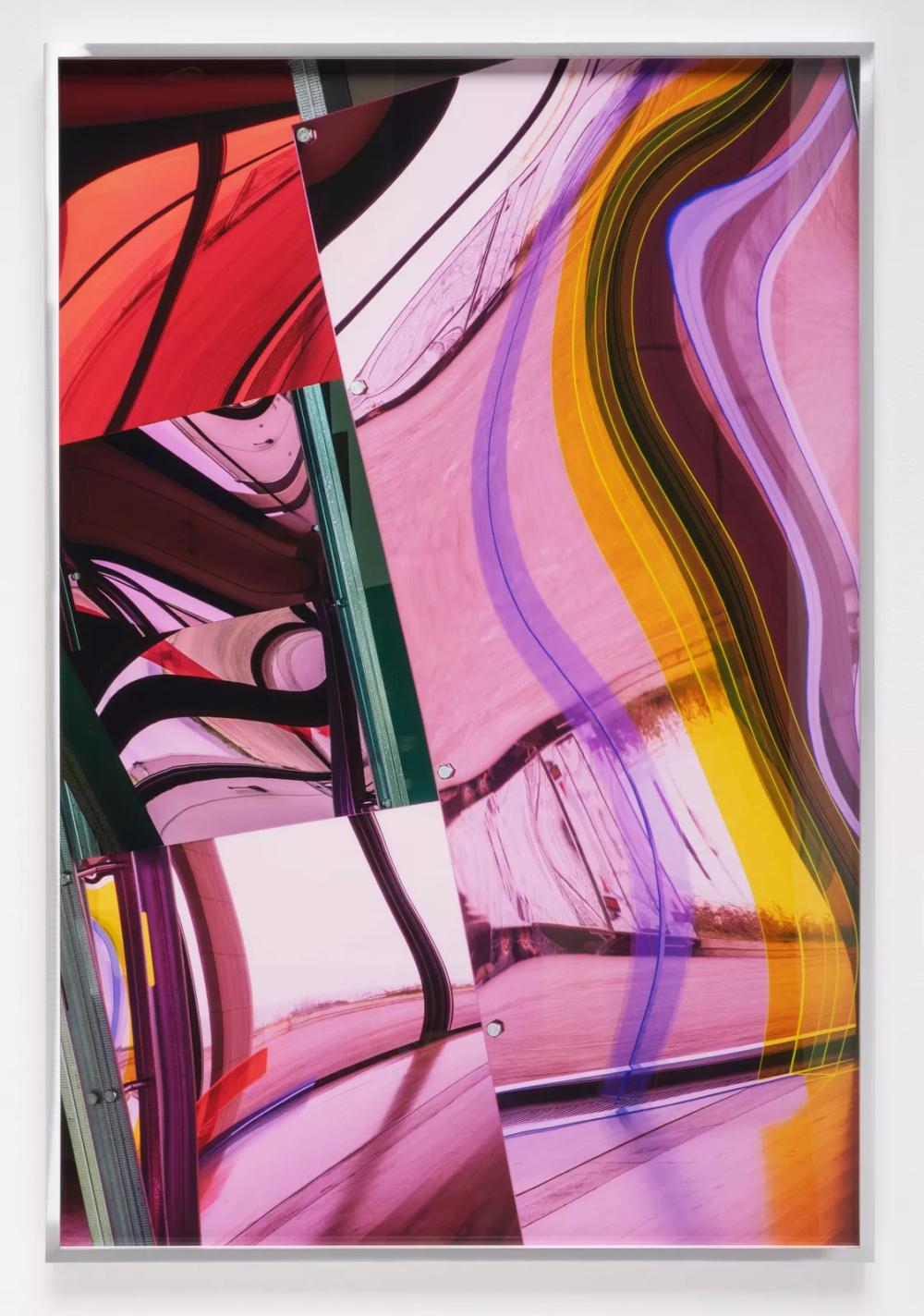
Barbara Kasten's DLWP III (2024) is included in The Walker Art Center’s celebrated benefit, Avant Garden.
Bidding for this online auction opens exclusively on Artsy and will close at 9pm CST on Saturday, September 20, 2025.
All proceeds support the Walker’s mission to empower people to experience the transformative possibilities of the art and ideas of our time and to imagine the world in new ways.
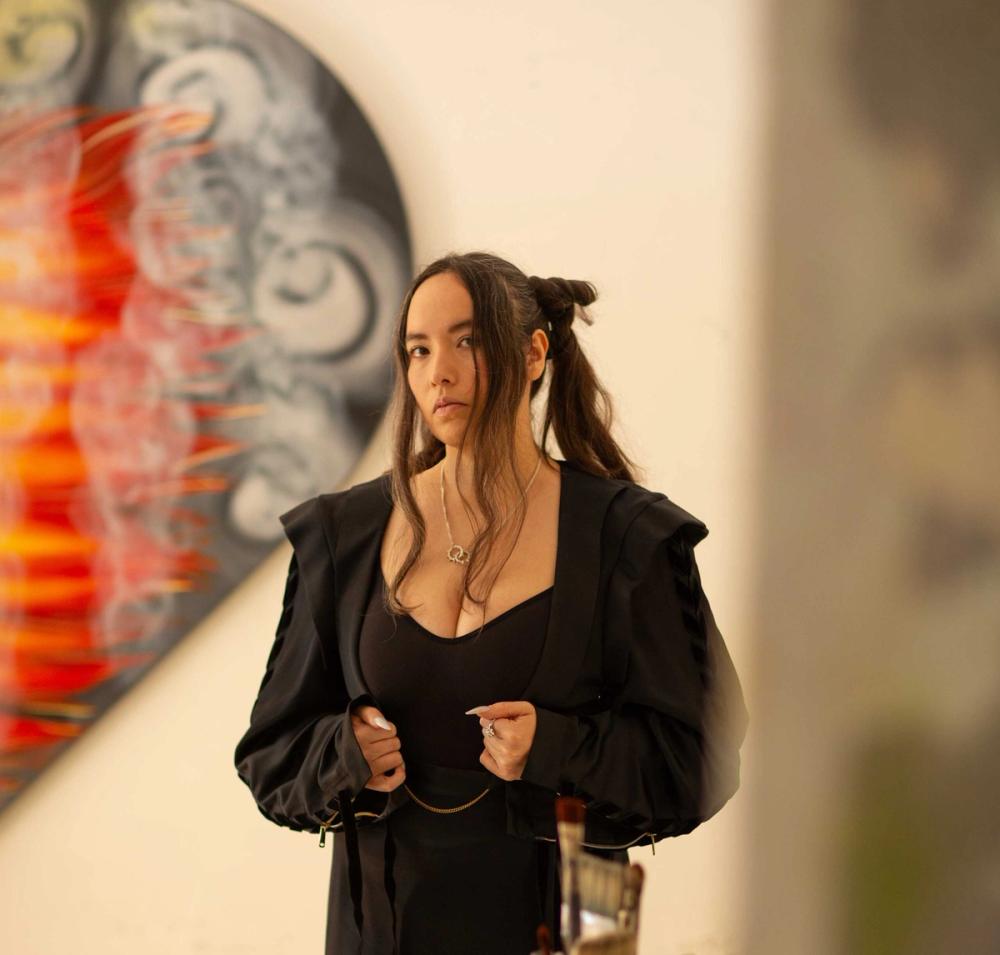
Join Frieda Toranzo Jaeger, current resident at BOFFO Fire Island as she gives an artist talk. Frieda Toranzo Jaeger (b. 1988 Mexico City, Mexico) lives and works in Mexico City, Mexico. Her pictorial work with feminist and postcolonial concerns also manages to question the formal structures of the medium itself. Her practice also deals with the representations of masculinity and femininity in the visual culture of late capitalism.
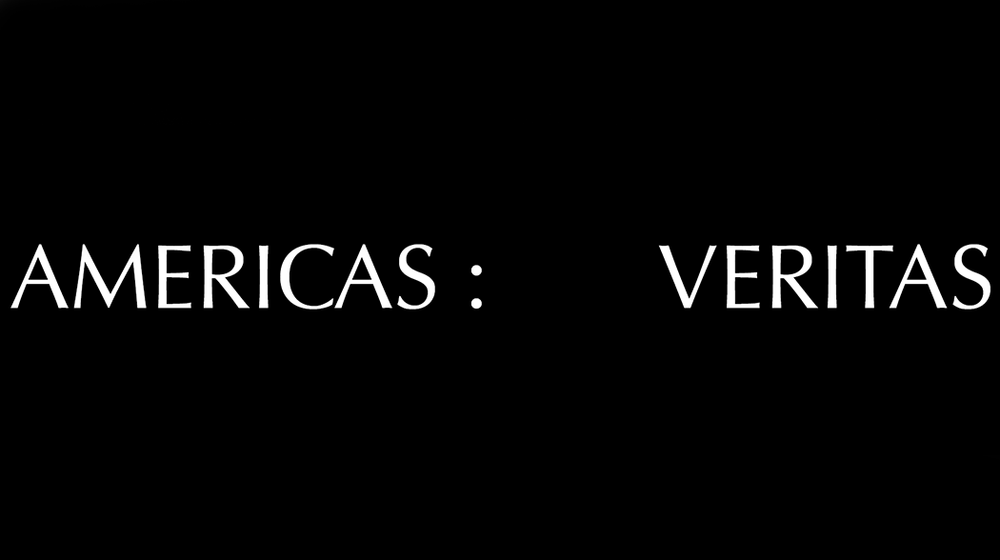
As part of the closing of Renée Green’s film installation Americas : Veritas, which she adapted into a site-responsive, four-channel format at Dia Chelsea, the artist joins curator and scholar Mason Leaver-Yap in conversation, moderated by Dia curator and co–department head Jordan Carter. This program coincides with Green’s major solo exhibition The Equator Has Moved on view at Dia Beacon through August 31, 2026.
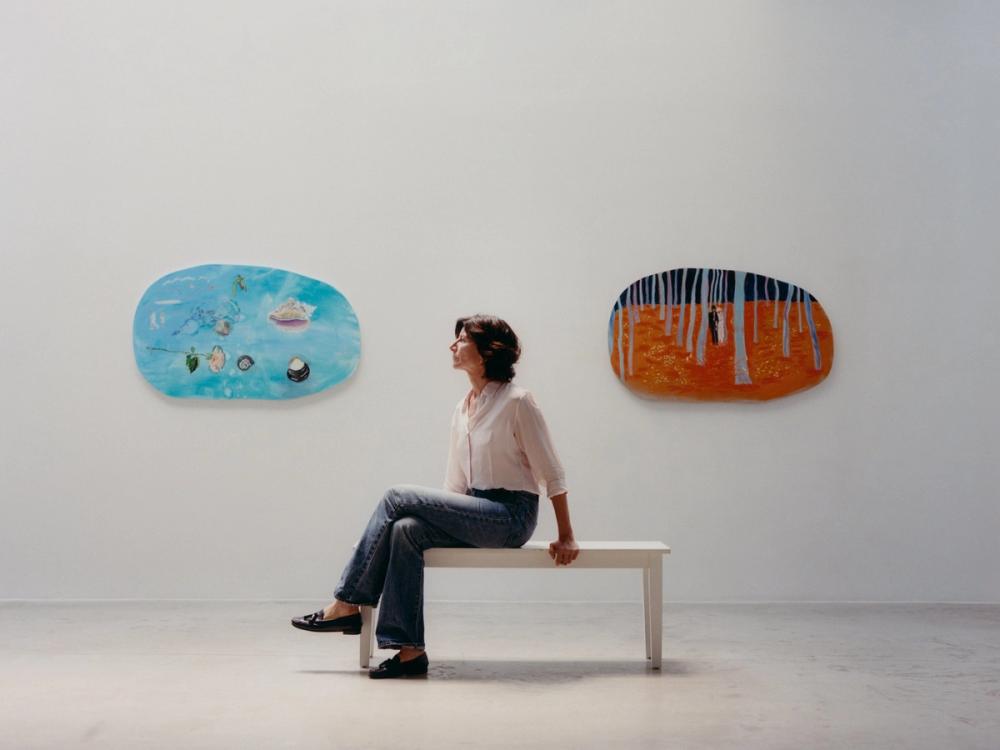
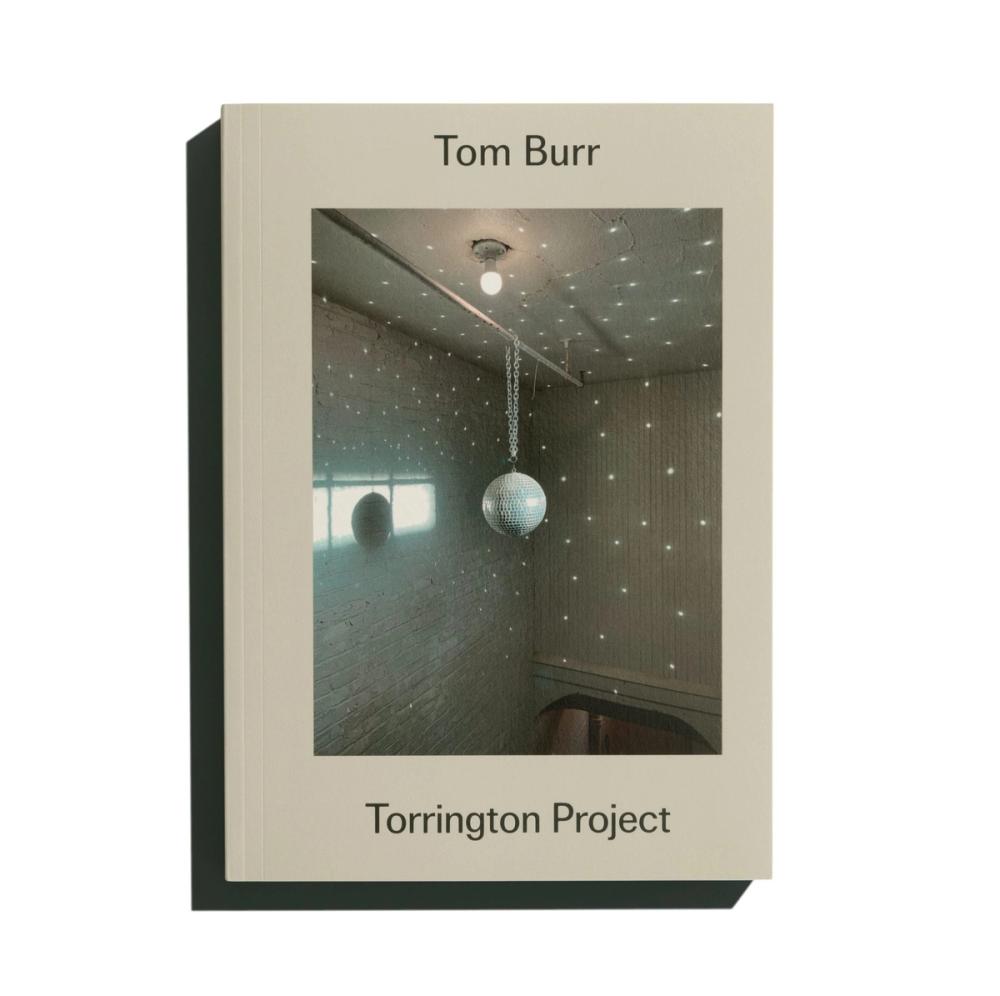
Torrington Project is an artist book by Tom Burr documenting his three-year occupation of a repurposed 19th-century factory in Torrington, Connecticut. A subversive take on the catalogue raisonné, it blurs the boundaries between studio and gallery, art and architecture, and artist and community. Through extensive photographic documentation, critical essays, and personal reflections, it maps both the physical transformation of the space and the network of social exchanges that emerged within it. The publication functions not as a static record but as an active extension of the Torrington Project itself—a site where past works, new interventions, and evolving ideas continue to circulate and unfold beyond their original context.
From 2021 to 2024, Burr took up residence in a sprawling, former manufacturing facility. Neither a conventional exhibition nor a traditional studio, the project transformed the building into what Burr has called a “living archive”—a space for revisiting, recontextualizing, and, in some cases, restoring past works. Rather than a site of pure production, Burr brought together over ninety works from throughout his career, collapsing the divide between past and present. Burr also opened the space to fellow artists, inviting Gordon Hall, Maria Hassabi, and Nick Mauss to stage performances, while welcoming an evolving network of visitors as Torrington Project unfolded. The project explored the fluid interplay between an artwork’s conception, reception, and historicization, with Burr reflecting on how his work has shifted over time—an investigation now deployed through the form of this book.
Alongside writing from George Baker, Jordan Carter, Aria Dean, Jody Graf, Renée Green, David Joselit, Christine Messineo, Humberto Moro, Blake Oetting, as well as Burr’s recollections, the publication also features extensive documentation and archival ephemera. Torrington Project charts the social and spatial dimensions that defined the titular endeavor, underscoring Burr’s ongoing engagement with architecture, institutional critique, personal histories, and the transformation of public space.


Join us at Bortolami on Friday, May 9, 6–8 PM for Tribeca Gallery Night!
Over 70 galleries will be joining forces during New York’s art fair week to host extended hours for a night full of gallery hopping. Visit us at 39 Walker St to see our current and upcoming exhibitions ⬇️
On view now
Barbana Bojadzi, Jake Grewal, Cole Lu
April 25 – May 31 2025
The Upstairs
Opening Tuesday, May 6
Marina Rheingantz
Iris
May 6 – May 31 2025
Bortolami
Search #TGN on your SeeSaw map app to map your route and visit all participating galleries.

BOFFO RESIDENCY FIRE ISLAND is an annual summer artist residency program. It was created to nurture the creative spirit of artists and enrich the Fire Island Pines community while adding new and diverse perspectives to its cultural heritage. Each summer, artists are invited to stay for one to four-week residencies to create a body of work that engages with and reflects upon the community and LGBTQ culture. At the end of each residency, the artist is invited to share their work through an exhibition, installation, performance, reading, screening, or other forms of engagement. Additionally, artists co-curate public programs that further engage the community. Since 2012, the BOFFO Residency has supported over 90 artists and enriched Fire Island with hundreds of free artistic events and programs.




We are proud to announce that Leda Catunda’s “Sol com Cérebro” (2023) is now part of the permanent collection at The Museum of Contemporary Art – MOCA, Los Angeles.
The brain motifs that appear throughout the work are a recurring element in Catunda’s practice, a sort of leitmotif that has accompanied her investigations for over three decades. Evoking the brain as a continent of memory, the piece reflects the artist’s ongoing interest in materials with history—objects perhaps rescued from obsolescence through her singular approach to painting, matter, and plasticity.
Leda Catunda, Sol com Cérebro, 2023. Acrylic and voile on canvas, 190 x 108 cm (74.8 x 42.5 in). Photo: Ding Musa


(New York, NY--April 15, 2025) -- The Board of Trustees of the John Simon Guggenheim Memorial Foundation announced today their appointment of the 100th class of Guggenheim Fellows, including 198 distinguished individuals working across 53 disciplines. Chosen through a rigorous application and peer review process from a pool of nearly 3,500 applicants, the Class of 2025 Guggenheim Fellows was tapped based on both prior career achievement and exceptional promise. As established in 1925 by founder Senator Simon Guggenheim, each Fellow receives a monetary stipend to pursue independent work at the highest level under “the freest possible conditions.”
The 100th class of Fellows is part of the Guggenheim Foundation’s yearlong celebration marking a century of transformative impact on American intellectual and cultural life. In addition to appointing its newest class, the Foundation also launches a refreshed brand identity and website this month and will present a special exhibit later this year in collaboration with The New York Historical, highlighting rarely-seen treasures from its vast archive.
“At a time when intellectual life is under attack, the Guggenheim Fellowship celebrates a century of support for the lives and work of visionary scientists, scholars, writers, and artists,” said Edward Hirsch, award-winning poet and President of the Guggenheim Foundation. “We believe that these creative thinkers can take on the challenges we all face today and guide our society towards a better and more hopeful future.”
In all, 53 scholarly disciplines and artistic fields, 83 academic institutions, 32 US states and the District of Columbia, and two Canadian provinces are represented in the 2025 class, who range in age from 32 to 79. More than a third of the 100th class of Fellows do not hold a full-time affiliation with a college or university. Many Fellows’ projects directly respond to timely themes and issues such as climate change, Indigenous studies, identity, democracy and politics, incarceration, and the evolving purpose of community. Since its founding in 1925, the Guggenheim Foundation has awarded over $400 million in fellowships to more than 19,000 Fellows.

The 14th Mercosul Biennial, titled "Estalo", is an invitation to inhabit the movement and the transformation from one state to another. A living being acts on the other through dance, sonic matters, drawing, painting, video, or installation; we want to gather artists and works of art interested in "estalos" related to human beings and more than humans. If some of the research at the biennale is explosive due to its agitated, abrupt and iconophilic social context, other artists create visualities that, even though they seem quieter, just because they exist, can be seen as an "estalo". Let's not forget there are the grandiloquent crackles and the almost imperceptible ones – from the germination of a seed to the vibration of trap music beats; this project deals with metamorphosis.
What happens when one existence unites with others and, starting from a crowd, dances in a dark, artificially lit room or under the sunlight of a city like Porto Alegre? Which bodies are historically seen as subaltern and, in contemporary times, move boldly and confidently in the public space? How do the planet and its cycles, so affected by drastic ecological changes, generate movements that affect human bodies and other species with whom we are in daily contact? In what ways can being alive be seen as an act of resistance?
The sweat that one day runs through a body due to fear becomes a sweat that results from pleasure, warmth, courage, and affirmative propositions – in general terms, that is the rhythm we want to set in this edition of the Mercosul Biennial.


Many artists this century grappled with how painting for its own sake is seen as a Western construct, with Frieda Toranzo Jaeger’s contribution being among the most articulate. In altarpiece-style works with panels on hinges, she renders her subjects in a manner that appears amateurish; she then hires family members to embroider her surfaces using a traditional Mexican technique. Here, her altarpiece format approximates the shape of a Tesla, a subject Toranzo Jaeger took on after noticing that many fellow Indigenous artists were at work to preserve history in the face of erasure. She wanted to supplement these efforts by ensuring that Indigenous imaginations had a voice in visions of the future, and indeed, her Musk mockery would prove prophetic. In the background of her painting, a mansion standing in for the old world order is on fire; in the foreground, a fast car promises both a getaway and an intimate interior, or a private reprieve. - Emily Watlington
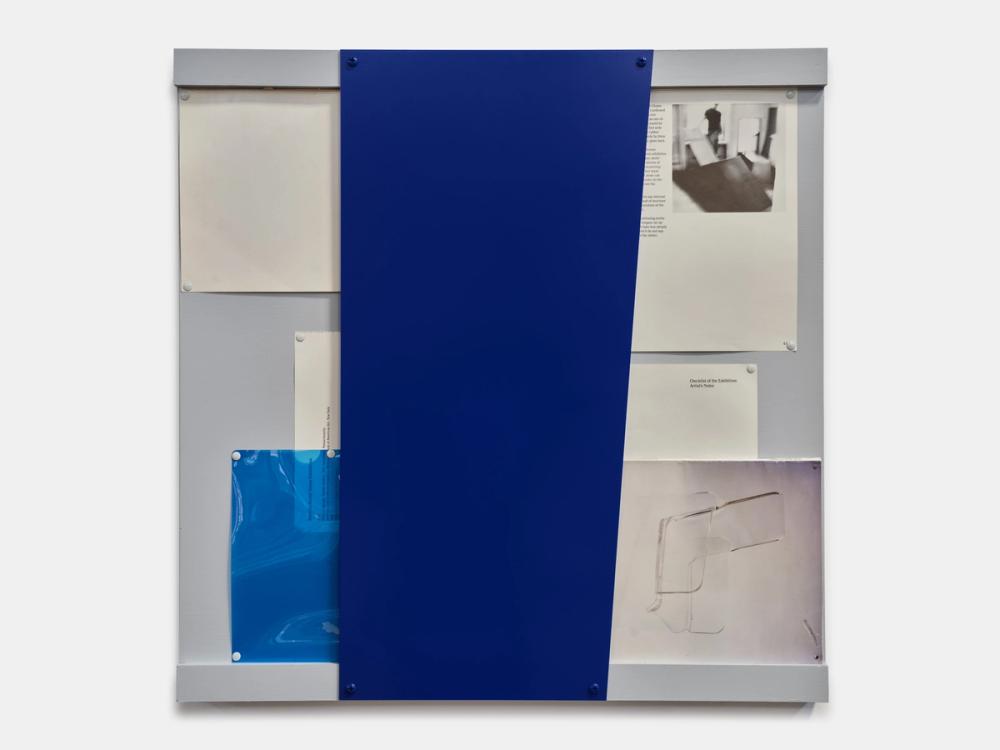
This conversation highlights convergences and differences in queer understandings of artist Scott Burton’s (1939–1989) writing, performance, and sculpture from the late 1960s through the late 1980s.
Art historian David J. Getsy is author of Queer Behavior: Scott Burton and Performance Art (2022) and editor of Scott Burton: Collected Writings on Art and Performance, 1965–1975 (2012). His scholarship has been instrumental in re-presenting the breadth of Burton’s work for contemporary audiences and in rigorously introducing queer lenses that were suppressed or unavailable during the height of the AIDS crisis and through the final decade of the artist’s life.
Artist Tom Burr has engaged with Scott Burton’s work for over a decade alongside his recurring invocation of figures like Jean Genet and Chick Austin. Burr’s art since the late 1980s continues to be formative in establishing how sculpture can assemble fleeting impressions, erotics, and antagonisms of queer thought, prodding at present experience with evocative objects, ambiguously personal effects, and images from the past. Further to this, Burr’s work has often dropped in on sites of queer public life through both demonstrative displays and discreet reframings of nature and the built environment. Burr was the subject of the solo exhibition Addict-Love at SculptureCenter in 2008.
Independently, Getsy and Burr have circled figures like Burton, and ideas like Queer Abstraction, for many years, developing frameworks ranging from phenomenology, to dynamics of site and publicness, to gay cruising, to archivally-inflected sculpture and collage that have helped readers and viewers to relocate queer strains running through minimal and post-minimal art and beyond. This is their first public conversation.
The program is presented in conjunction with Álvaro Urbano: TABLEAU VIVANT. For his exhibition at SculptureCenter, artist Álvaro Urbano focuses on a potential ruin, or a ruin in progress: Atrium Furnishment, a public artwork by the American sculptor Scott Burton (1939–1989) that was rescued from destruction and now faces an uncertain future.
David J. Getsy
David J. Getsy writes to recover the queer and transgender capacities that have been lost or suppressed in histories of art and performance. His areas of research and teaching span modern and contemporary art and culture from the nineteenth century to the present, with a focus on queer and transgender histories and methods. He has published eight books, including Abstract Bodies: Sixties Sculpture in the Expanded Field of Gender; and the widely-read anthology of artists’ writings Queer (MIT 2016; multiple reprintings). Getsy is the inaugural Eleanor Shea Professor of Art History at the University of Virginia. He studied at Oberlin College (B.A. Hons, 1995) and Northwestern University (M.A., Ph.D., 2002) and previously taught at the School of the Art Institute of Chicago from 2005 to 2021. In addition, pedagogy has been the focus of two recent articles that hope to assist in bringing perspectives and methods from transgender studies into the art history classroom: “How to Teach Manet’s Olympia after Transgender Studies,” in Art History 45.2 (April 2022), based on a keynote for the 2021 Association for Art History conference, and (co-authored with Che Gossett) “A Syllabus on Transgender and Nonbinary Methods for Art and Art History.” Getsy is a member of the Museum of Modern Art’s Scott Burton Advisory Committee.
Tom Burr
Tom Burr lives and works in New York. He has shown extensively throughout Europe and the United States. He recently was the subject of a solo exhibition entitled Hinged Figures at the Wadsworth Atheneum Museum of Art, Hartford, CT. Burr’s 2017 project Body / Building took place in a Marcel Breuer-designed brutalist building owned by Ikea in the artist’s hometown of New Haven, CT, mapping his own artistic development onto the history of the city and the building. From 2021–24, Burr occupied an expansive former factory building in Torrington, Connecticut, where he arranged examples of all phases of his work in an evolving survey exhibition project, with special attention being given to works from his early history with American Fine Arts, CO. The final phase of the project is a book to be published in fall 2025 by Primary Information.
Burr’s work has been exhibited collected by major museums internationally, including the Whitney Museum of American Art, New York, NY; Migros Museum, Zurich, Switzerland; MOCA, Los Angeles, CA; MuMOK, Vienna, Austria; New York Public Library, New York, NY; Sammlung Grasslin, Germany; Sammlung Verbund, Vienna, Austria; Ludwig Museum, Koln, Germany; Hammer Museum, Los Angeles, CA; FRAC, Champagne Ardenne, France; FRAC, Nord-Pas de Calais, France; Baltimore Museum of Art, Baltimore, MD; and the Israel Museum, Jerusalem, Israel. Burr attended the School of Visual Arts and the Whitney Independent Study Program in New York.

In this podcast, based on The Art Newspaper's regular interview series, our host Ben Luke talks to artists in-depth. He asks the questions you've always wanted to: who are the artists, historical and contemporary, they most admire? Which are the museums they return to? What are the books, music and other media that most inspire them? And what is art for, anyway?
Renée Green talks to Ben Luke about her influences—from writers to musicians, film-makers and, of course, other artists—and the cultural experiences that have shaped her life and work.
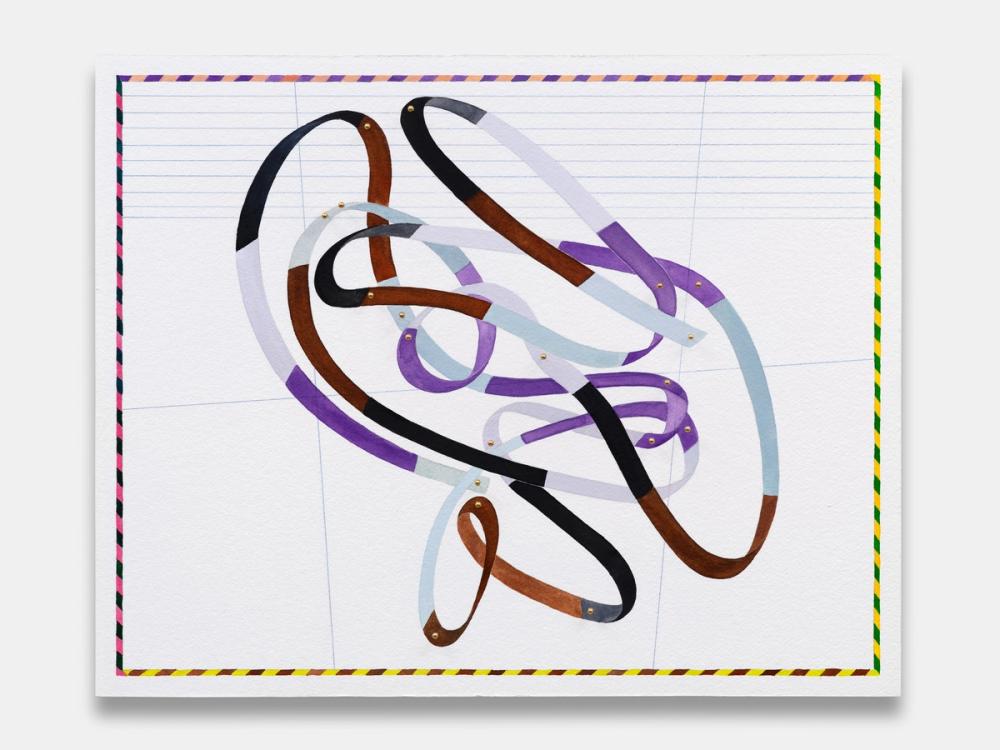
For Frieze Los Angeles, artist and choreographer Madeline Hollander continues her search for patterns of perpetual motion in oft-imperceptible realms, from the materials and phenomena of nanoscience to the cosmos. Looping events are, for Hollander, sites which illustrate the psychological ambiguities of rhythm—teetering between sameness and difference, objectivity and subjectivity.
The eighty-eight watercolors which comprise Hollander’s Day Flight correspond to the International Astronomical Union (IAU)’s officially recognized constellations. Rather than follow the arbitrary and accepted patterns drawn up by astronomers, which flatten each star onto a single plane, Hollander has created a celestial route in three-dimensions, moving from closest to farthest star, demarcated by map pins. For her presentation at Frieze Los Angeles, the watercolors representing each constellation has been organized by month, functioning as a calendar of the night sky over the course of a year.
A color-coded system nested throughout Hollander’s artworks offers a language decipherable to the artist through her synesthetic connection between color, language, and gesture. Their border’s candy stripe patterns spell the month in which each constellation appears clearest in the night sky, with the central curlicued ribbons’ alternating colors unfurling each constellation’s name in this same cryptic color-coded alphabet.
During the week of Frieze LA, at the invitation of Art Production Fund, Hollander has organized a series of performances allowing participants to navigate these choreographic circuits through the sky. Departing from Santa Monica via state-of-the-art ultra-light electric airplanes, the flights offer a view of an ever-changing landscape, with the recent devastation to Los Angeles adding a further perspective on the histories and experiences which shape a city. On the ground of the fair, the active performances will be visible on monitors.
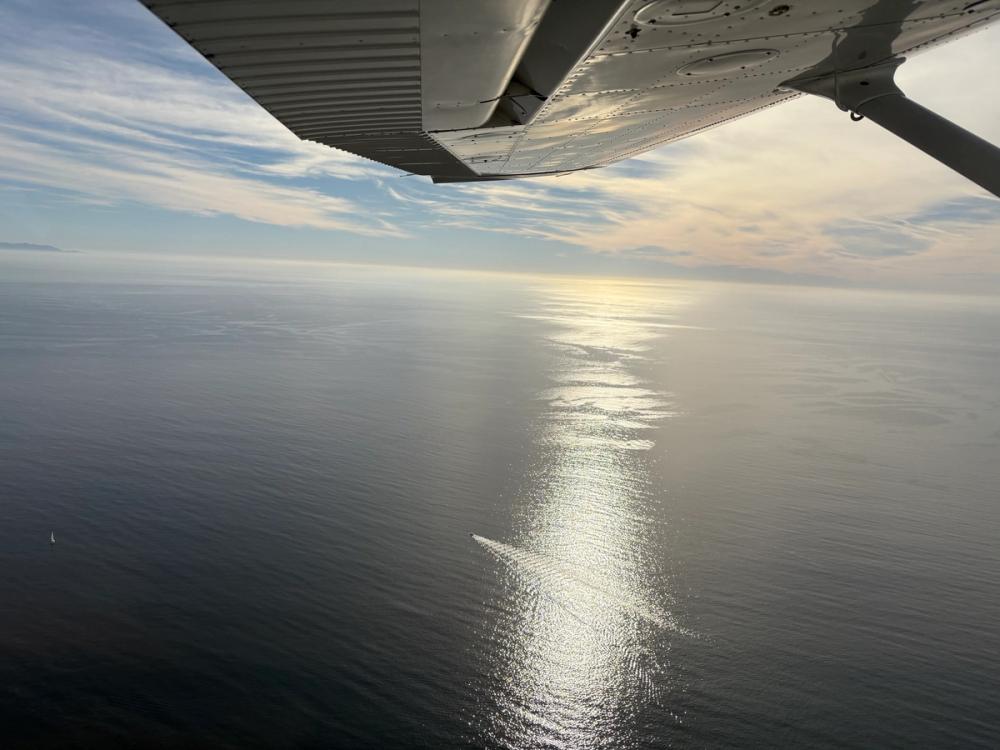
LA-based artist and choreographer, Madeline Hollander, invites visitors to move through the skies of Los Angeles for her latest performance, Day Flight.
In collaboration with Santa Monica Flyers, Hollander has choreographed daily flights from February 20-23, between 10am - 4pm, available to the public. Enter your information below, and you’ll be automatically entered for a chance to experience Day Flight. Registration is open through Thursday February 20, at 7PM PST.
Each flight takes off from Santa Monica Airport and flies north along the coast towards Point Dume, passing over the radically transformed landscapes of Pacific Palisades and Malibu, which were recently affected by the LA wildfires, before returning to the airport and site of Frieze. Day Flight is at once an embodied tour of the interactions of various forms of movement—body, plane, wind, and sky—and a novel means of spatial and temporal reorientation to our precarious environment. From these new vantage points, Day Flight invites a deeply personal reflection on the conditions of living with global climate crises.
Hollander has collaborated closely with a select group of flight instructors from Santa Monica Flyers, Emily Hacker, Danny Grijalva, Sarah Burch, Andrew Zizik, to share this embodied experience. Day Flight features a fleet of Velis Electro planes, the first ever type-certified, electric-powered aircrafts, as well as Sportcruisers, and Cessnas.
How to Enter: Enter for free by submitting your name and information by 7PM PST Thursday February 20th, 2025.
Raffle Details: Participants will be randomly selected and contacted by email to confirm scheduling and final flight details.
Eligibility: This performance is free and open to a public 18 years and older. Participants must be available to participate in person at Santa Monica Airport between February 20 - 23, 2025. By entering, participants agree to abide by all rules and regulations.
An audio-visual installation inside of the Frieze tent presents footage from flights, each carrying an individual participant and flight instructor. The public can also venture to the Velis Electro e-plane, a type-certified electric-powered aircraft, parked outside of the fair at Gate D and experience audio from the SMO air traffic control tower.
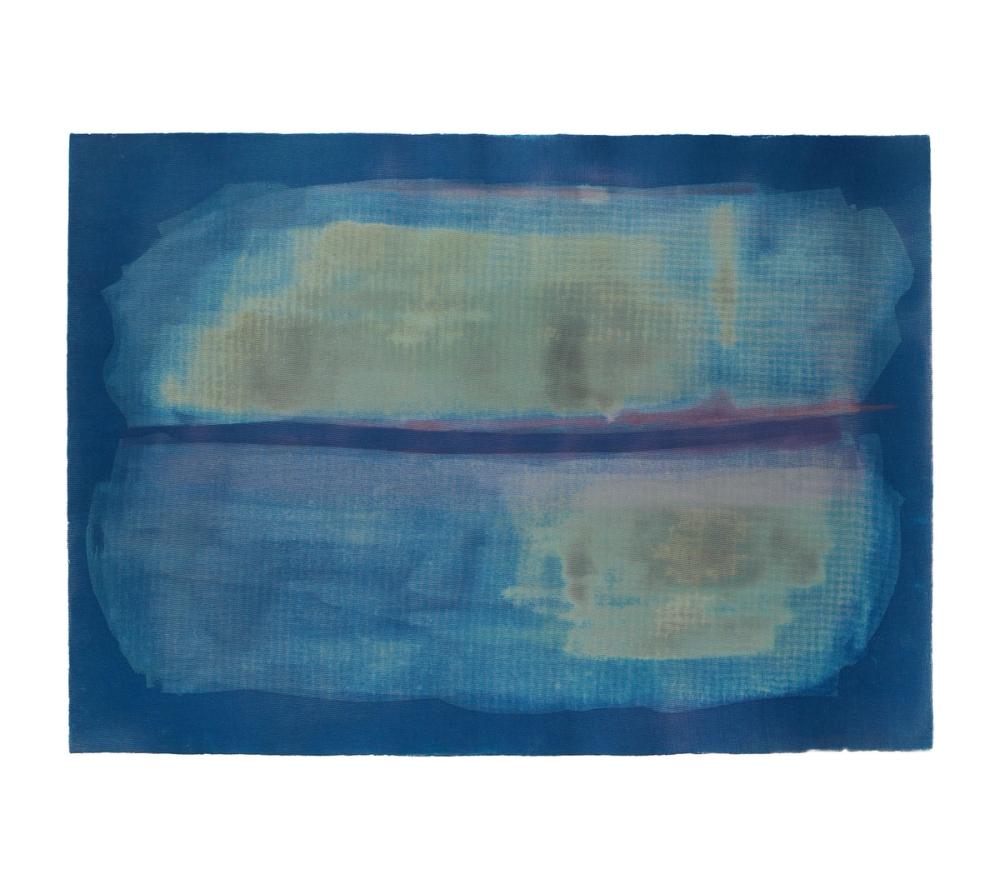
On Saturday, January 25, at 2pm, join Kasten for a conversation with Jamillah James Manilow, Senior Curator at the Museum of Contemporary Art Chicago, and Gloria Sutton, Associate professor of Contemporary Art History and New Media at Northeastern University and catalogue contributor for Making Their Mark, as they explore the innovative ways artists have transformed the language of painting and technologies evolve.
This program continues a series of artists’ conversations focused on the thematic threads of the exhibition Making Their Mark: Works from the Shah Garg Collection.
Barbara Kasten in conversation with Jamillah James Manilow and Gloria Sutton
Berkeley Art museum and Pacific Film Archive (BAMPFA)
Saturday, January 25, 2pm
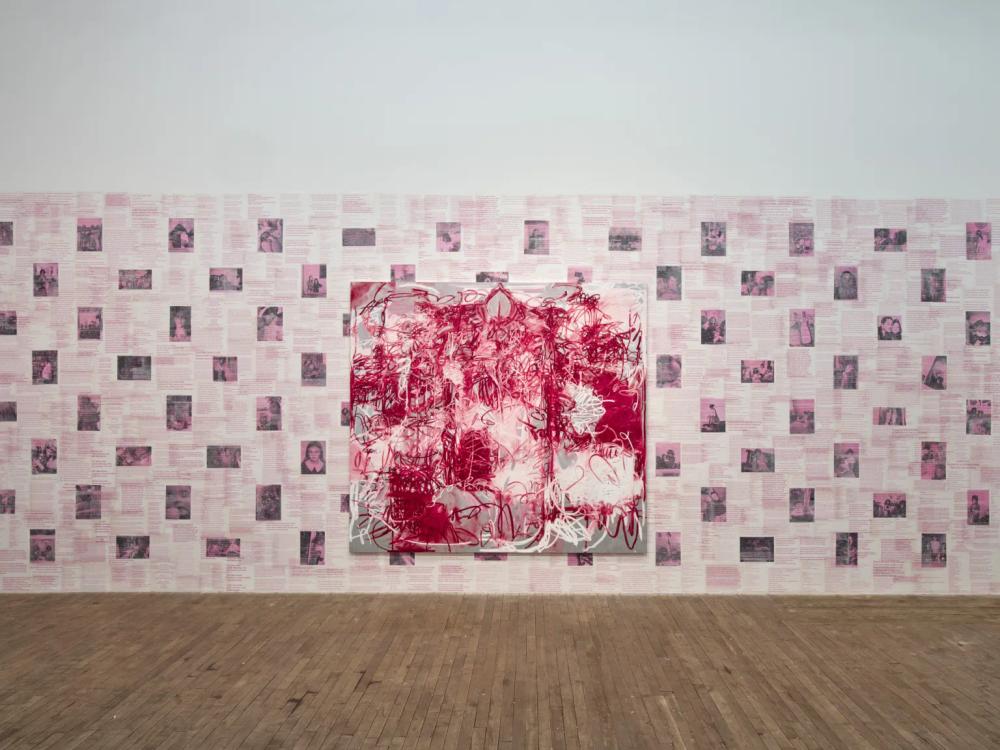
With her dynamic and densely entwined abstract gestures, Kurdish-born and German-raised artist Melike Kara (https://observer.com/person/melike-kara/) has transformed the canvas into a space of both remembrance and resemblance. Projecting and transferring onto the surface a complex orchestration of psychosomatic motions between mind, body and soul, her alternately lyrical yet vigorous mark-making emerges from a direct dialogue with both her Kurdish ancestral roots and traditions and something more ineffable—something shaped by growing up far from her family’s homeland and encountering other cultures along the way.
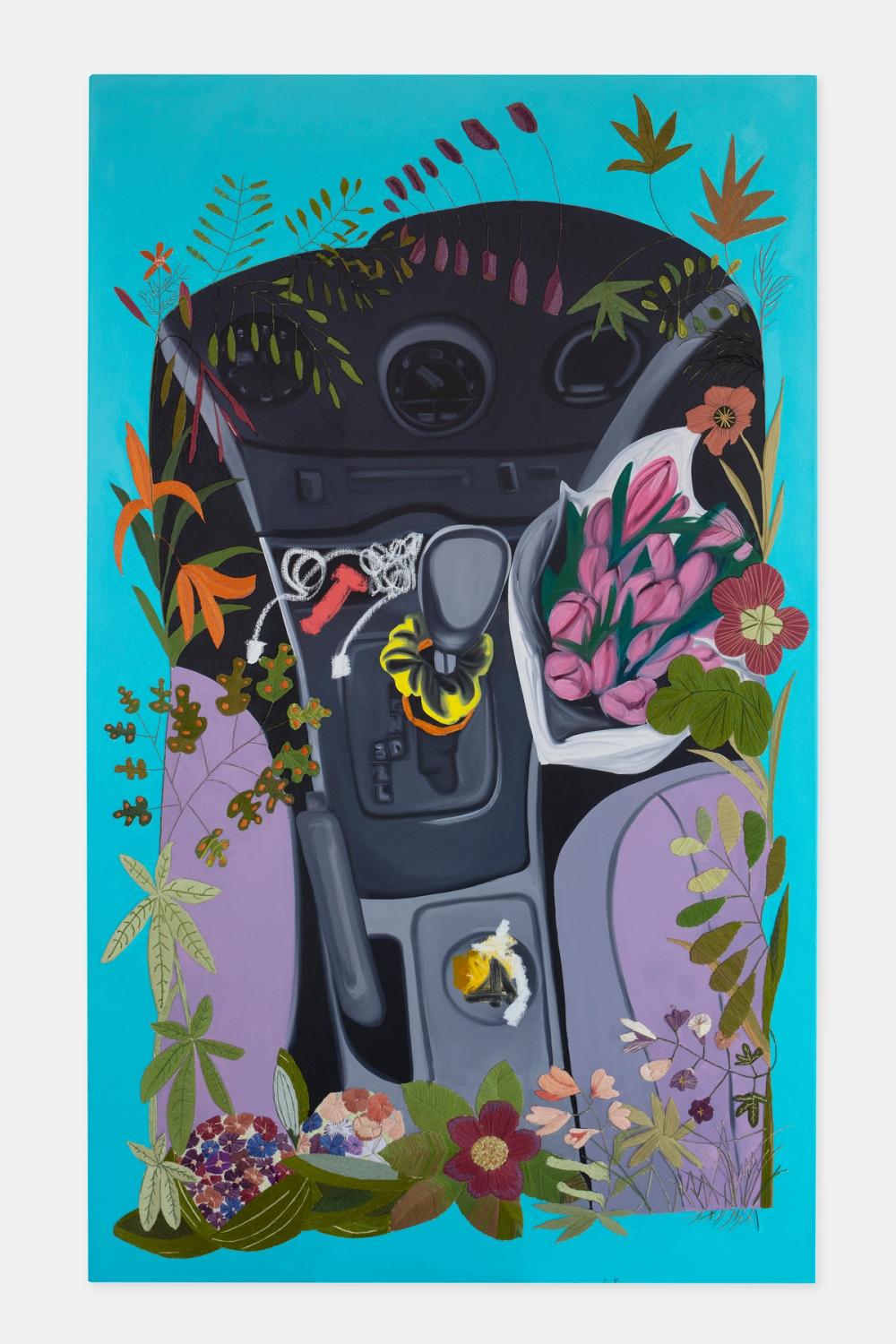
Join the CAS in a one hour online conversation focused on the research and practice of Mexican-German artist Frieda Toranzo Jaeger, whose work has recently been acquired by the National Galleries of Scotland following her receipt of the Valeria Napoleone XX Contemporary Art Society (VN XX CAS) award.
Frieda will be joined by curator Lucy Askew from the National Galleries of Scotland and Valeria Napoleone. Together, they will engage in a dialogue exploring the forms, meanings, and intentions behind Frieda’s work, which draws inspiration from the Mexican muralism tradition to envision a future characterized by queer freedom, ecological harmony, and vibrant communal spaces.
The discussion will be moderated by Dr. Paula Zambrano, Curator of Programmes at the CAS. We look forward to your participation in this conversation.
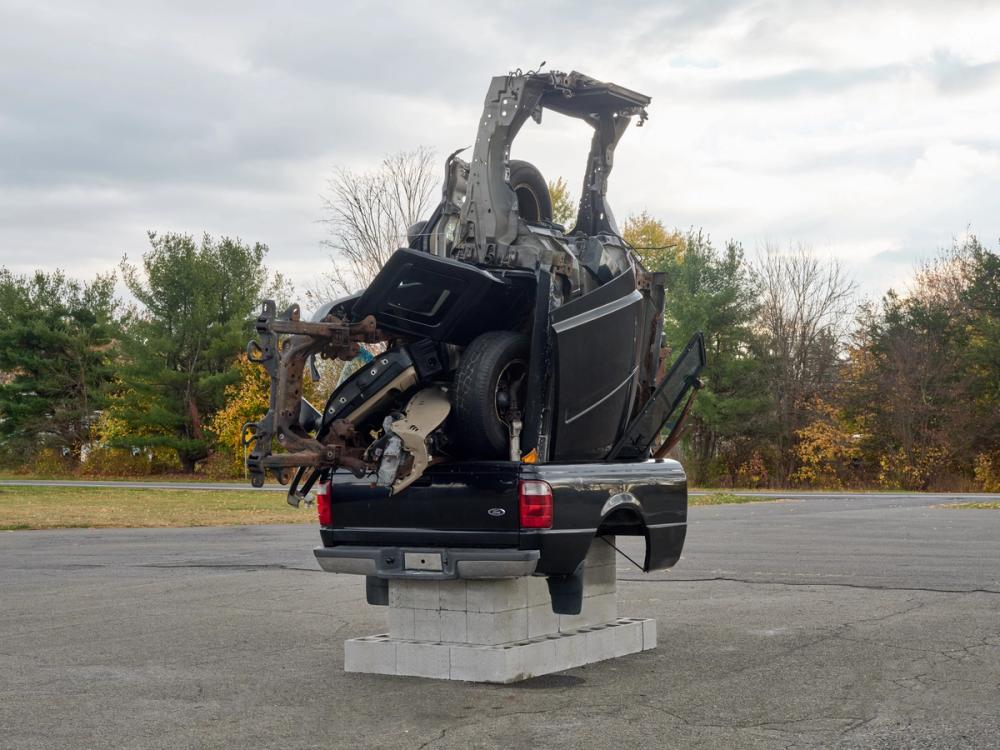
This year at Art Basel Miami Beach, Bortolami will present works by Naotaka Hiro, Barbara Kasten, Ella Kruglyanskaya, Rebecca Morris, Mary Obering, Virginia Overton, Claudio Parmiggiani, Philip Pearlstein, Deborah Remington, Paul Mpagi Sepuya, and Lesley Vance.
Art Basel Miami Beach
Booth G23, shared with Thomas Dane Gallery
December 6 - 8, 2024
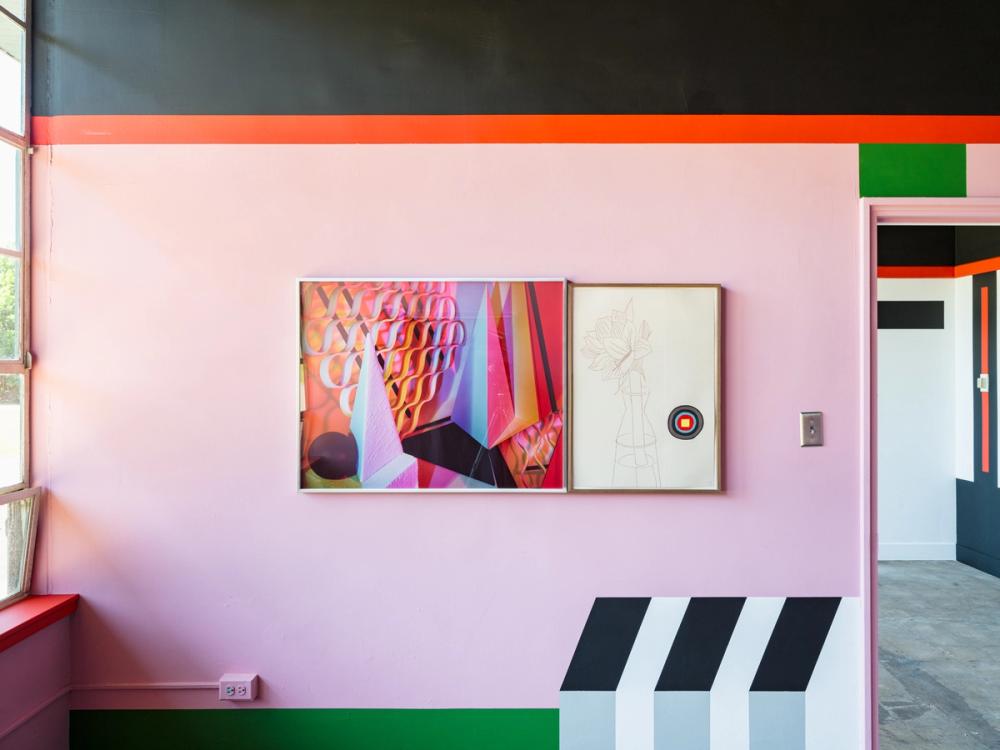
ARTnews is pleased to announce the ARTnews Awards, a new editorial project honoring excellence in art achievements at US arts institutions. Winners will be announced online on December 4, and celebrated during a cocktail reception that evening in Miami.
Over the course of the past several months, ARTnews convened a world-class jury to determine the best exhibitions that opened in the US during the 2023–24 season (September 1, 2023–August 31, 2024). For its inaugural year, ARTnews will honor museum, gallery, and nonprofit exhibitions in five categories, three for artists and two for group exhibitions.
The categories are Emerging Artist of the Year, Established Artist of the Year, Lifetime Achievement, Best Thematic Museum Show, and Best Gallery Group Show. In selecting these categories, ARTnews celebrates artists at all stages of their careers and the curatorial experimentation happening in museums and galleries.
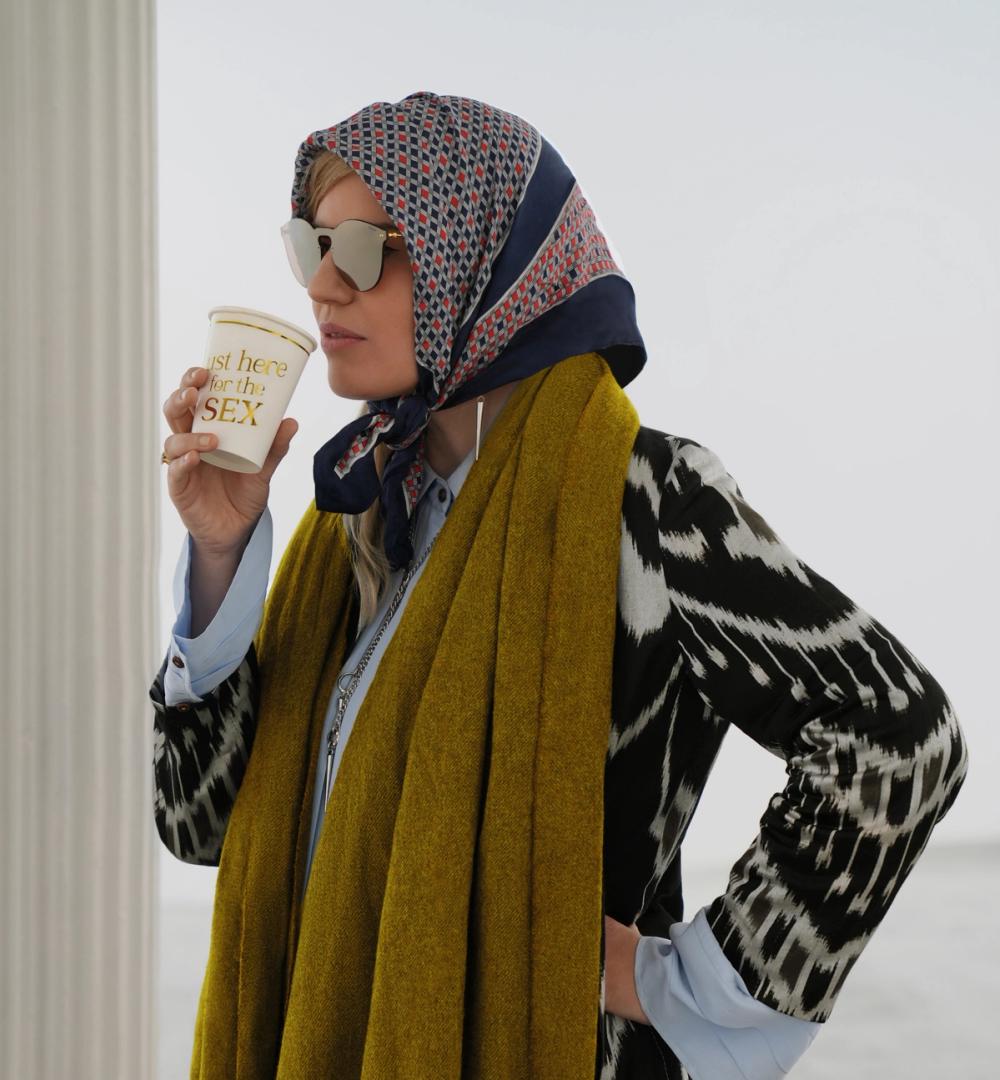
Every year, Topical Cream recognizes an artist whose efforts have made a meaningful impact on their community.
“Lena has been an integral part of Topical Cream since its founding. The way she thinks about art and civic engagement is truly compelling. Lena also has an incredibly generous spirit; it was really special to witness her this summer with the New York Girls Writing Circle, where she gave so much time and care to introduce these young minds to the intersection of art and civic engagement,” said Lyndsy Welgos, TC Executive Director
Henke and Bortolami will donate a sculpture “Spaziergang in Lemgo,” in support of Topical Cream’s New York Girls Writing Circle, a free summer writing workshop for New York City girls.
To mark the occasion, Paulina Pobocha, Chair and Curator of Modern and Contemporary Art at the Art Institute of Chicago, spoke with Henke about this honor and her remarkable contributions.

Paul Mpagi Sepuya reflects on the methodologies, strategies, and points of interest behind a single, expansive body of work at a pivotal moment in his career. This volume unpacks his Dark Room series (2016–21), offering a deep dive into the thick network of references and the interconnected community of artists and subjects that Sepuya has interwoven throughout the images. The excavation and mapping of intellectual and artistic data points across the artist’s work is presented through three distinct “voices,” allowing for a comprehensive cross-referencing of conceptual categories. Each category is alphabetized and illuminated via new texts by curator and scholar Gökcan Demirkazik; selections from previously published texts about the work by critics, colleagues, and friends; quotations of other writers’ work that inspire the artist; as well as writings by the artist on his thematic preoccupations as they appear and reappear throughout this ongoing body of work. Dark Room A–Z serves as an iterative return and exhaustive manual to the strategies and generative ways of working that have informed Sepuya’s image-making, after nearly two decades of practice.”
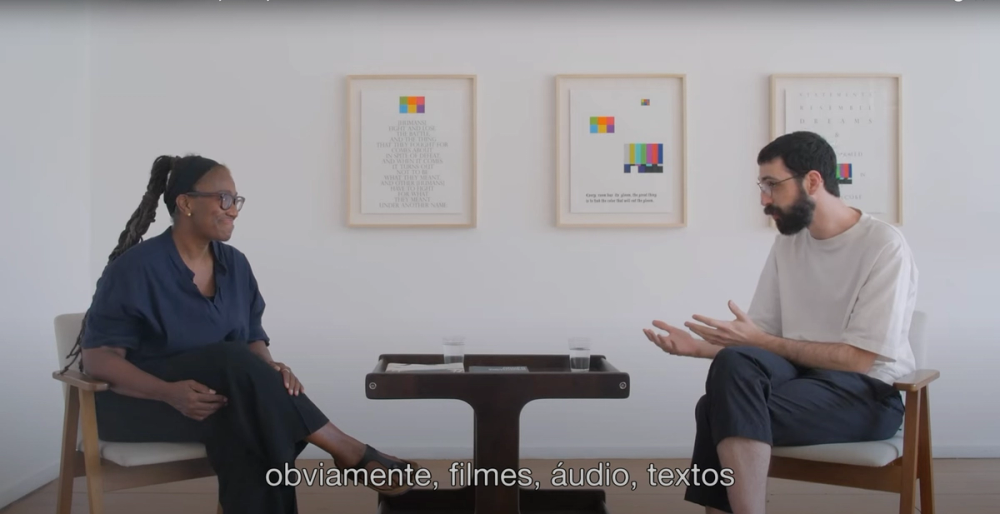
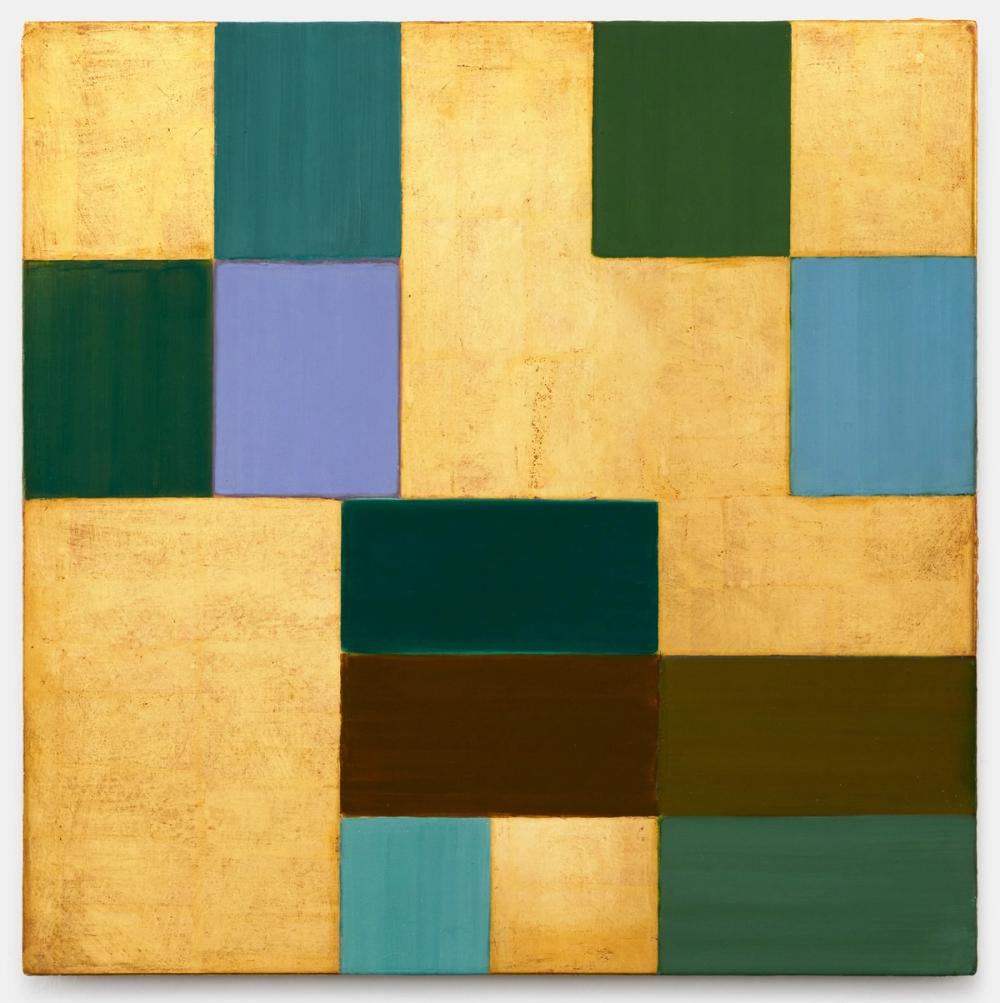
Fondazione Giuliani is very pleased to present Outside and Inside, the first presentation of the work of American artist Mary Obering (1937-2022) in a European institution. The exhibition is an in-depth exploration of her manifold painting practice, which extended into the study of landscape, the body, cosmology, maths, science and spirituality. Throughout her nearly five-decade career, Obering produced deceptively simple, geometric works, juxtaposing the strategies of Minimalism – basic arrangements, modularity, repetition – with a singular exploration of form and colour. While adhering to the pictorial language of geometric abstraction, she also consistently pushed its possibilities into more complex realms. It was as if the artist was never considering abstraction for abstraction’s sake, but rather investigating what abstraction could hold. Obering pared down the aesthetics of Minimalism, using painting techniques and materials more closely associated with the art of the Italian Renaissance, characterised by a marked painterliness, the layering of sumptuous colour, gold leaf and tempera.
Obering moved to New York in 1971, at the encouragement of Carl Andre. Here she became part of a vanguard community of artists living in the recently converted, former light-industry lofts of Soho, and established close friendships with Andre, but also Donald Judd, Marcia Hafif and Sol LeWitt. This community would remain immensely significant to Obering throughout her lifetime, while she pursued her own fiercely independent path.

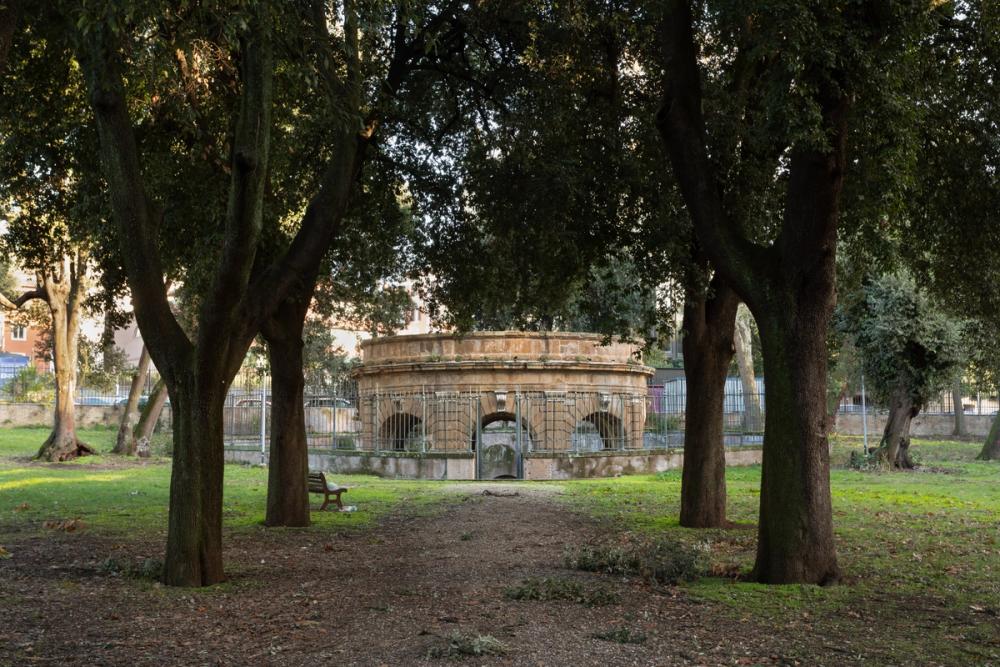
Virginia Overton is included in LAVINIA’s inaugural group exhibition, primo gusto arancia e erba cedrina, curated by Salvatore Lacagnina, on display at the Loggia dei Vini, a 17th-century pavilion located in the gardens of Villa Borghese, Rome.
LAVINIA is a contemporary art programme for the Loggia dei Vini, designed to foster dialogue between the site’s restoration and the relationship between art and architecture.

France finally has a fair at the Grand Palais again in the form of Art Basel Paris, which made its debut outing at the iconic structure after two editions in a temporary space. As sunlight shone through the building’s glass roof, crowds of people packed into the aisles, braving long lines to get in.
Dealers reported notable sales during the first day, with many gallerists expecting more to follow throughout the week. A few of the 195 exhibiting galleries did opt to bring more conceptually minded work—a rarity for any art fair—and that caused them to stand out among the crowd. Others sought to introduce their artists to a European audience.
As Mary Sabbatino, vice president and partner at Galerie Lelong & Co., told ARTnews on opening day, “The Grand Palais is magical—you’re bathed in light and in art history. [Art Basel Paris] is more historical than Miami and more up-to-the-minute and diverse than Basel. Paris has its own energy and identity.”

Silhouettes in the Undergrowth is a group exhibition that explores the ways in which bodies exists and inhabit territory. Works by six Latin American artists of different generations share the museum galleries, creating sensorial landscapes both within and between the works.
The works are direct references to the artists’ environments and speak to particular places in the diverse region. From the archaeological site of Yagul in Mexico to the Amazon, passing through Panajachel in Guatemala and the archipelago of Guadeloupe in the Caribbean. Through a variety of formats such as installation, performance, video and painting, the gallery is transformed into an immersive space where the construction of the contemporary landscape is explored, as well as its political, historical and affective dimensions.
The title is inspired by relationship of human bodies with the unkept landscape present in many of the artists’ practices, in particular Ana Mendieta’s significant series, Silueta [Silhouette] where the artist’s body is traced out on the ground, making obvious the connection between contemporary human existence, history and nature. As undergrowth impacts the area where it grows, in Silhouettes in the Undergrowth the artists’ practices proliferate and influence their context.
Artists: Minia Biabiany (Guadalupe, 1988), Vivian Caccuri (Brasil, 1986), Ana Mendieta (Cuba, 1948 - EE.UU., 1985), Nohemí Pérez (Colombia, 1962), Vivian Suter (Argentina, 1949), Frieda Toranzo Jaeger (México, 1988).

Frieda Toranzo Jaeger (Bortolami)
This is one of our favorites of this edition of Art Basel Paris. At the stand of the New York gallery Bortolami are two installations signed Frieda Toranzo Jaeger. Great year for the artist, who is also exhibited at the Venice Biennale with a work that mixes many of his interests including cars, embroidery traditions, mural painting (https://www.vogue.fr/dossier/peinture)and Western religious altars and which summon, among others, the famous Greek poet Sappho, the painter Diego Rivera and the artist Juan O'Gorman. Frieda Toranzo Jaeger's signature appears gigantic, in a desire to pastice the traditionally male paternity associated with painting, while claiming this space for a queer female voice.
Born in 1988 in Mexico City, Frieda Toranzo Jaeger has an unusual fascination for machines, and in particular for electric cars, understands the way she sees them - as essentially female objects, inspiring utopian fantasies. This is how his work takes place, between paintings and modular installations: as the way to imagine a desirable future for queer communities, where we would live in harmony with nature. The two installations presented at the Bortolami stand at Art Basel Paris are no exception: there are female nudes that are both painted and woven, where women's bodies are proudly displayed on the colored bodies of pick-up trucks - symbols of hegemonic masculinity. Or how to divert codes gently.

This year at Art Basel Paris, Bortolami will present works by Daniel Buren, Leda Catunda, Renée Green, Marina Rheingantz and Frieda Toranzo Jaeger.

On Saturday, October 5, please join us at the gallery for a panel discussion on Deborah Remington (b.1930, d.2010) with four contributors to the newly released monograph on the artist.
Published by Rizzoli Electa, Deborah Remington is the first publication to examine Remington’s six decades of painting and drawing. Edited by Margaret Mathews Berenson and Nancy Lim, the volume traces Remington’s evolution from her beginnings as an Abstract Expressionist painter in 1950s San Francisco, the influence of her years living in Japan, the iconic hard edge compositions painted at the height of her career in 1970s New York, and her late career return to gestural painting.
The book features over 120 illustrated plates, a narrative chronology, and essays by Lim, Dunham and Hohlios, as well as Suzanne Hudson, Professor of Art History and Fine Arts at the University of Southern California, Los Angeles; Anna Katz, Senior Curator at The Museum of Contemporary Art, Los Angeles; Paul Schimmel, curator of Deborah Remington’s 1983 survey exhibition, and a remembrance of Remington by the late poet, Kevin Killian.
Margaret Mathews Berenson, Director of the Deborah Remington Charitable Trust for the Visual Arts
Carroll Dunham, artist and writer
Stephanie M. Hohlios, specialist in modern and contemporary art, architecture, and performance in Japan; Assistant Professor of Art History at Flagler College
Nancy Lim, Associate Curator of Painting and Sculpture, San Francisco Museum of Modern Art
Copies of the book will be available for purchase at the event.
RSVP for the event at: info@bortolamigallery.com
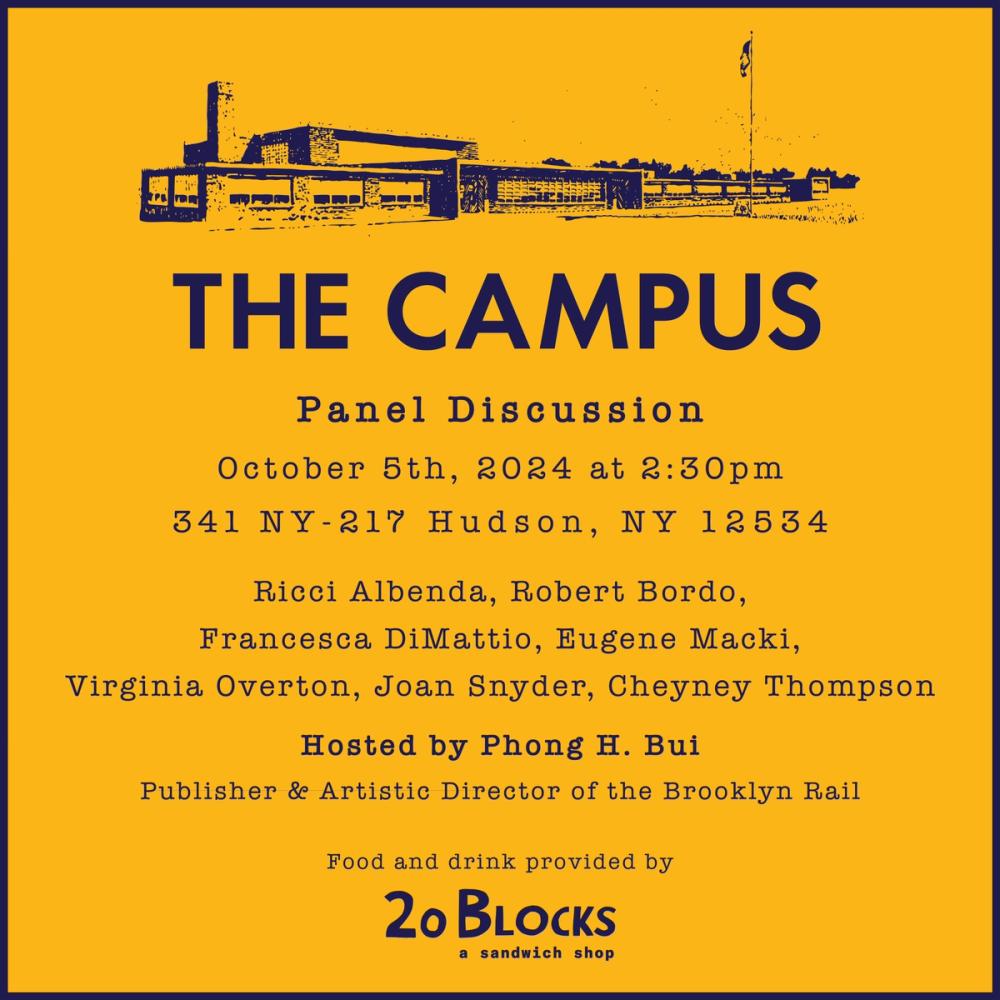
Join us at The Campus on Saturday, October 5th at 2:30 PM for a panel presented in collaboration with the Brooklyn Rail Phong H. Bui will moderate an open conversation with artists Ricci Albenda, Robert Bordo, Francesca DiMattio, Eugene Macki, Virginia Overton, Joan Snyder, and Cheyney Thompson alongside curators Timo Kappeller and Jesse Willenbring.
Food and drinks provided by 2oBlocks. Kite flying and refreshments to follow.
Live streaming of this event will be available though an RSVP link. A recording will be available on The Campus website following the discussion.
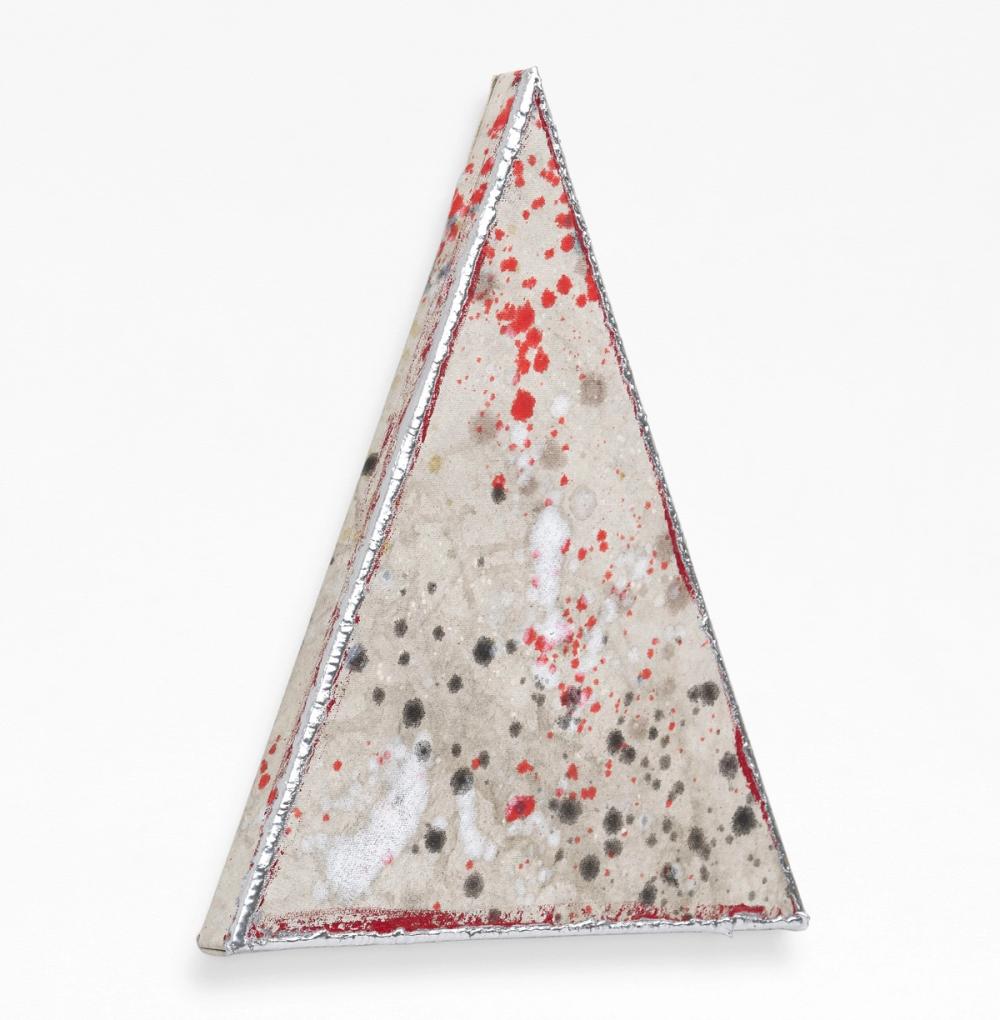
Artists for Kamala is a sale of the donated work from the preeminent contemporary artists to raise funds to directly support the Harris Victory Fund. The sale will feature a diverse group of artists nationwide whose voices and community leadership represent Vice President Kamala Harris’s vision for the country.
The Artists for Kamala online sale will open on October 1st and conclude on October 8th. The sale will have both an auction component as well as some pieces sold on a fixed price basis. All funds raised will go directly to the Harris Victory Fund.
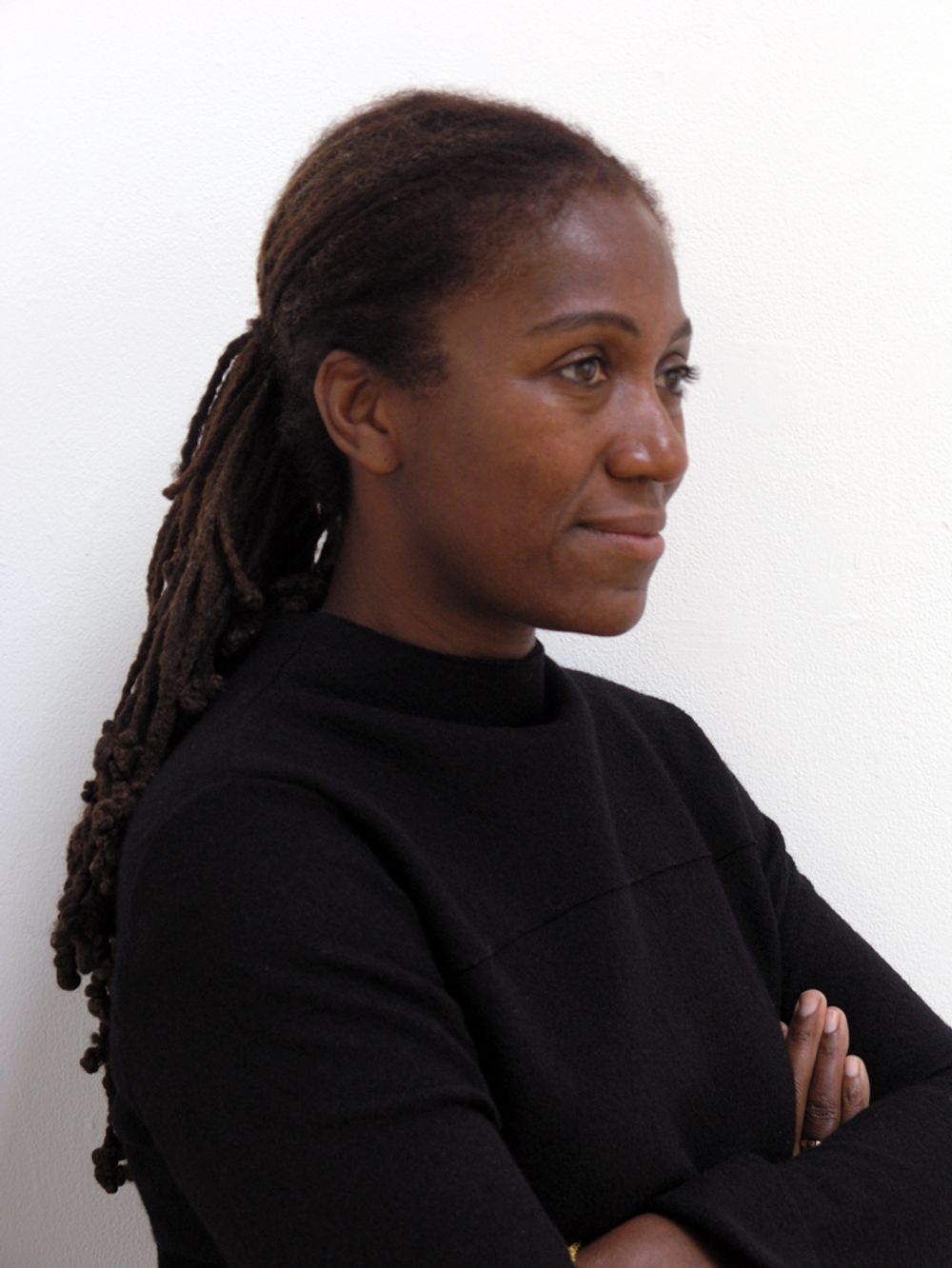
Admission is free at the UMFA starting at 5 pm on this day.
The Holt/Smithson Foundation Annual Lecture Series is a ten-year program inviting artists, writers, and thinkers to raise questions and present research extending the creative legacies of the artists Nancy Holt and Robert Smithson. Over the course of a decade, the Foundation partners with a different institution each year to host lectures in ten distinct locations, each significant to Holt and Smithson.
Artist Renée Green is the invited speaker for the third Holt/Smithson Foundation Annual Lecture, which will take place at the Utah Museum of Fine Arts, Salt Lake City on Friday, September 27, 2024 at 6 pm. Green will present a talk titled Imagining Contact: Then, When, Now, Here, and will be in conversation with Lisa Le Feuvre, Executive Director of Holt/Smithson Foundation.
Renée Green’s expansive installation Partially Buried in Three Parts (1996-1997) began with a reflection on the artist Robert Smithson’s Partially Buried Woodshed (1970), a work primarily known as a photograph and believed to no longer exist. Consisting of Partially Buried (1996), Übertragen/Transfer (1997), and Partially Buried Continued (1997), Green’s multimedia installation grew out of a consideration of the year 1970 and the associations became denser in the process of working, becoming a formal and conceptual archaeological endeavor reflecting on the vagaries of memory and historical recall.
In considering Holt and Smithson in the present, Green reflects: “As I read, I continue to wonder about that distant time, then, when things happened differently. The traces I find in books stimulate curiosity to further wonder about the places referenced in images, a wish to see what is here, or there, now; I am curious too about what cannot be seen in the images. Questions of both space and place arise. Questions of time also arise. Questions of travel, questions of the environment, built and unbuilt, emerge too as I think and feel, now, here. On earth.”
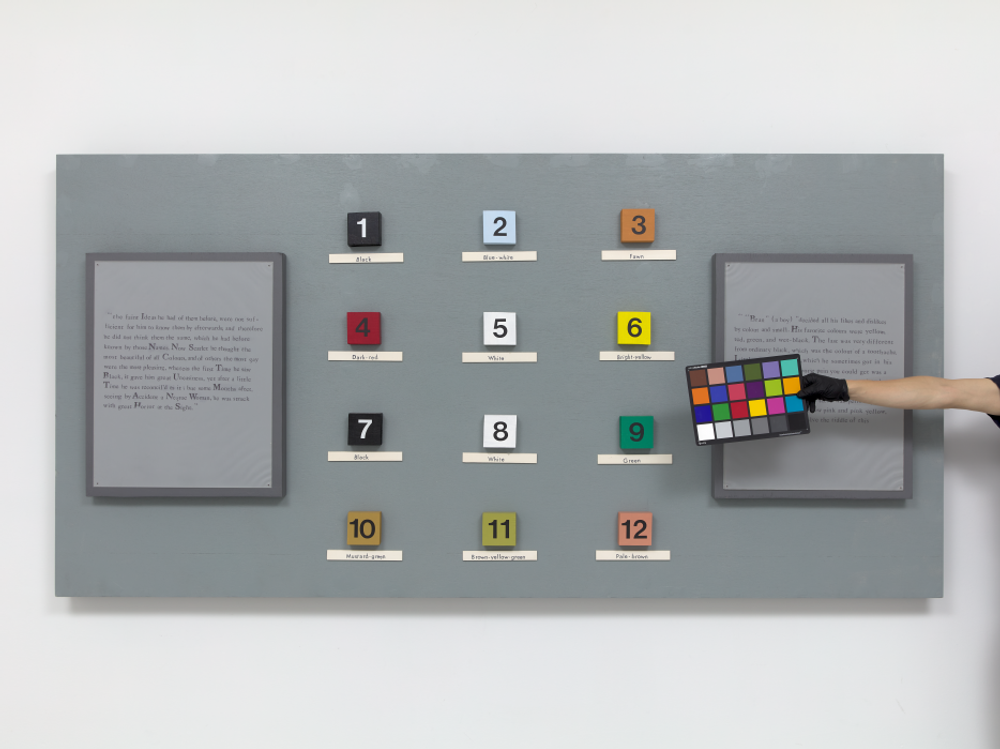
Renée Green marks the multidisciplinary artist’s first major solo museum presentation in New York. Since the late 1980s, Green has produced densely layered and knowledge-based installations that return to and adapt strategies of Conceptual art from the 1960s and ’70s. In her uniquely recursive process, Green juxtaposes a range of materials—archival, documentary, and literary fragments, personal and found ephemera, speculative narratives, and her own extant work—to probe the unstable boundaries between fact and fiction, public recollection and personal memory.
Constellating historical, reconfigured, and newly commissioned work in the nexus of Dia Beacon’s floor plan—the two expansive, parallel central corridor galleries, and its adjacent perpendicular corridor—this chronologically defiant presentation aptly stages the artist’s practice in contact and context with influential figures of Minimal and Conceptual art key to Dia’s history and Green’s formation. Foundational early multimedia installations that critically reconsider art historical genres of site, landscape, and Land art will return to view in the United States for the first time in over three decades. Reunited in its entirety at Dia, Green’s Color series from the early 1990s examines how color functions as a tool for categorization, an arbitrary and socially coded value system, as well as an efficacious perceptual and spatial device for the artist’s poetic imaginings. Extending this chromatic engagement both on the wall and the ceiling, Green will suspend a new series of vibrant, text-based fabric banners, or Space Poems, along the corridors’ linear expanse, complemented by a new body of wall-mounted variations in enamel. Similarly, new hybrid configurations of the artist’s multicolored, modular geometric units for viewing and listening will be distributed throughout the galleries, functioning as provisional media architectures featuring selections from Green’s compendium of moving-image and sound works.
Renée Green is curated by Jordan Carter, curator and co–department head, with Ella den Elzen, curatorial assistant.
All exhibitions at Dia are made possible by the Economou Exhibition Fund.
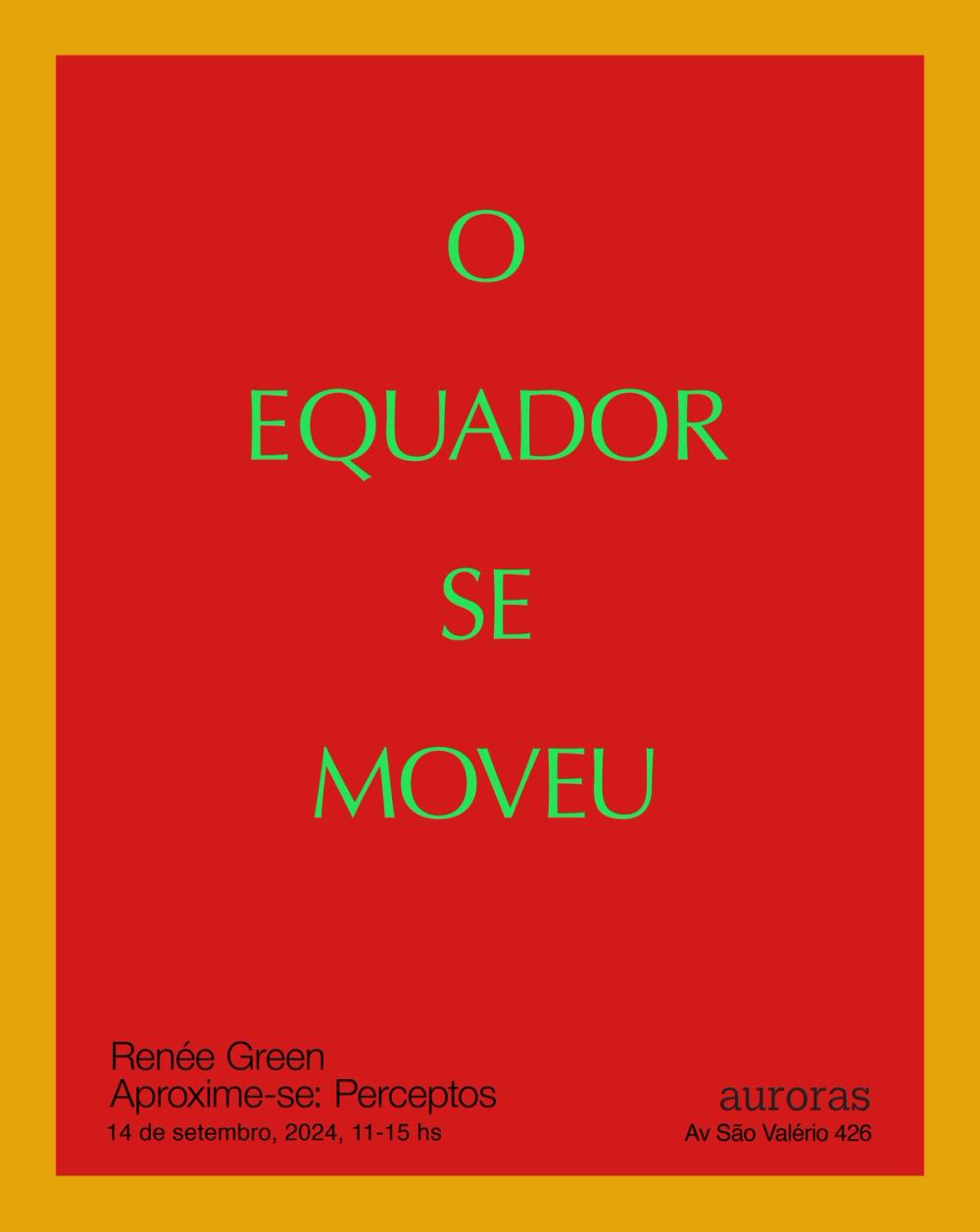
auroras is honored to announce the first exhibition in Brazil by the renowned artist, filmmaker, and writer Renée Green (Cleveland, 1959). Green’s international practice deploying a range of media–painting, sculptures, installations, film, video, sound-related works, Space Poems, architectural arrangements and other forms–spans four decades, reflecting the effects of a
changing transcultural sphere and what can now be made and thought.
After a site visit in early 2024, Green has mindfully selected for this exhibition three bodies of work from different decades that resonate with auroras’ modernist architecture, as well as with the artist’s ongoing poetic, historical, and personal relation to Brazil.
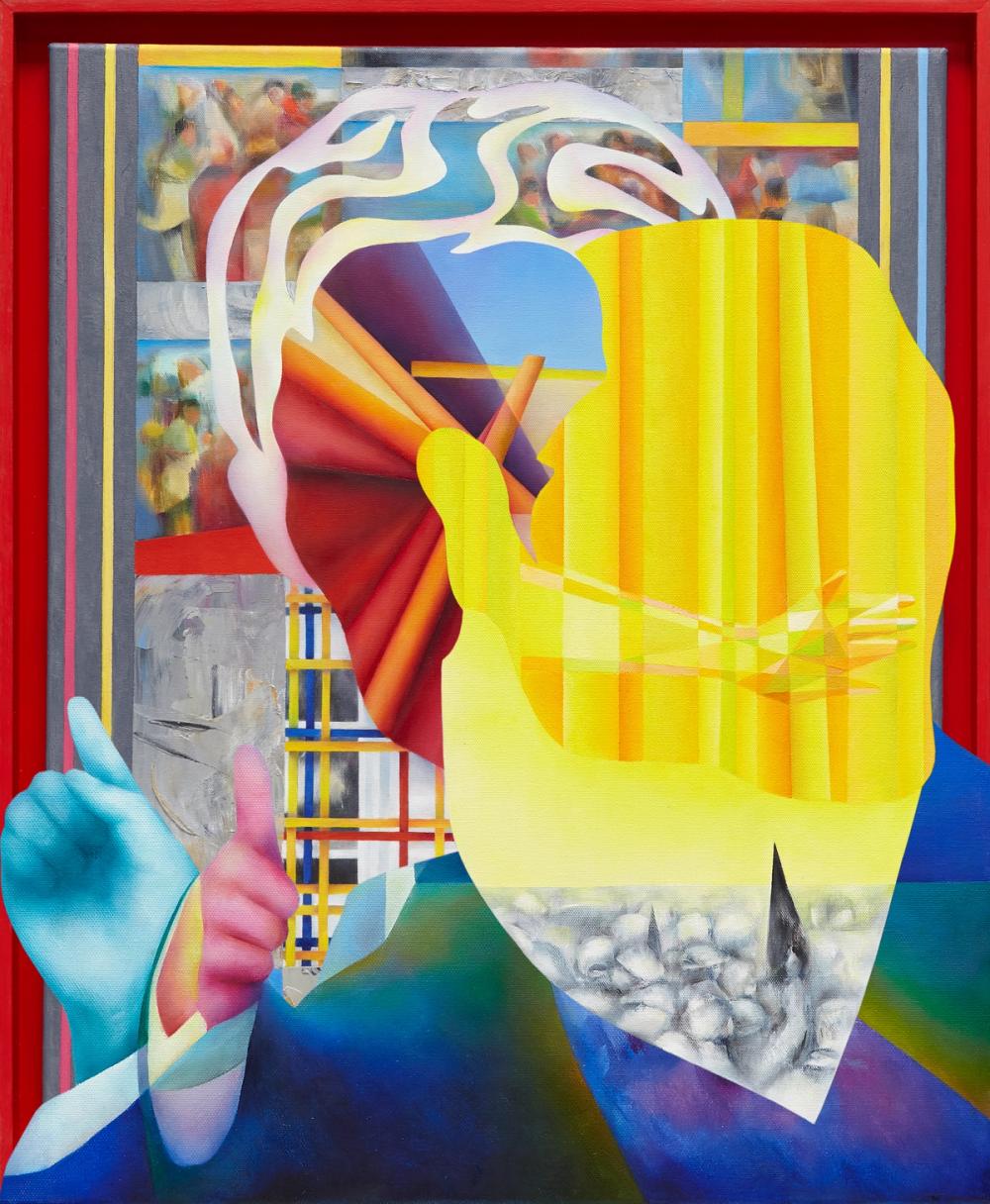
Mishkin Gallery is pleased to present a series of 15 paintings by Anna Ostoya, on view from September 13 through December 13, 2024. The paintings on display are derived from sketches that Ostoya made upon her arrival in New York City in 2008 of fellow passengers on the J, M, and Z lines along her commute between Brooklyn and Manhattan. In vivid colors and kaleidoscopic compositions, Ostoya creates images that are at once intimate and removed, representational and surreal. These multifaceted images of individuals, all of whom occupy the shared public space of the subway, contend with fundamental political dimensions of identity and democracy. For this series, Ostoya remasters, in oil on canvas, a set of digital collages she produced for a book with political philosopher Chantal Mouffe. Throughout her career, Ostoyahas often translated between media, integrating found texts and images (as well as images from her own archive of works) and collaborating with writers and thinkers. Following this, the exhibition is accompanied by a booklet designed by Olya Domoradova with newly commissioned texts by several artists, musicians, and poets, including Moyra Davey, Mónica de la Torre, Lamin Fofana, Angie Keefer and Mark von Schlegell.
Anna Ostoya: J M Z is co-curated by Mishkin Gallery’s Alaina Claire Feldman and Alexandra Tell. The exhibition is made possible by Friends of the Mishkin Gallery and the Weissman School of Arts and Sciences at Baruch College (CUNY).
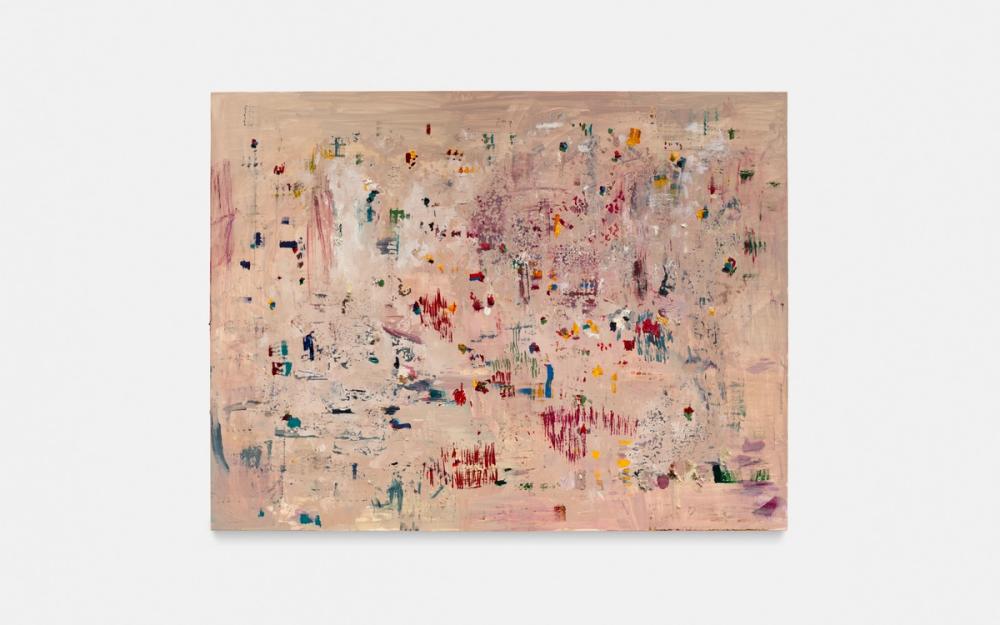
Conflictual borders, anti-migration walls, confinement, social distance, segregation policies—these seemingly dissimilar topics share a common point: space and its political organization. The main effect of climate change is the apparition of a new world map in which carbon dioxide and urban life, desertification and migration, deforestation and social struggles, destruction of animal ecosystems and vegetal invasions, have become brutally interconnected.
PANSORI: A Soundscape of the 21st Century is an operatic exhibition about the space we live in. But as any landscape is also a soundscape, this exhibition is built as a narrative connecting musical and visual forms. Having emerged in 17th century Korea, pansori is a musical genre deeply rooted in its native land. In Korean,pansori literally means "the noise from the public place," which could also be understood as the voice of the subalterns. The 15th Gwangju Biennale intends to recreate the original spirit of pansori, with artists that try to re-think the space shared between humans, machines, animals, spirits, and organic life— our relational space.
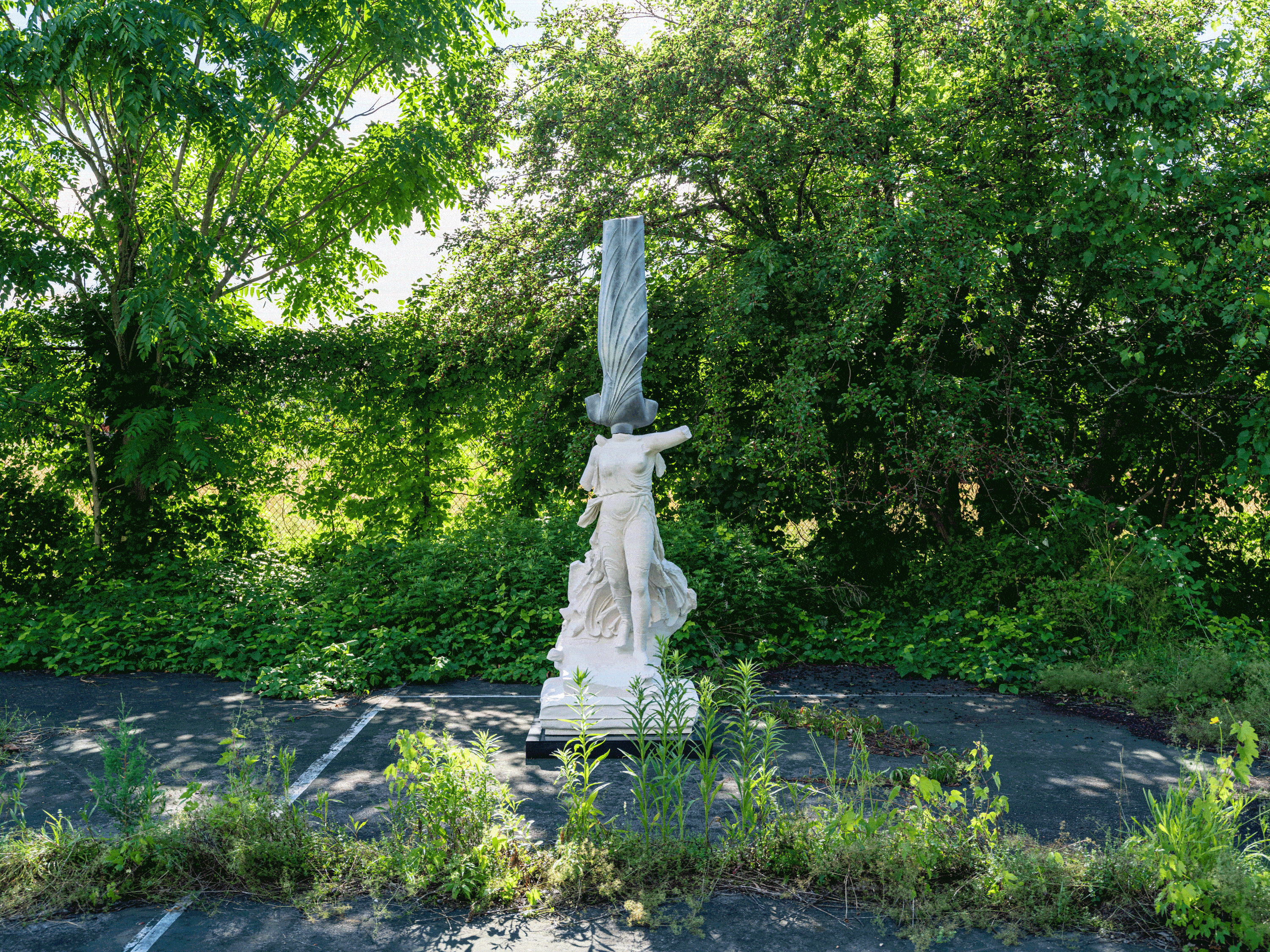
Opening:
Saturday, June 29, 2 — 5:30 pm
featuring DJ Matthew Higgs
The Campus
341 NY-217 Hudson, NY 12534
Bortolami, James Cohan, kaufmann repetto, Anton Kern, Andrew Kreps, and kurimanzutto are pleased to present the inaugural exhibition at their new shared space, The Campus, in Claverack, NY. Embracing a collaborative model, the galleries have turned an abandoned former school building into a platform for dynamic cultural exchange. Please join us this Saturday, June 29th at 2 PM for an opening celebration.
Organized by Timo Kappeller, the inaugural exhibition will run through October 27, 2024, and connects new, historical, and site-specific works by over 80 artists:
Ricci Albenda, Leonor Antunes, Adrian Armstrong, Nairy Baghramian, Robert Bordo, Andrea Bowers, Cecily Brown, Daniel Buren, Tom Burr, David Byrd, Miguel Calderón, BrianCalvin, Gianni Caravaggio, Talia Chetrit, Anne Collier, Alexandria Couch, Abraham Cruzvillegas, Jim Denomie, Francesca DiMattio, Thea Djordjadze, Nathalie du Pasquier, Shannon Ebner, Kevin Jerome Everson, Roe Ethridge, Bendt Eyckermans, Spencer Finch, William Forsythe, Lloyd Foster, Aaron Fowler, Roberto Gil de Montes, John Giorno, Renée Green, Petrit Halilaj, Anthea Hamilton, Trenton Doyle Hancock, Rachel Harrison, Eric Hart Jr., Maren Hassinger, Madeline Hollander, Jenny Holzer, Fidelis Joseph, Sanya Kantarovsky, Barbara Kasten, Annette Kelm, Caitlin Keogh, Jutta Koether, Ella Kruglyanskaya, Gabriel Kuri, Roy Lichtenstein, Richard Long, Eugene Macki, Goshka Macuga, Chris Martin, Josiah McElheny, Marta Minujín, Dianna Molzan, Rebecca Morris, Lee Mullican, Oscar Murillo, Eamon Ore-Giron, Gabriel Orozco, Virginia Overton, Philip Pearlstein, Manfred Pernice, Jamaal Peterman, Alex Puz, Marina Rheingantz, Bárbara Sánchez-Kane, Raymond Saunders, Shinichi Sawada, Lara Schnitger, Paul Mpagi Sepuya, Yinka Shonibare CBE, David Shrigley, Diane Simpson, Michael E. Smith, Joan Snyder, Cheyney Thompson, Rirkrit Tiravanija, Fred Tomaselli, Alice Trumbull-Mason, Daniel Turner, Lily van der Stokker, Erika Verzutti, Bill Viola, Pae White, Beatrice Wood, Haegue Yang & XU ZHEN®.
Hours: Saturday and Sunday, 12 - 5 PM.
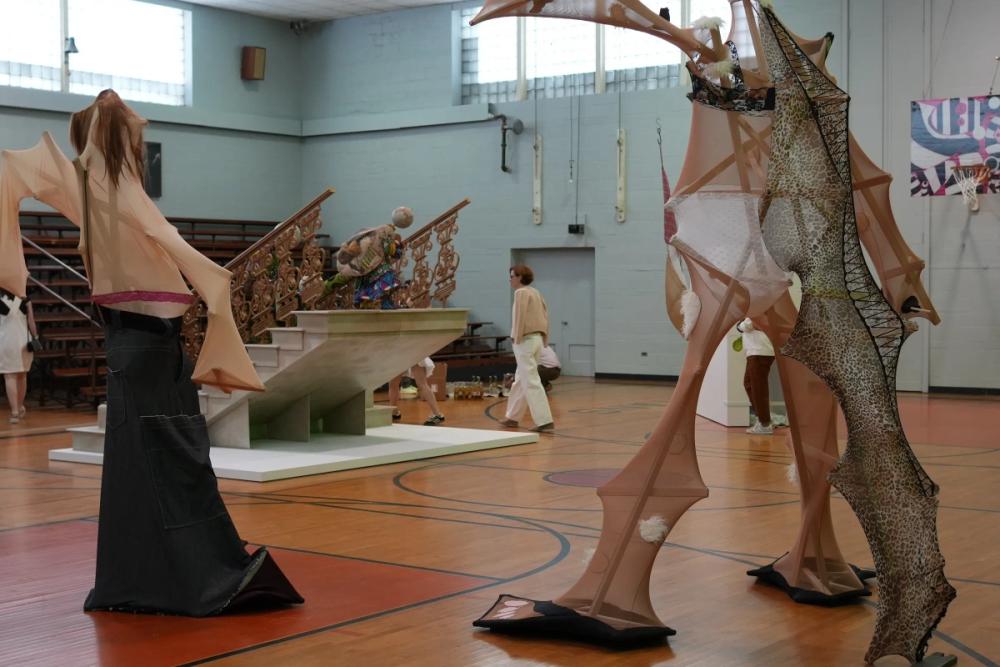
At The Campus, pairings of works by over 80 artists yield unexpected dialogues in classrooms, hallways, a gym, and even a science lab.
CLAVERACK, New York — It is no secret that the art world can be a lonely place. There is something distinctly isolating about competing with your peers for one of the few, underpaid curatorial positions or a spot in a coveted residency, or silently begrudging the sold-out booth next to yours at an art fair. Just a few miles southeast of Hudson, The Campus, an abandoned high school-turned-art exhibition space shared by six New York City galleries, proposes something of a salve: a project centered on camaraderie, with shared profits to boot.
Several hundred people — over 2,500, by some estimates — poured into the 78,000-square-foot building this past Saturday, June 29, for an overcast opening event marking the first and untitled show, curated by Timo Kappeller. Continuing the spirit of cooperation, a section of the space was given over to NXTHVN, the Connecticut nonprofit founded by artists Titus Kaphar, Jason Price, and Jonathan Brand, to display works by seven of its Studio Fellows selected by Curatorial Fellows Marquita Flowers and Clare Patrick.

The latest addition to the mid-Hudson Valley’s burgeoning contemporary art scene, The Campus, located just outside the town of Hudson, N.Y., is a collaborative project of six cutting-edge New York City galleries: Andrew Kreps, Anton Kern, James Cohan, Bortolami, kaufmann Repetto, and kurimanzutto. The consortium recently purchased the 78,000 square-foot disused Ockawamick School, built in 1951, and vacant since the 1990s. The property also encompasses 22 acres of land for sculptures and outdoor installations. The seasonal space, open only on weekends, kicks off its program with a lively exhibition organized by former Andrew Kreps Gallery director Timo Kappeller. The show features works by more than 80 artists situated in 40 rooms spread throughout the sprawling venue.
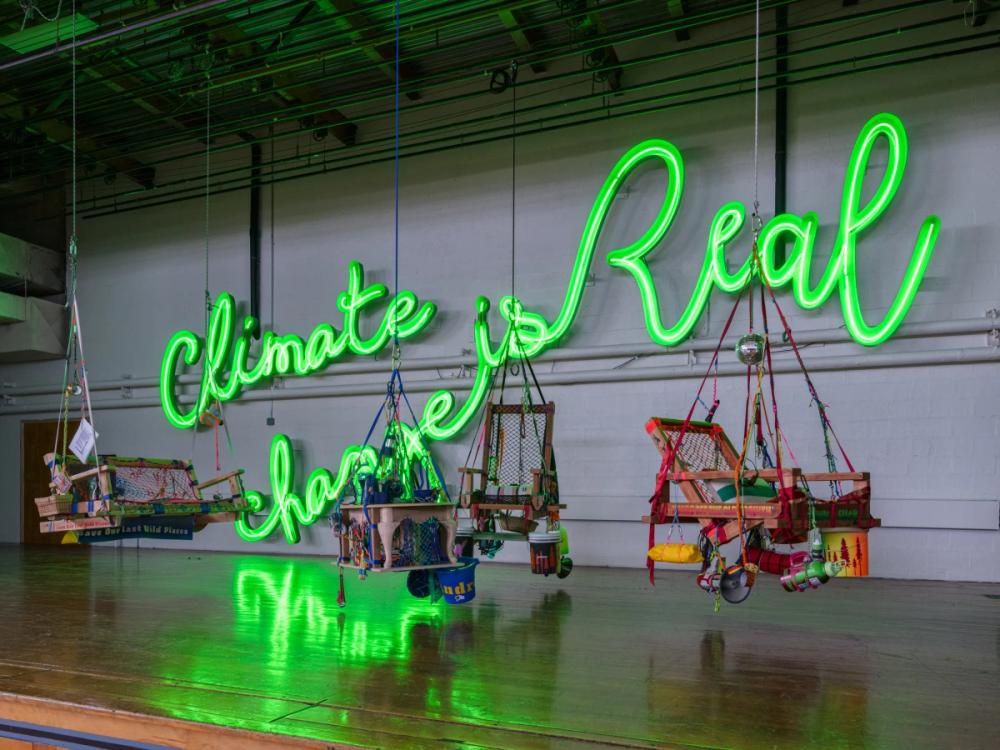
School may be out for summer, but art class is in full swing at The Campus, upstate New York’s new cultural haven. Situated just outside of Hudson in a school left vacant since the 1990s, the project represents an unprecedented collaboration between six New York galleries: Bortolami, James Cohan, Kaufmann Repetto, Anton Kern, Andrew Kreps, and Kurimanzutto. On June 29, over 2,000 people celebrated the opening of The Campus’s inaugural exhibition, organized by independent curator Timo Kappeller, which is on view through October 27. Yet with 78,000 square feet of exhibition space, there was still plenty of room for the works of 80-plus artists—including Cecily Brown, Yinka Shonibare, and Jenny Holzer—to breathe.
Kreps discovered that the old school, built in 1951, was available nearly three years ago, as the COVID pandemic was sending creatives upstate in droves. Charmed by its mid-century bones and nostalgic setting, he and his fellow gallerists banded together to acquire it, recognizing a ripe opportunity.
“The collegial spirit that is alive between the Tribeca galleries spurred us to believe in a project like The Campus,” says Stefania Bortolami, adding that the participating entities are “always in dialogue.” The Italian-born dealer’s gallery, as well as Andrew Kreps and Kaufmann Repetto, already share a space, 55 Walker, and regularly present exhibitions together. “This shared social fabric made it so that when the opportunity arose to acquire a defunct school, we already had the tools to move forward in collaboration.”

Untitled (reverse virgule), a permanent installation by Virginia Overton, is now on display in the lobby of The Refinery at Domino in Brooklyn, New York.
For the commission, Overton has transformed the historic Domino Sugar factory sign into an 11-foot by 36-foot wall sculpture. On the project, Overton remarked, ‘Reusing existing materials as a way to extend the life of objects is integral to my practice. It was a privilege to be able to work with a piece of history from America’s industrial heyday and reimagine this historic artifact as a sculpture that honors the sign’s storied past while embracing its possibilities for the future’.
New work by Overton also created using resourced material from the factory will be on view in her forthcoming solo exhibition opening this June at Bortolami.

The Campus is a collaborative space by Bortolami, James Cohan, kaufmann repetto, Anton Kern, Andrew Kreps, & kurimanzutto.
The exhibition is organized by Timo Kappeller
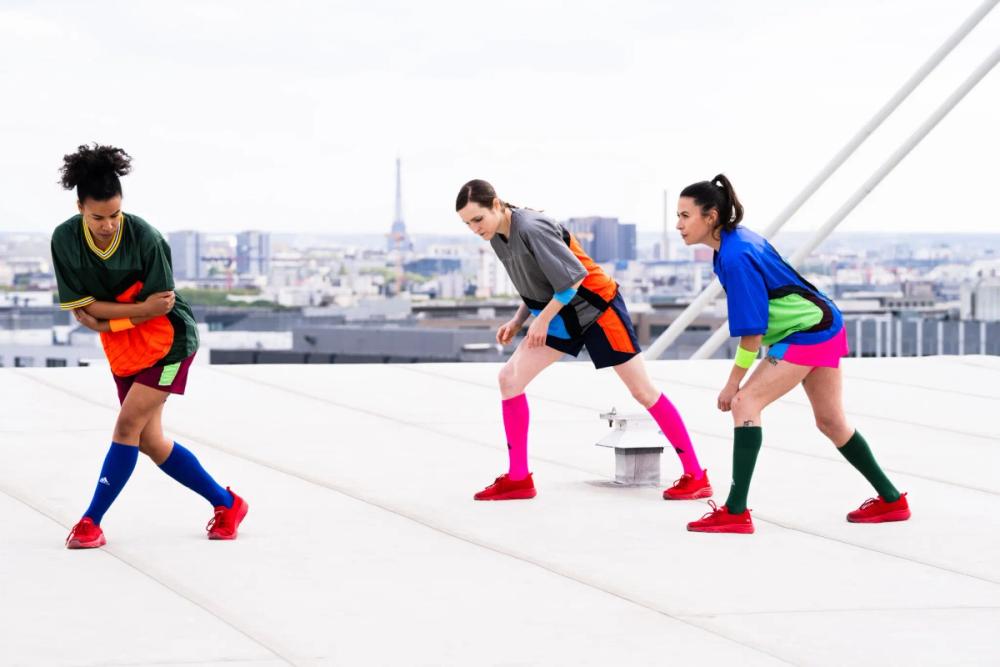
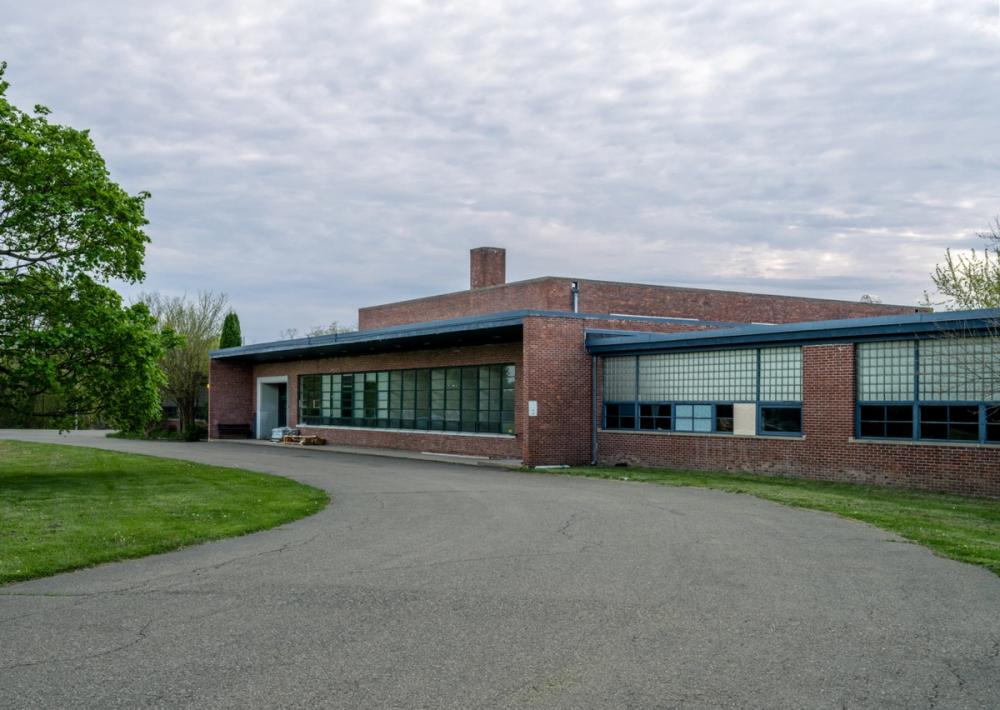
This summer, six galleries are joining forces at the Campus, a new art space in upstate Claverack in a disused 1952 school. The founders—Bortolami, James Cohan, Kaufmann Repetto, Anton Kern, Andrew Kreps, and Kurimanzutto—have galleries in Manhattan, but struggled to find suitable storage space and dreamt of a bigger canvas.
Drawing mostly from the 200 artists on their rosters, the debut show opens June 29 and is organized by guest curator Timo Kappeller. The lineup features about 80 artists, including blue-chip stars like Cecily Brown, Petrit Halilaj, Rachel Harrison, and Jenny Holzer, as well as late influential figures like Philip Pearlstein and Roy Lichtenstein. Complementing it is a group show curated by the fellows at New Haven arts incubator NXTHVN.
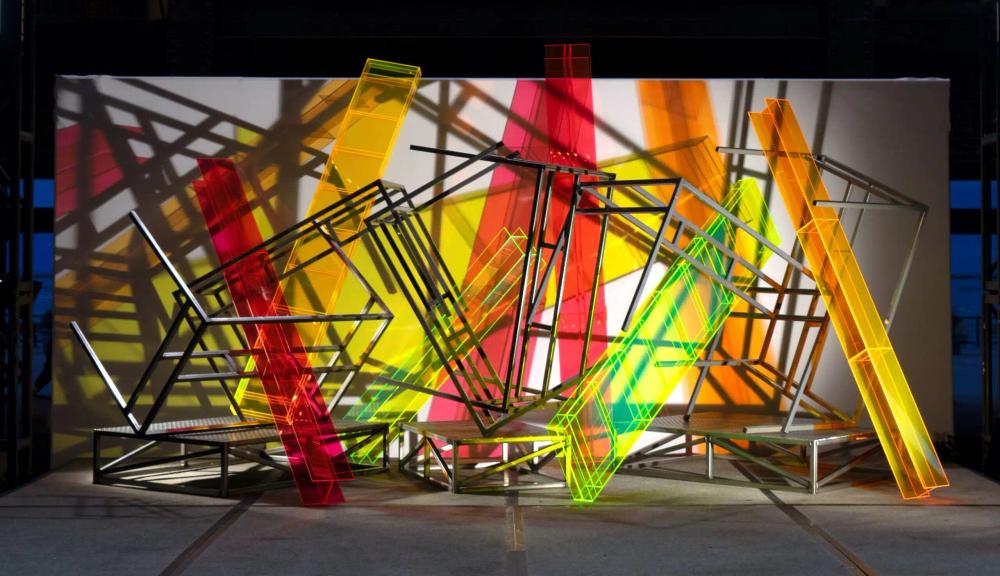
De La Warr Pavilion is pleased to host the first institutional solo exhibition in the UK of artist Barbara Kasten, presenting a major new site-specific commission in our Ground floor gallery this summer.
Since the 1970s, Kasten (b. 1936, United States) has been constructing expansive installations made of architectural ‘props’ such as glass, mirrors, metal, or wood constructions in front of the camera for her abstract ‘photographs’. Space as a stage of a changing reality is the central motif of her photographs, film, and sculptural installations, which she produces in an ‘interdisciplinary performance’ between photography, sculpture, architecture, and painting. These theatrical arrangements are notable for their use of colour, light and shadow, an approach going back to Kasten’s roots as a painter and sculptor.
During her sojourn in Germany in the 1960s, Kasten observed an affinity between her painting and a new sculptural medium, fibre, being exhibited at the time. She returned to the US to pursue a graduate degree at California College of Arts and Crafts with Bauhaus disciple, Trude Guermonprez. Experimentation and modernism’s notions of space, stage, and architecture became the core of her practice since. While living in Los Angeles in the early 1970s, the ‘Light and Space Movement’ had an influence on her subsequent work. Through her cross-genre practice and continued use of analogue photographic materials, Kasten’s visionary practice has influenced a new generation of contemporary artists amidst the prevalence of digital imagery, Photoshop and 3D rendering today.
At DLWP, Kasten has responded to the distinctive architectural features of our Grade I listed modernist building and the unique setting of the Ground floor gallery, which looks directly out to the English Channel. Furthering her interest in the mechanisms and structures of how images are created, she has reconceived the gallery’s windows as a proscenium: a threshold between inside and outside space. Leant up against the glass will be a series of coloured, acrylic beams, the forms of which echo the internal and external columns that support the Pavilion’s rectilinear geometries. Installed throughout the gallery – ‘backstage’ behind the proscenium – will be a series of stage flats constructed out of metal and mirror. Kasten imagines these as ‘movie screens’ that provide a cinematic experience for visitors across the site through reflection and warping. Combined with stage lighting, these screens create a choreography of colour, light, and shadow throughout the space as its atmosphere changes with the weather outside.
Presented in the context of this new commission is Kasten seminal Architectural Sites series (1986-89). Made on location with a single exposure and no digital intervention, this body of work restages the architectural sites of several museums and institutions through bold colours and kaleidoscopic perspectives. As reconfigurations of architectural forms shifting from two to three dimensions, this photographic series speaks to Kasten’s transformation of the gallery this summer, as she invites visitors to enter her theatrical construction and move through modernist form in real time.
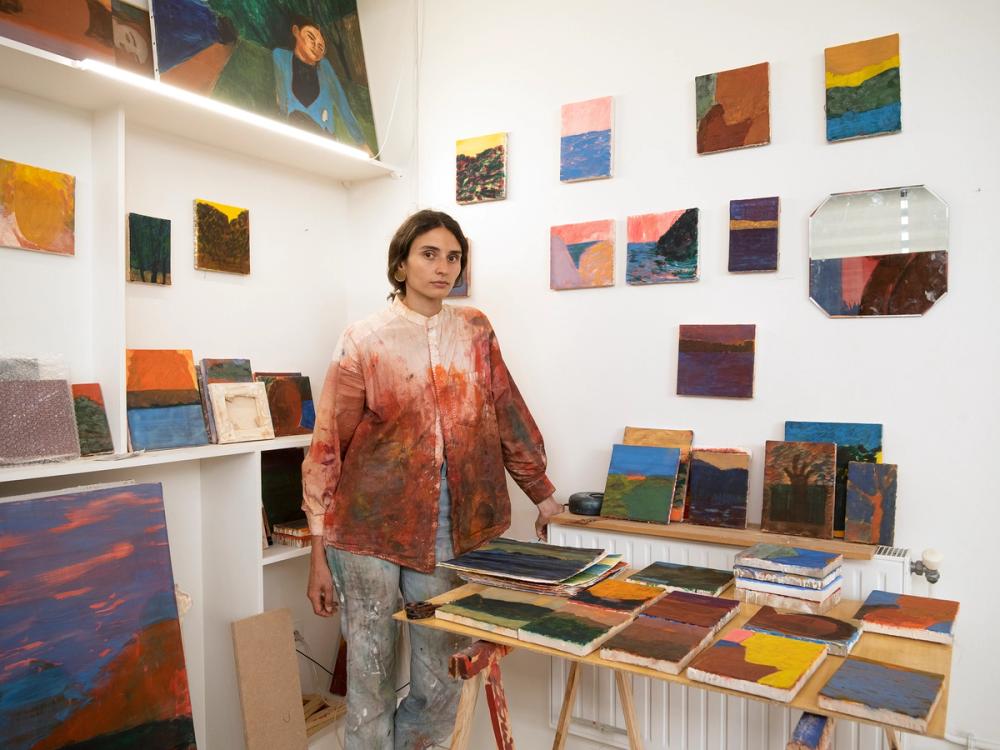
Christine Safa (b. 1994 in Chesnay, France) paints life in motion, rendering sites traversed as a series metaphysical notations felt and collected by the body. The French-Lebanese artist frequently moves across the Mediterranean, between her home and studio outside of Paris and her family’s native city of Beirut. She captures the landscapes she passes through by distilling them into interconnected fragments, melding the intimacy of the land and the body, so that shoulders become mountains, or the horizon blends with her subject’s profile. In Safa’s words:
I see my paintings as tributes, fragments of memories, that which remains. That’s what I paint, what’s left. As I paint, I give birth to the silhouette, the shape of the ruins of memories which both greet and are the victims of time; which for me means my experience of these interior landscapes.
The tactile dimension that connects people and places, recalled with wistful longing, is achieved via her singular painting application and vivid colors. Her vibrant palette of pure pigments blended with oil are applied over a plaster-like mixture of marble dust and rabbit skin glue, simultaneously absorbing the paint’s sheen and bestowing her surfaces with weight and texture. These 15th-century Italian techniques allow the artist to reveal and obfuscate layered images, a process akin to the always flittering dimension of time remembered.
Safa received a master’s from the Ecole National Supérieure des Beaux-Arts, in 2018, where she honed her distinctive painting style. Two years later, she was invited to participate in Horizons at Lévy-Gorvy, an exhibition curated by Etel Adnan, a fellow French-Lebanese artist and poet. The exhibition included the likes of Simone Fattal, Adnan’s life partner, Ugo Rondinone, Joan Mitchell, and Agnes Martin, a cadre of artists who have continuously added to and questioned the record of time.
Following this introduction to her paintings, Safa has continued to pursue these key subjects, already presenting two solo museum exhibitions in Europe. At FRAC Auvergne in 2023, her exhibition De chair et de pierre (Of flesh and stone), brought together a selection of new paintings whose enlarged scale saw swathes of cerulean blues and softened teals congeal into night and seascapes. At ICA Milano in 2022 she presented Ce’ra l’acqua, ed io da sola (There was water, and me alone), her first presentation in Italy, connecting her paintings with her consistent references to Italy’s frescoes.
Last week, Safa won the Jean-François Prat Prize, where her work was presented to a jury by Jean-Marie Gallais, the curator of the Pinault Collection. Her paintings are on display at 53 Quay d’Orsay in France as part of the award. The same week, her first solo show in New York, at Bortolami Gallery, closed.
We welcome Safa to Bortolami’s program.
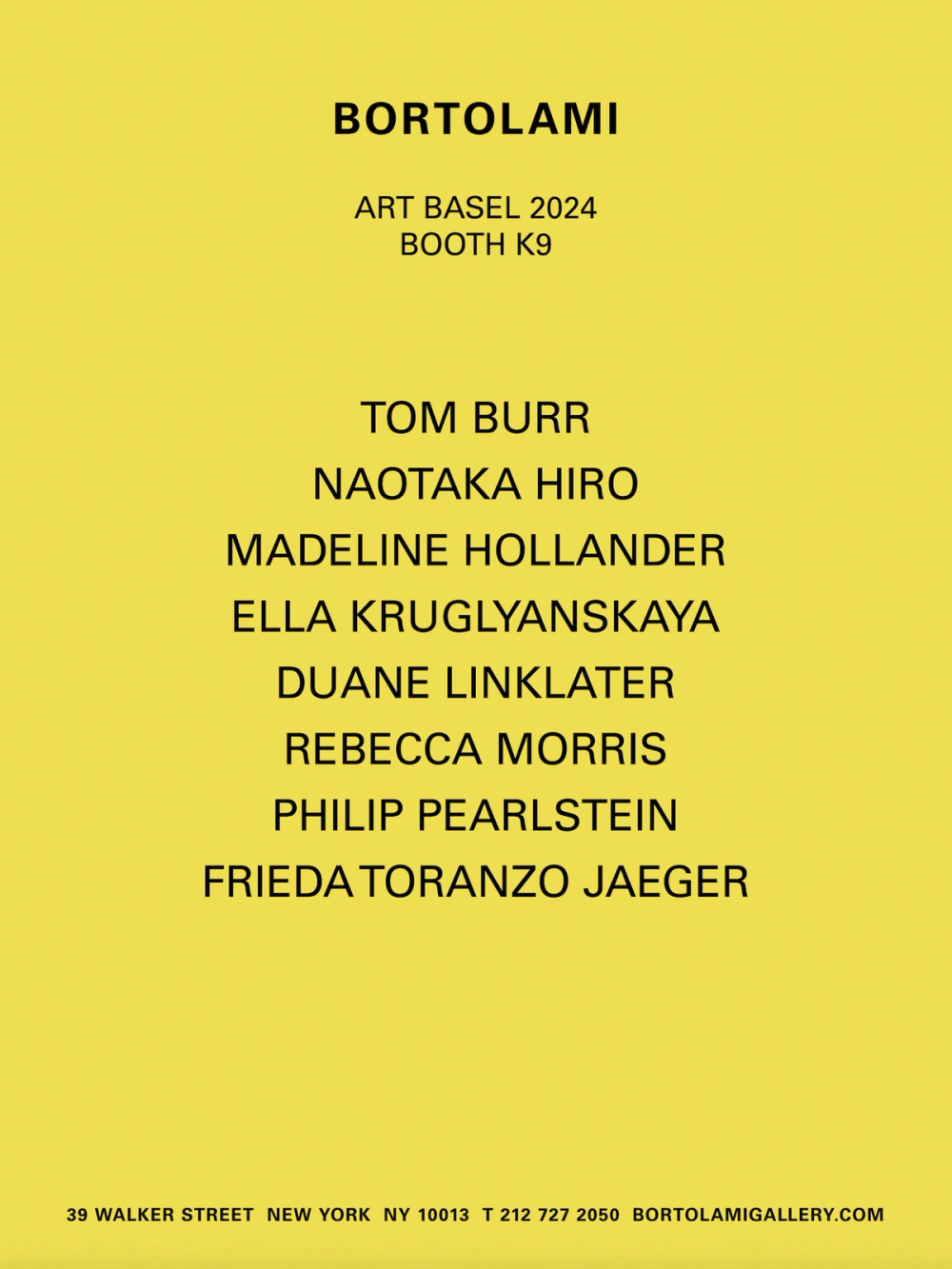
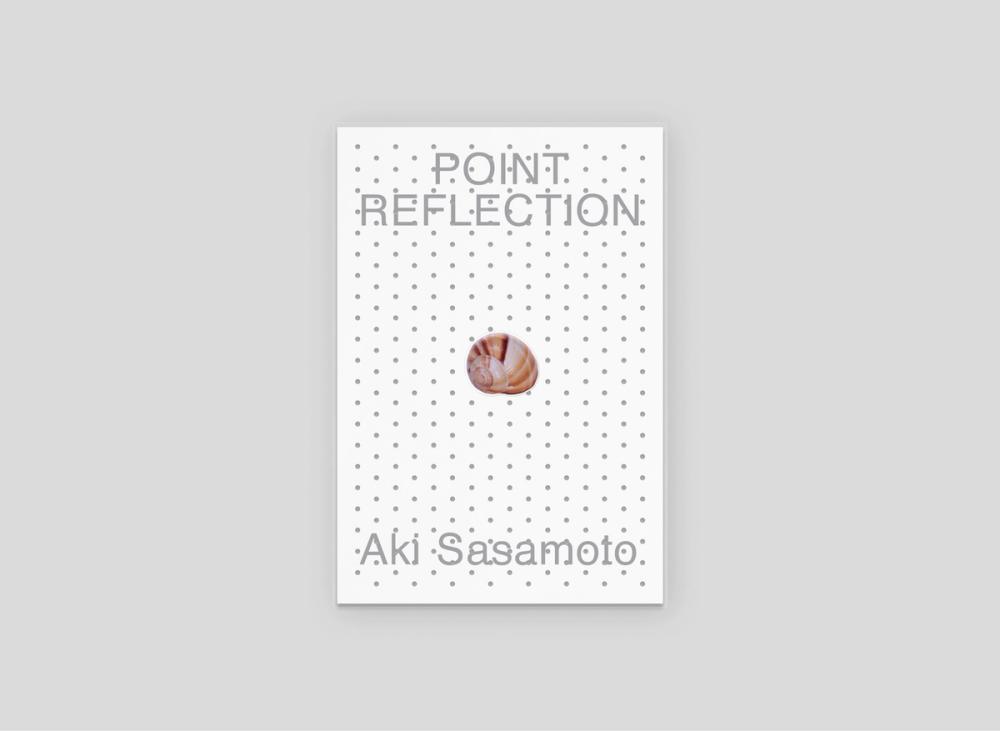
Join CARA on Thursday, May 9 for the launch of CARA's newest publication Aki Sasamoto: Point Reflection, co-published with Queens Museum. The launch will feature a conversation with artist Aki Sasamoto and contributors to the book Lumi Tan and Hitomi Iwasaki.
The first major volume devoted to the artist's work, Point Reflection combines the diagrammatic drawings, narrative experimentation, structured improvisations, and stream of consciousness monologues characteristic of Sasamoto’s performances and installations, with a critical essay by Lumi Tan, interviews conducted by the artist with biologists Erynn Johnson and Masaki Hoso, and an afterword by Queens Museum curator, Hitomi Iwasaki.

In a spirit of cooperation, six midsize art galleries are extending their reach beyond Manhattan with the purchase of a sprawling abandoned school in Columbia County, N.Y., that will be inaugurated as a new exhibition platform called the Campus on June 29.
The galleries Bortolami, James Cohan, Kaufmann Repetto, Anton Kern, Andrew Kreps and Kurimanzutto pooled their resources to buy the low-slung 78,000-square-foot Ockawamick School and its surrounding 22 acres in Claverack.
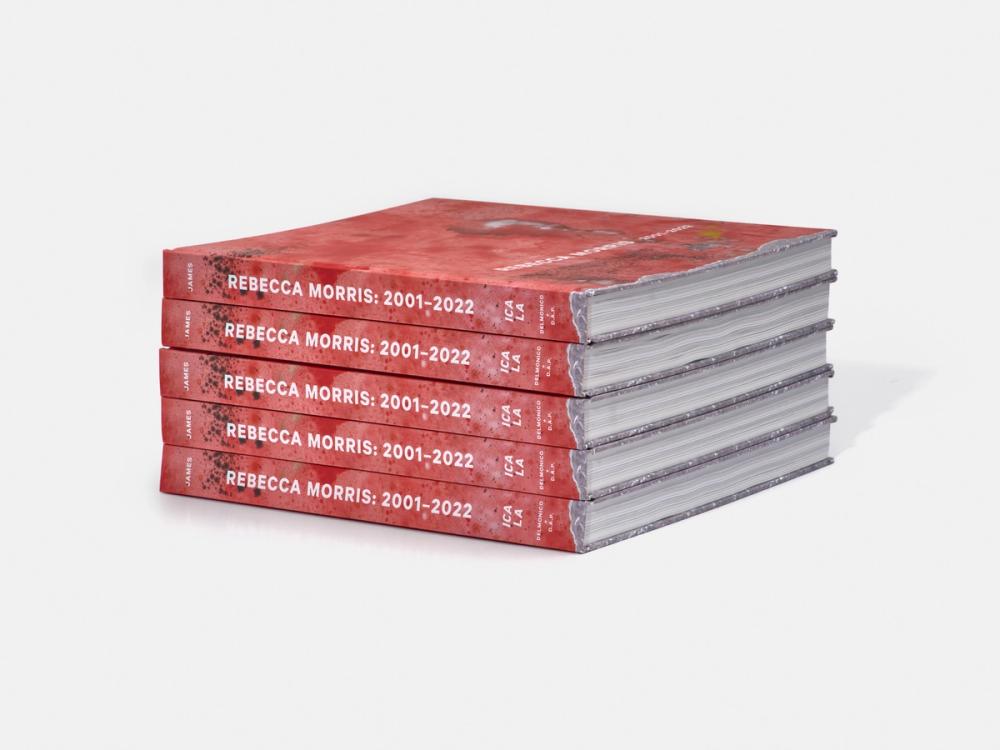
Join Rebecca Morris at ICA LA for a launch party for her new catalogue Rebecca Morris: 2001-2022.
Copies of all catalogue will be available for purchase.
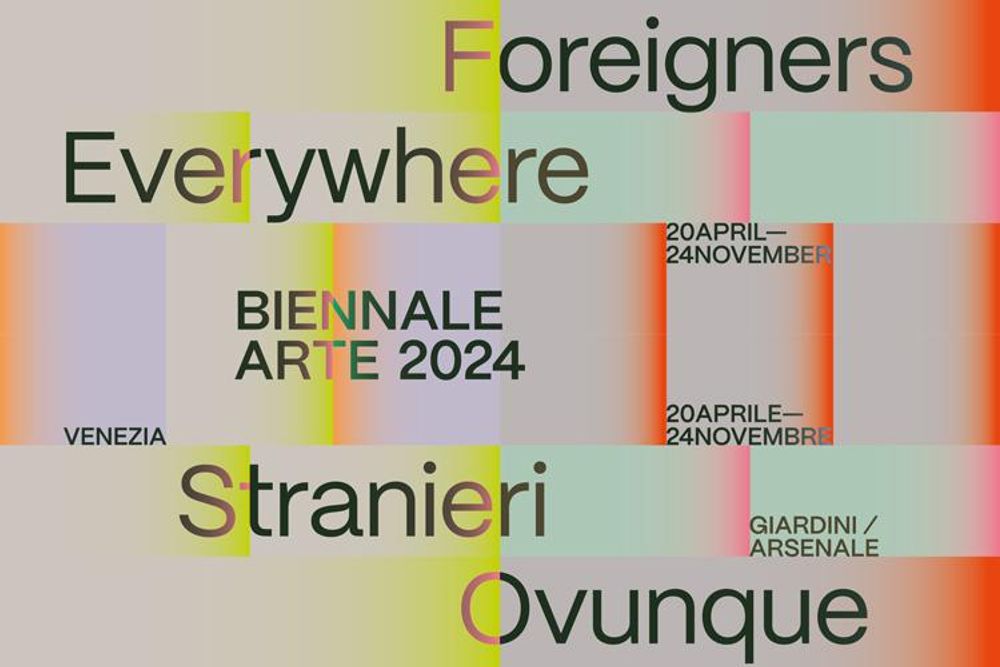
The 60th International Art Exhibition, titled Stranieri Ovunque – Foreigners Everywhere, will open to the public from Saturday April 20 to Sunday November 24, 2024, at the Giardini and the Arsenale; it will be curated by Adriano Pedrosa and organised by La Biennale di Venezia. The pre-opening will take place on April 17, 18 and 19; the awards ceremony and inauguration will be held on 20 April 2024.
Since 2021, La Biennale di Venezia launched a plan to reconsider all of its activities in light of recognized and consolidated principles of environmental sustainability. For the year 2024, the goal is to extend the achievement of “carbon neutrality” certification, which was obtained in 2023 for La Biennale’s scheduled activities: the 80th Venice International Film Festival, the Theatre, Music and Dance Festivals and, in particular, the 18th International Architecture Exhibition which was the first major Exhibition in this discipline to test in the field a tangible process for achieving carbon neutrality – while furthermore itself reflecting upon the themes of decolonisation and decarbonisation.
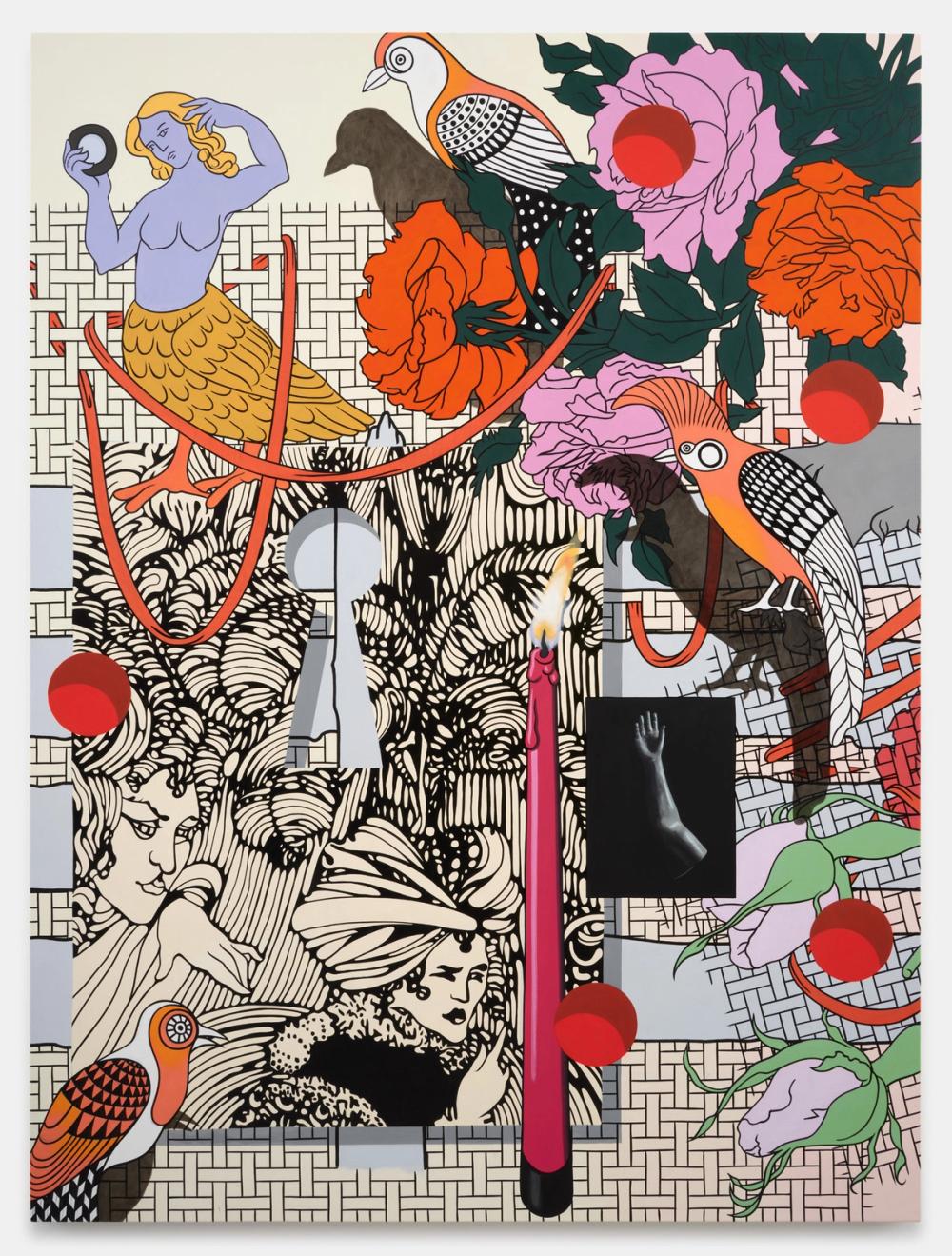
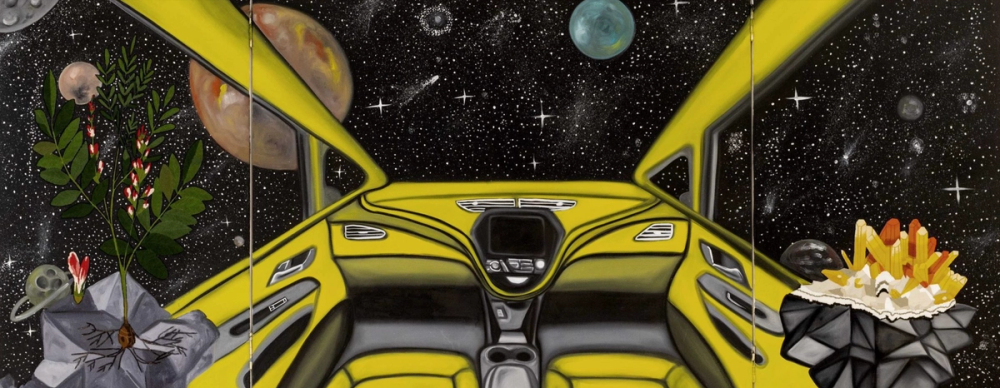
Toranzo Jaeger’s work uses pre-Columbian Mexican embroidery techniques to disrupt familiar motifs of well-known western artworks as a way of proposing an existence outside of structural systems of control. Using recurring imagery of queer love making, lush tropical greenery and brightly coloured flora, intermixed with symbols of corporate power – the car, the engine, and the spacecraft – she invites us to think critically about the potential for an alternative future beyond colonialism and hyper capitalism.
This exhibition is the first UK solo institutional presentation of new and recent works by the Mexico City-based artist.

Please join us at 39 Walker for a conversation between Eric Fischl, Chloe Wise and Sheri Pasquarella on the work and legacy of Philip Pearlstein. The event coincides with Pearlstein’s upcoming exhibition 'Figures, props, objects and other things', opening 8 March at 39 Walker.
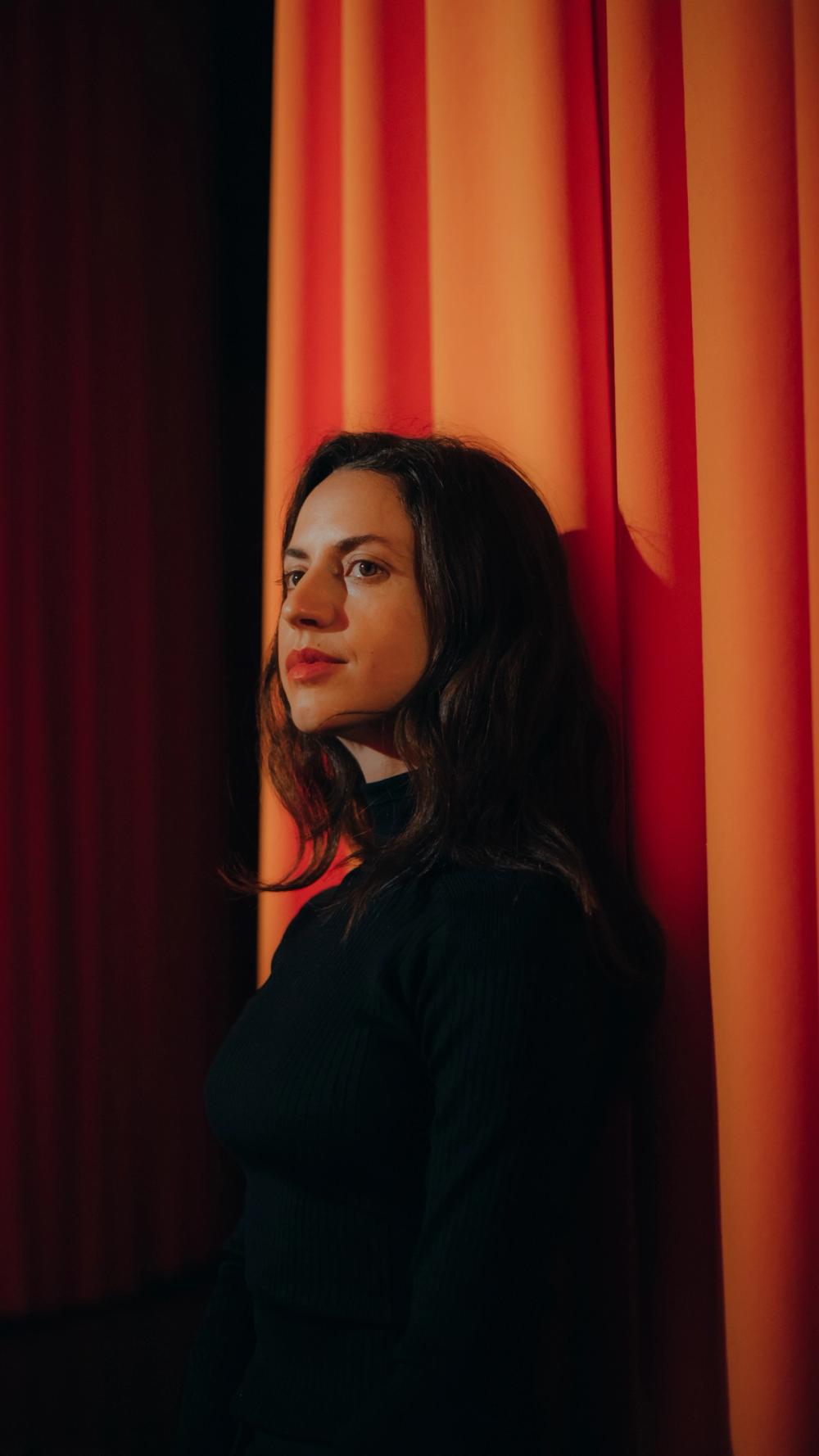
Each performance will loop continuously; visitors are invited to come and go as they please. This event is free and open to the public. No registration or RSVP is required.
Crowner’s site-specific piece, Platform (Stretched Pentagons), makes use of a distinct shape known as the 15th monohedral convex pentagonal type, so named because its unique combination of side lengths and angles make it one of fifteen variations of the pentagon shape that can be arranged to tile a flat plane. Inspired by these tessellated forms, Hollander reads the tile arrangement as a notational script to create choreographed patterns that unfold in quintuple time. The piece, Pentagon Dance, composed of 5 dancers, will use intricate footwork to present the geometric rules guiding this pentagonal shape that will continue to resonate up through the dancer’ torsos, limbs and hands.
Dancers: Eloise Deluca, Marielis Garcia, Miguel Angel Guzman, Lauren Newman, Vinicius Silva
Initially trained as a ballet dancer, Madeline Hollander (b. 1986, Los Angeles) studied cultural anthropology and visual arts at Barnard College (BA) and Bard College (MFA), New York. Solo exhibitions of her work have been mounted at the Whitney Museum of American Art (2021); the University of Texas at Austin, Visual Arts Center (2020); Bortolami Gallery, New York (2020); The Artist’s Institute, New York (2018). Her work has been exhibited at The Metropolitan Museum of Art, New York, (2023); Brandhorst Museum, Munich, Germany (2022); Performa Biennial, New York (2021); The Aldrich Museum, Connecticut (2020); the Whitney Biennial curated by Rujeko Hockley and Jane Panetta (2019), Helsinki Contemporary, Finland (2019), the Work Marathon Festival at the Serpentine Galleries in London (2018), and Centre Pompidou Metz, France (2019). As a choreographer, Hollander’s pieces have been performed at the Joyce, New York; The Théâtre des Champs-Elysées, Paris, and Louvre Abu Dhabi with the Los Angeles Dance Project, and she has collaborated with Jordan Peele on his feature film Us (2019) and Urs Fisher’s immersive installation PLAY at Gagosian, New York (2019) and Jeffrey Deitch, Los Angeles, CA (2019).
Portrait of Hollander by Sasha Arutyunova.
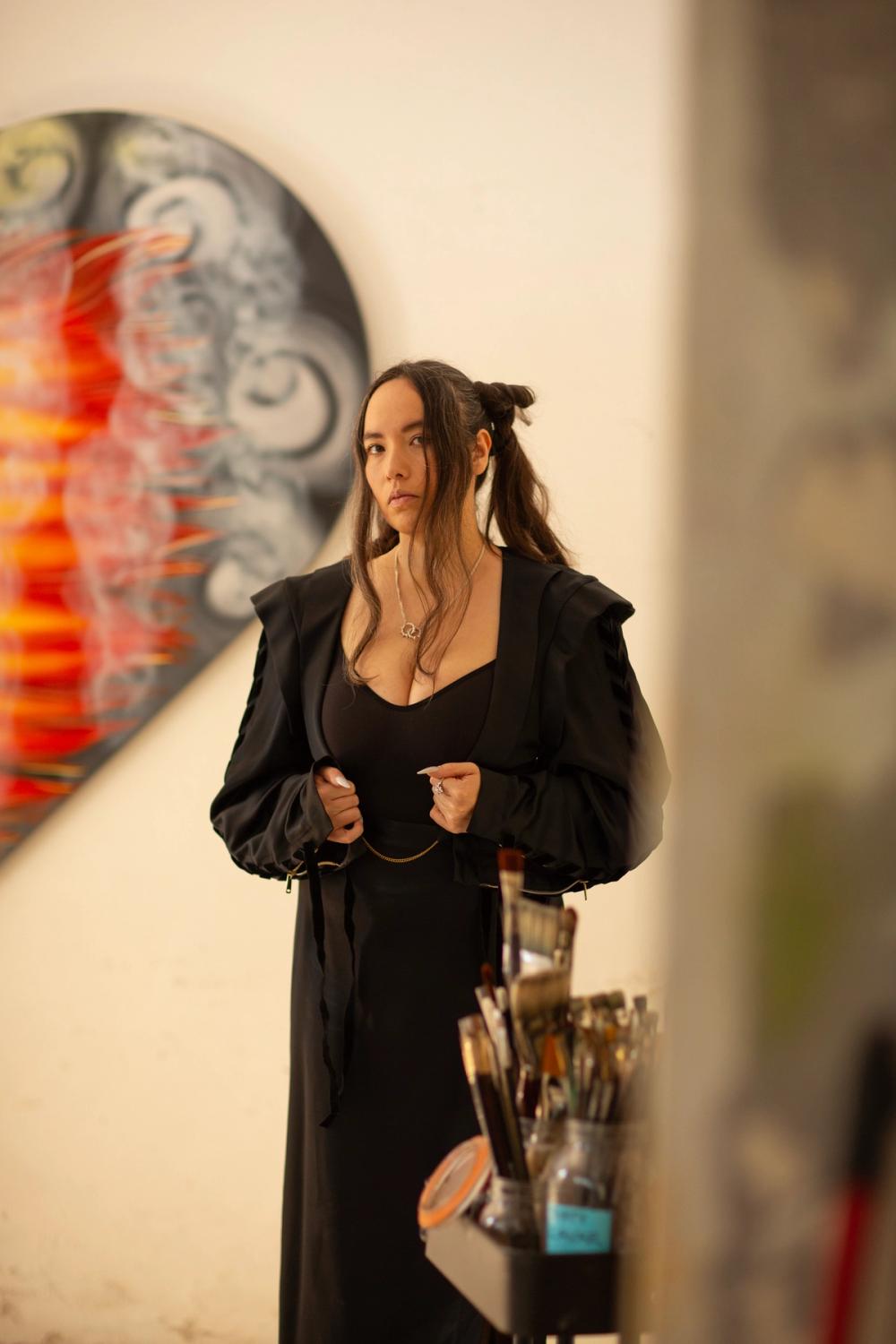
Frieda Toranzo Jaeger paints under the long shadow of art history, all the while propelling us towards a yet-to-be-determined future. Iconographically rich, her subjects and scenes are often lifted directly from 14th and 15th century European paintings—from bacchanal gatherings to female figures in lush regalia. They repopulate Toranzo Jaeger’s tableaus once cloaked in a new embellishment, often literally ornamented with eyelets, jewels, and embroidery deftly woven by the artist’s family, and afforded new possibilities for queer desire, unthwarted by colonial strategies.
Automobiles figure as prominently as spaceships, machinery is embedded into her compositions like engines driving forward her layered narratives. Toranzo Jaeger’s paintings are frequently modular, and her adjoined canvases invite us not simply to look; they beckon our physical entry into dense realms, hinging open and scaled proportionally to our bodies. Winged paintings resemble books or altars—texts necessitating investigative scanning, so that the time of viewing recalls the unhurried pace of making.
In 2021, Toranzo Jaeger was commissioned to occupy the rotunda of the Baltimore Museum of Art. The resultant work The Perpetual Sense of Redness, is an epic polygonic construct wherein each side elaborates a new proposition in world-building. Of this novel form, Toranzo Jaeger says, “I am borrowing pre-Colombian compositions, which are often round and expand from the center. So it is more of a cosmology of different interior worlds, places where we dream.”
The following year, in 2022, Toranzo Jaeger was awarded the Finkenwerder Prize for recent graduates at her alma mater, Hochschule für Bildende Künste (HFBK) in Hamburg, where she studied under Jutta Koether. “I came to understand the power of painting from the women who taught me: instead of wanting recognition from the male critics of their generation, they created their own system of critique and validation, which was so inspiring.”
This past year, MoMA PS1 hosted Toranzo Jaeger’s first institutional solo show in New York, Autonomous Drive. The exhibition, curated by Ruba Katrib, Curator & Director of Curatorial Affairs at MoMA PS1, brought together over a dozen recent paintings, along with three new commissions. Examining her recurring themes of western advancement, from origin myths to technological feats, Toranzo Jaeger’s paintings put into question our investment in linear drives, accelerating instead in multilateral direction.
Frieda Toranzo Jaeger (b. 1988, Mexico City) lives and works in Mexico City. Following a BA in Fine Art at the Hochschule für Bildende Künste (HFBK) in Hamburg, Toranzo Jaeger pursued an MFA at the same institution. Her work was the subject of a recent solo survey exhibition at MoMA PS1, Queens. She has had solo exhibitions at the HFBK, Hamburg; Baltimore Museum of Art, Baltimore; Galerie Barbara Weiss, Berlin; and Reena Spaulings, New York. Her work has recently been included in exhibitions at National Gallery of Victoria, Melbourne; BALTIC, Gateshead, United Kingdom; Frac Lorraine, Metz, France; KW Institute for Contemporary Art, Berlin; and MoMA Warsaw, Poland. A major installation by Toranzo Jaeger was recently acquired by the Hammer Museum, Los Angeles. In 2024, Toranzo Jaeger will be included in La Biennale di Venezia, Foreigners Everywhere, the 60th International Art Exhibition, curated by Adriano Pedrosa. Her first European solo museum exhibition will open at Modern Art Oxford in March.
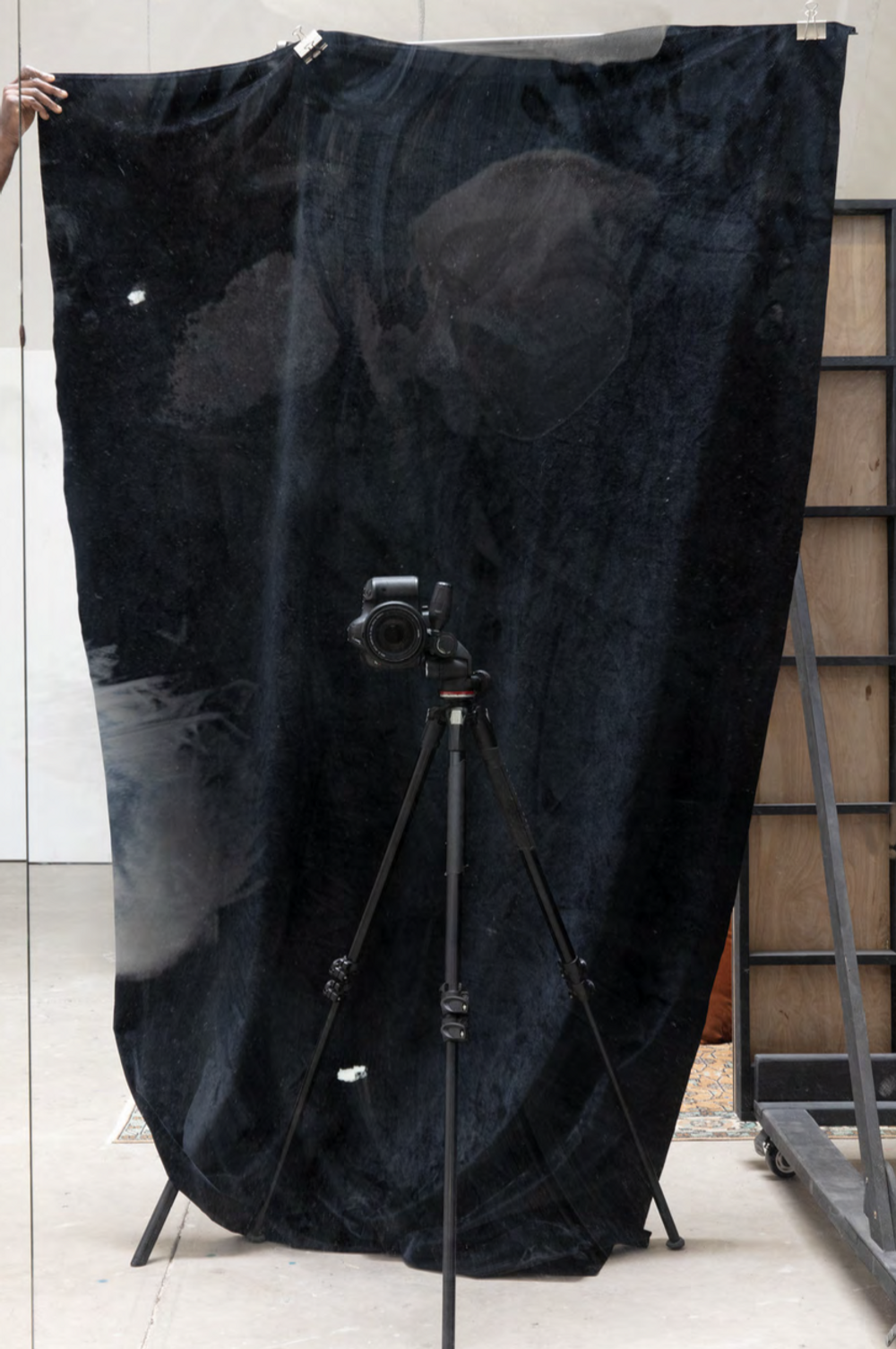
In Spring 2024, Nottingham Contemporary will present a major monographic exhibition by the Los Angeles-based artist, Paul Mpagi Sepuya (b.1982, United States). The exhibition will be the first institutional presentation of Sepuya’s work in the UK, bringing together more than 40 works across almost 400 square metres of gallery space.
Sepuya is best known for his intimate studio portraits that explore the relationships between camera, subject and viewer. His photographs are not only images of desire, but also images about the making of images. The people present throughout his photographs are friends, lovers and members of the artist’s queer and creative communities. Sepuya himself is often present in his work, glimpses of his body appearing in reflections or from outside the frame. Generally, these glimpses intentionally highlight him as the maker of the images, positioning the camera or releasing the shutter. The recurring use of mirrors is both practical and symbolic, both as a tool to hold and layer fragments of images, and as a means to deny the direct gaze of the viewer’s eye.
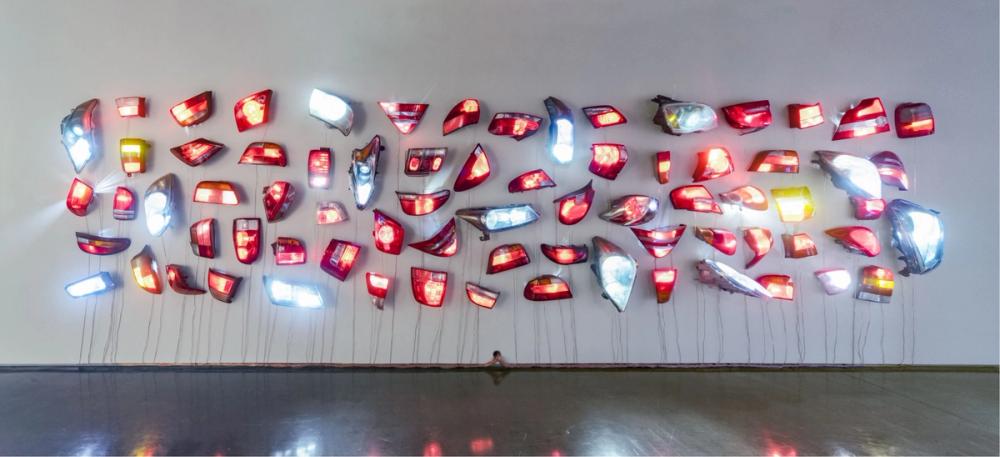
This exhibition of digital and new media artworks from the Carl & Marilynn Thoma Foundation features artists’ pioneering approaches to artificial intelligence, machine learning, real-time software, custom algorithms, and virtual environments and how these reflect our interaction with the natural environment.
Artists include, Gary Hill, Madeline Hollander, Leo Villareal, Saya Woolfalk, Carla Gannis and several others.
This exhibition is organized by the Carl & Marilynn Thoma Foundation.

Lena Henke, P7340LH Owner’s Manual Model ‘82/2023 publication launch
On the occasion of her current solo exhibition at the MARTa Museum in Herford, Germany, Lena Henke has produced a catalogue designed together with Studio Sandra Doeller and published by Spector Books. Sharing its title with a new site-specific installation conceived specifically for the museum that reinterprets the “Kitchen for the Man”, a 2007 design collaboration between the German kitchen manufacturer Poggenpohl and Porsche Design. The publication charts the research behind Henke’s new installation, engaging with themes of nostalgia, domesticity and the production of power-relations in urban space. With texts by Kathleen Rahn and Hiji Nam.
The publication is available in 800 copies and can be purchased via the museum and Spector Books.
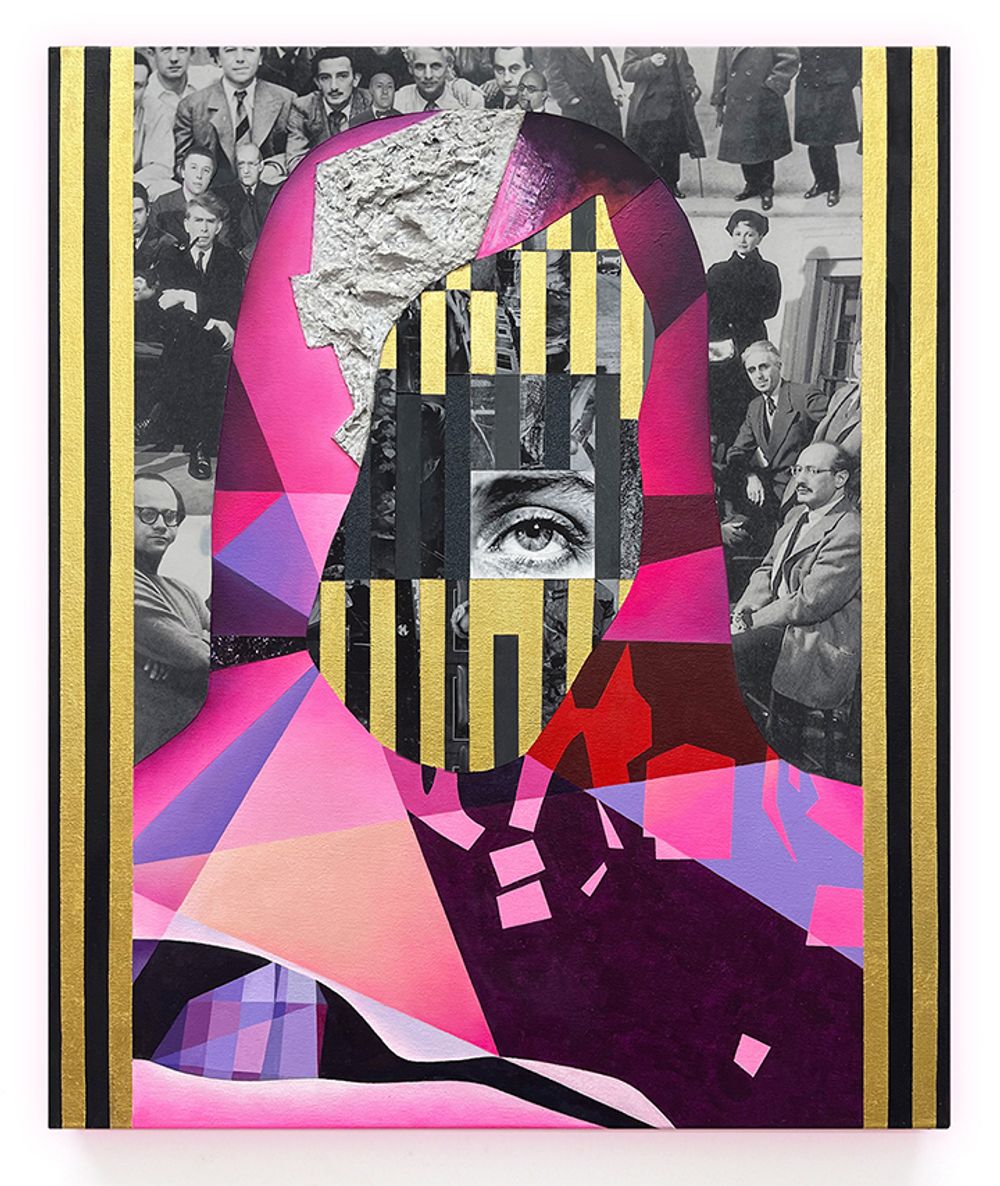
To open one’s eyes to the world is to bear witness. Lee Miller was initially a fashion model who first graced the cover of Vogue in 1927 and represented the new “modern look” for women during a relatively liberal period of economic prosperity in the United States. In the following years, she became both a muse and collaborator to the American and European Surrealist avant-garde, as well as an underrecognized collaborator and producer of their work, all while developing her own oeuvre. After a difficult break up, Man Ray used an image of her eye in his piece Object of Destruction (1932), a metronome readymade that opened itself to violence should the ticking sound become too overbearing.
The turbulence of WWII opened Miller’s eyes to the political turmoil of the greater world around her, inspiring her to pick up a camera and bear witness as a war photographer for numerous publications and the United States army. Miller’s eye, now channeled through the work of Anna Ostoya, is appropriated not as nostalgic reflection on the past, but as a catalyst for a feminist recuperation of the future. Here, her gaze is employed to parse the past within the long durée of sexism, modernity, and “genius” in the West.
At Rubin & Chapelle’s New York flagship store, Lee once again inhabits the world of fashion. However, now she gazes out towards the Marcel Breuer building on Madison Avenue, a stark modernist and brutalist contrast to the sparkling boutiques of the Upper East Side, and a nod to her experimental legacy. This exhibition features four works by Ostoya in heterogenous media which radiate out from the gaze of Miller’s blinking eye: an animation, a photomontage, a print, and a mixed-media painting. Ostoya’s painting Lee (2023) derives from her photomontage featured on the cover of her 2021 book with political theorist Chantal Mouffe, Politics & Passions, in which the two discuss agonism (a political and social theory that emphasizes the potentially positive aspects of certain forms of conflict) and the political possibilities of art under neoliberalism. Lee is an abstract portrait from a series of subway sketches of New Yorkers interwoven among reproductions of the artist’s past works. Clues to identify the individual in the foreground are purposefully withheld, opening different possible perspectives and positionalities. This allows one to view the portrait as anti-essentialist or deterministic given the multiplicity of possible subjectivities. The central portrait stands in stark contrast to the figures in the background of the painting, photographic reproductions of stuffy suits, kingmakers of the avant-garde and Miller’s peers including Man Ray, Jean Arp, and Max Ernst. This background is seen again in the photomontage The Tradition of Intensity and Force (2011), whereas Miller’s eye is seen again in the animation Lee in Motion (2022) and small print Indestructible Lee (2023).
Ostoya often returns to her past works and challenges the linear structure of history through appropriation in order to develop a kind of anti-modern newness. She repositions the avant-garde past as something rooted in social materiality, such as the eye of Lee Miller as both an object of violence and a subject bearing witness, thereby moving away from pastiche and complicating a singular or master genealogy. While we are all informed by history and our past, this should not foreclose the progressive possibilities of our future.
***
Born in Krakow in 1978, Anna Ostoya has lived in New York since 2008. Her work spans multiple aesthetic traditions and includes painting, collage, photomontage; at times text and objects. She is mostly known for her geometrically fractured paintings, textured collages and photomontages of look-alike found images.
Ostoya attended the Whitney Independent Study Program in New York, the Städelschule in Frankfurt/M and the Parsons School of Art and Design in Paris. Her book collaborations include Polish Rider (MACK 2018) with Ben Lerner and Politics and Passions (MACK, 2021) with Chantal Mouffe. Her work has been shown, among others, at Kunsthaus Baselland (2019), Zacheta National Gallery, Warsaw (2017, solo), Tate St. Ives (2015), Lyon Biennial (2015), La Kunsthalle Mulhouse (2013, solo), Museum of Modern Art in New York(2013), CCS Kronika, Bytom (2010, solo), The Power Plant Toronto (2011), Lisson Gallery in London (2009) and Manifesta 7 Rovereto (2008). It is part of collections including the Museum of Modern Art in New York, Defares Collection, Dutch National Bank Collection, RISD Museum Collection, Gaby and Wilhelm Schürmann Foundation, De la Cruz Collection, Zacheta National Gallery and European Central Bank.
Partners Sonja Rubin and Kip Chapelle co-founded Rubin & Chapelle in 1997 and were among the first designers to establish retail presence in New York’s then burgeoning Meatpacking arts district in 2002. The designers have both been inducted into the Council of Fashion Designers of America and have received several awards and nominations from institutions including Fashion Group International, The Smithsonian, A Senatorial Citation, and the City of Vienna, Austria. Their collections have been exhibited in the MAK Museum in Vienna, Museum of Arts and Design in NYC, and The Museum of the Fashion Institute of Technology (FIT). Their garments can be found in the collections of the Chicago Arts Institute and the Museum FIT.
Rubin & Chapelle’s collaborations with living artists, R&C Projects, have been central to their creative ethos. In addition to staging exhibitions in their showroom and boutiques, R&C Projects invites artists to develop patterns and textile prints ad hoc. Artists who have been collaborators include Gregory Coates, Helga Davis, Berta Fischer, Mia Enell, Angelo Flaccavento, Axel Koschier, Edmundo de Marchena, Joseph Montgomery, Marcel Odenbach, Kottie Paloma, Hermes Payrhuber, Steven Rose, Aura Rosenberg, Semjon H.N. Semjon, Wolfgang Stiller, Kara Walker, Atalay Yavuz and more.
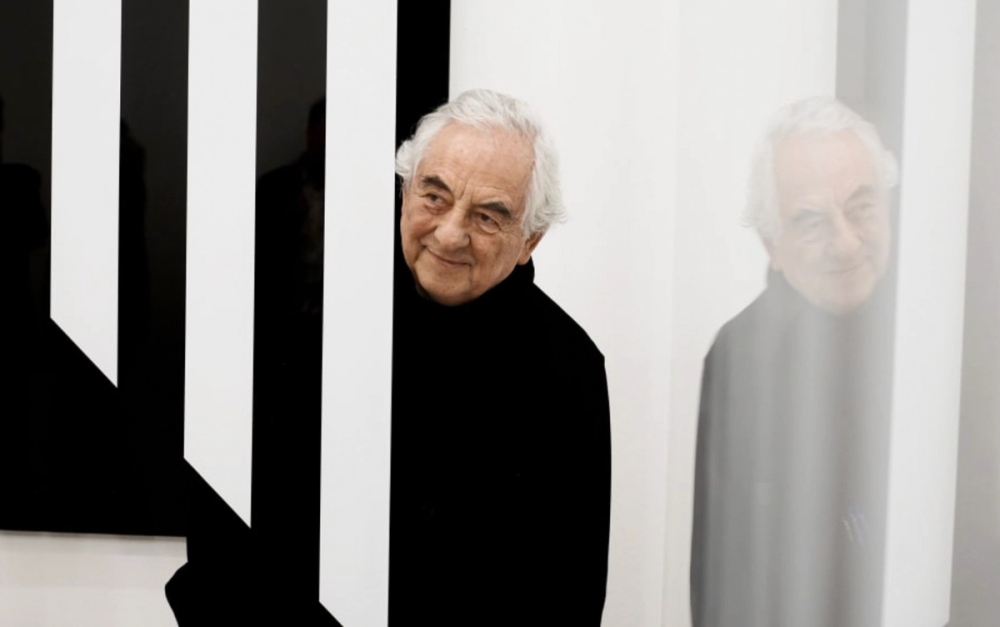
Opening hours: October 18 to 22, 2023, from 10am to 7pm; October 23 to 31, 2023, from 11am to 7pm
The 2023 exhibition in the museum spaces of the Palais d’Iéna brings together two artists who have had exceptional careers: Michelangelo Pistoletto (Biella, Italy, 1933) and Daniel Buren (Boulogne-Billancourt, France, 1938). Since the early 1960s, their work has been exhibited in major museums, institutions, and galleries around the world. The project, commissioned by the art historian Matthieu Poirier and supported by Galleria Continua, will be revealed at the public opening on October 17. An unprecedented dialog between the two artists, the exhibition will respond to the unique architecture of the Palais d’Iéna, designed by Auguste Perret in 1937. The art will play with the building’s angles, its large-scale spaces, the subtle polychrome of its exposed concrete, its exceptional luminosity, its urban surroundings, the interplay of perspectives and levels, and its complex symmetry. The historical themes brought into focus by the two artists seem to lent themselves to their work.
Students from the École du Louvre are available every day from October 18 to October 22, from 2pm to 5.30pm, to provide visitors with information.
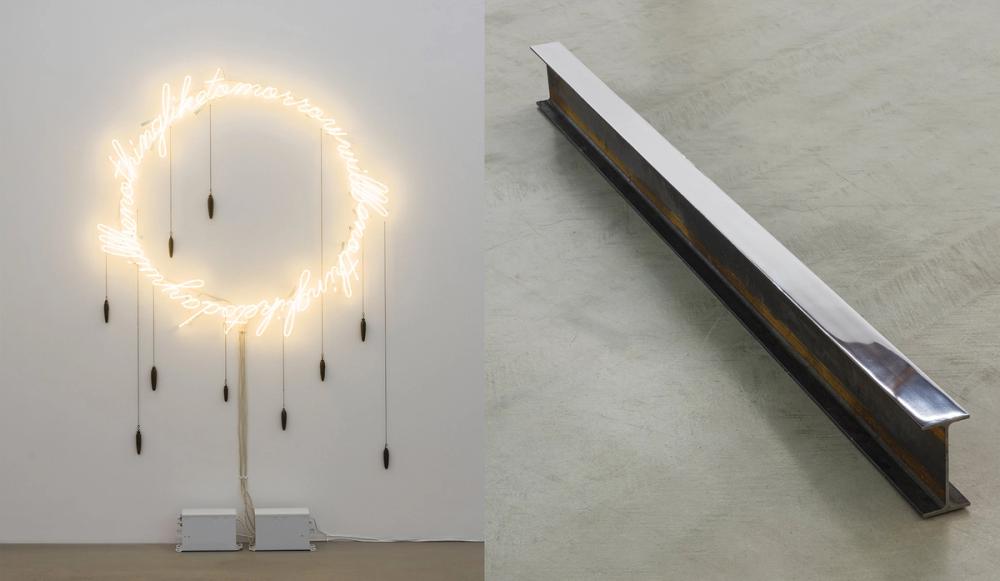
parrasch heijnen is pleased to present Keith Sonnier: Live in Your Head, a scholarly view of Sonnier’s oeuvre and his wide-ranging impact on generations of artists. This exhibition includes work by: Keith Sonnier, Mary Heilmann, Madeline Hollander, Ann Veronica Janssens, Terence Koh, Nabilah Nordin, Jessica Stockholder, Maya Stovall, and Kennedy Yanko.
Keith Sonnier: Live in Your Head presents a multigenerational selection of artists whose culturally and aesthetically diverse work is in dialogue with Sonnier’s pioneering vision. By rejecting boundaries and embracing unconventional materials and modes of visual expression, these select artists embody attitude as form. This exhibition builds upon Sonnier’s spirited embrace of creation and celebrates the evolution of his impact on contemporary art.

Named the Lida A. Orzeck ’68 Distinguished Artist-in-Residence for 2023 by Barnard College, Renée Green has organized a series of public events.
A rare opportunity to engage with Green's cinematic work and her ongoing exchanges with artists and peers, these events are free and open to the public.
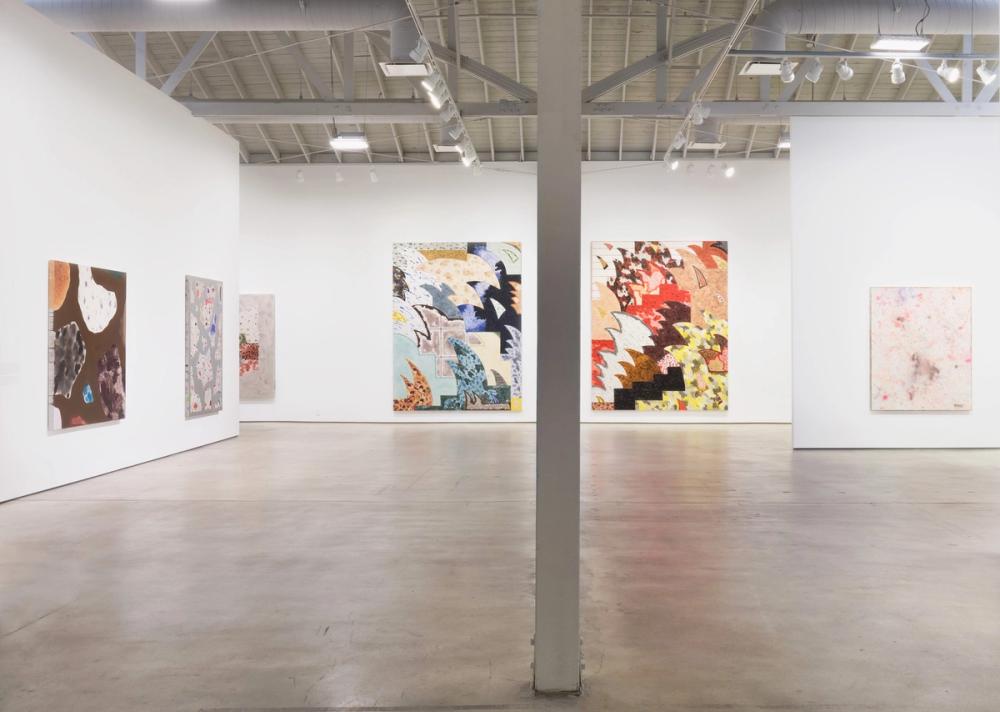
Rebecca Morris: 2001–2022 presents a 21-year survey of painter Rebecca Morris (b. 1969, Honolulu, HI; lives in Los Angeles, CA), an artist best known for her large-scale paintings and inventive approach to composition, color, and gesture. One of the most formidable painters working today, Morris’s practice demonstrates a rigorous commitment to experimentation and abstraction. This exhibition, which originated at the Institute of Contemporary Art, Los Angeles, marks the artist’s first major museum survey since 2005. This survey show will coincide with the release of the artist’s first major monograph, edited by the exhibition’s curator, Jamillah James.
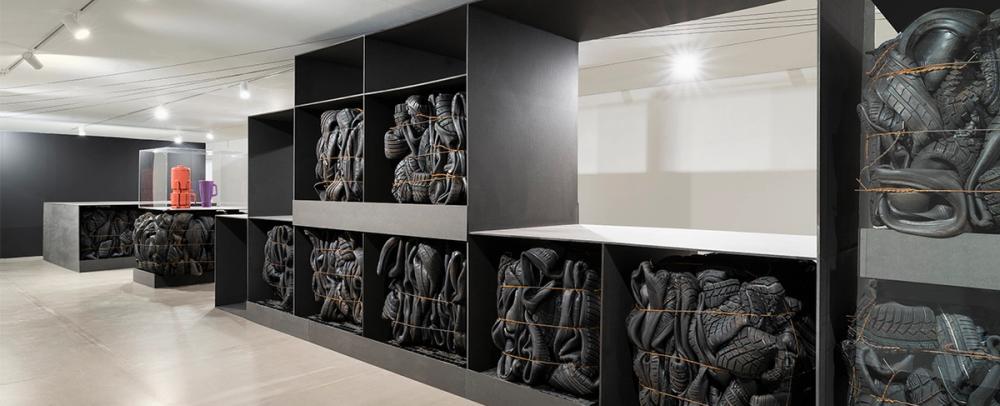
Lena Henke (born 1982 in Warburg, lives in New York and Berlin) is the fifth recipient of the Marta Prize of the Wemhöner Foundation. The internationally successful artist tests the conditions and possibilities of sculpture using technically innovative production processes. At the same time, she expands the meanings of traditional sculpture invoking questions about femininity and the production of power relations in urban space.
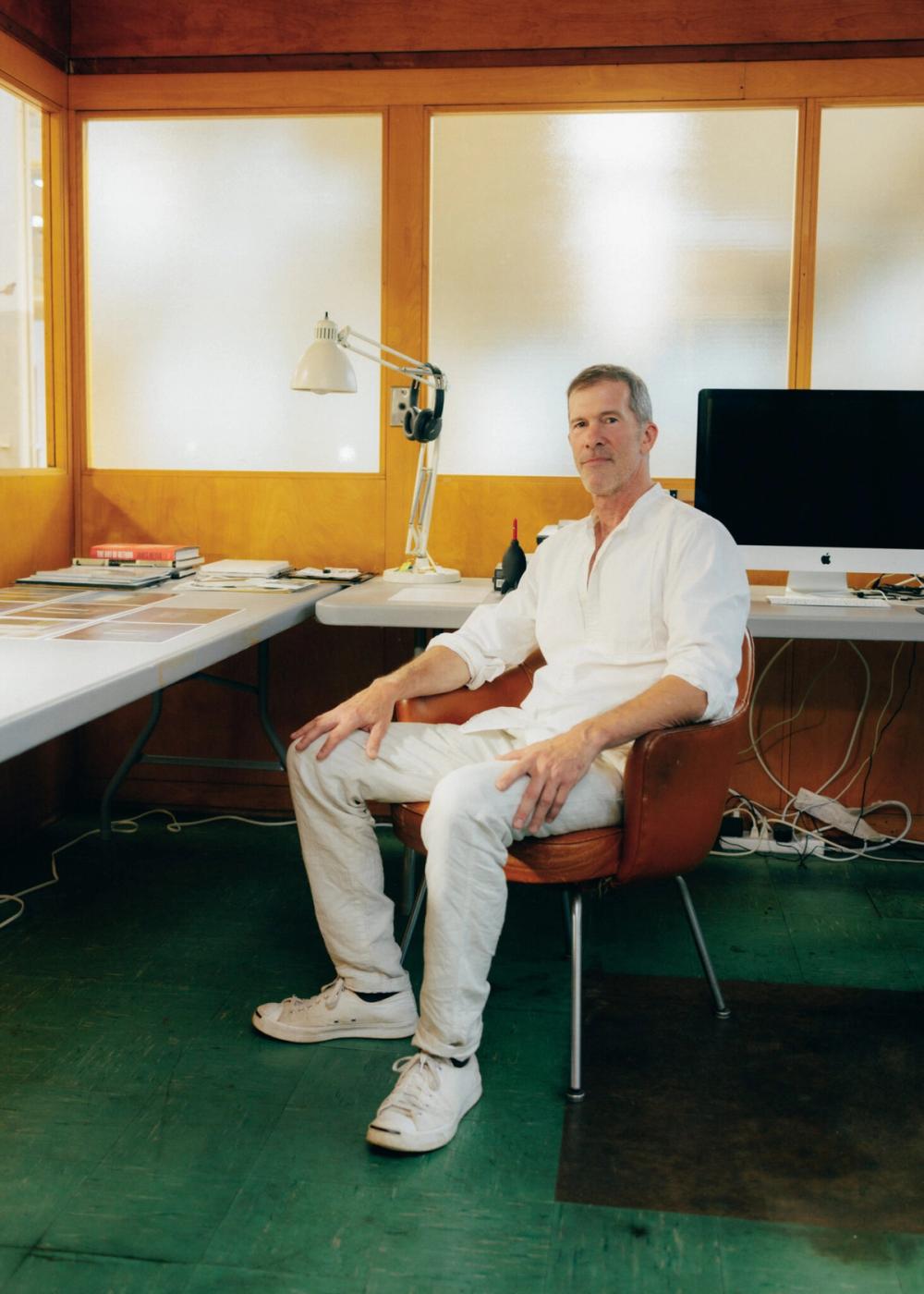
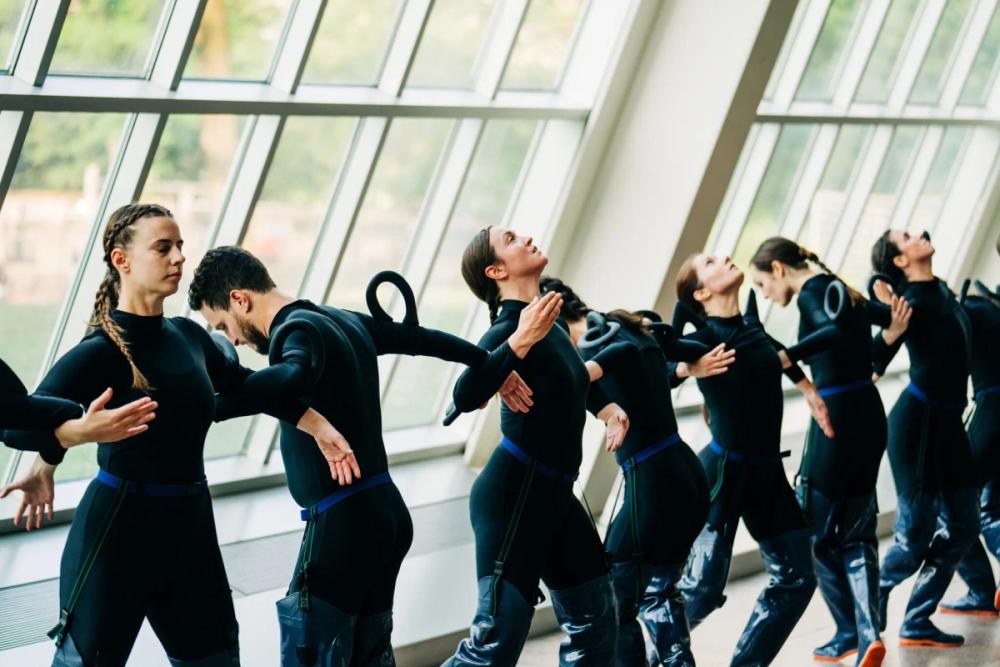
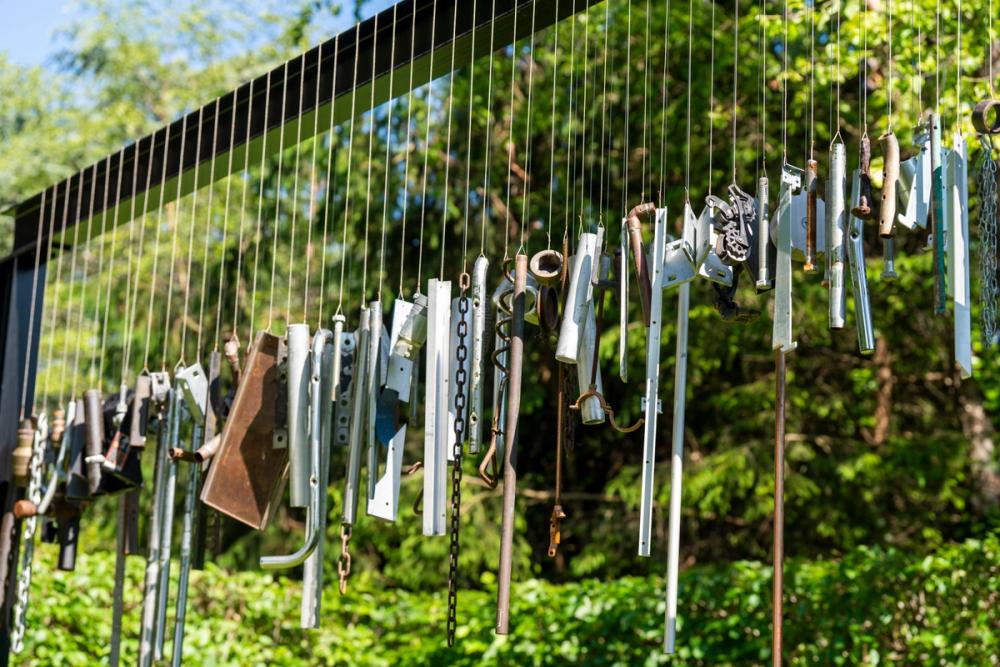
Landcraft Garden Foundation is pleased to announce that Virginia Overton is the subject of the 2023 season of Sculpture in the Garden at Landcraft Gardens in Mattituck, curated by Ugo Rondinone.
“Virginia Overton is to be applauded for bringing into the history of sculpture a unique sensibility, a haunting voice, and images of such incisive clarity that they can permanently alter your perceptions,” Rondinone said. “The work is bare, elegant, precise, funny, and grounded firmly in close observation of both the natural world and human psychology. She balances these often-startling juxtapositions with simple settings of straightforward found objects, making the complexity of her art a matter of depth and surface. What results is an environment with a state of being like a psychedelic garden where powerful objects attract, repel, and ultimately absorb all living things into their vivifying field.”
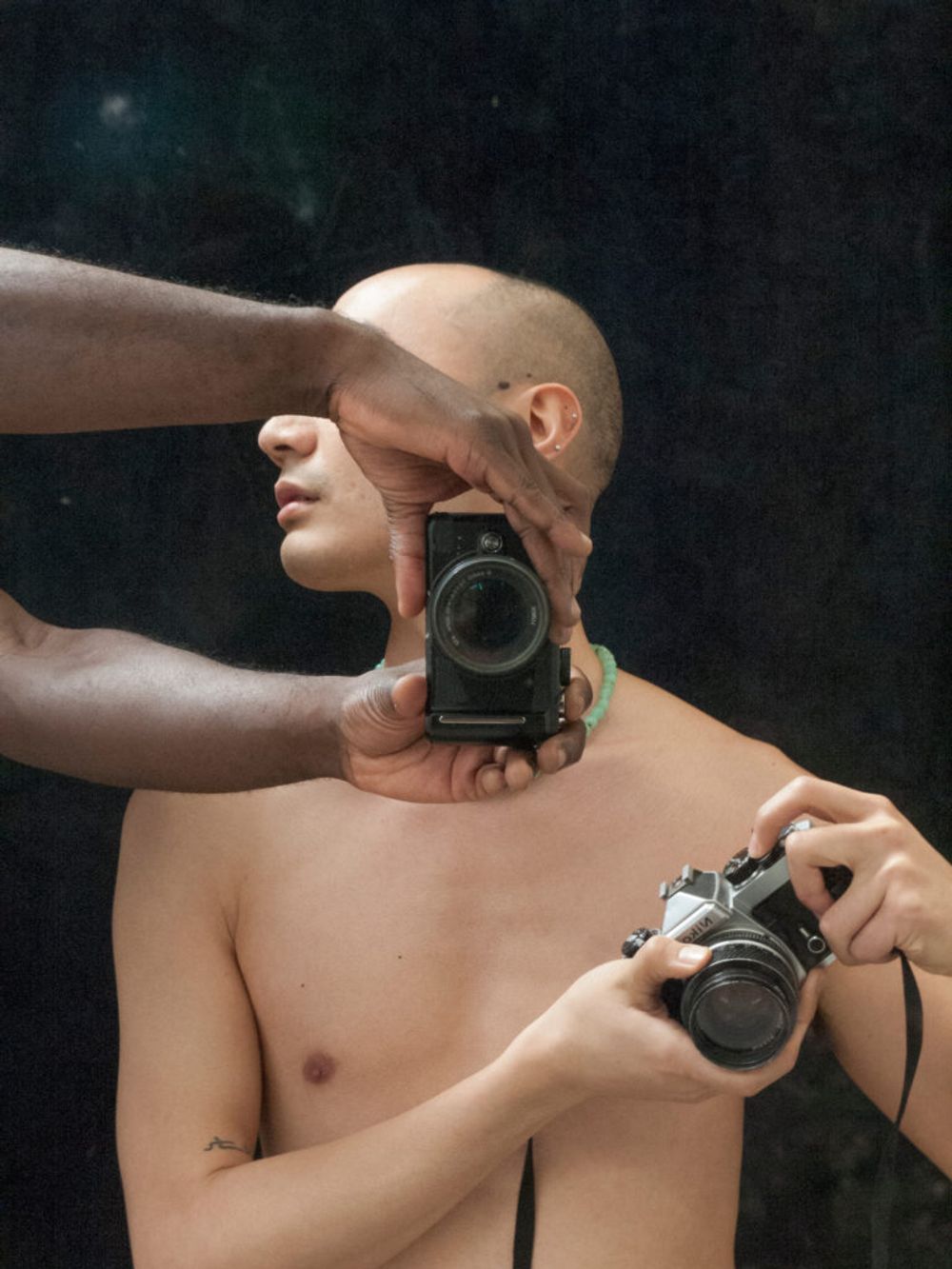
Kinship: Photography and Connection features six contemporary photographers who share a special affinity with their subjects. Relationships are fundamental to each artist’s practice, whether they are familial, platonic, romantic, cultural, or geographic in nature. In each case, the deep connection between the artist and their subject is elemental to the power of the resulting photographs.
For over twenty years, Alessandra Sanguinetti has photographed two cousins living in rural Argentina, exploring their relationship to each other and to the place where they live. In her series What She Said, Deanna Templeton pairs excerpts from her teenage diaries with photographs of young women whose grit and resilience she admires. Paul Mpagi Sepuya makes photographs of himself and his friends, exploring the construction of queer spaces and turning traditional modes of portraiture on its head. In his project Please Take off Your Shoes, Jarod Lew photographs other second generation Asian Americans navigating the gap between their own experience and those of their immigrant parents. The bonds shared between animals and humans figure prominently in the photographs Farah Al Qasimi has made in the United Arab Emirates, where she grew up. Unlike the other artists, Mercedes Dorame does not depict people; in her work included in the exhibition, her kinship connection is to her Gabrielino-Tongva ancestors and the land on which they lived.
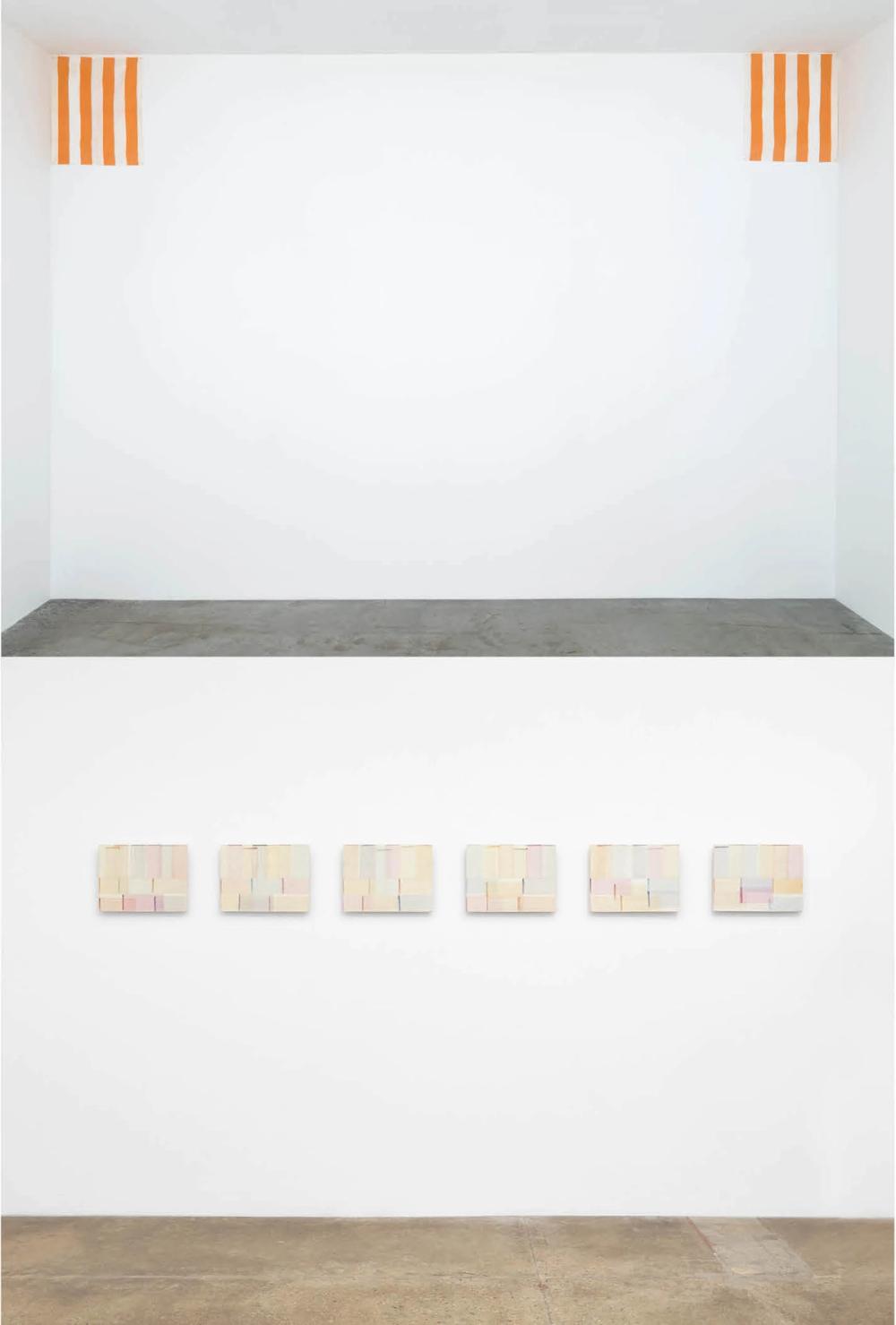
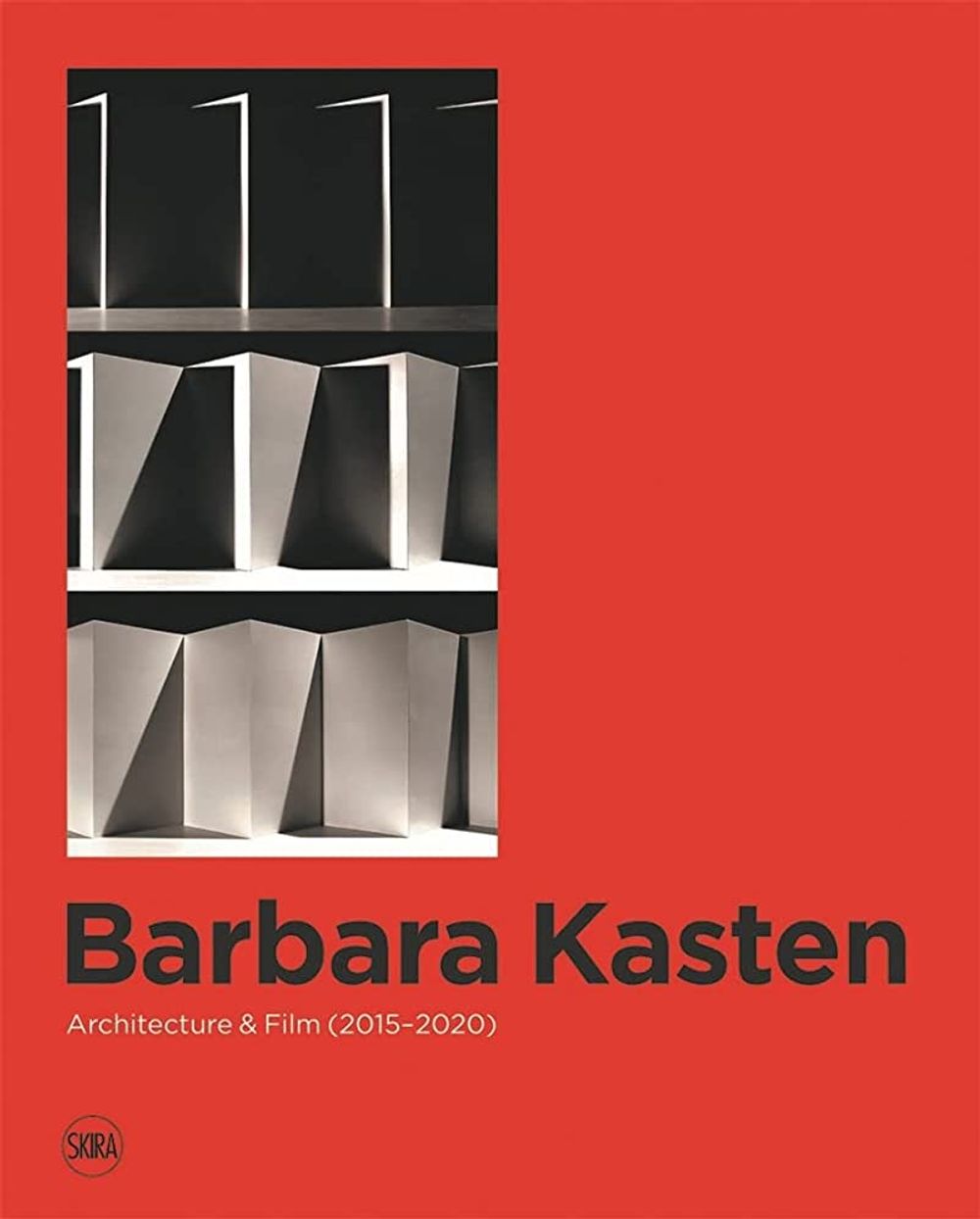
Bortolami is thrilled to announce the New York launch of Barbara Kasten’s most recent monograph, Barbara Kasten: Architecture & Film (2015–2020) at 6 pm on Thursday, April 27 on the third floor at Bortolami.
The event will feature a conversation between the artist and author Stephanie Cristello, facilitated by writer Taylor Dafoe. The conversation will be followed by a book signing and reception.
Barbara Kasten (b. 1936 in Chicago, Illinois) lives and works in Chicago. She received her BFA from the University of Arizona in 1959 and MFA from the California College of Arts and Crafts in 1970. Kasten’s practice centers around an exploration of the nature of perception and materiality. Her photographic output using both studio and natural lighting has been essential to the last decade of multi-disciplinary work in sculpture, video, installation, and public art. These works continue to examine an object’s presence within both illusionistic and real space. Forms--designated by shadow, color, and the space between objects--oscillate between representation and abstraction. Her work has been exhibited across the United States and Europe. Most recently, Kasten was the subject of a solo exhibition at the Kunstmuseum Wolfsburg, Germany, which traveled to Sammlung Goetz, Germany, and is open through April 2023.
Stephanie Cristello (b. 1991, Canada) is a contemporary art critic, curator, and author based in Chicago, IL. Her work focuses on artists who critically engage with the image and its role in visual culture. She graduated from the School of the Art Institute of Chicago in 2013 with a Liberal Arts Thesis in Visual Critical Studies. Cristello was previously the Senior Editor US for ArtSlant (2012–18) and the founding Editor-in-Chief of THE SEEN, Chicago’s International Journal of Contemporary & Modern Art (2013–20). Her writing has been published in ArtReview, BOMB Magazine, Elephant Magazine, Frieze Magazine, Mousse Magazine, OSMOS, and Portable Gray. Cristello served as the Artistic Director of EXPO CHICAGO (2013–2020) and is currently the Director / Curator at Chicago Manual Style (Chicago) and Curator-at-Large at Kasmin (New York).
Taylor Dafoe is a journalist and critic based in Brooklyn and Troy, New York. He works as a Features Writer at Artnet News, and his writing has also appeared in Afterimage, AnOther, BOMB, Cultured, and Interview, among other publications.
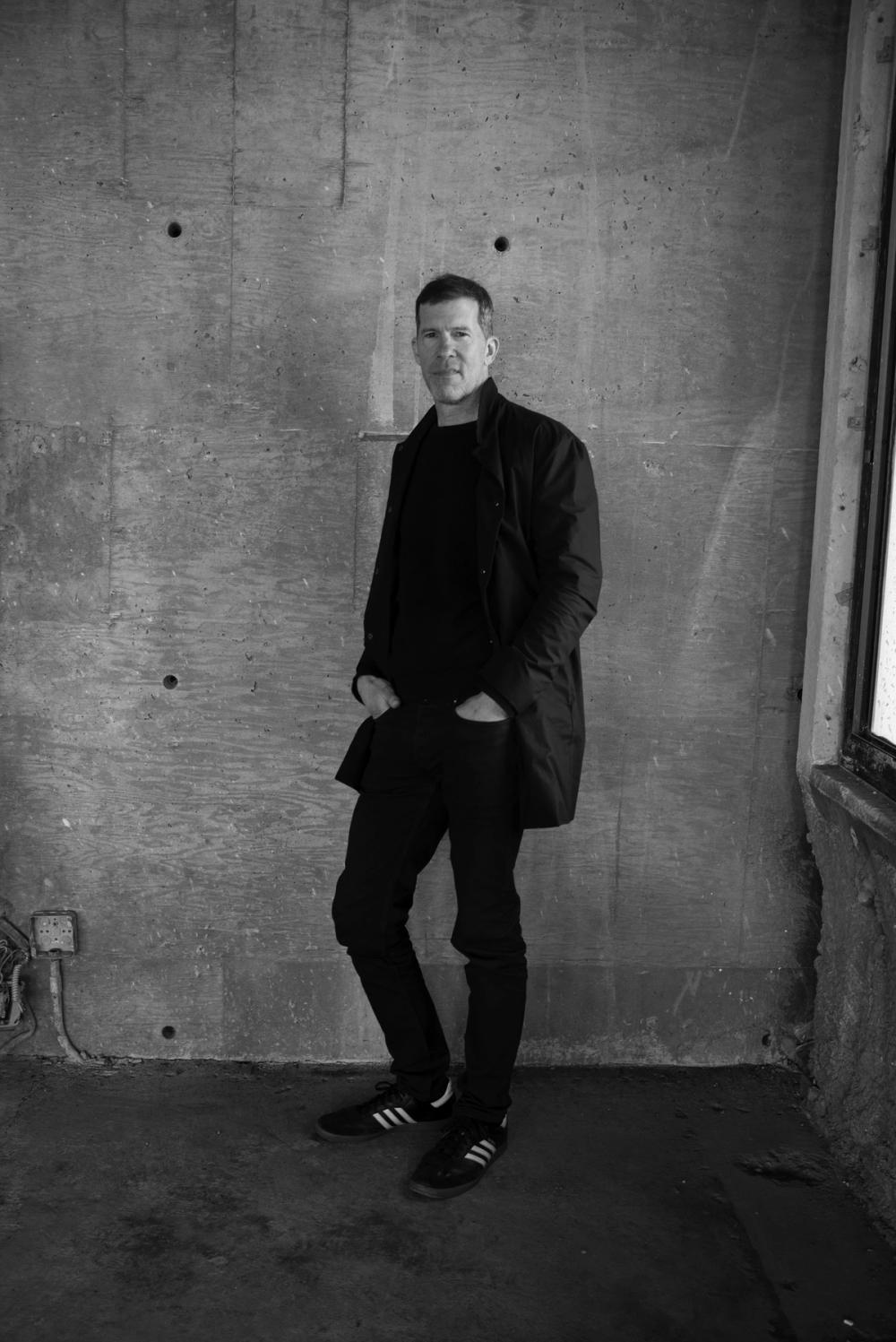
Please join us at the gallery for a conversation between Tom Burr, Jordan Carter, Curator, Dia Art Foundation, and independent curator Blake Oetting.
The event coincides with Burr's current exhibition at the gallery, on view through May 4.
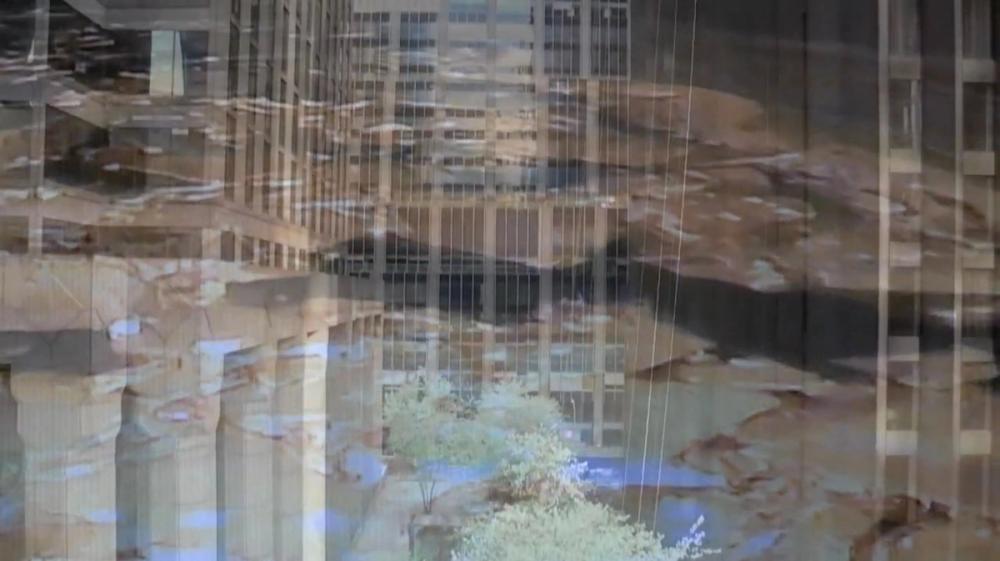
The Edith Farnsworth House Historic House is pleased to present the 2023 Artist in Residence exhibition, The Last of Animal Builders curated by Alberto Ortega Trejo and featuring the works of Faysal Altunbozar, Selva Aparicio, ASMA, Daniel Baird, Renée Green, Claudia Hart, Ragnar Kjartansson, Michael Rakowitz, Joshi Radin, and Thiago Rocha Pitta.
The works in this show, selected from the Thoma Foundation’s collection and several Chicago-based artists, open a dialogue between the artists and our iconic Mies van der Rohe-designed home and surroundings. The show offers new perspectives and critiques on modern architecture, power relations in the built environment, and examines the construction of nature as an intellectual framework. Whether through video, drawing, or sculpture, the works in this exhibition engage animal, vegetal, and mineral metaphors as vehicles to suggest alternative interpretations of human becoming, social transformation, and material exchange. This show both enhances our current staging of the House and provides a fresh lens to view our space and history with a special nod to and commentary on Lord Palumbo’s former sculpture garden on the grounds.
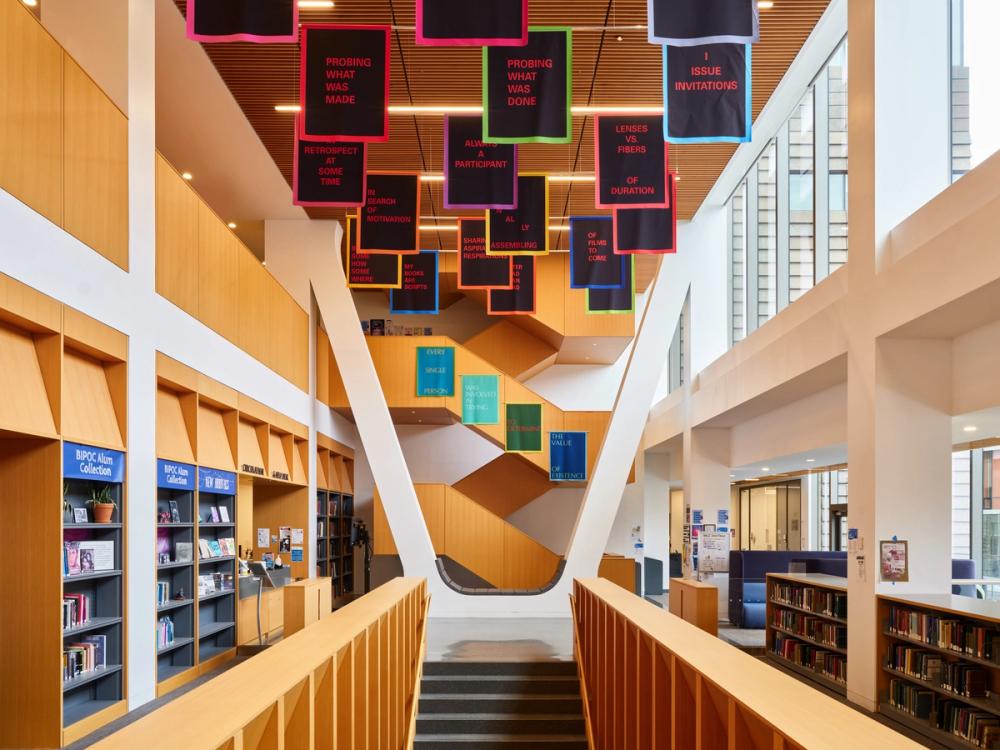

In her installations and performances, Aki Sasamoto uses visual metaphor and absurdist humor to explore life’s biggest questions and most mundane activities, which often converge in the everyday objects she uses. In previous performances, the artist tested her psychological breaking point on a trampoline; worked through hygiene neurosis with the help of a modified washer and dryer; and conveyed her romantic relationships as a line of empty beer bottles falling into a trashcan one by one after a happy hour gone wrong.
Sasamoto’s installation and performance, Squirrel Ways (2022), which premieres in the United States at Arts and Letters, has the semblance of a living room. It is constructed from modular shutters, doors, and mulberry-papered sliding screens. Colorful personal objects are faintly visible through the screens, whose indeterminate design falls somewhere between door, room divider, and wall. A clothesline hangs overhead with a day’s laundry.
In a series of improvised performances, Sasamoto follows the questions this fluid environment raises. At what point does outside become inside? At what time in the cycle does dirty laundry become clean? At what depth does the surface of the ocean begin? The ambiguity of transition, or the “thickness of the border,” as Sasamoto puts it, is something the artist considers with deadpan humor as she transforms the work’s movable barriers into drawing surfaces and peepholes, or discovers the fishing lures, rulers, and sponges squirreled away within its paper compartments.
Sasamoto will perform Squirrel Ways on select Saturday evenings at sunset in March, April, and May.
Performance Dates
Saturday, March 18, 7:06pm (sunset) - reserve tickets
https://www.eventbrite.com/e/aki-sasamoto-squirrel-ways-tickets-551784942617
Saturday, April 8, 7:28pm (sunset) - reserve tickets
https://www.eventbrite.com/e/aki-sasamoto-squirrel-ways-tickets-554686982697
Saturday, May 20, 8:11pm (sunset) - reserve tickets
https://www.eventbrite.com/e/aki-sasamoto-squirrel-ways-tickets-554689771037
Academy Tours
Free guided tours of the American Academy of Arts and Letters, followed by a visit to Aki Sasamoto’s installation Squirrel Ways, are offered throughout the spring - RSVP required
https://www.eventbrite.com/e/guided-tour-of-the-american-academy-of-arts-and-letters-tickets-551827850957
Wednesday, March 29, 10am
Friday, April 14, 4pm
Wednesday, April 19, 4pm
Wednesday, May 10, 10am
American Academy of Arts and Letters
633 West 155th Street
New York, NY 10032
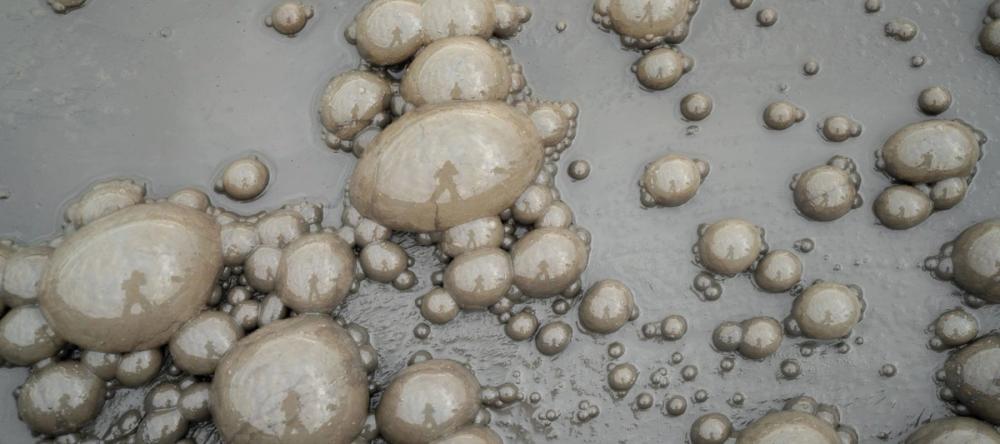
A look at 40 years of artistic practice by Belgian artist Michel François, from early work to several new creations he made especially for Bozar. Using sculpture, photography, video, painting and installation, the artist creates a web of shifting connections between his artworks. The exhibition is a unique concept in which the 'total artwork' is central and the exhibition space becomes an extension of his studio. François shakes up reality, questions it, and time and again breathes new life into its relationship with art. He transforms seemingly simple objects and materials into bearers of meaning. How can a gesture change the status of an object? What is the influence of the artist's hand? And what is the role of coincidence?
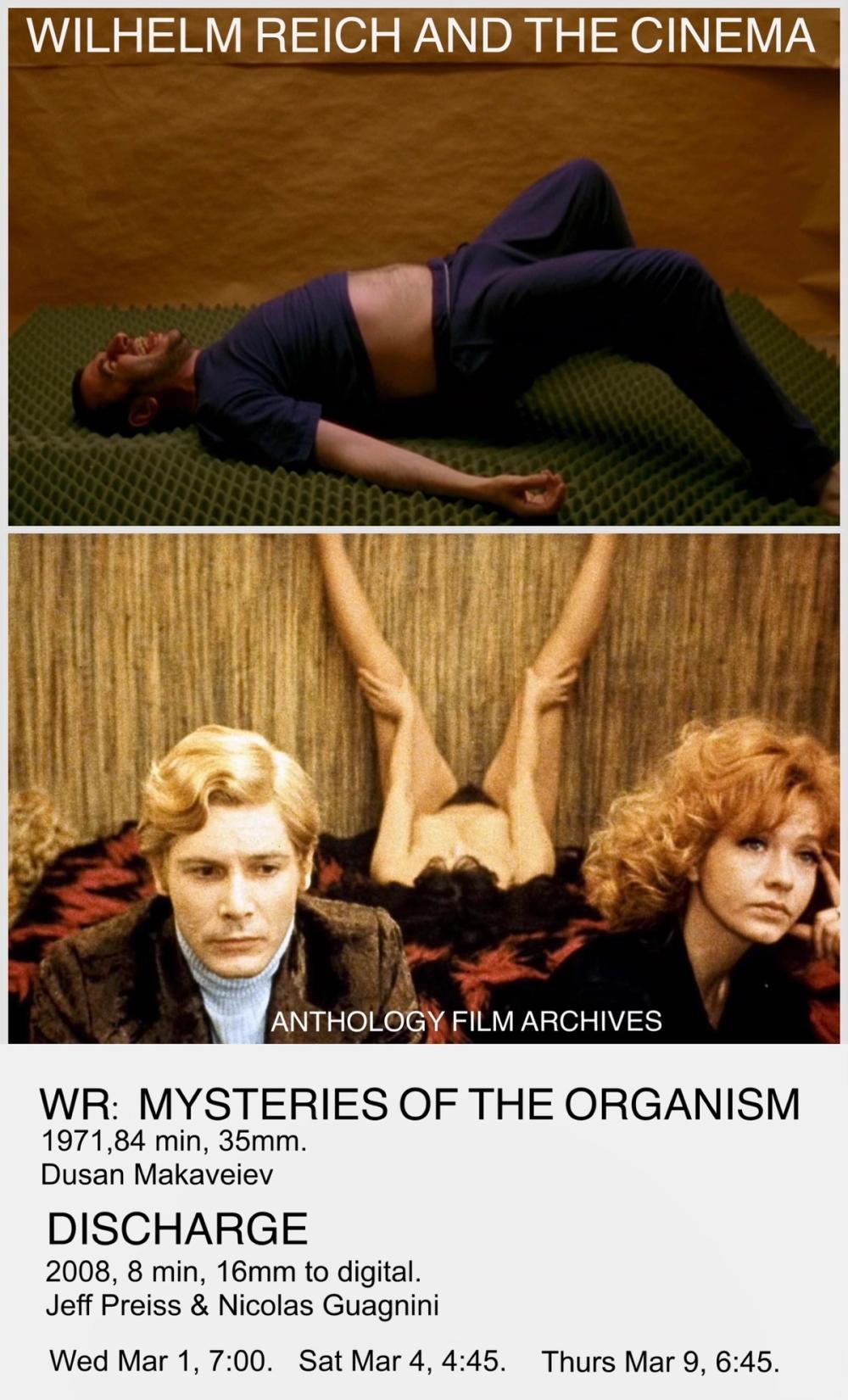
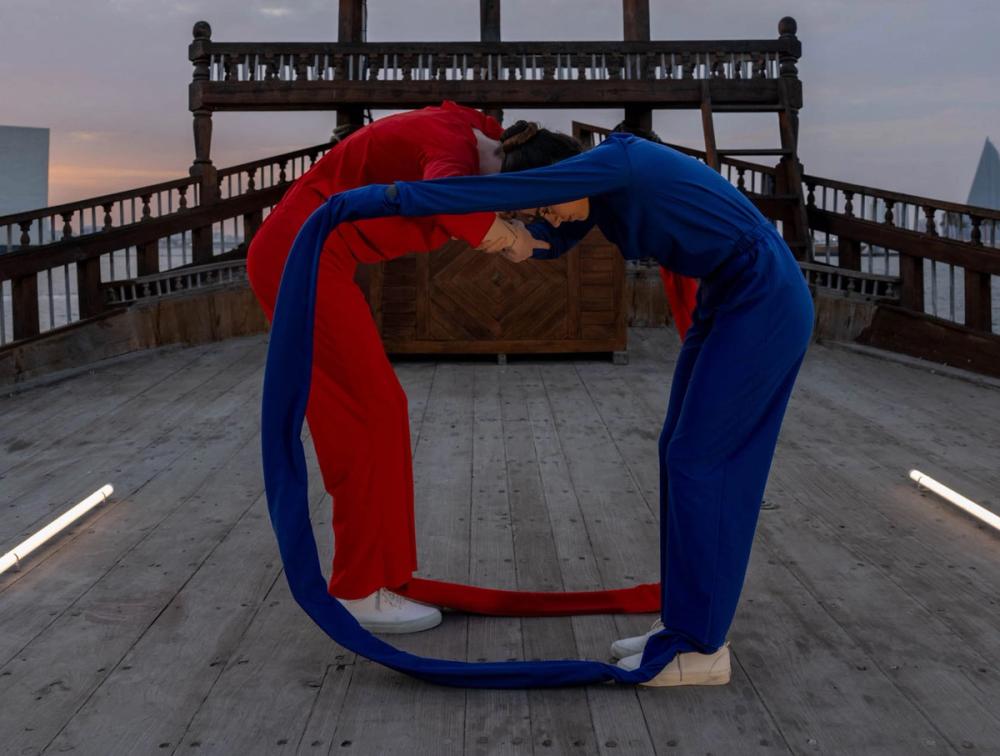
A site specific performance, “Devotion” by artist and choreographer Madeline Hollander, featuring 12 dancers from Los Angeles Dance Project and an original score by the composer, Celia Hollander.
12 dancers perform on rooftops, balconies and fountains, creating a dynamic constellation that extends through the Neutra VDL House's architecture. The choreography is guided by Robert Frost’s poem, “Devotion" - the dancers’ bodies articulate each letter of the poem, physically reciting the words from beginning to end.
Saturday, February 18, 4-6pm
Costumes designed by Madeline Hollander and constructed by Rosalida Medina.
RSVP by emailing info@bortolamigallery.com

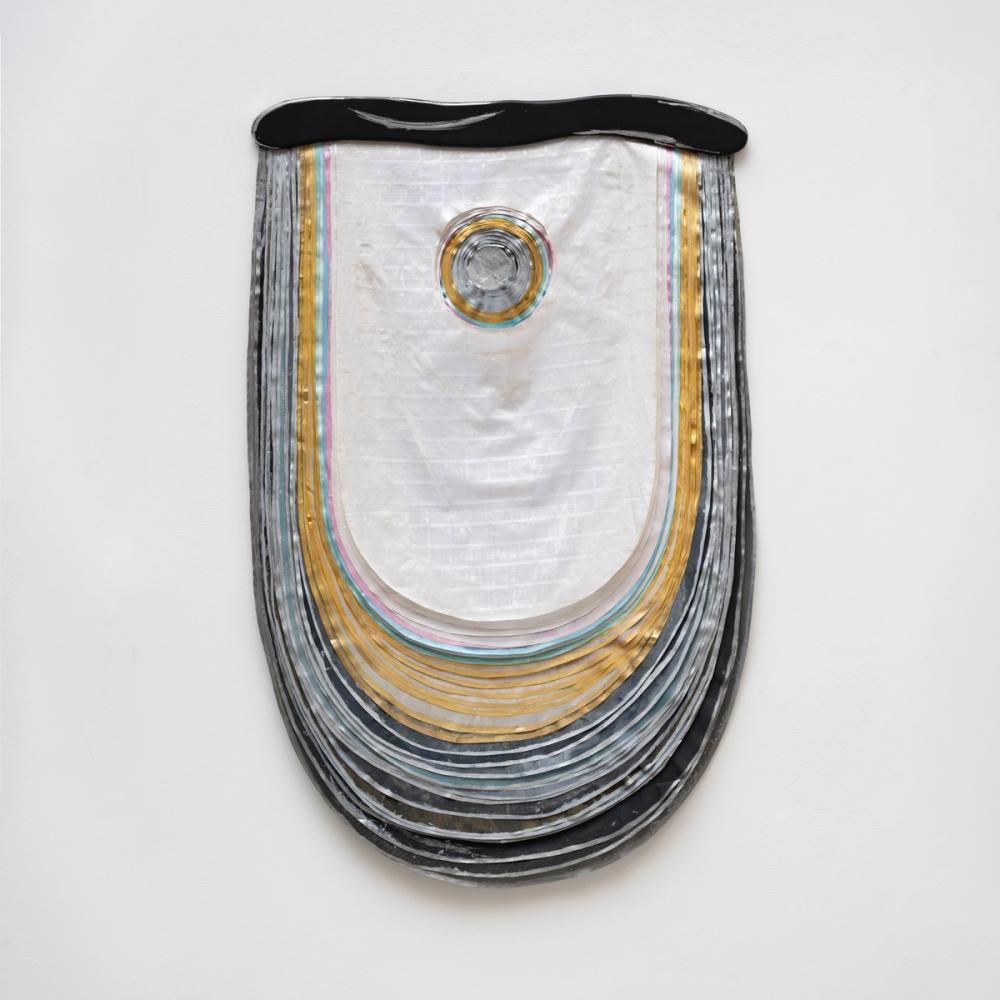
kaufmann repetto is pleased to present re-materialized: the stuff that matters, a group exhibition curated by astrid welter, spanning across both milan and new york galleries. this dual-presentation features the work of lisa alvarado, maja bajevic, jonathan baldock, leda catunda, christina forrer, jeffrey gibson, françoise grossen, yee i-lann, suzanne jackson, charlotte johannesson, luba krejčí, maria lai, barbara levittoux-świderska, rodney mcmillian, hana miletić, małgorzata mirga tas, rosita and angela missoni, dianna molzan, margherita raso, erin m. riley, lj roberts, and pae white. this project is in relation to an ongoing research program that kaufmann repetto has dedicated to the textile medium. to coincide with the current group show, the new york gallery will also feature a presentation of works by the late italian textile designer renata bonfanti, marking the artist’s first solo exhibition in the united states.
throughout the past decade, textile-based artworks have found a new currency in the artworld. a proliferation of exhibitions dedicated to this long-overlooked medium has generated an intensification of critical theory, reviewing a variety of viewpoints: the role of feminal practitioners and their refusal of outdated, gendered expectations; the bias of craft versus fine art; the relation of textiles to cultural identity, socioeconomic codes, and societal coexistence, amongst countless others. many of these investigations are at the core of the practices of the artists featured in re-materialized: the stuff that matters, presenting a spectrum of textile-based vocabularies.
the specific, tactile sensuousness of textile work fulfills our desire for re-materialized experiences. now stuck somewhere between the physical and the virtual world, we are continuously witnessing the relentless digitalization of humanity, including sensory interactions. the more we realize the consequences of what is in fact dematerialization, the more urgency forms for resistance, together with the desire for a tangible, somatic connection to the world that surrounds us. if taken literally, we may begin to grasp the notion that nothing encompasses us more intimately through our bodily existence than cloth, one of the world’s most ancient cultural materials.
the title of the exhibition pays homage to lucy lippard and seth siegelaub, both pioneering curators and writers who in their early careers contributed to the definition and emergence of conceptual art. “re-materialization” takes a playful twist on lippard’s seminal text, “the dematerialization of art” (1968), an essay that has since become a cornerstone in art criticism and theory. “the stuff that matters” refers to siegelaub’s decades-long bibliographic research on textiles and their social and economic history in the world, which eventually led to the activities of his stichting egress foundation. despite their different trajectories, both scholars and their ideologies have been central to contemporary art discourse, defying “the sacrosanct ivory walls and heroic, patriarchal mythologies” (lippard, 1973). with the newly gained prevalence for textile art and the boundless examination of these handcrafted works as powerful carriers of a political and societal materiality, lippard’s and siegelaub’s legacy continues.

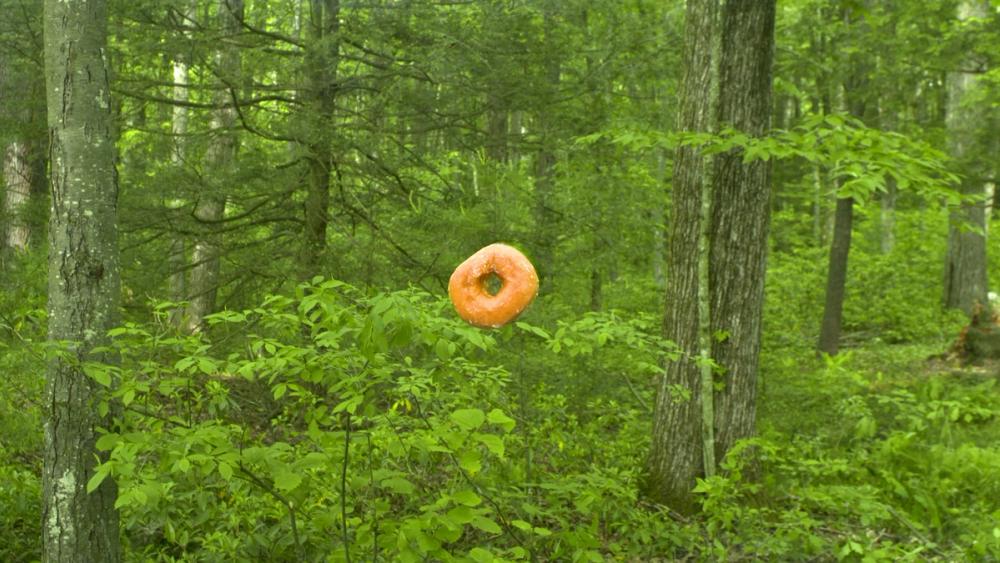
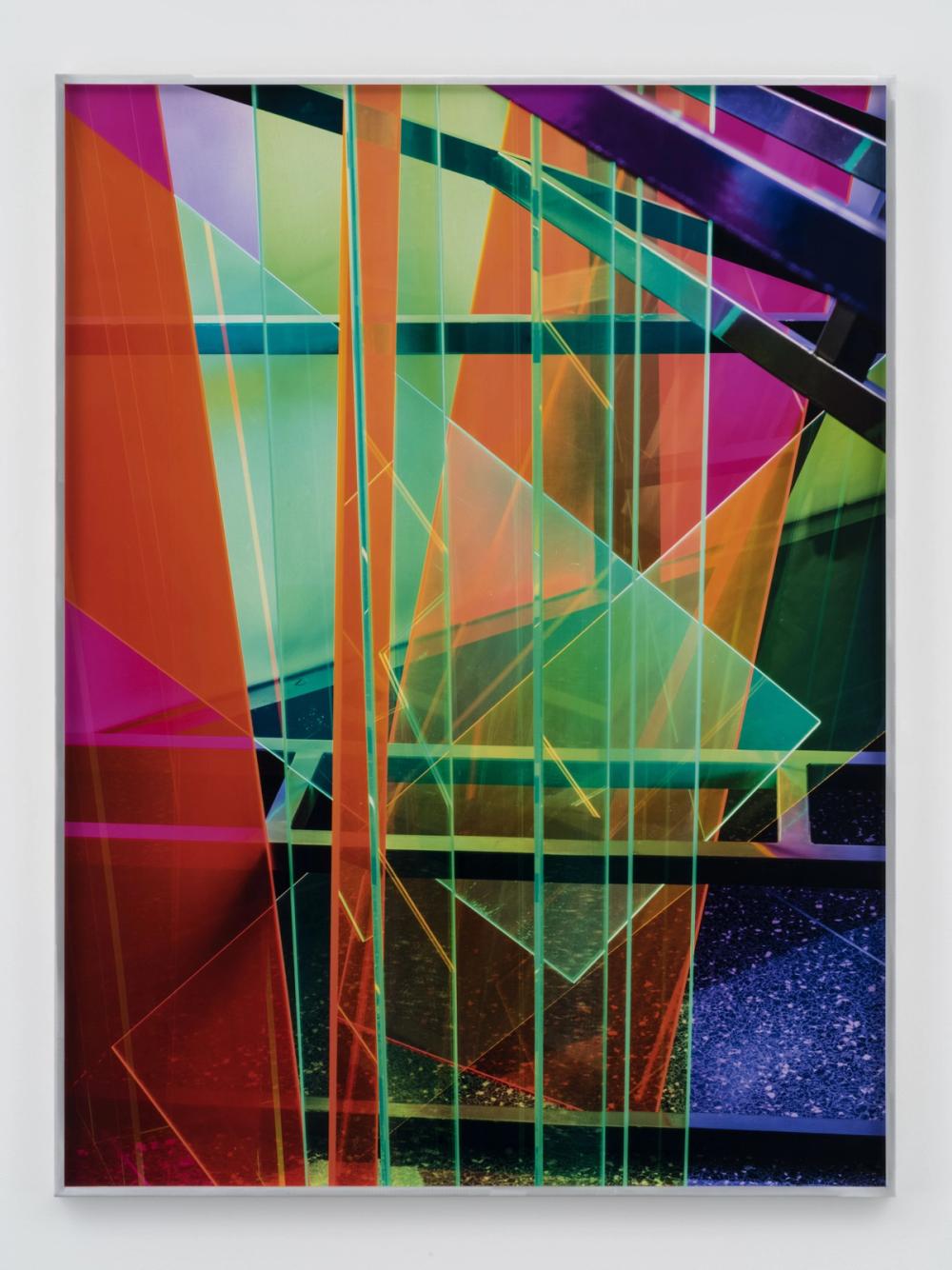
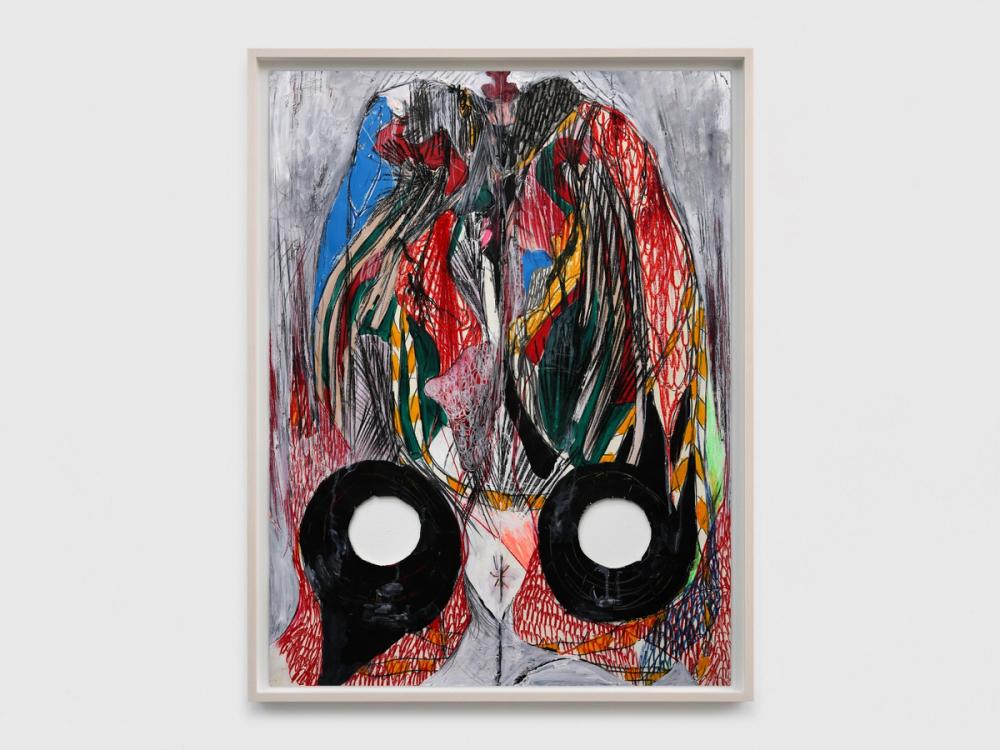
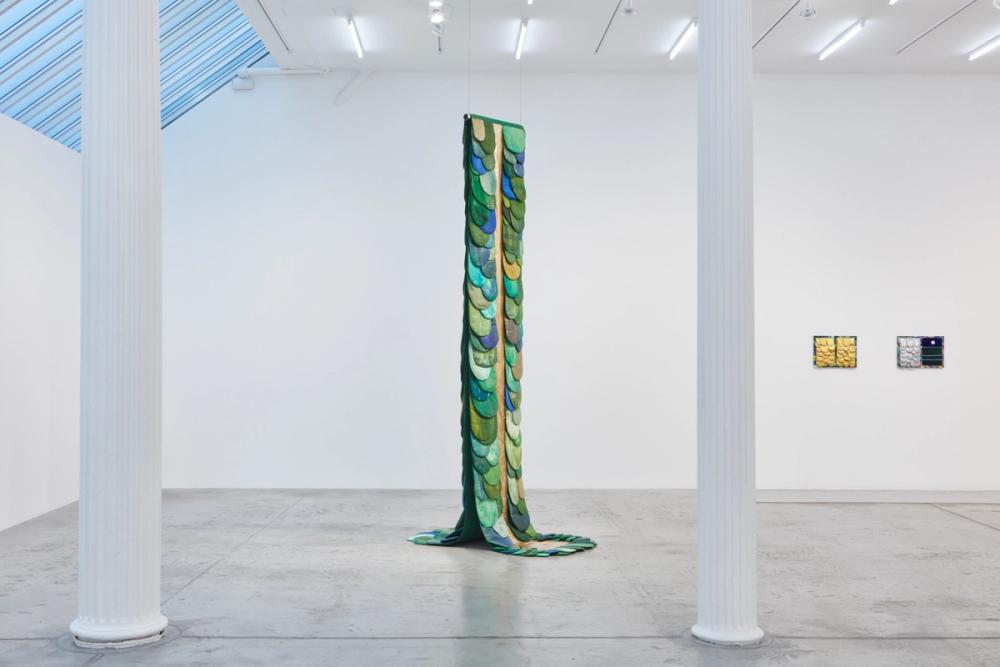
Since the 1980s, Leda Catunda has constructed a visual lexicon shifting between mass culture and craftwork, employing abstract painting and sculpture as much as pop art’s collage and appropriation procedures. With the means at hand and conserving the traces of her process, Catunda’s “soft world” insinuates a critique of the affirmation of identity through consumerism, reworking textile waste and the mechanisms of commercial culture. In her career she has participated in three São Paulo Biennials (1983, 1985 and 1994) and large collective exhibitions such as Modernity (Paris, 1987), Latin American Artists of the 20th Century (Museum of Modern Art in New York, 1993), and elsewhere.
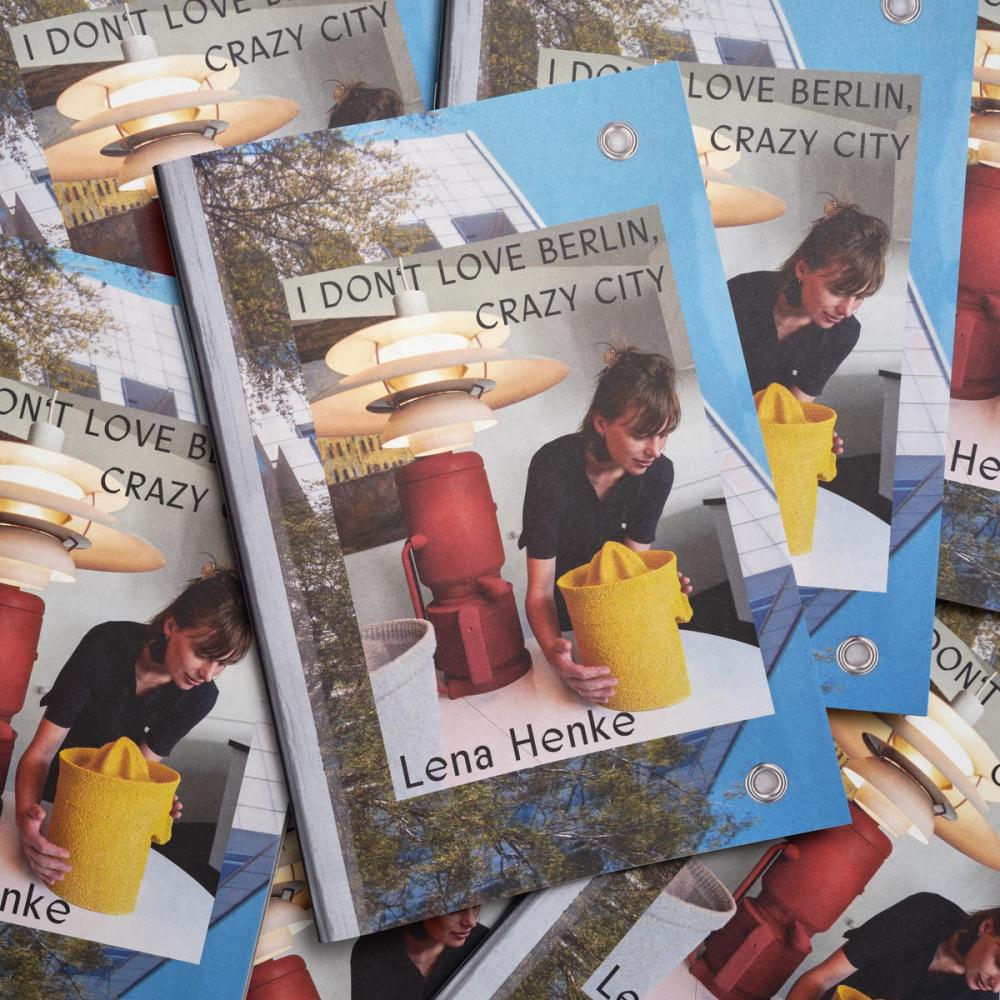
In celebration of Lena Henke’s comic book, I Don't Love Berlin, Crazy City, Bortolami will be hosting a book launch in The Upstairs on December 8th from 6:30-8:30pm. The book launch will include a lecture by Henke detailing the research behind the publication.
At once a comic book, image atlas, photographic archive, and anti-guidebook to Berlin, I Don't Love Berlin, Crazy City, imagines the present and future of the the city's Hansaviertel district, taking seriously its postwar moniker as “the city of tomorrow” [“die Stadt von Morgen”].
For the past decade, Lena Henke has produced a body of work that explores her personal and bodily relation to the architecture and urban design of the cities she inhabits. Her new set of sculptures, which appear in the publication as animated comic book characters, excavate the local histories, kitchens and household artefacts of the Hansaviertel, while spewing wisdom on gender, technology, and urban space from an eclectic group of cultural references ranging from Max Frisch and Klaus Theweleit to Donna Haraway, Paul B. Preciado, Leslie Kern and others.
The publication was published on the occasion of the exhibition Lena Henke: Auf dem Asphalt botanisieren gehen at Klosterfelde Edition in Berlin, April 30 - June 30, 2022
Distributed by Koenig books


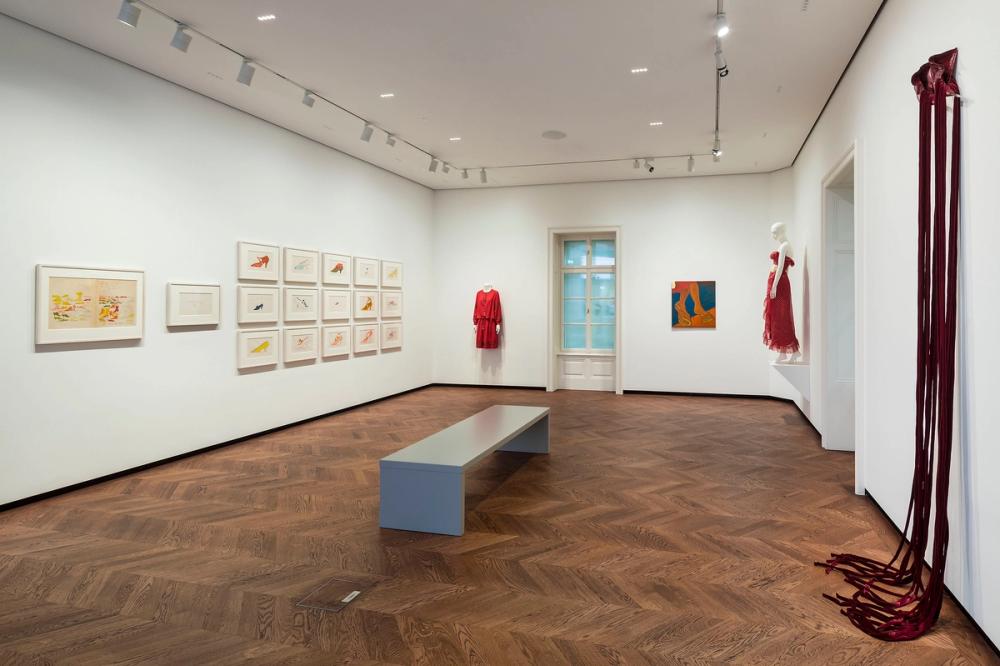
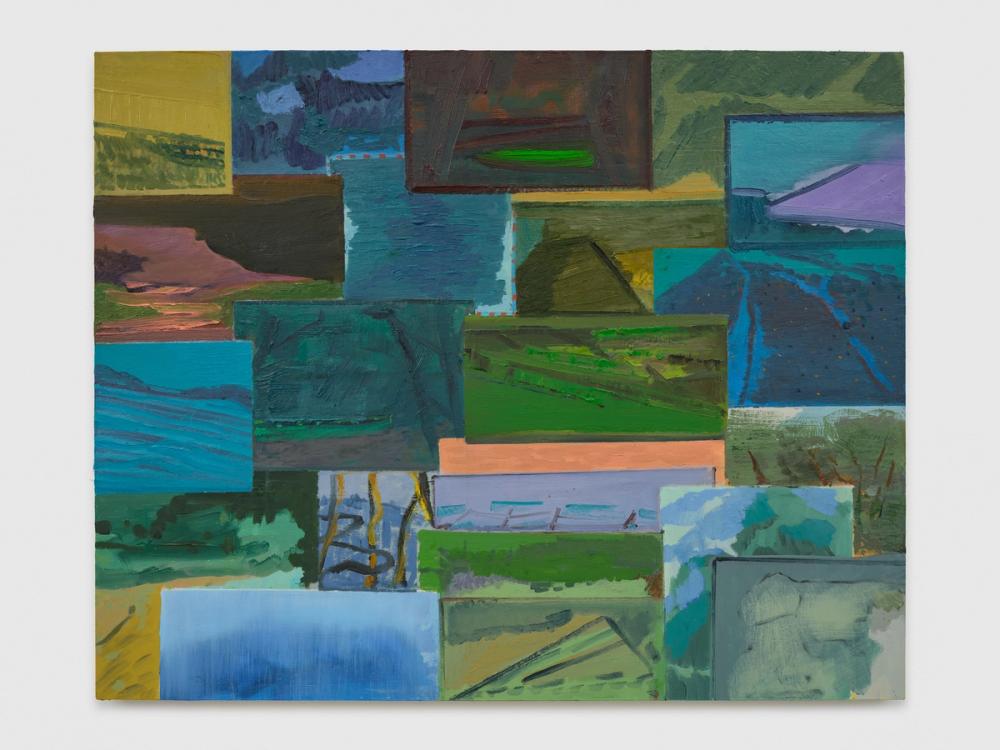
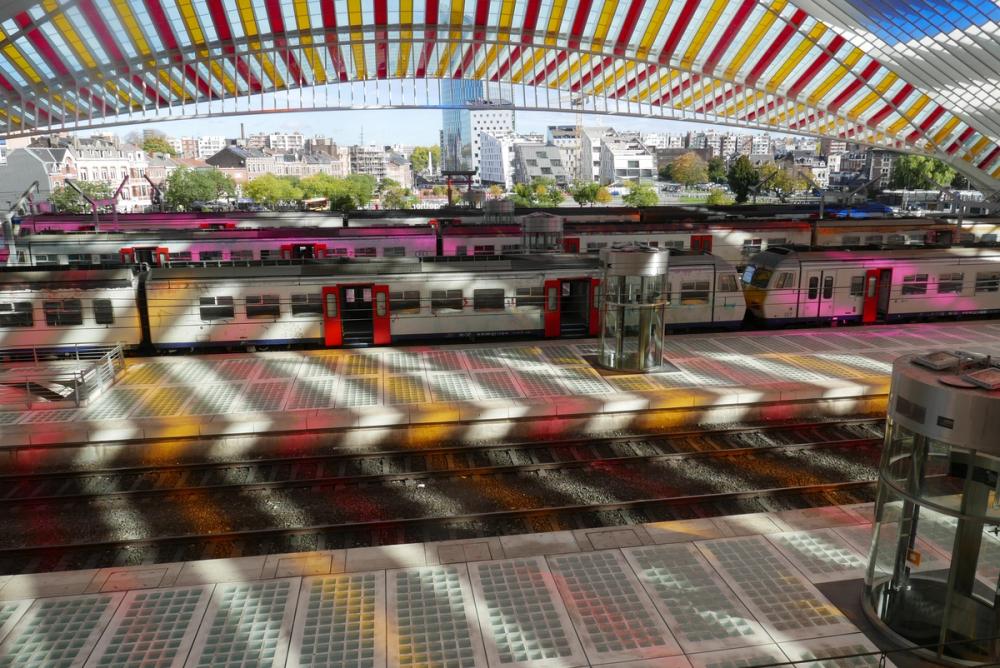
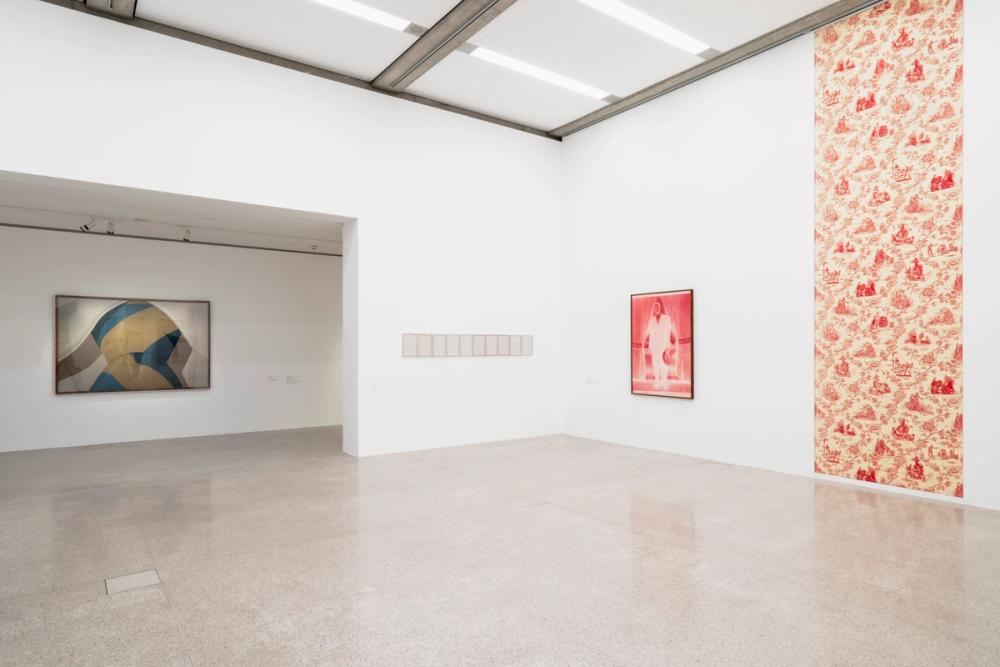
The collection show Changes focuses on recent acquisitions to the mumok collection, with works by Leidy Churchman, János Fájo, Philipp Fleischmann, Birke Gorm, Jojo Gronostay, Frida Orupabo, and Emily Wardill, and other works from the collection that have not yet been shown at mumok, and confronts these with older holdings which can thus be seen afresh.
The exhibition title Changes refers to a work by Sam Gilliam (1933–2022), who recently passed away. He identified the key to his artistic practice in “a sense of the importance of process, of change, of the importance of difference itself, a freedom to take command and work from one’s own ideas.” The title of his work Change (1970), which is in the mumok collection, refers to the fact that Gilliam’s “drape paintings,” of which this work is an example, are hung without frames from the ceiling and can look very different depending on the nature of the space where they are shown.
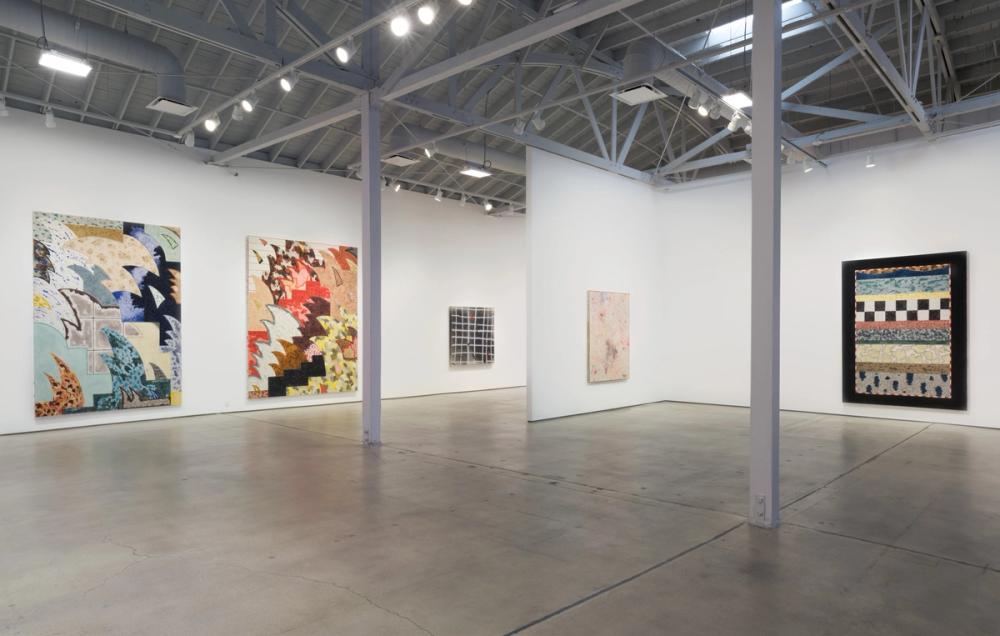
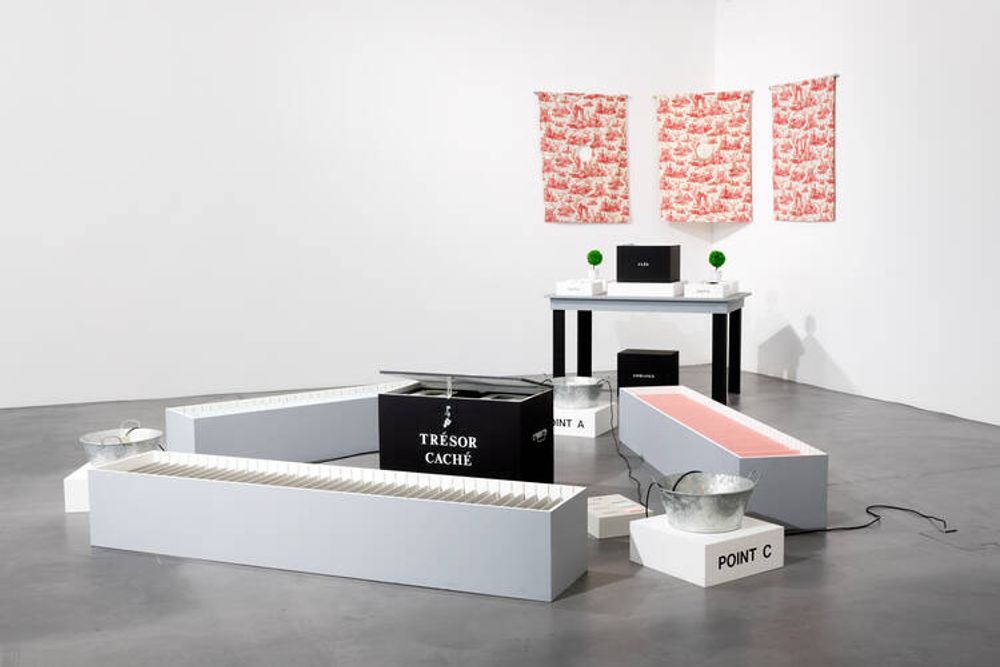
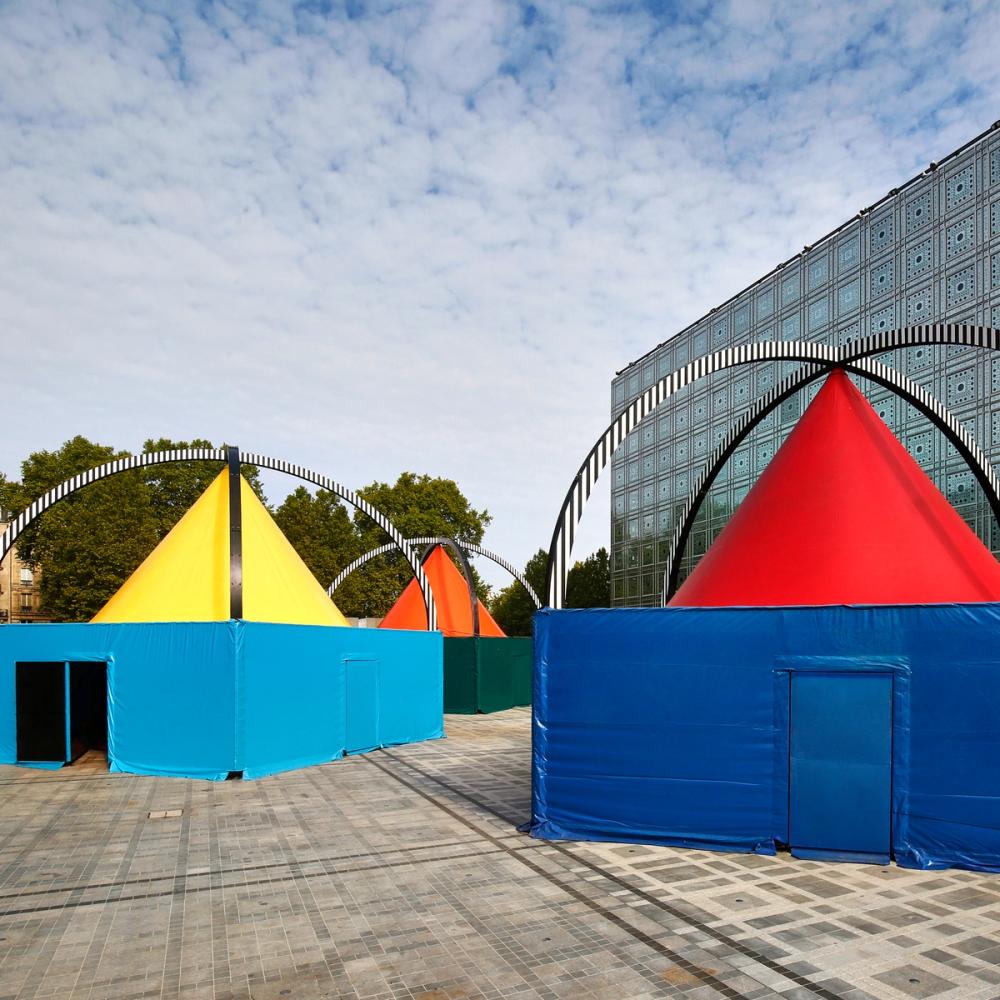
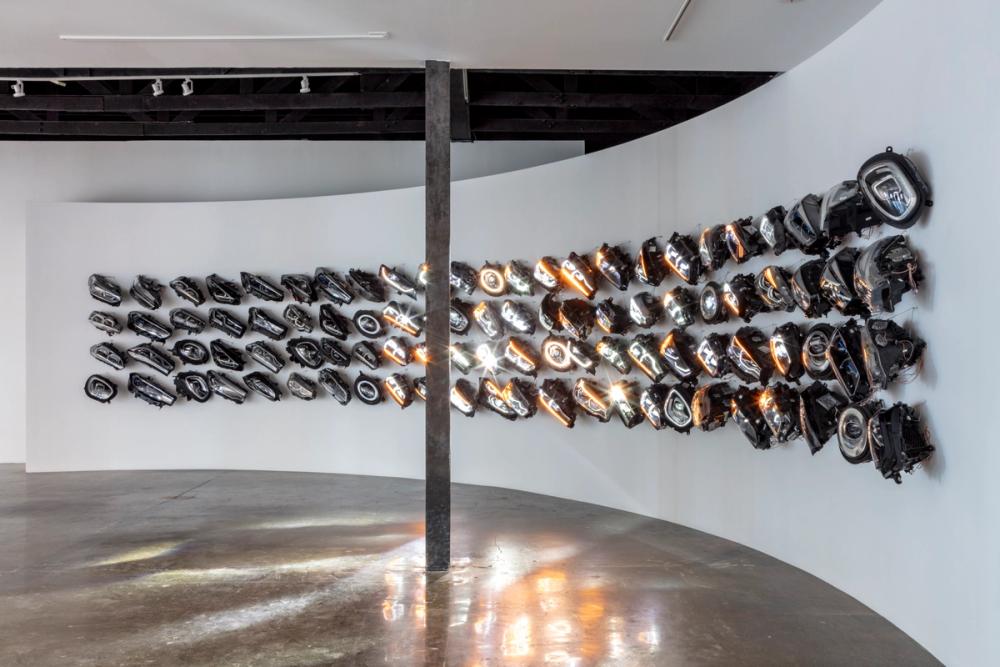
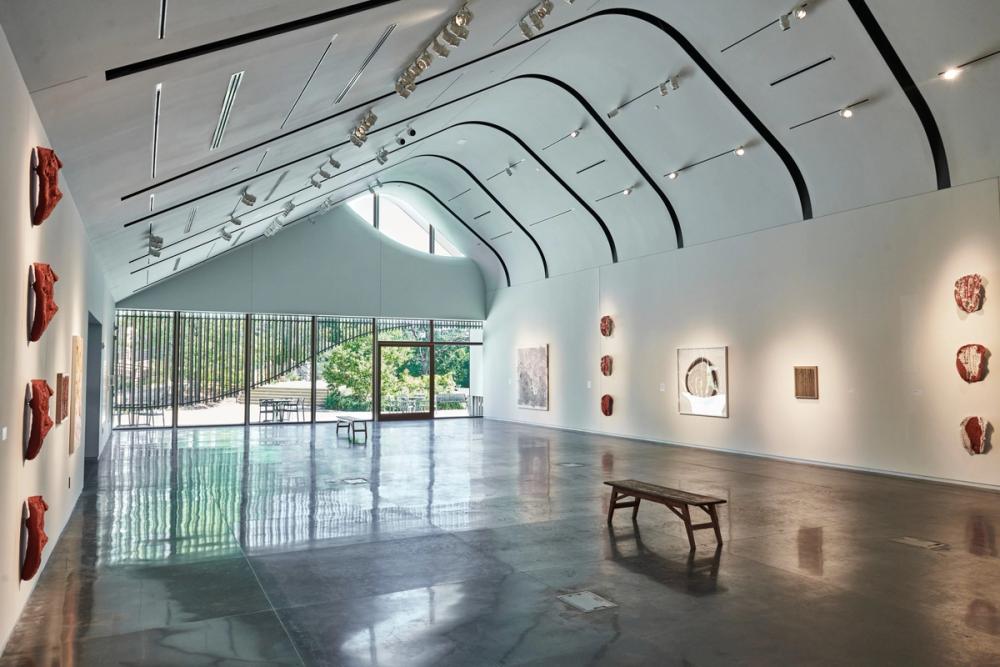
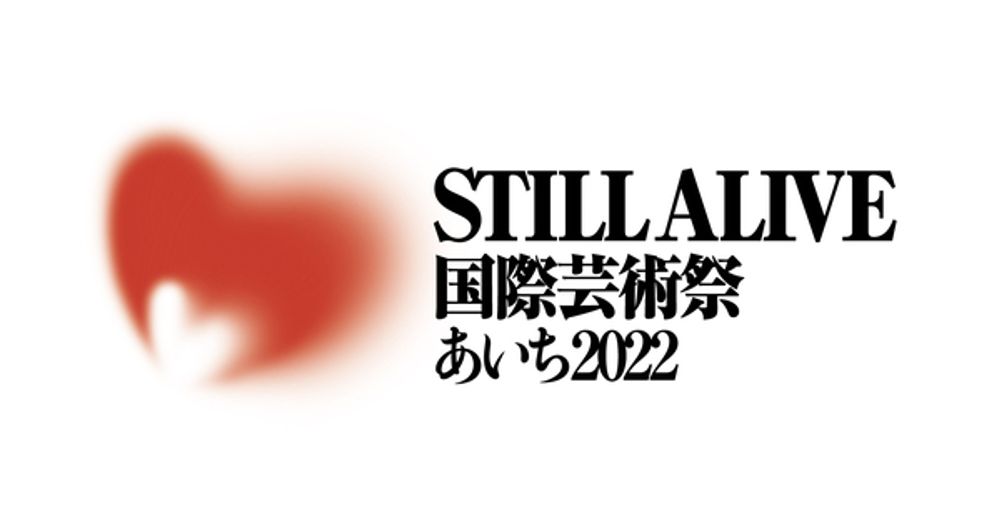
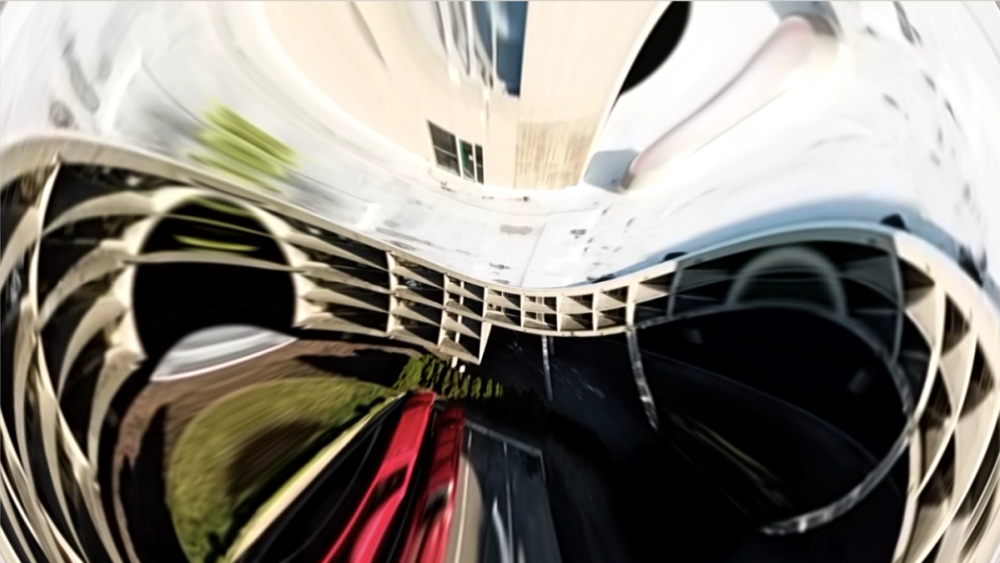
For FRONT 2022, Cleveland-born artist Renée Green has conceived Contact, her first major exhibition in the city, which occupies all of moCa Cleveland’s public spaces and radiates out into the city with workshops and film screenings.
A contrapuntal exhibition, Contact weaves together Green’s own works–some newly commissioned by FRONT 2022–with a vast array of invited participants with whom she’s been in conversation through the years.
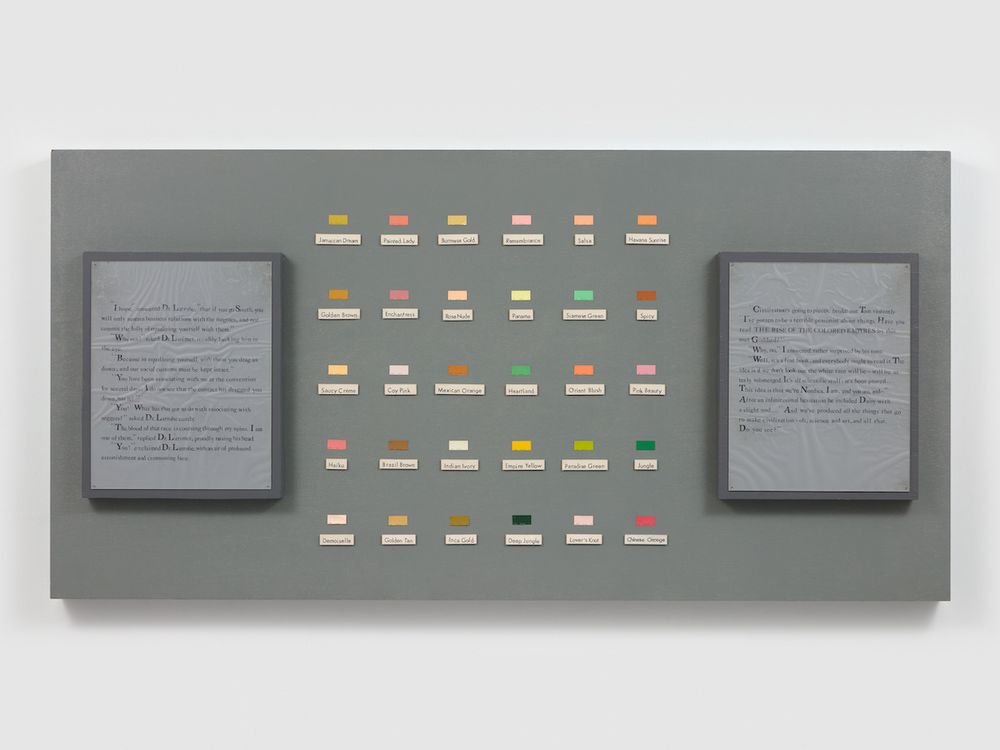
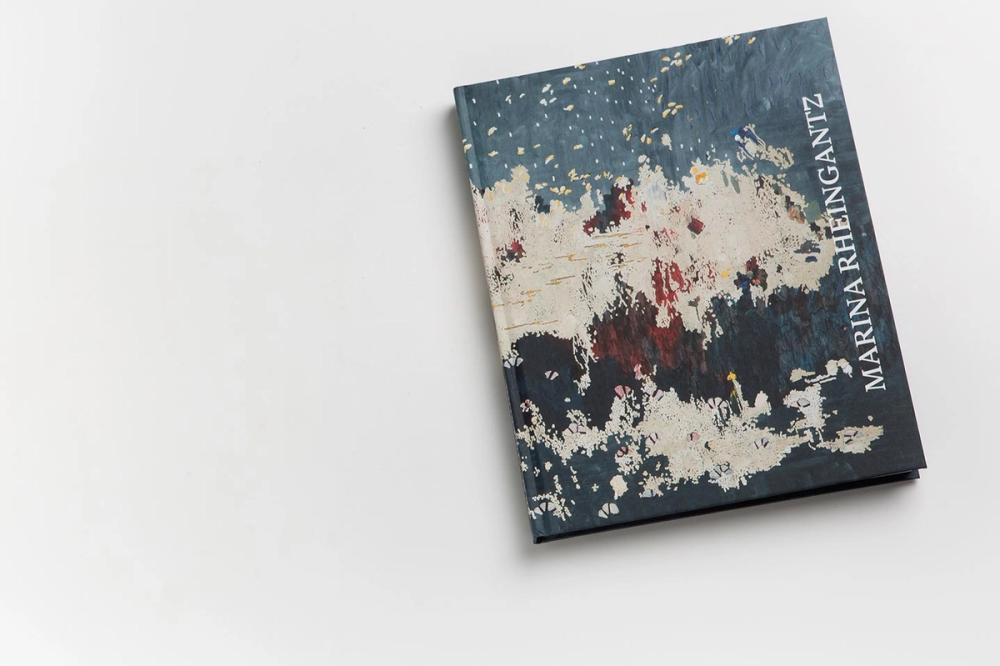
Marina Rheingantz’s paintings and embroidery are nourished by the recollection of Brazilian landscapes, memories of the compactness of the earth, of light and its variations, of the atmospheric nebula of twilight, of the pointillist dissemination of birds in the sky, of the emergence in clusters of flowers and shrubs, of mounds emerged on the surface of the flooded plains… Painting landscapes, today, cannot be envisaged without the awareness of the incongruity and the inactuality of such subject. Painting landscapes cannot depart from the conviction that such a subject – historically exhausted – can still be tackled, especially if one keeps in mind a banality that it is always good to remember, namely that a painting is first of all the story of a look at something: the painting tells how the painter’s gaze landed on his subject before placing it on its support. What we see of Marina Rheingantz’s landscapes are not the landscapes themselves but a singular look at these expanses, the way she sees them with memory, in the leafing of plans and patterns, the aerial dives of expanses without horizon strewn with suspended patterns, agglomerates of light, dust, phosphenes, clouds of microscopic ephemera, spangled with particles of reality frozen in appearance and yet always moving. The gaze is brought to a halt, stopped in its surveying by the resistance of the paint, by the compactness of its surface, by the web of patterns and signs that dot the areas and are superimposed on them like openwork filters.
Texts by Douglas Fogle and Jean-Charles Vergne
French / English, format 30 x 24 cm, 216 pages
Publisher: FRAC Auvergne
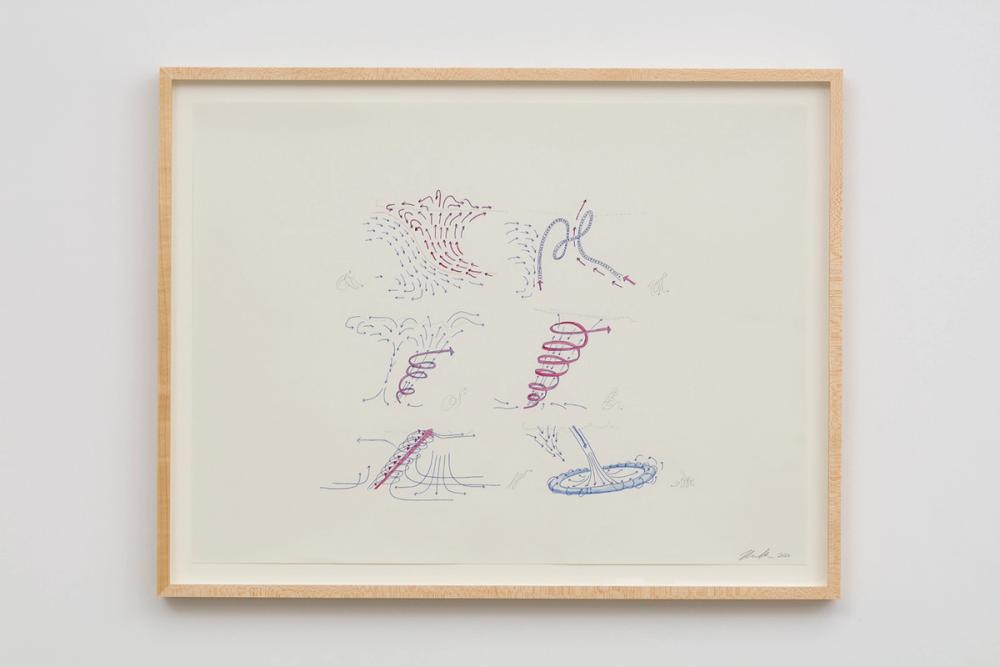
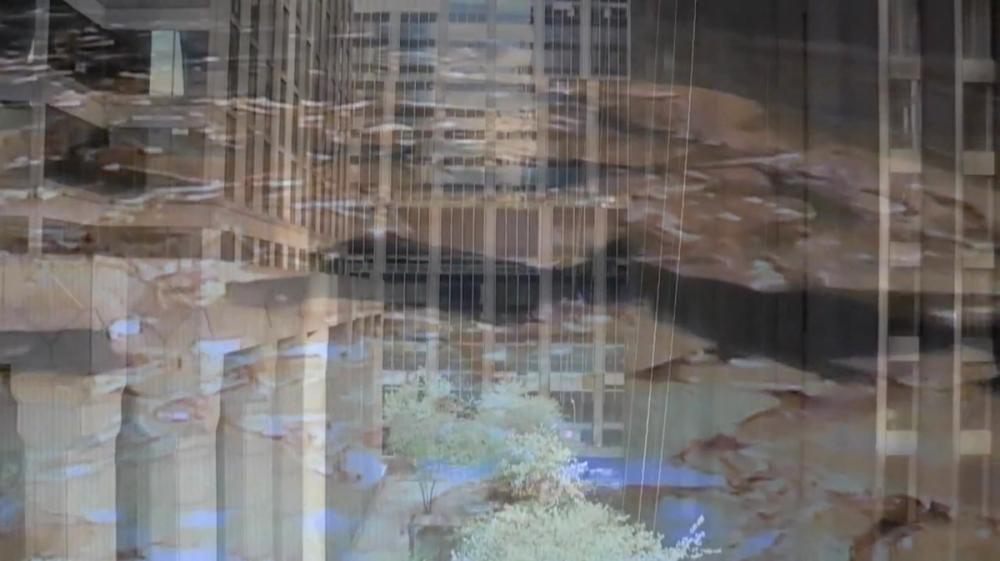
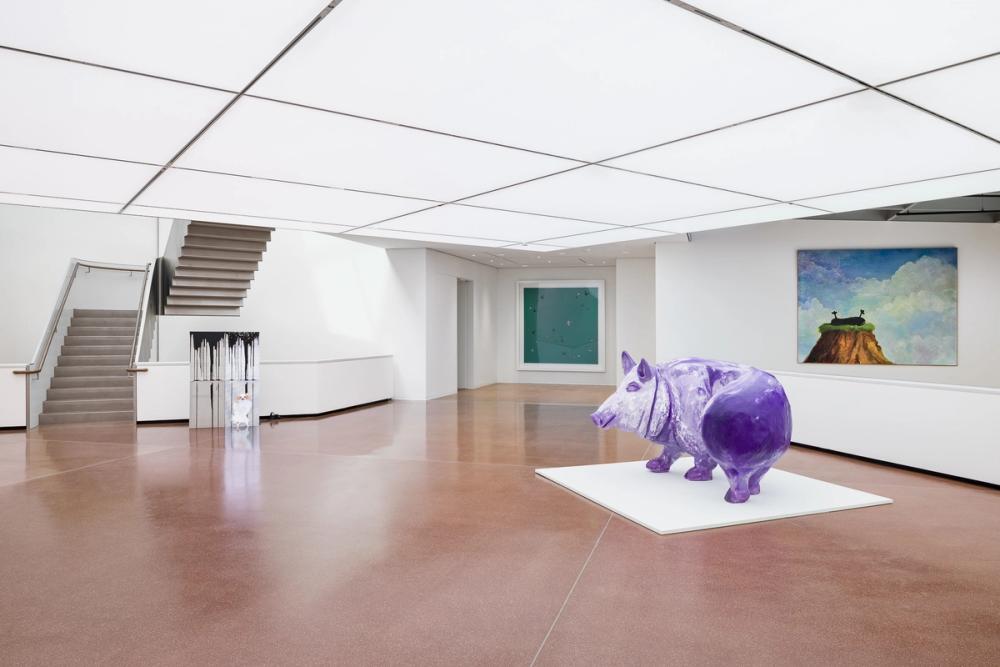
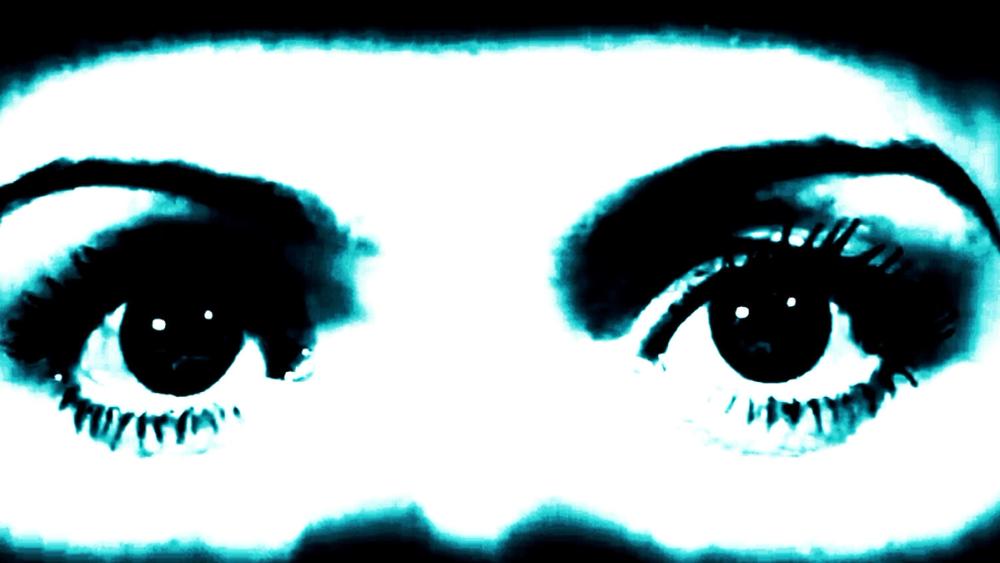
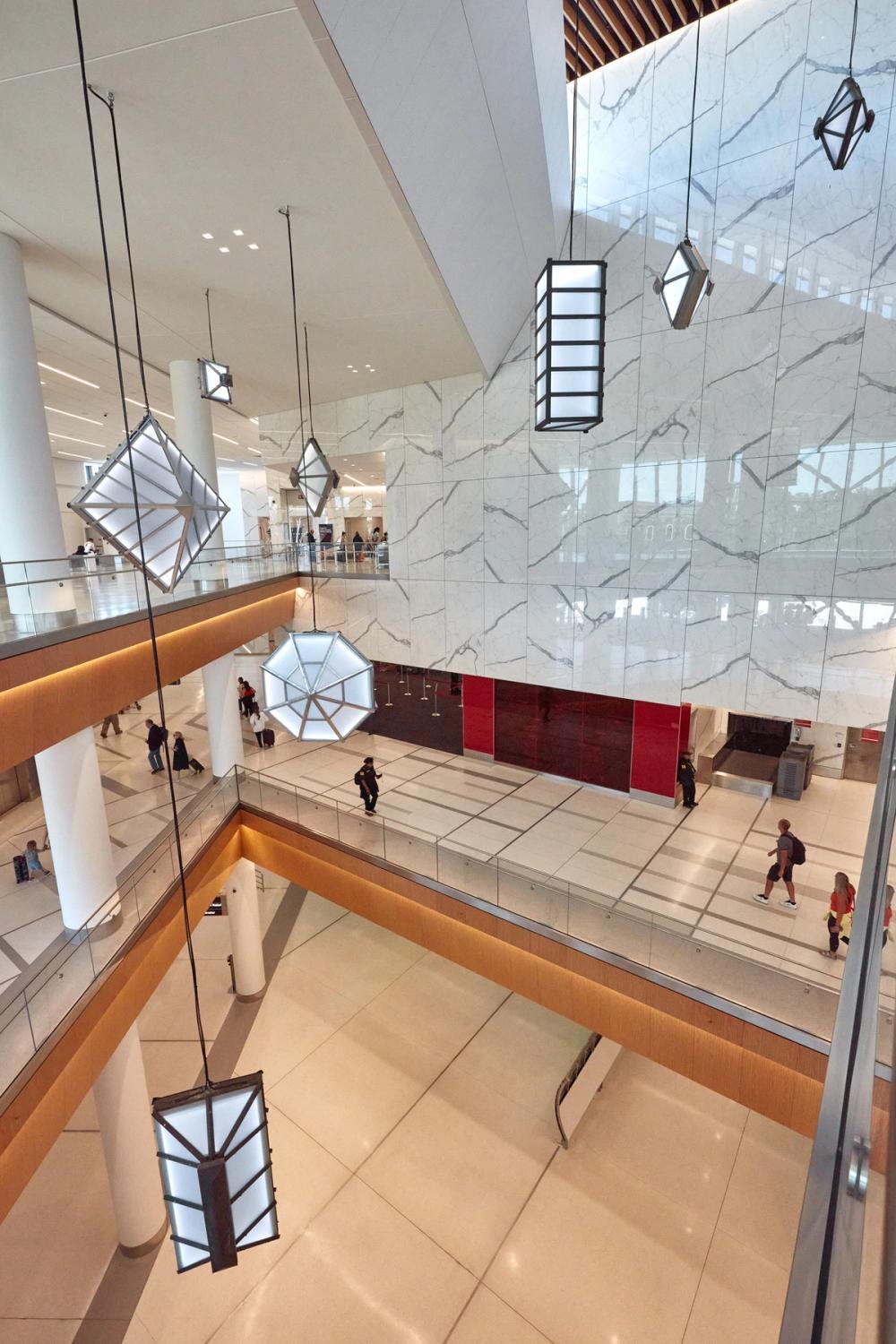
The new site-specific work Untitled (skylight gems), 2022 was commissioned by Queens Museum, Delta Airlines, the Port Authority of New York and New Jersey, and New York State.
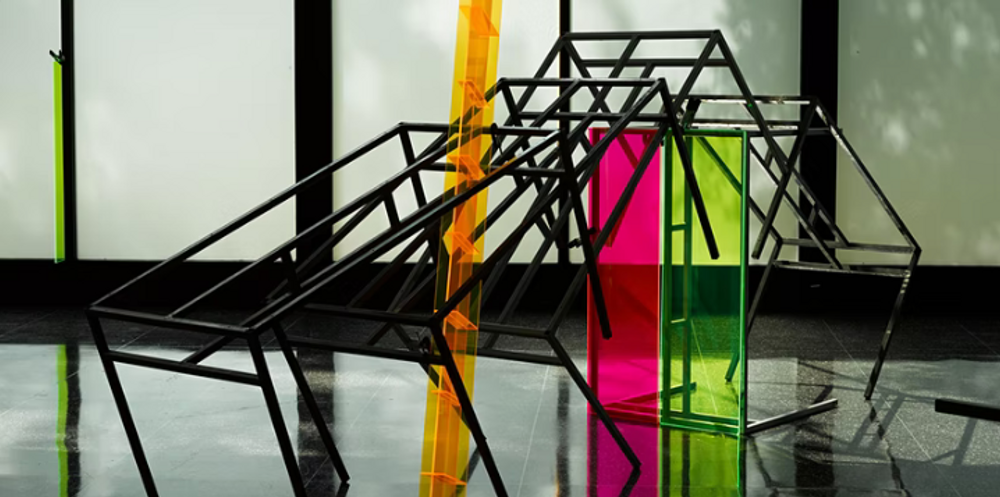
Join artist Barbara Kasten, editor Stephanie Cristello (Curator), and author Humberto Moro (Dia Art Foundation) in advance of the book Barbara Kasten: Architecture & Film (2015–2020) publishing in Fall of 2022 with Skira. Assembling a group of leading writers—including Irena Haiduk, Hans Ulrich Obrist, and Mimi Zeiger—the publication features newly commissioned texts that further the discourse into Kasten’s varied practice with a focus on work from the last five years alongside previously unpublished projects from the 1960s to the present.
The online space of this event, designed by Tal Erez and Dan Handel, will explore virtual interiors as well as interim videos inspired by Barbara Kasten’s visual worlds. Presented in partnership with the Terra Foundation for American Art’s program, Art Design Chicago Now, and Skira Editore.
Thu, May 26, 2022
2:00 PM – 3:00 PM EDT
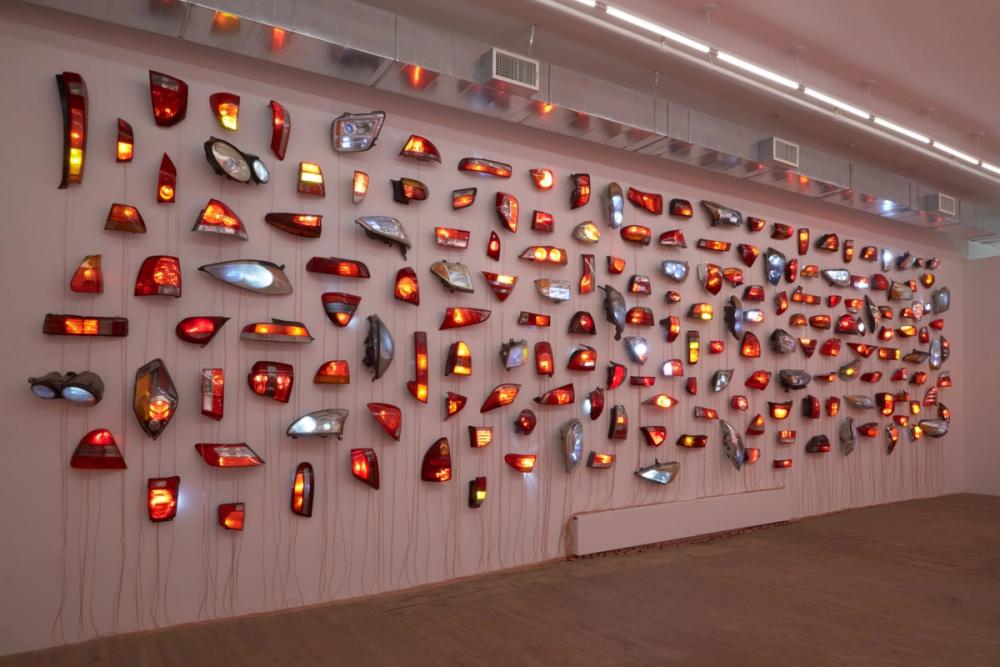
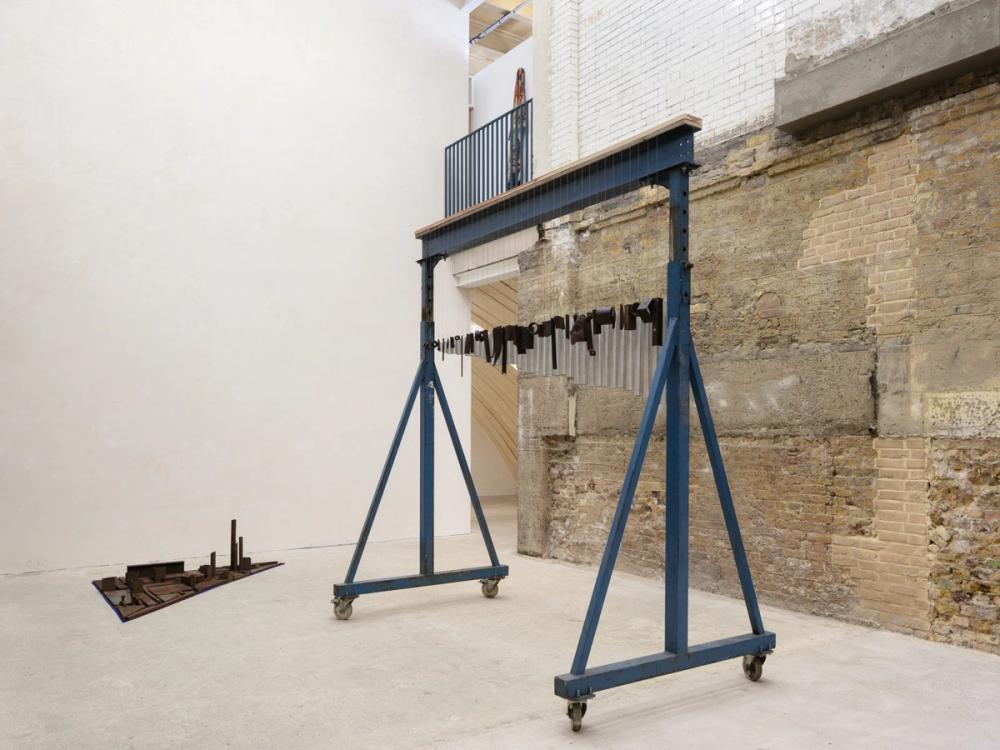
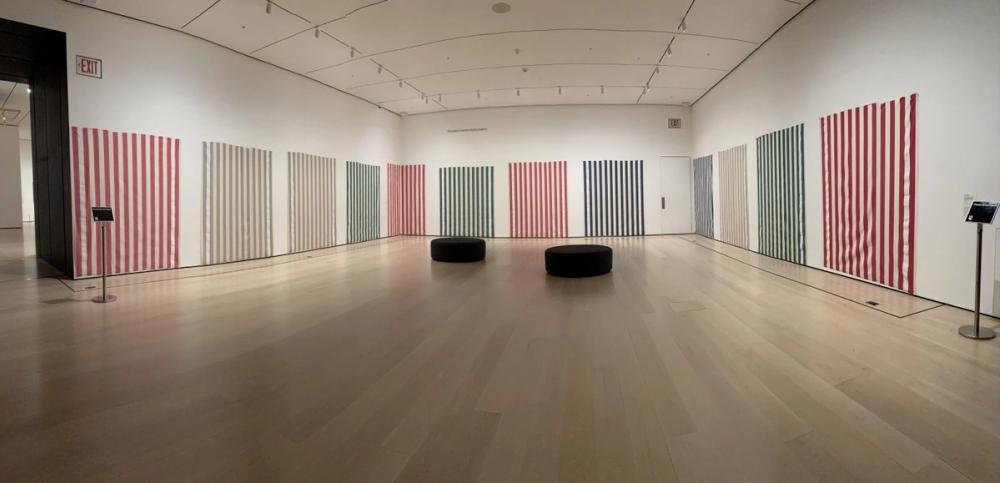
The Museum of Modern Art, New York, has opened a room on its fourth floor featuring 12 striped cotton fabric works by Daniel Buren
In 1965, Buren visited the Marché Saint-Pierre, a textile market in Paris, and purchased rolls of striped canvas reminiscent of awnings you might see outside a café. Taken by the stripes’ minimalism and neutrality, Buren began to use this canvas for his works, painting over the colored stripes at or near the left and right borders of the canvas in white acrylic. He felt that the simplicity of the stripes allows his works to relate to their physical surroundings—and in so doing, they call attention to the social and political dimensions of the contexts in which they’re displayed.
The works will remain on view at MoMA until autumn 2022.
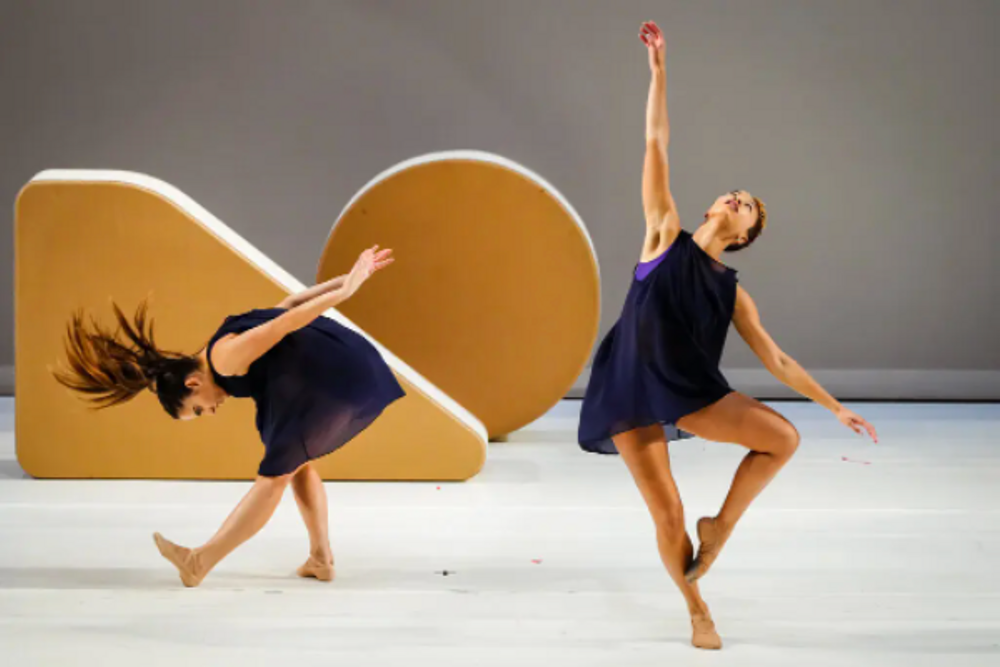
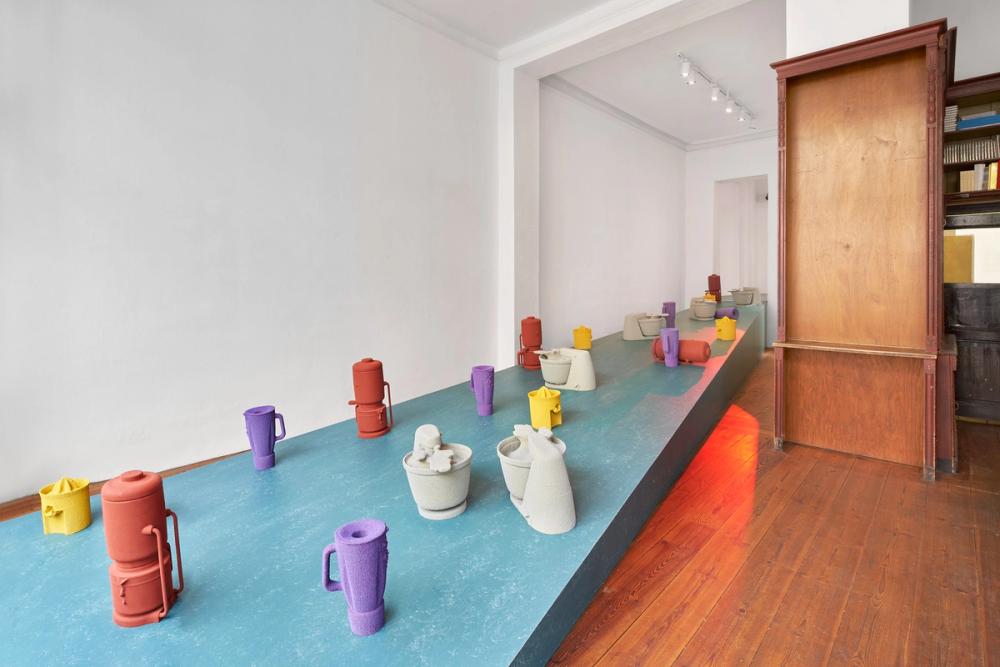
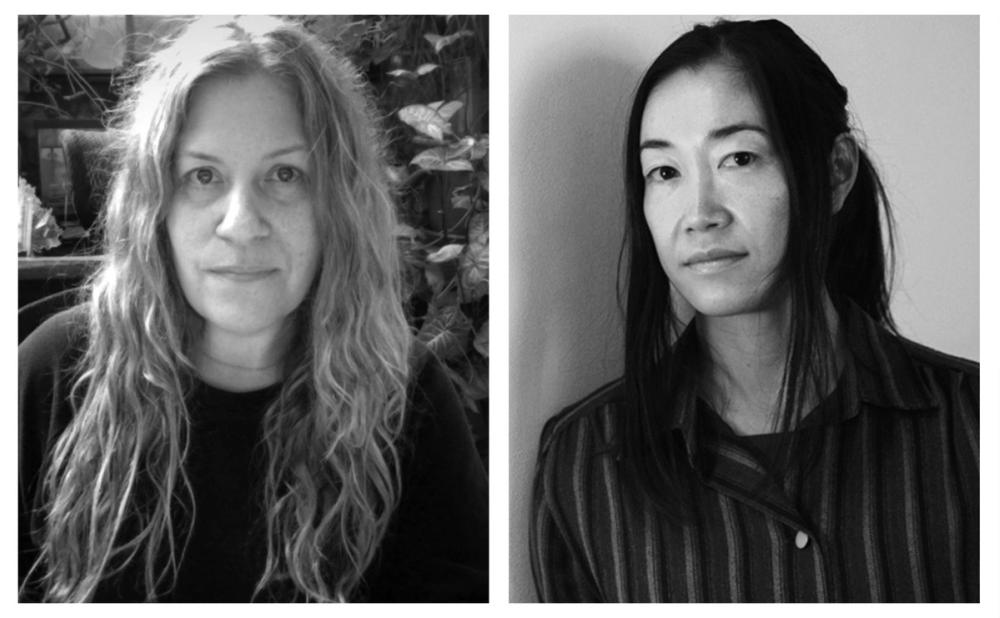
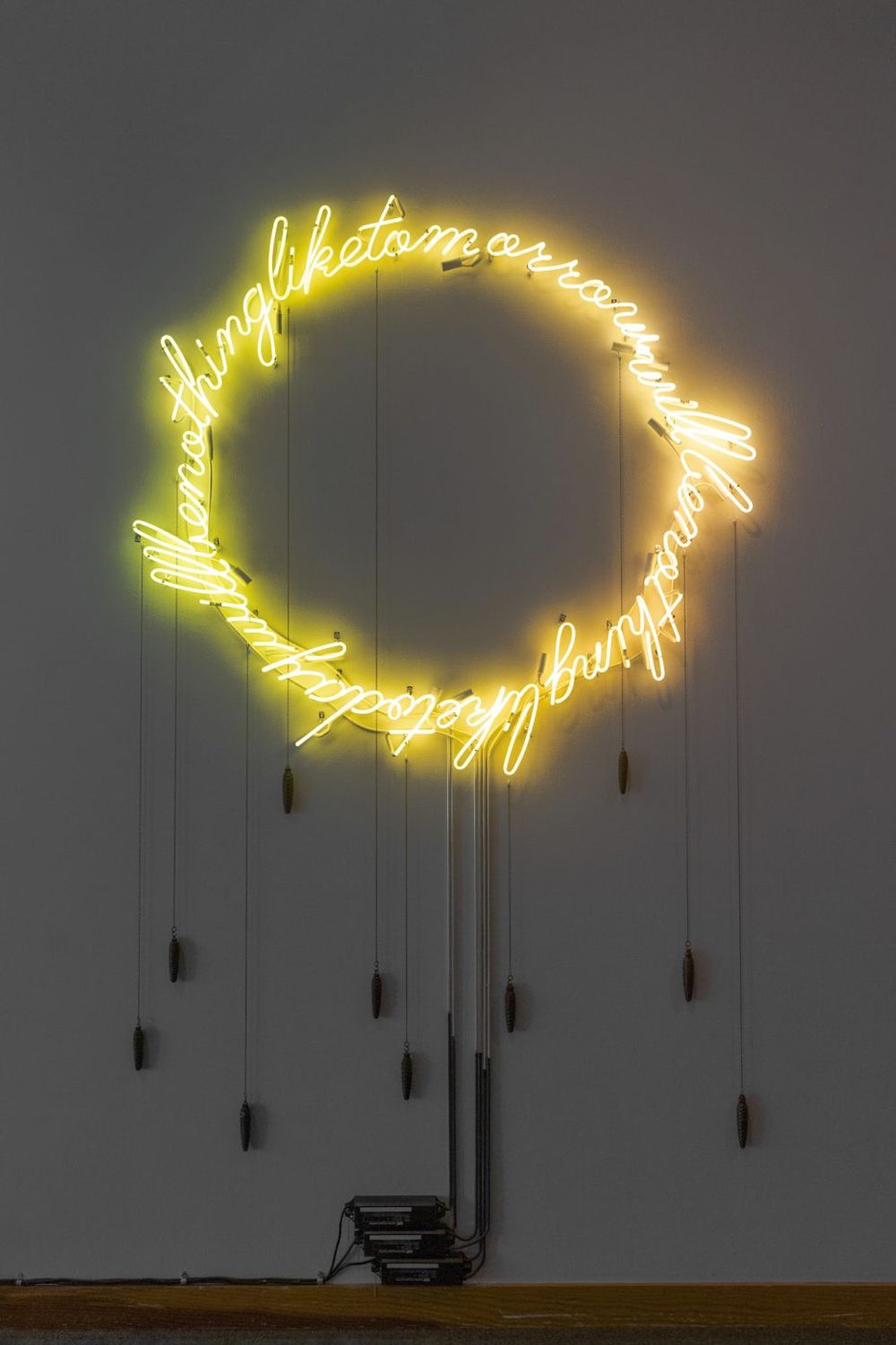
Part of “A Cool Million”, a public arts initiative for climate awareness led by artists and institutions to expand environmental justice programming and support the conservation of one million acres of land.
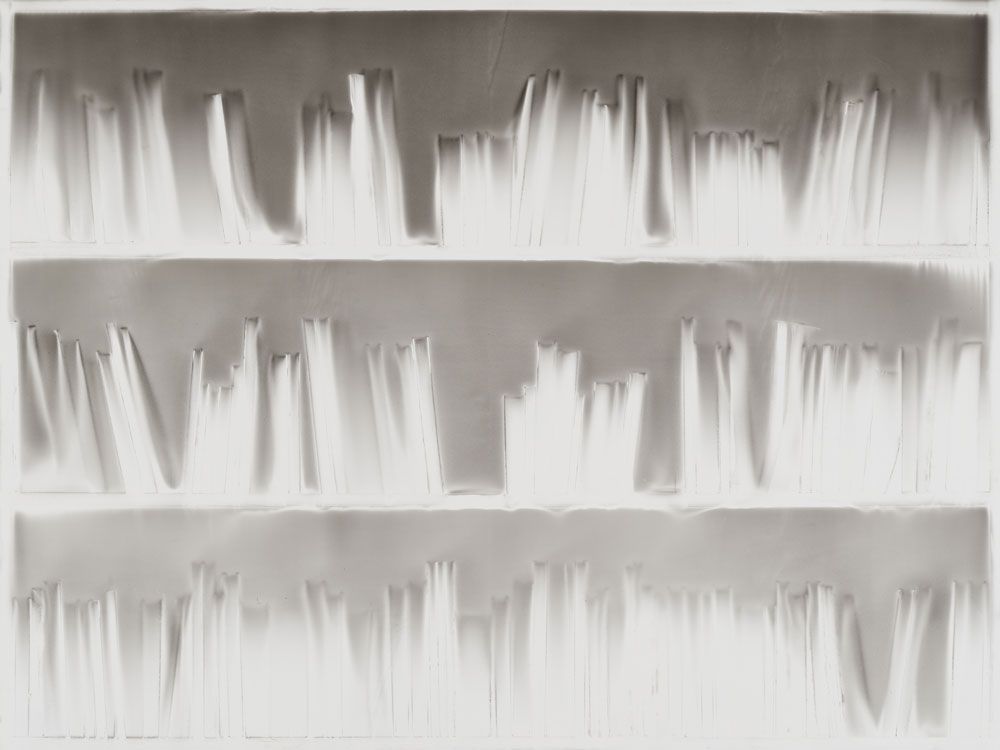
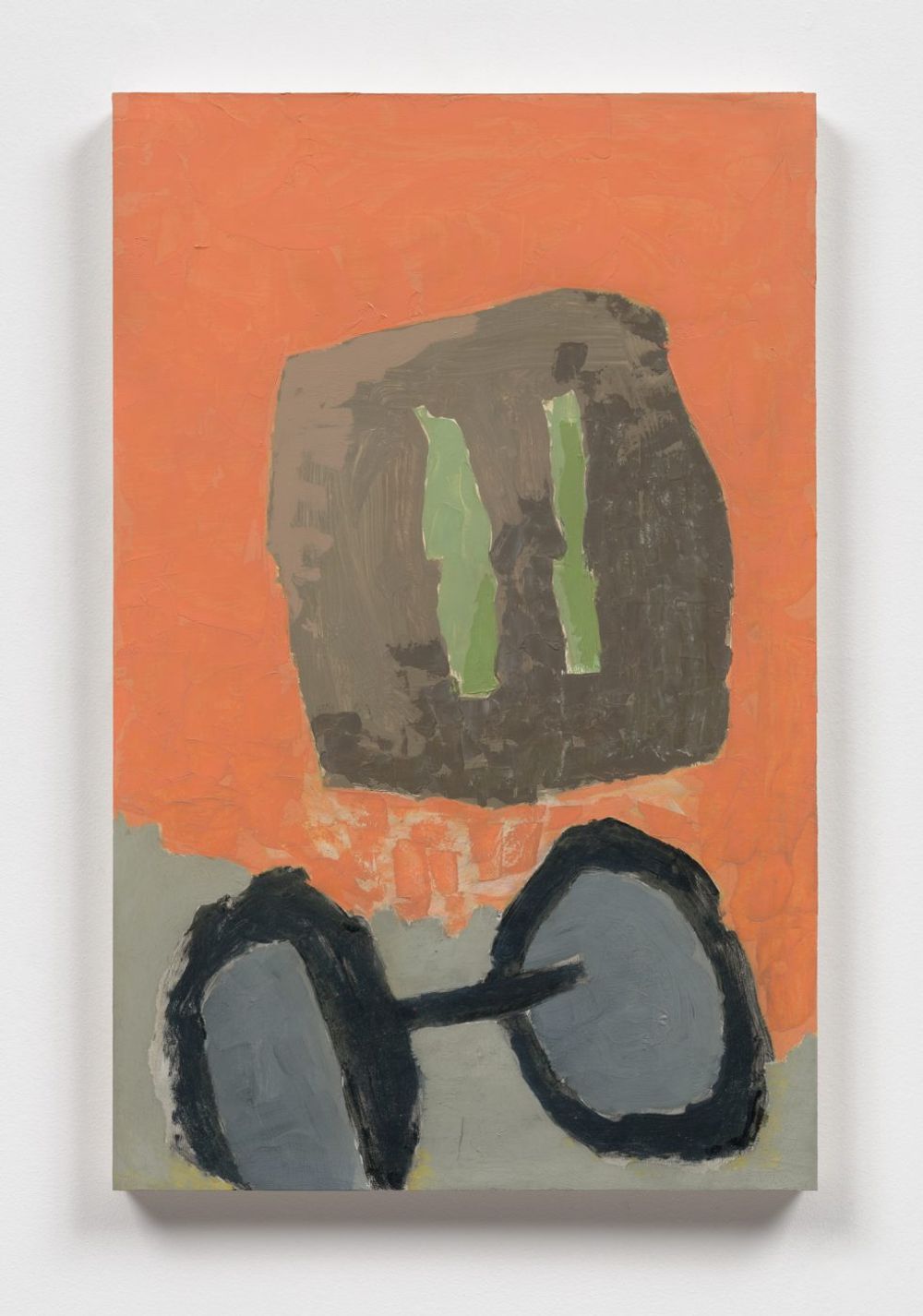
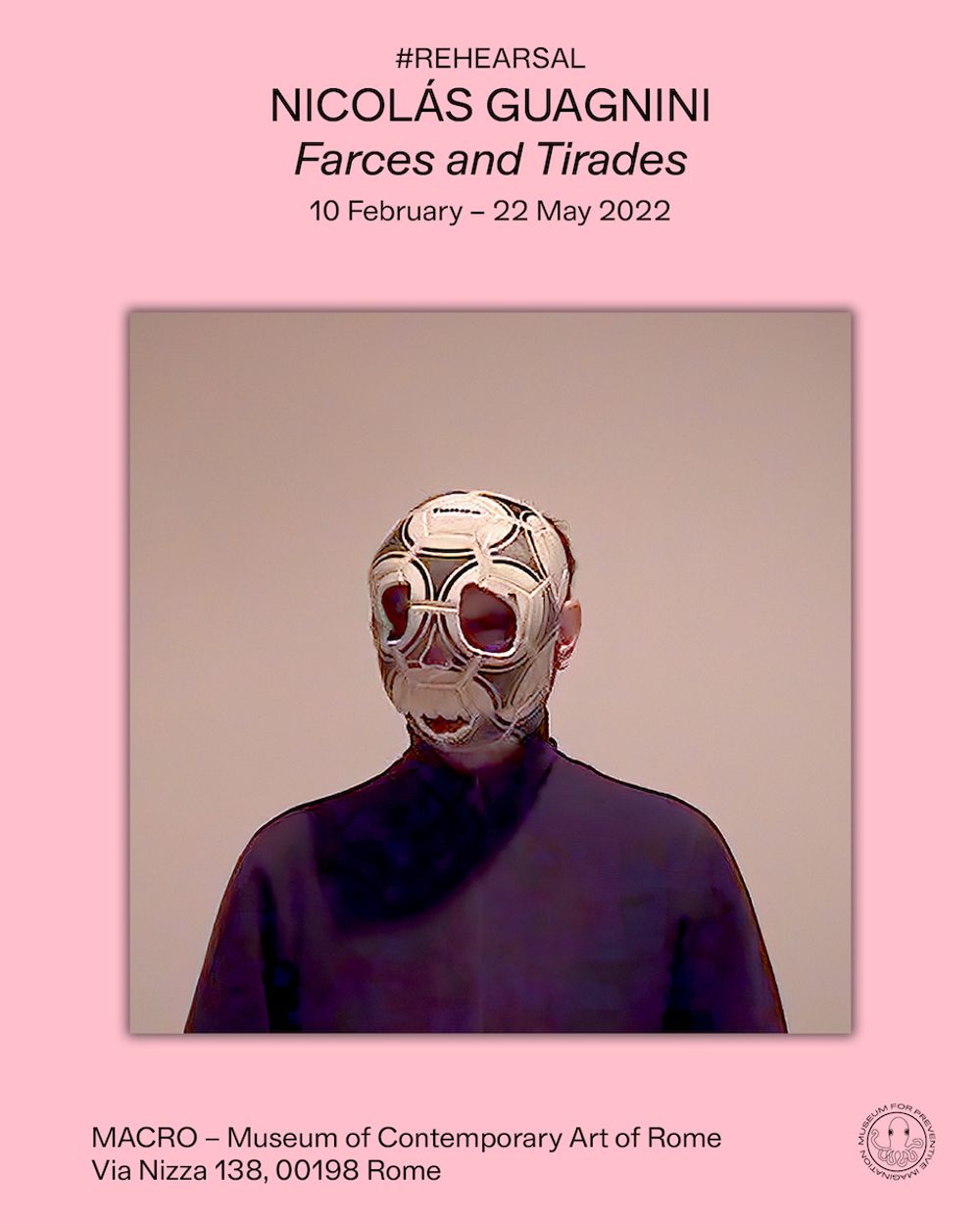
A series of key works alternate over the course of the two acts, outlining recurring themes in the artist’s oeuvre—“from the unconscious to the market”, as he writes—while revealing the variety of media with which Guagnini experiments and expresses himself: video-performance (Discharge, 2005; Tango 78, 2010; Clear Allegiance, 2012; Analysis, 2019) and slide-projection-installation (The Middle Class Goes to Heaven, 2005–2006), printing (the wallpaper Notes on Dickface, 2014), painting (77 Testicular Imprints, 2007), sculpture (the vitrified and glazed ceramics of Lumpen, Points of View and Raft, 2014; Aphasia Bagatelle, Decurion, and Divinity School—The Ice Queen, 2016). Throughout the exhibition, the floor of the room will be almost entirely covered by an installation of sheets of paper, printed with a conversation between the artist and Luca Lo Pinto: the scenario of this comedy, made available to its audience, at their feet.
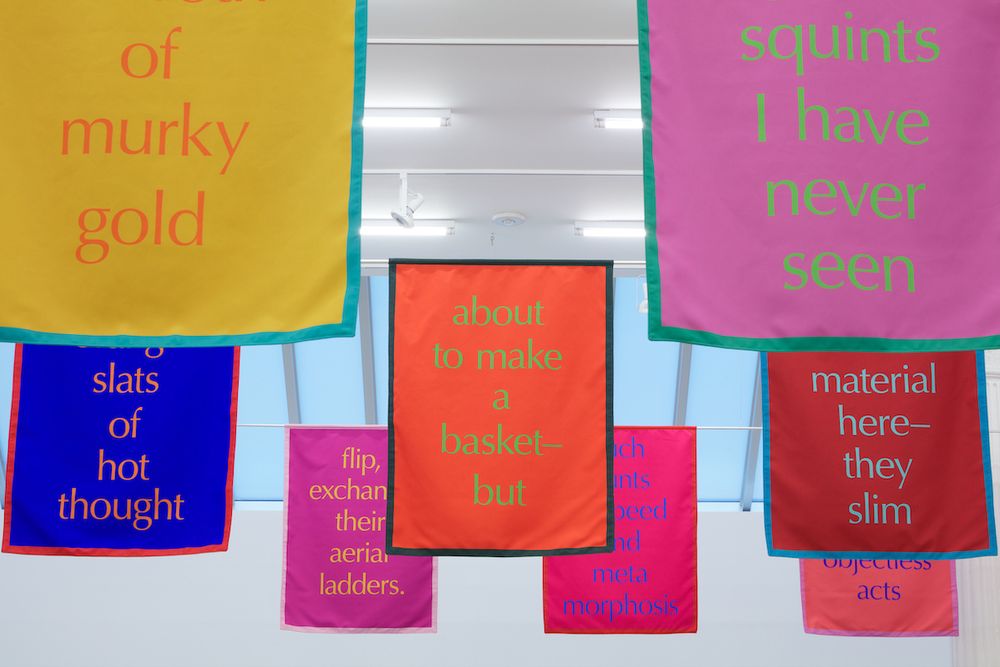
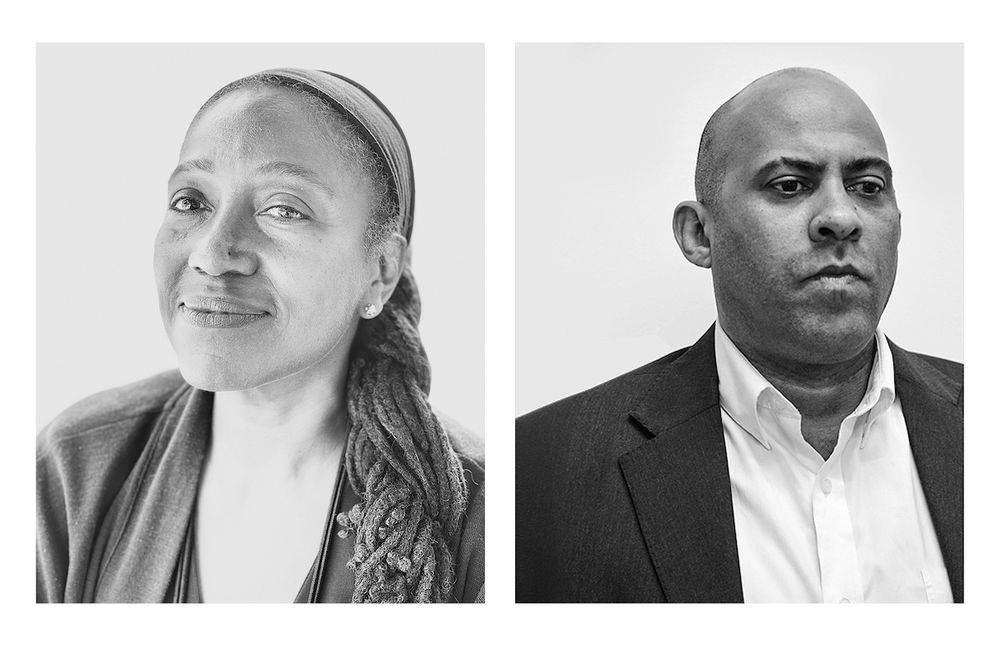
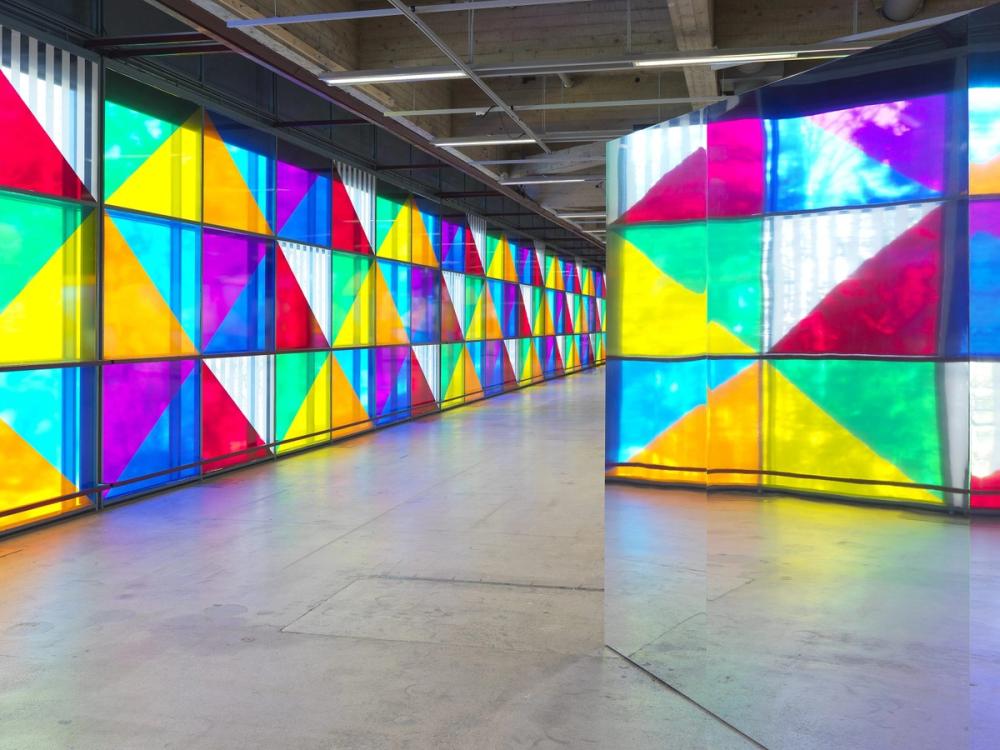
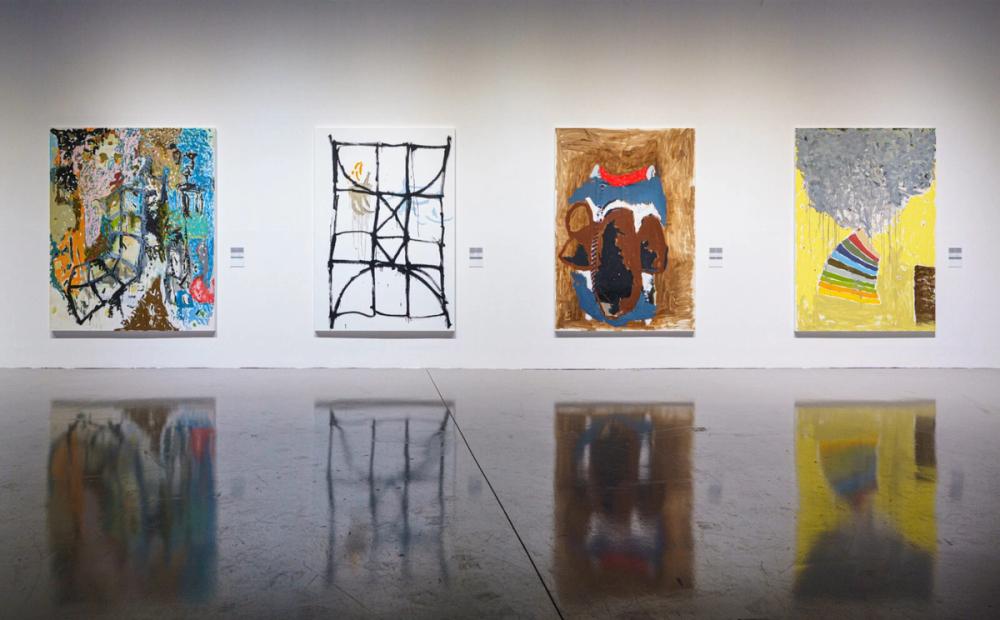
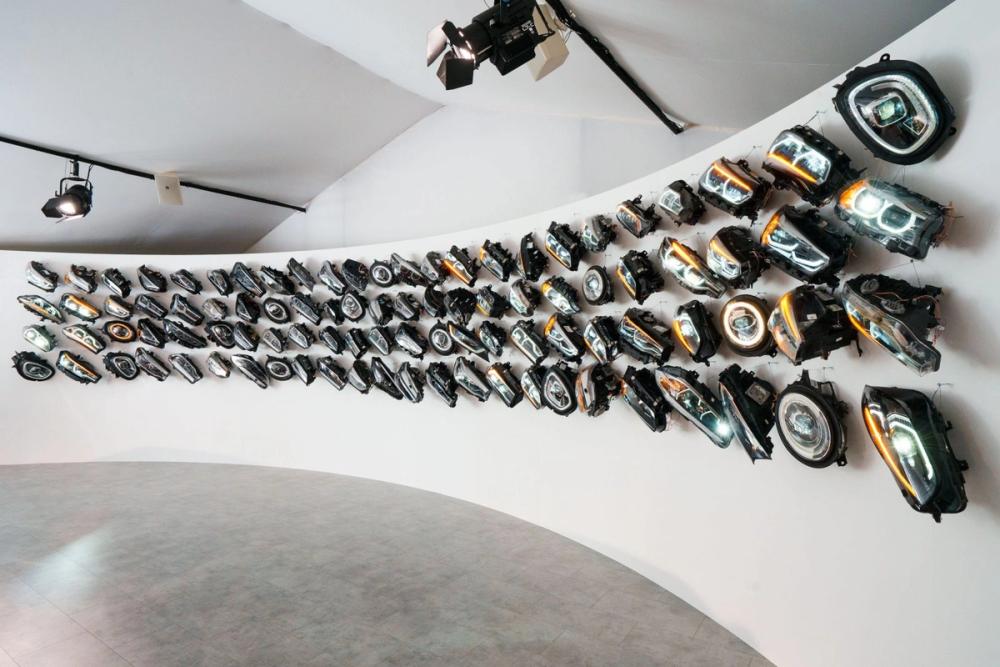
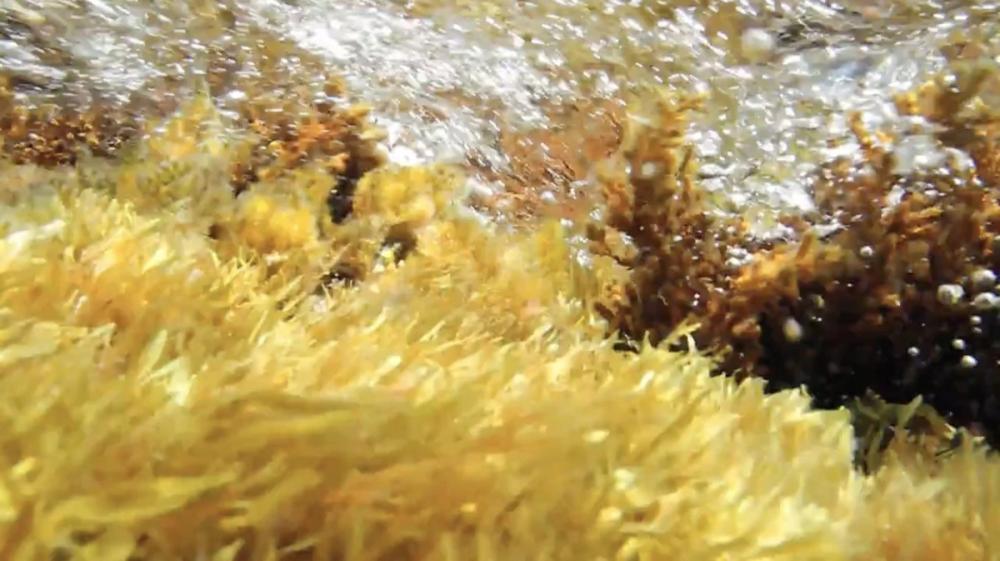
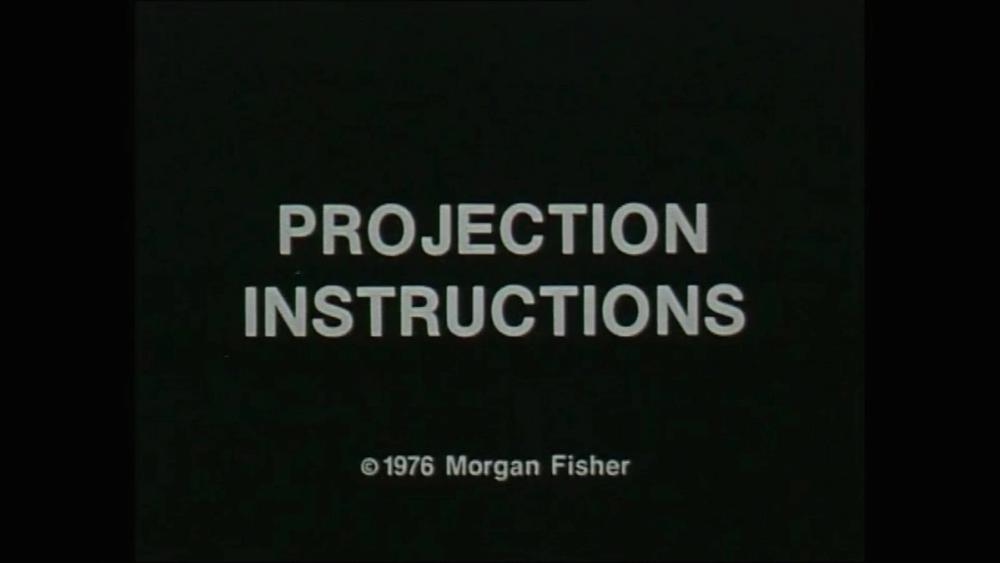

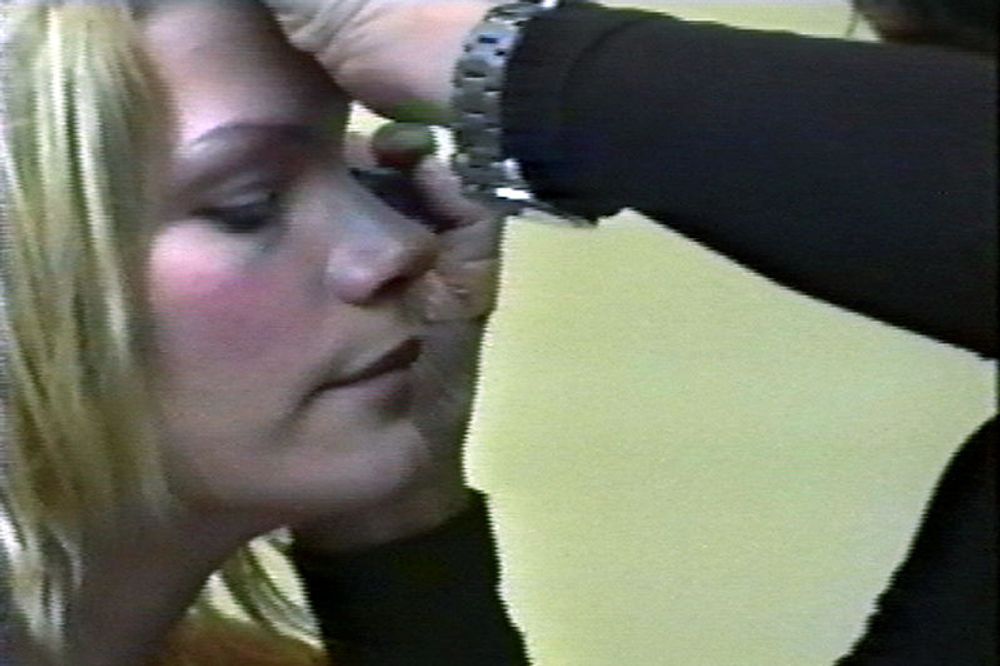
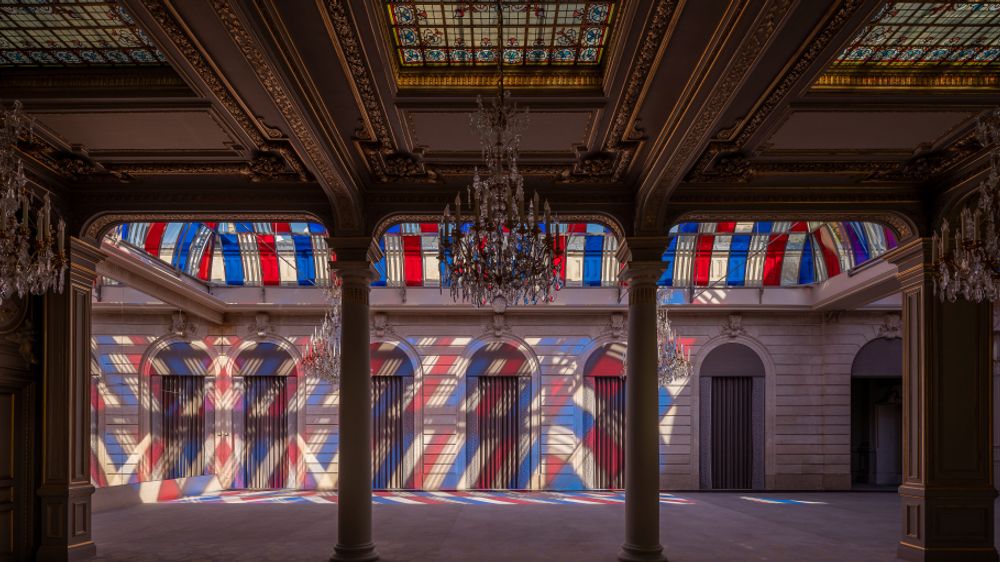
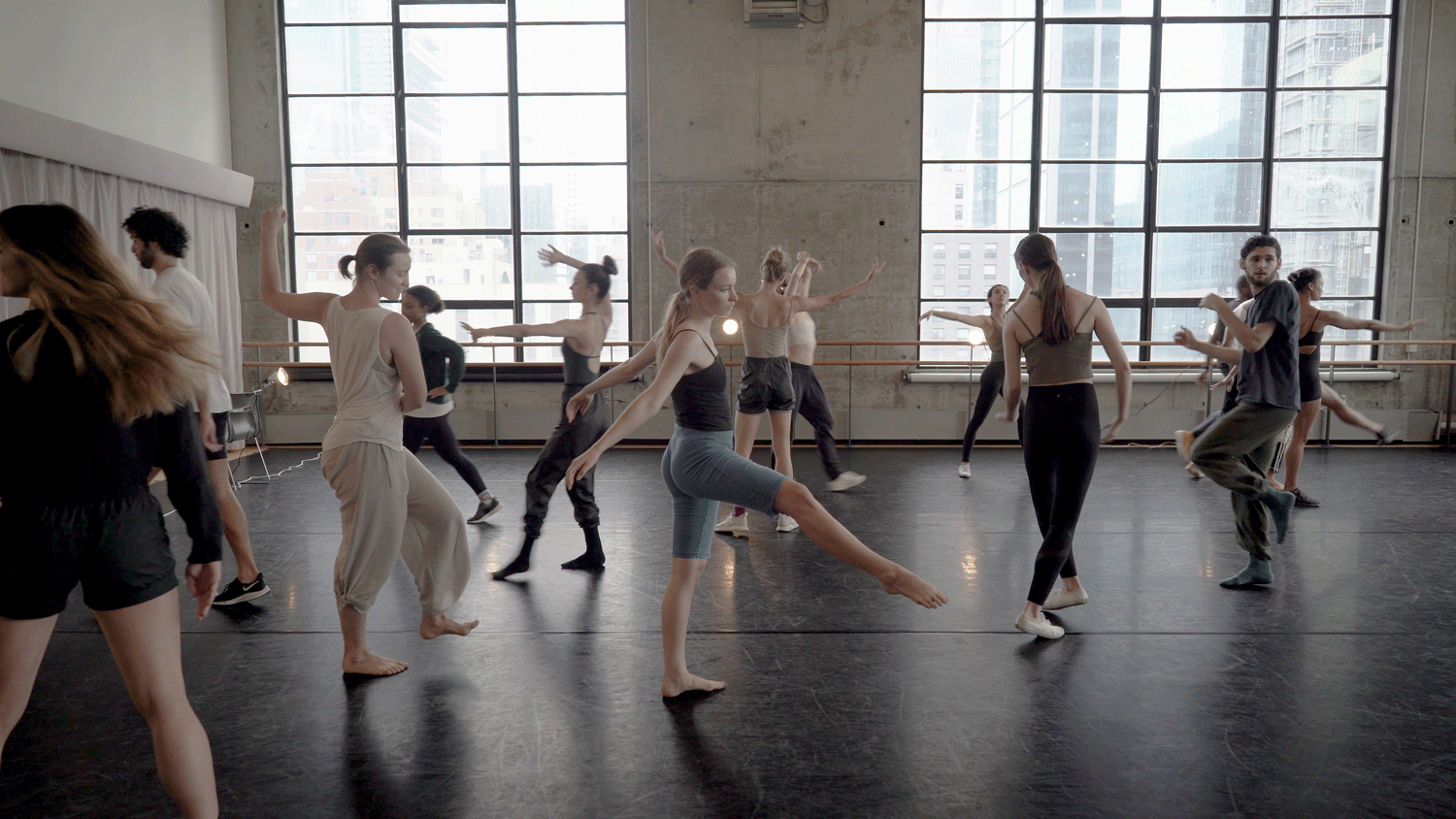
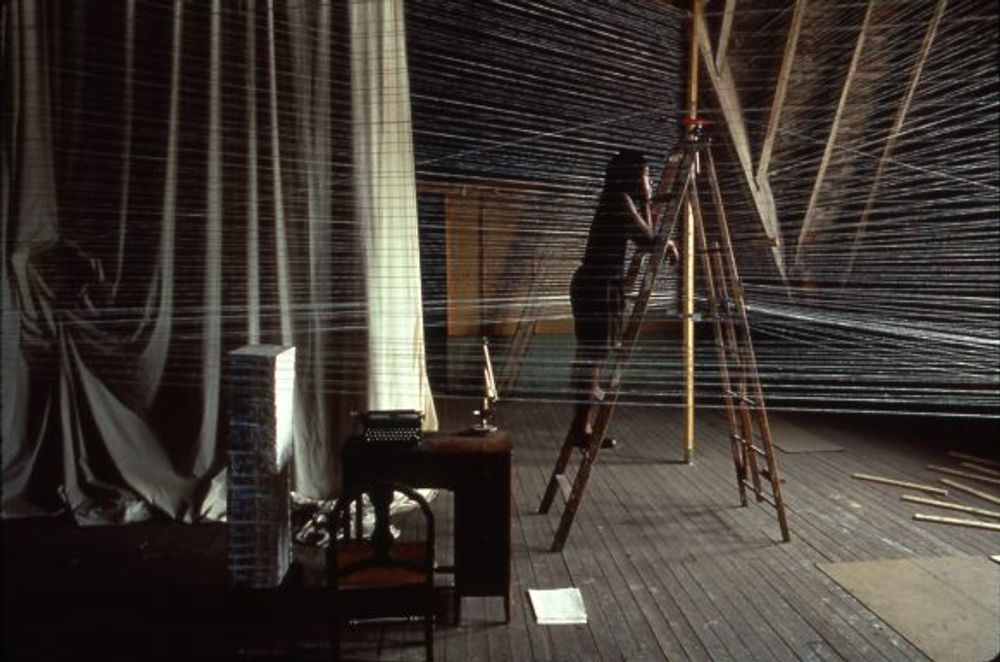

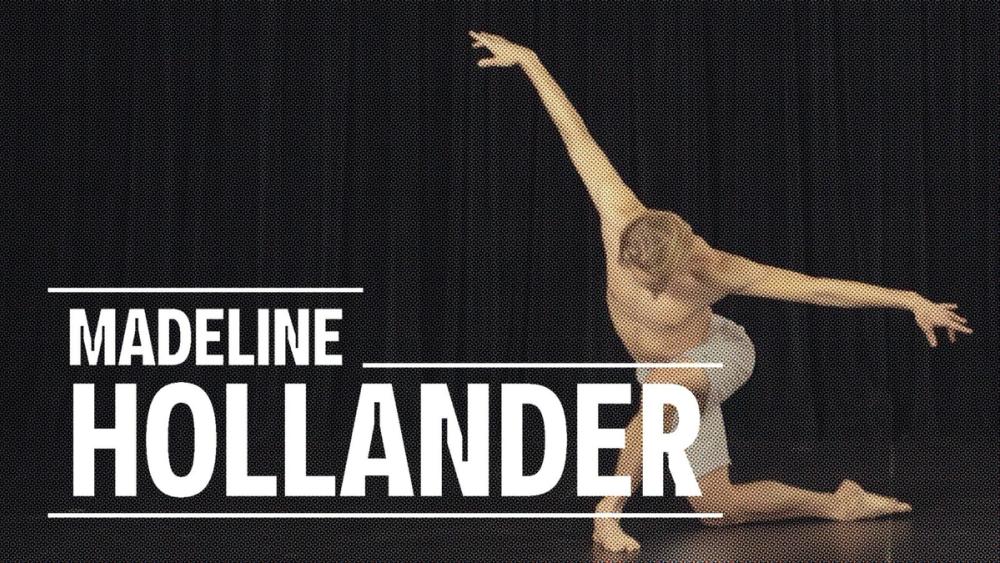
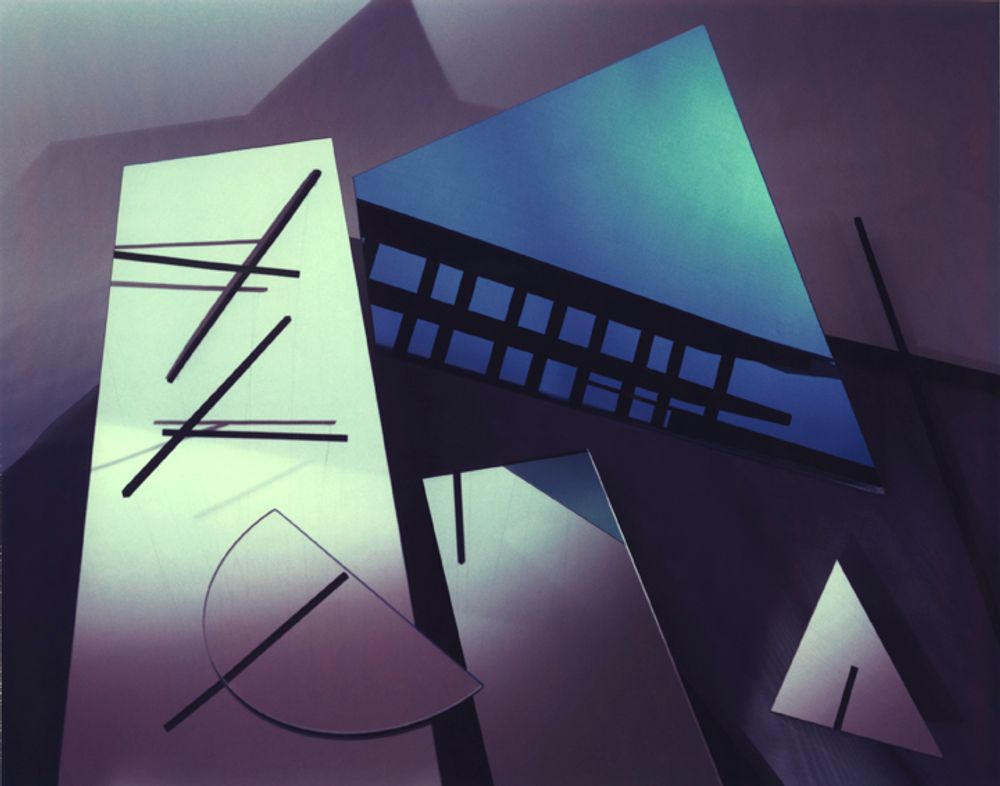
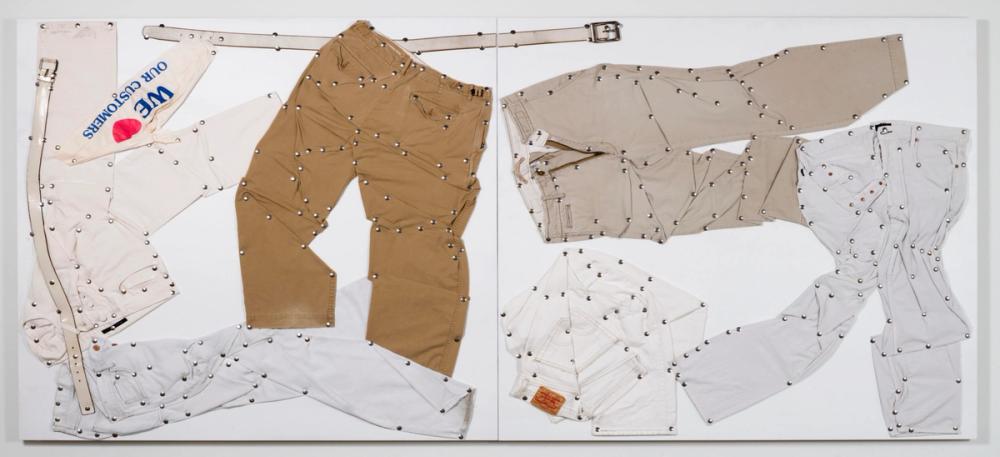
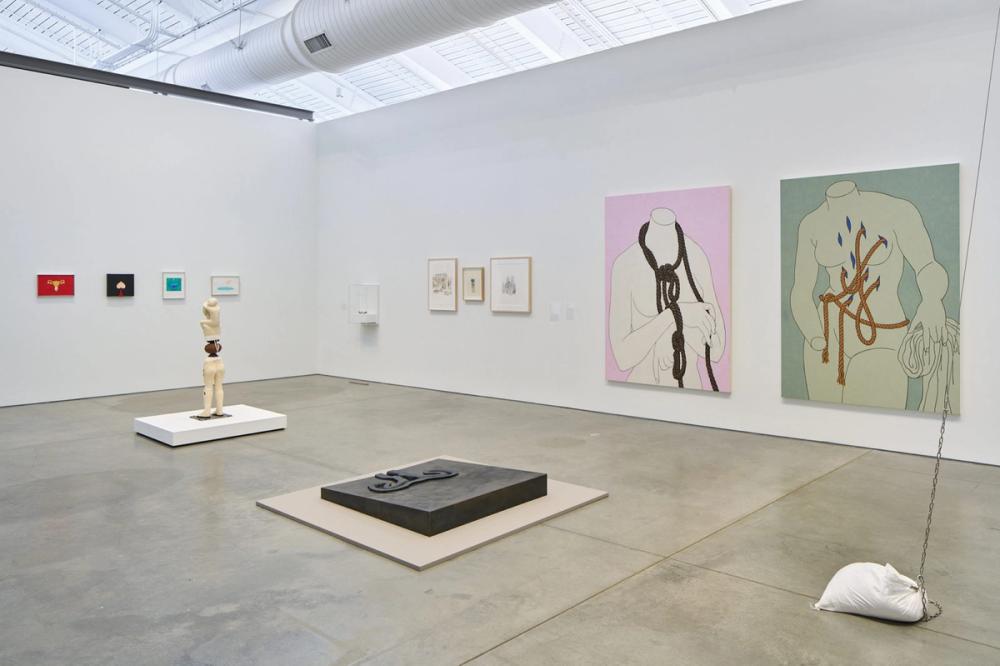
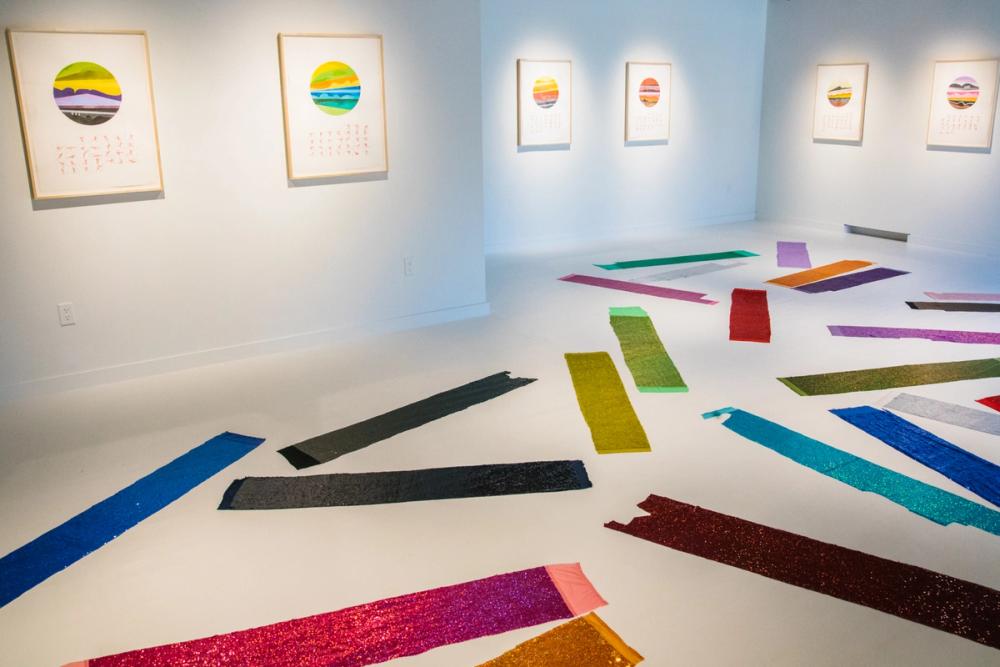
The Dries Van Noten Little House welcomes its first two-person exhibition, Some People See Time by artists Polly Apfelbaum and Madeline Hollander. In the exhibition, open through September 11, 2021, the artists work in a dialogue one color, movement, texture, and tempo with Hollander’s choreographic drawings, made into a calendar of sorts, and Apfelbaum’s “fallen paintings” of fabric strewn about the floor, shifting every week of the exhibition.
In the exhibition text from Stephen Westfall, he writes, “The synesthete toggles across the border between anguish and reverie. Kandinsky would have to commit himself to bed for days at a time when overcome by synesthesia-induced headaches, but he also envisioned abstract painting when immersed in a yellow cloud during a performance of his friend, Schoenberg’s music. The otherwise uncommunicative, seemingly catatonic subjects of Oliver Sacks’ essay ‘The Twins’ would call out impossibly large prime numbers to each other and rock back and forth in subdued ecstasy, a story which brings me to numbers as vessels of color and flavor. Madeline Hollander and I disagree vehemently over the taste and color of the numeral ‘5,’ for instance, but we both see its aura and taste it.”
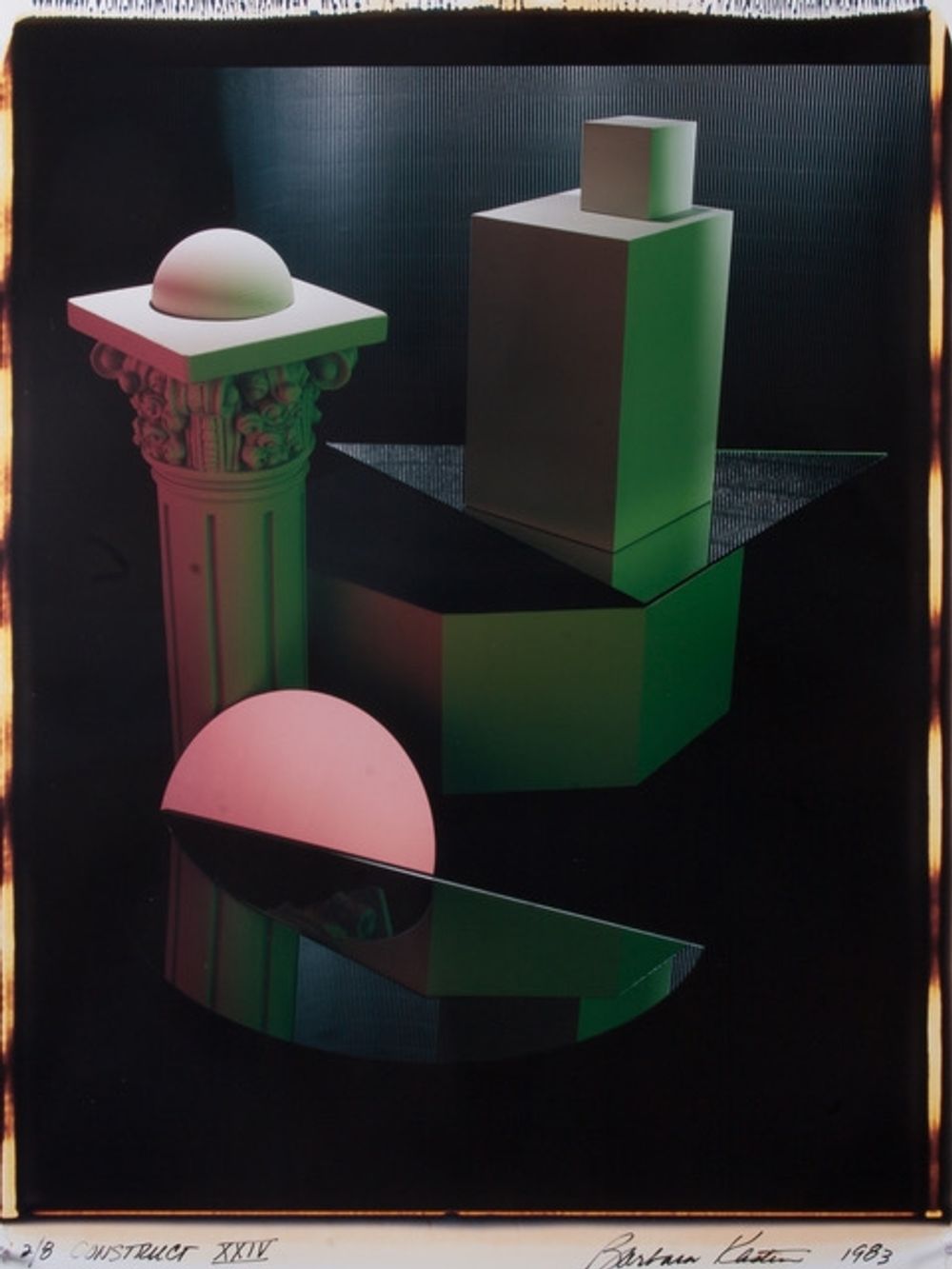
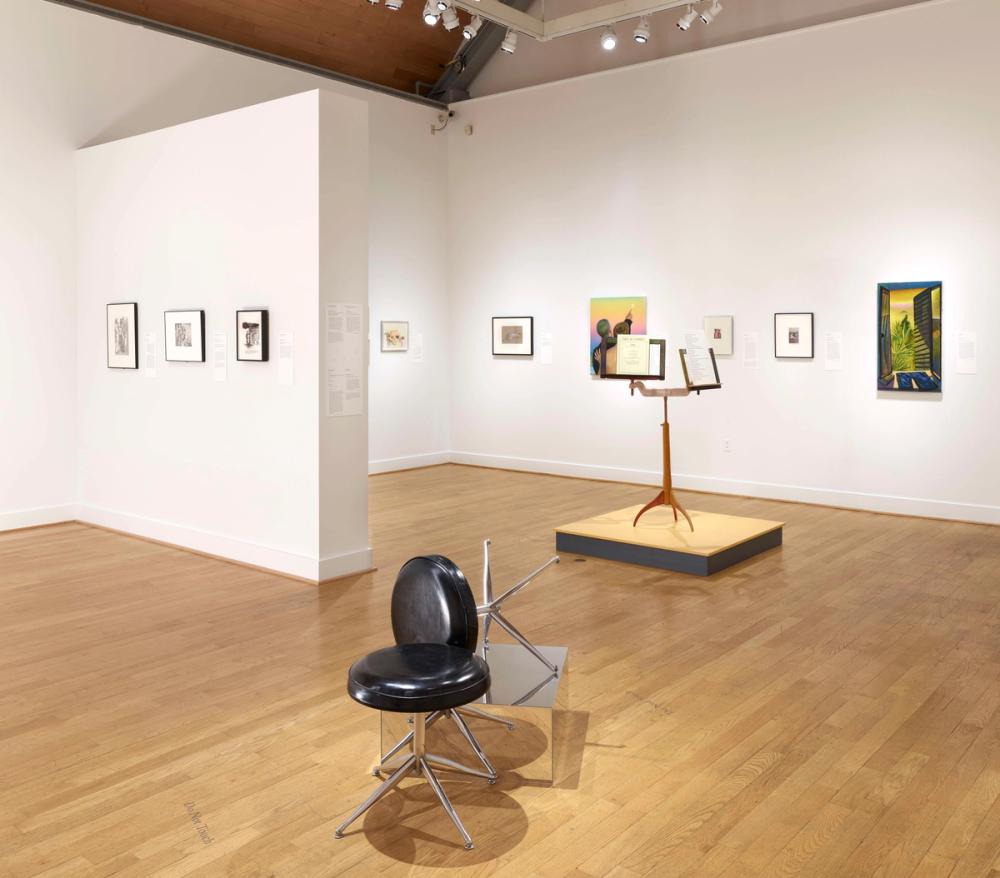
Any distance between us explores the power and significance of intimate relationships in works of contemporary art. Almost all of the thirty-five participating artists identify as queer and/or people of color. The exhibition’s forty artworks, made from 1954 to 2021, are drawn from active artists' studios, private collections, and from the RISD Museum’s permanent collection. Together, they reflect a profound cultural and political shift over the last seventy-five years in representations of sexual orientation, gender identification, class, and race. Any distance between us draws poetic connections between works from disparate media (including paintings, drawings, photographs, sculpture, and prints), distinct historical moments, and different cultural contexts.
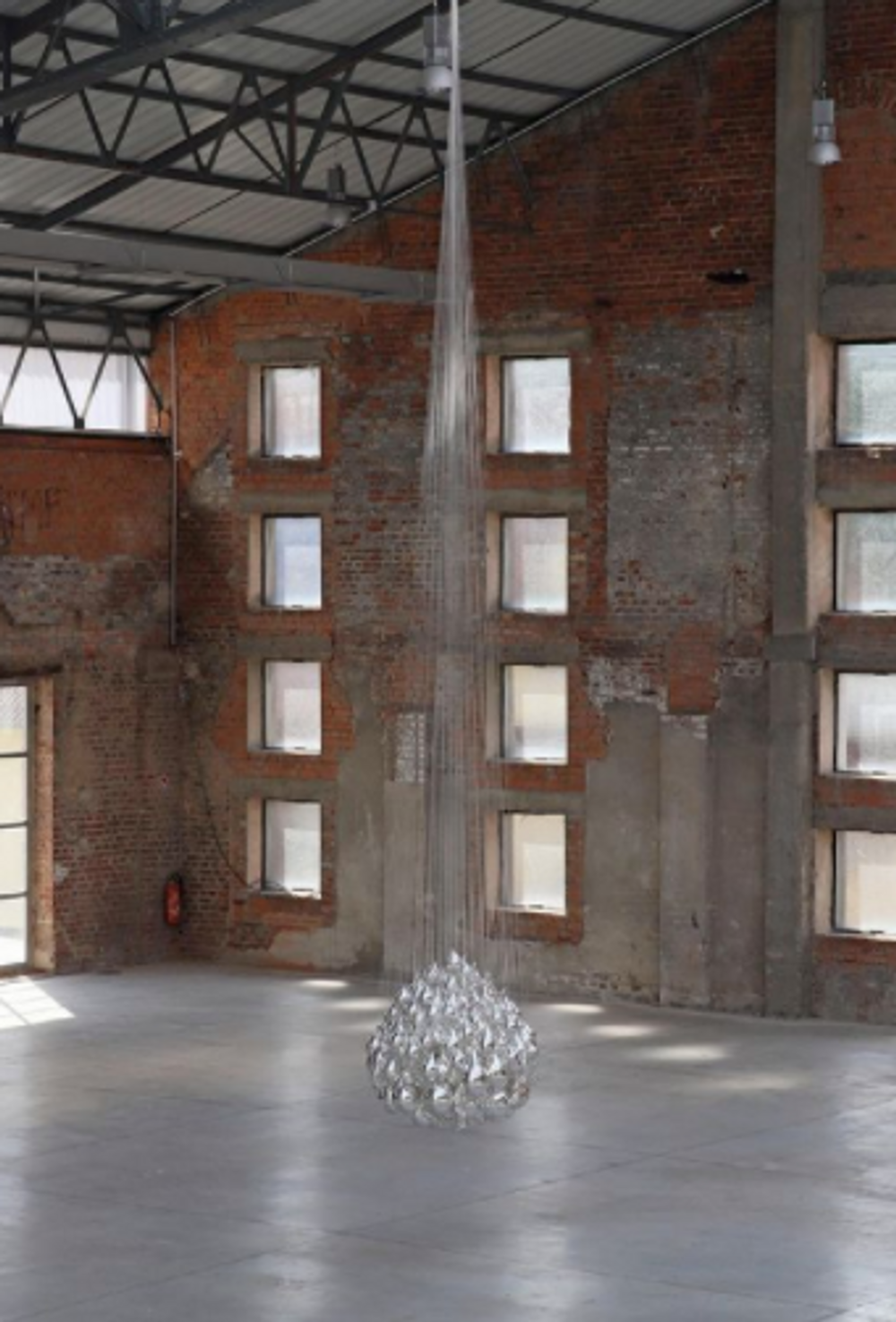
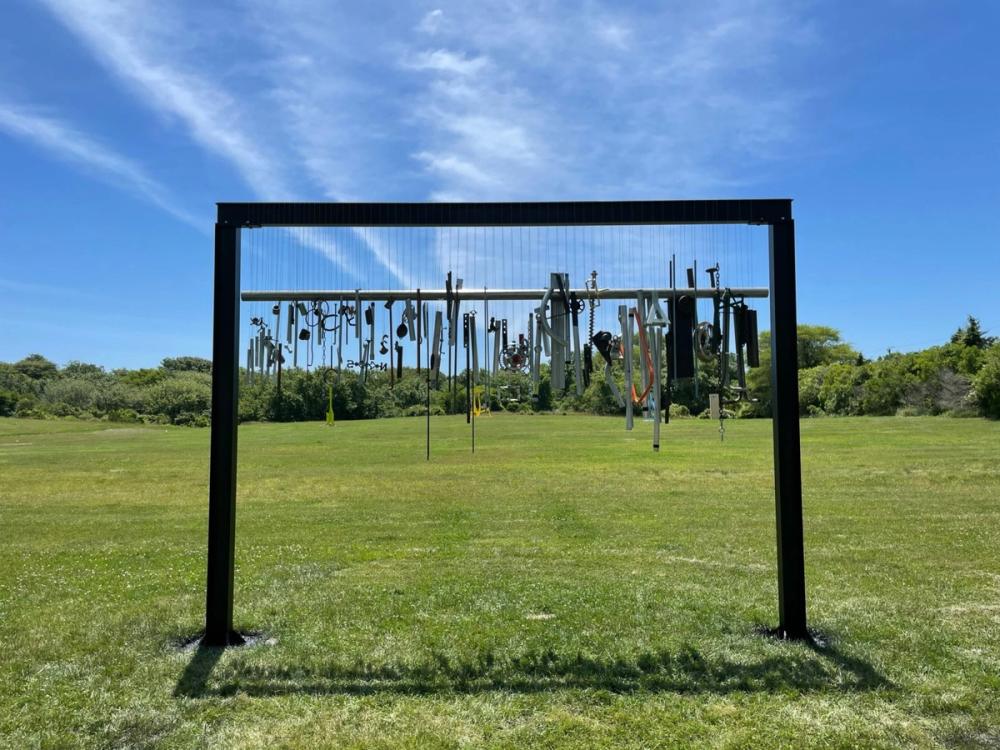
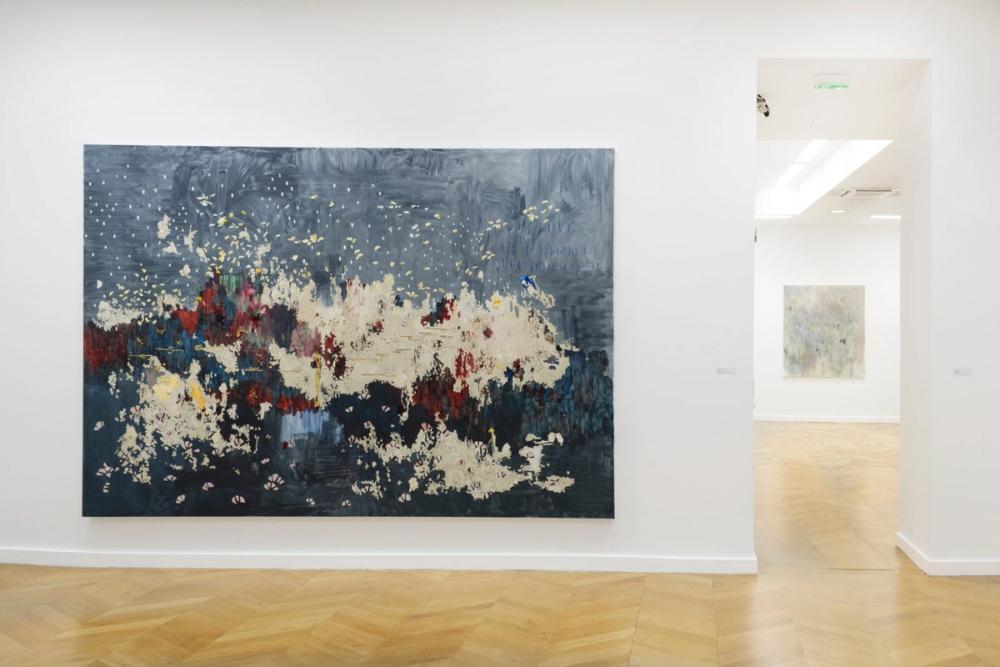
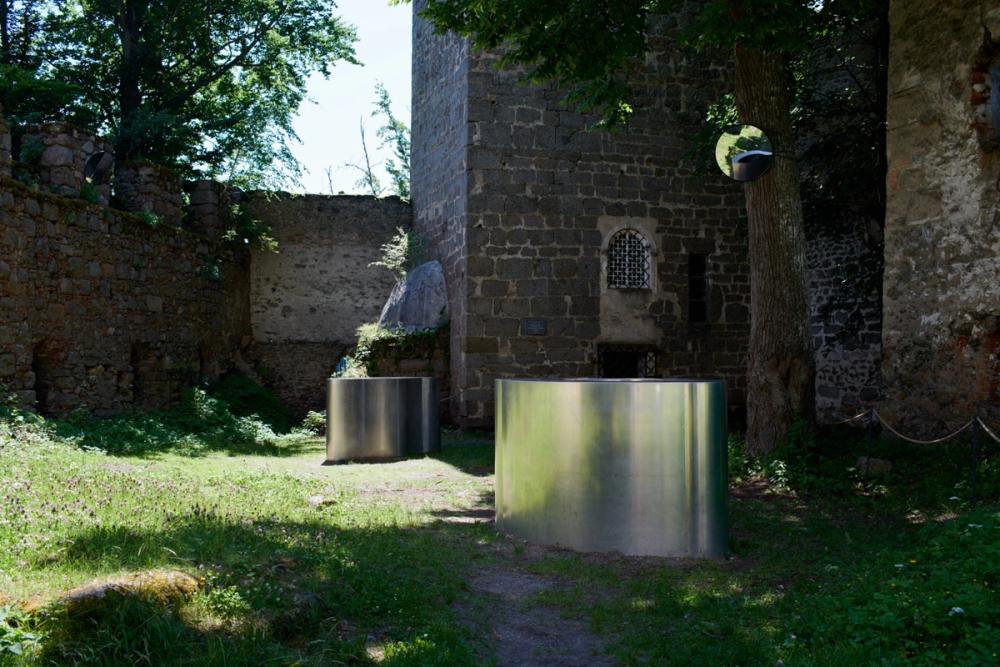
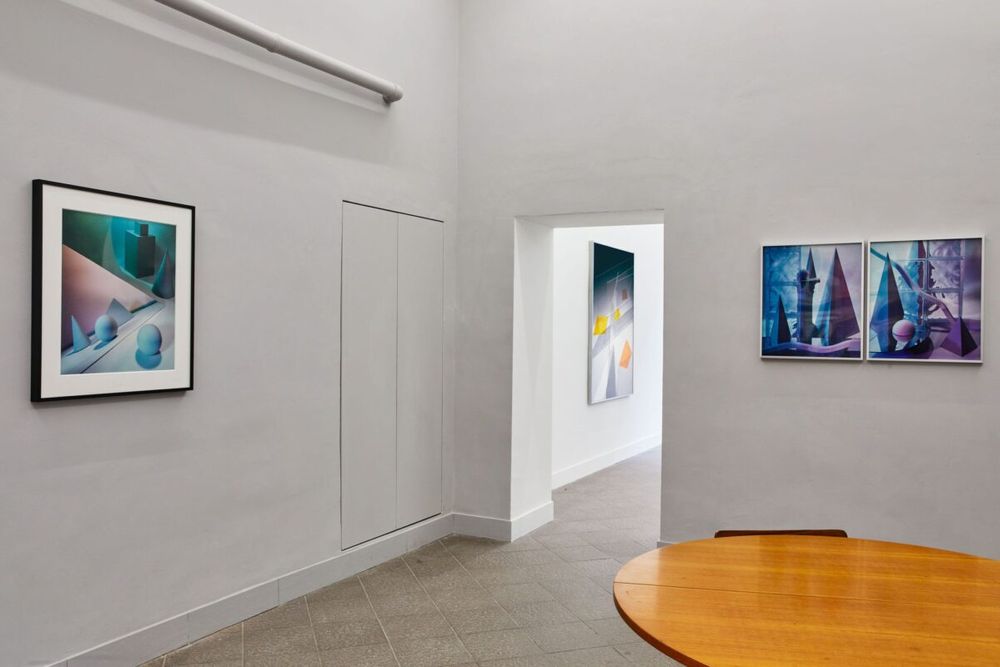
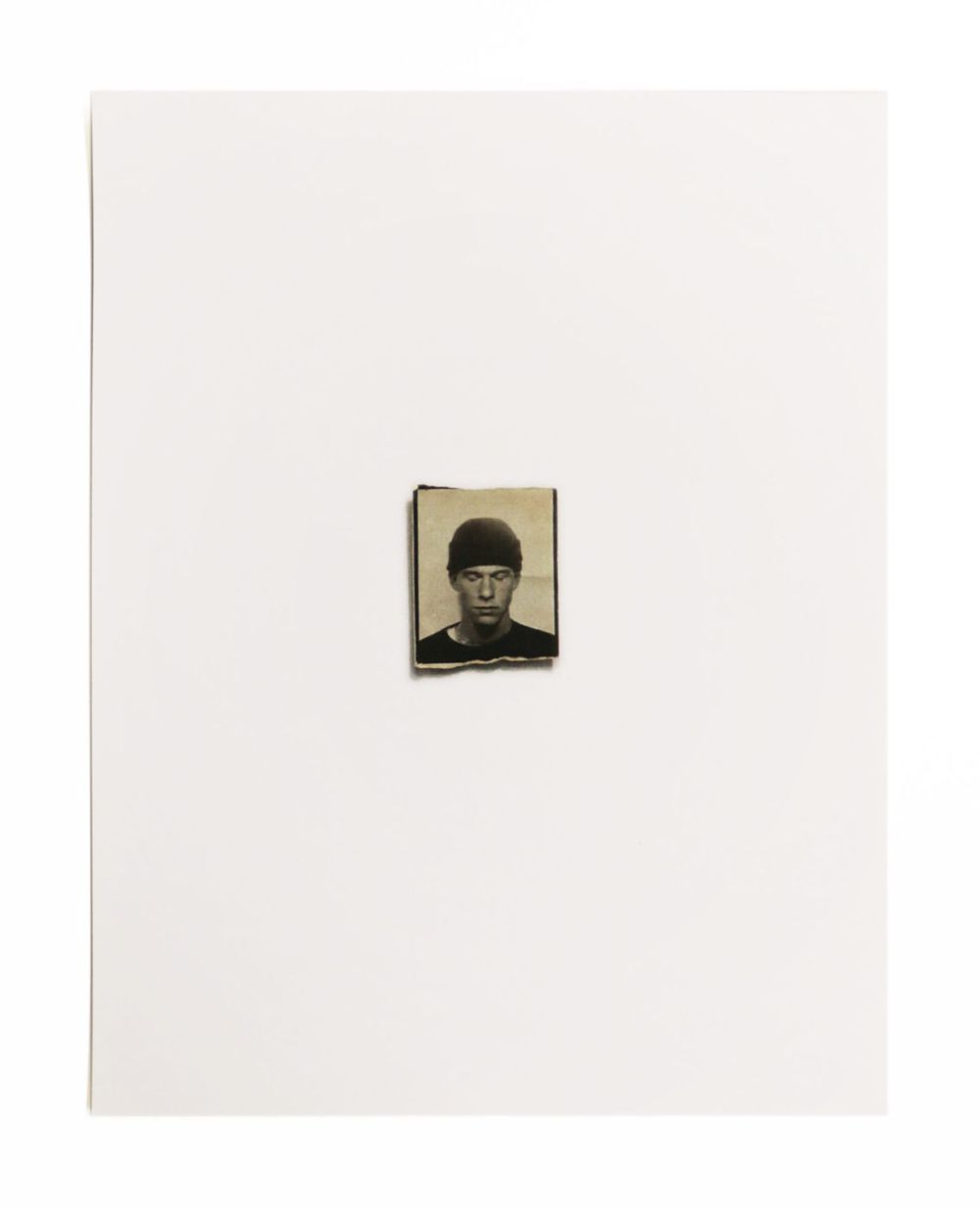
White Columns is happy to announce ‘From The Archives: White Columns & 112 Greene Street / 112 Workshop, 1970 – 2021…’ an exhibition that considers the ongoing legacy of New York’s oldest non-profit, alternative art space. Drawn exclusively from the organization‘s archives the exhibition charts the history of White Columns over the past five decades: from its beginnings at 112 Greene Street in SoHo to its current home in the Meatpacking District. White Columns was founded by a group of artists in October 1970 and was originally known as 112 Greene Street / 112 Workshop. The organization was renamed White Columns in 1980 following its move to 325 Spring Street.
The exhibition is structured around a display of archival materials – inc. press releases, posters, flyers, correspondence, mission statements, exhibition schedules, installation images, etc. – that runs through the gallery in the form of a timeline. Three large vitrines contain a selection of printed exhibition announcements from the 1970s, 1980s, 1990s and early 2000s. (The gallery largely stopped producing printed invitations c. 2008.) A further series of smaller vitrines focus on some twenty key projects from the organization’s fifty-year history – including those dedicated to exhibitions by Gordon Matta-Clark (1972), Louise Bourgeois (1974), Lee Quiñones and Fred Bathwaite (1980), Group Material (1987), Cady Noland (1988), and Fred Wilson (1990) among others.
Over the past fifty years – literally – thousands of artists have contributed to and helped to shape 112 Greene Street’s and White Columns’ programs. The exhibition, given the constraints of space, can only be a partial account of all this extraordinary activity. The gallery’s full archives can now be accessed online via our website at www.whitecolumns.org/archive/ (http://www.whitecolumns.org/archive/) – a resource that is constantly being updated and augmented as new archival materials come to light.
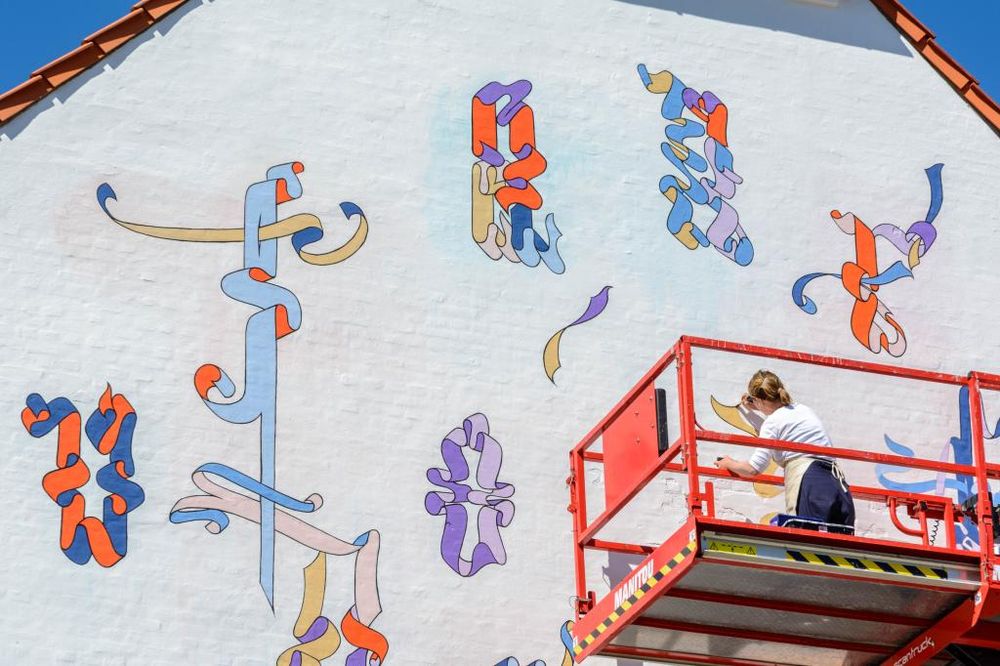
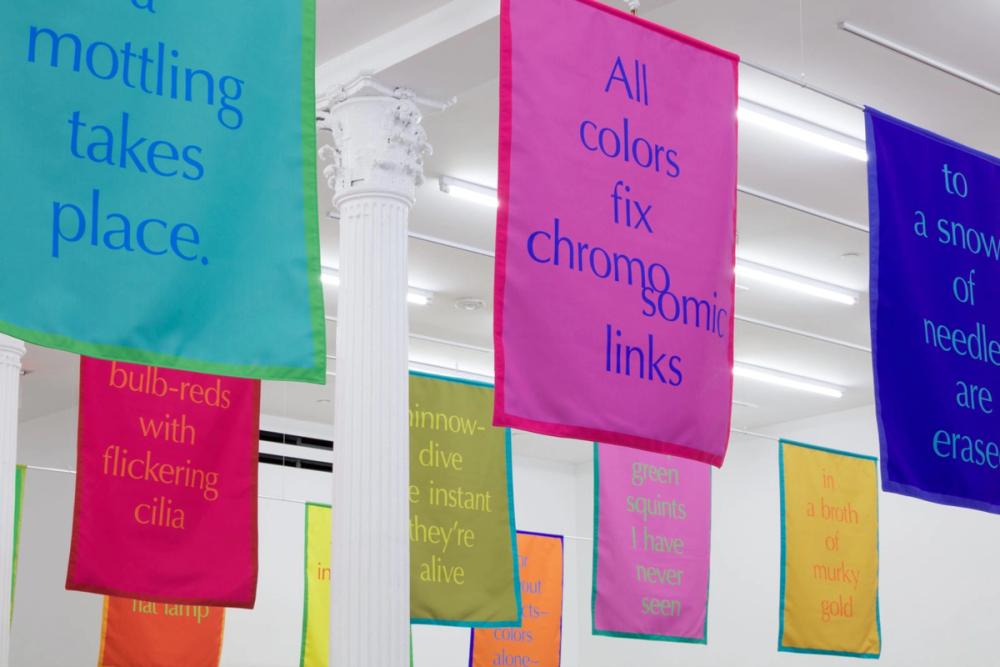
Via films, essays and writings, installations, digital media, architecture, sound-related works, film series and events, her work engages with explorations into circuits of relation and exchange over time, the gaps and shifts in what survives in public and private memories, as well as what has been imagined and invented.
At Borås Art Museum, Green presents Space Poem #7 (Color Without Objects: Intra-Active May-Words) (2020), which is composed of twenty-eight double sided banners hanging from the gallery ceiling. Invoking the words of American Swedish poet May Swenson, the work invites viewers into a textual and spatial dialogue with words, color, and form. Space Poem #7 continues Green’s ongoing investigation into transmutation and meaning and its formal and poetical modes of communication.
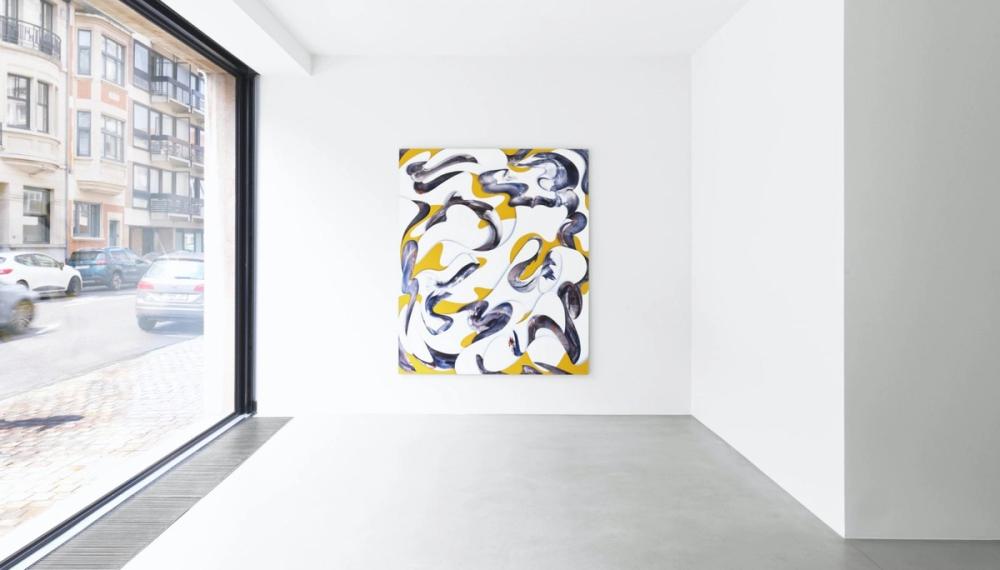
Vance’s oeuvre has a temporal dimension, since the artist not only works within the pictorial space but also across time: she often elaborates her constellations of free-flowing lines and loops over the course of months. During this period, an initially active sequence of gestures develops into a matrix of interrelated shapes and, crucially, a vigorous interplay between light and shadow, foreground and background. Taking the conventional definition of ‘slipstream’ as ‘an assisting force that draws something along behind it’, Vance’s paintings can be said to follow in the slipstream of the streaks and striations left behind in the wake of her initial squeegeed gestures. This foundational and intuitive movement of paint produces marks of varying velocity that act as the catalyst for subsequent gestures and actions. Working without assistants, her compositions are intimately linked to the physical act of painting, and her large-format works bear witness to both the reach, and limits, of the human body. Added to this is the emphasis on colour that becomes – especially in the larger paintings – an almost kinetic force. Lesley Vance not only demonstrates an eye for evocative hues but also the way in which contrasting and complementary shades can evoke an atmosphere, idea or even an art historical reference. The artist’s considered use of bright contrasts, bold sweeping lines, simplified organic forms and areas of pure vibrant colour (red, blue, yellow, and green) lend her most recent works an intense visual dynamism.

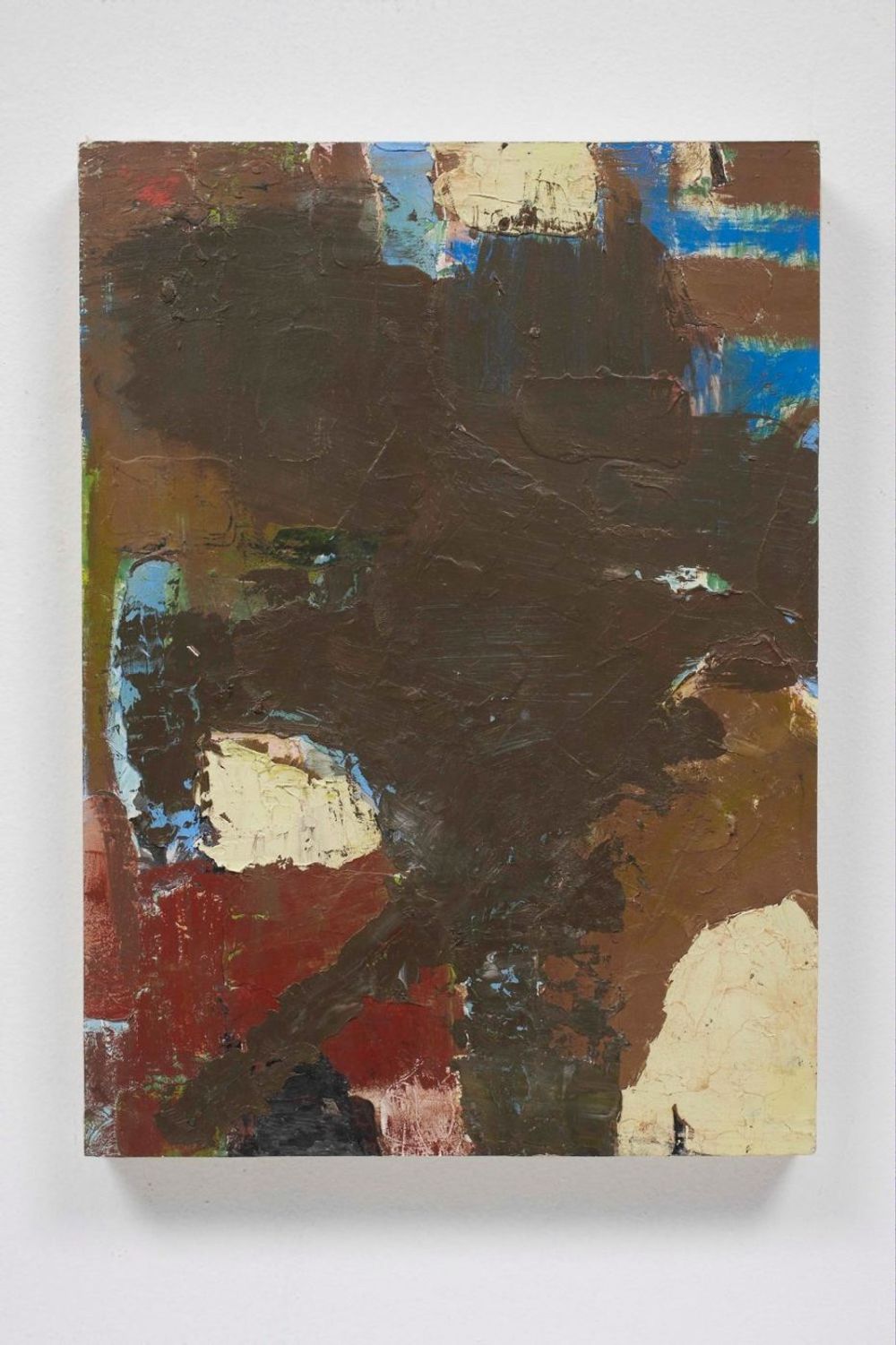
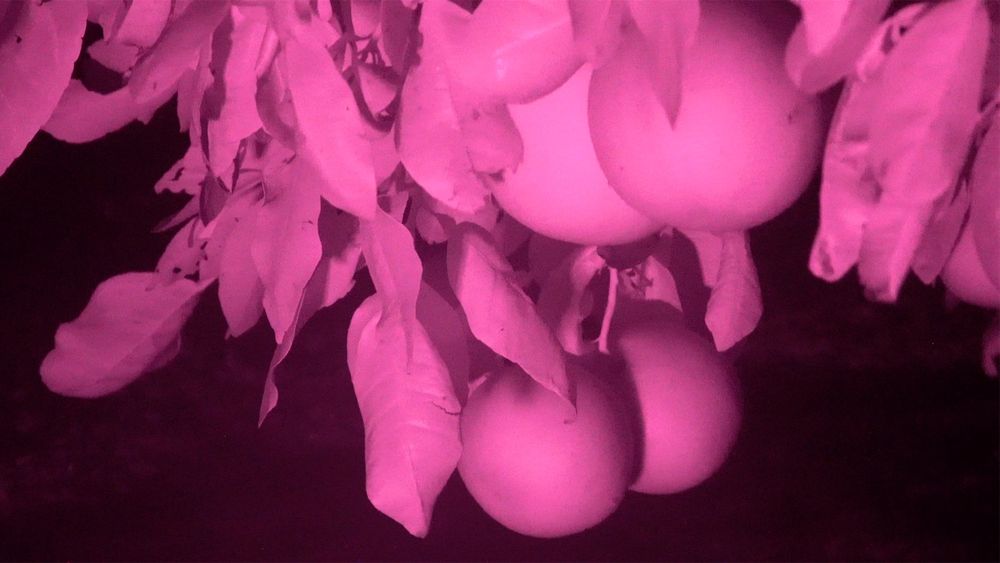
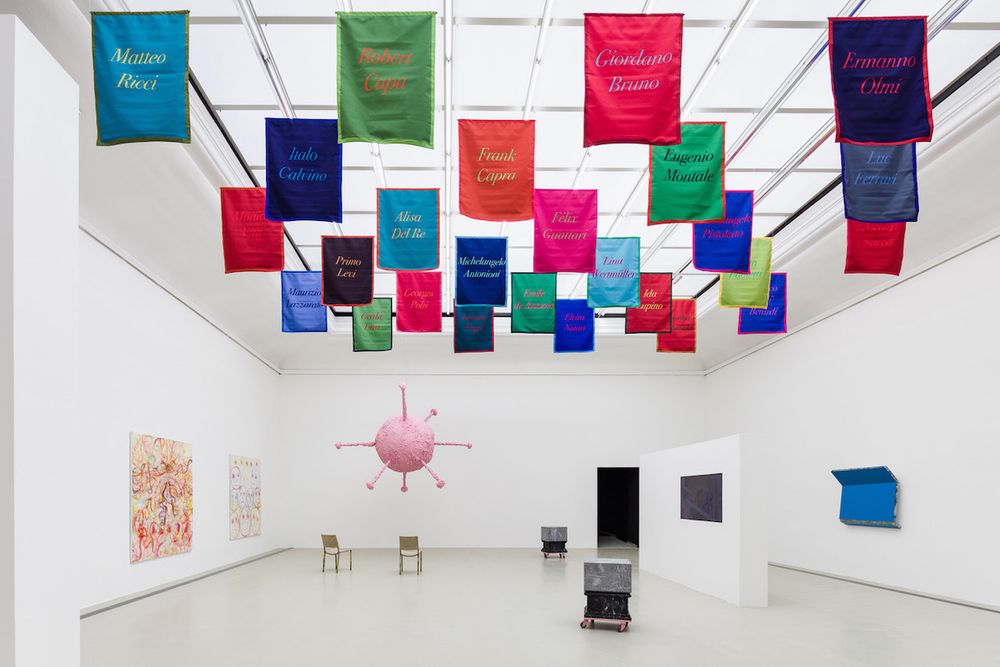
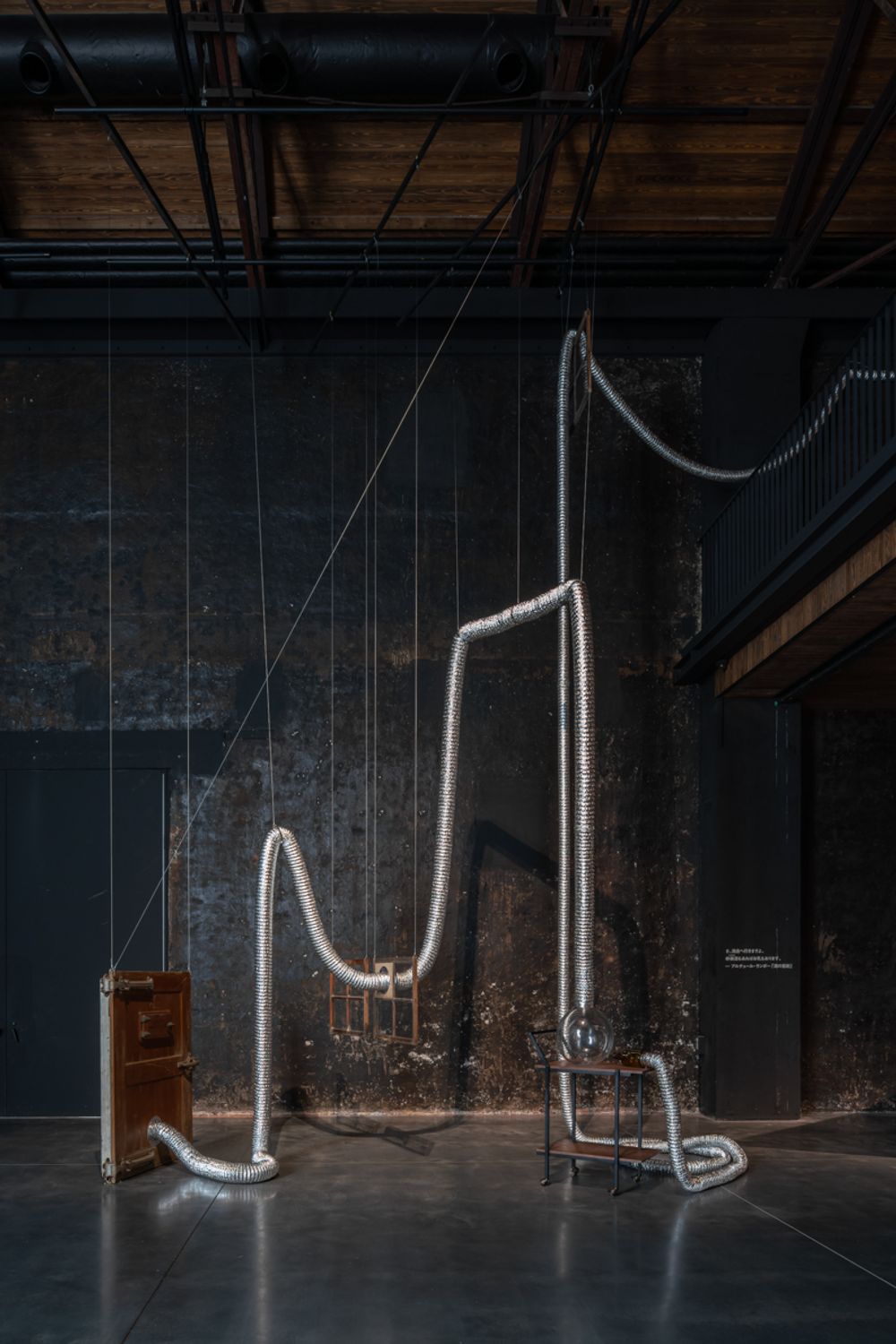
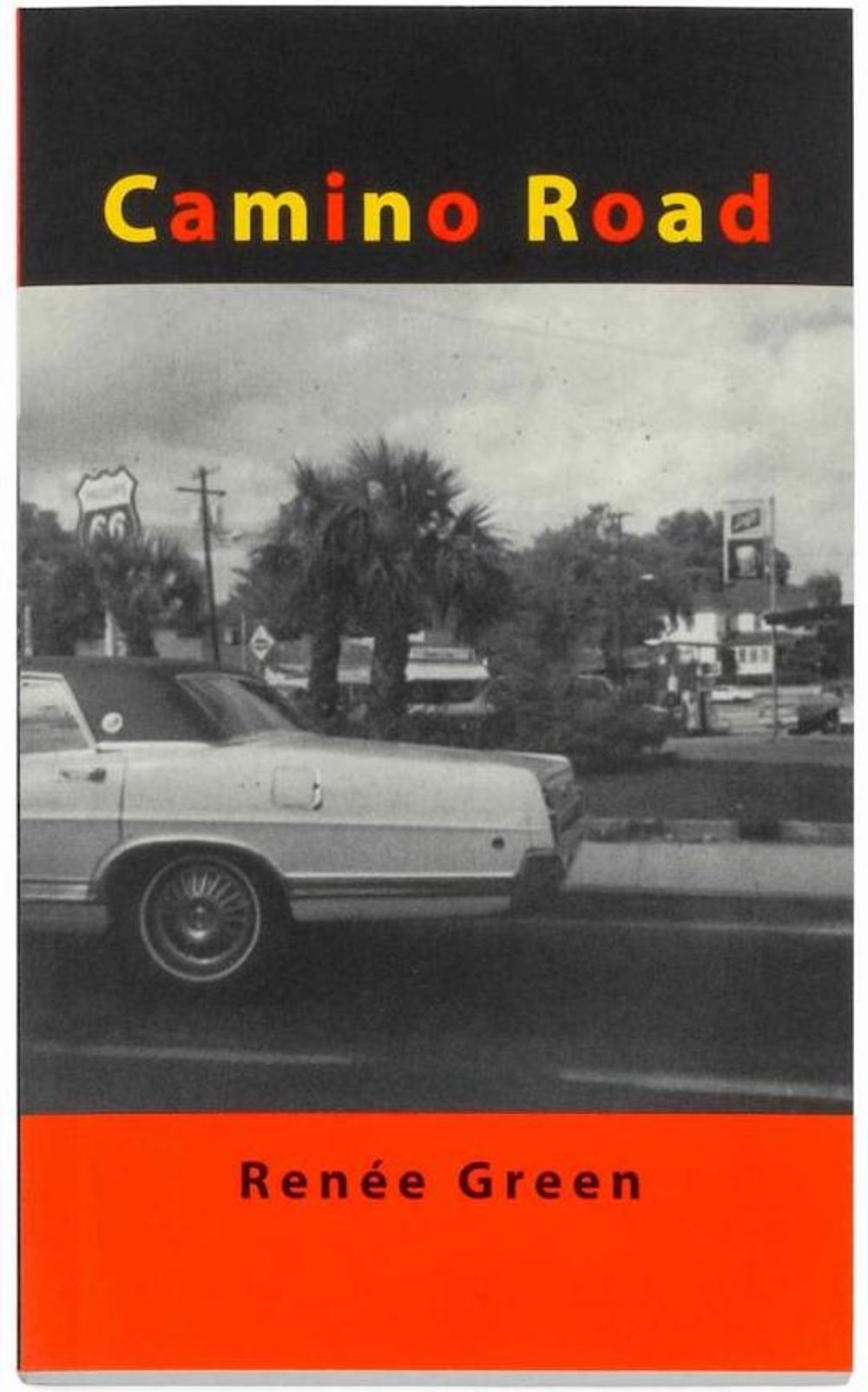
First published in 1994, Camino Road is artist Renée Green’s debut novel—a short, ruminative work infused with semantic ambiguity and the dreamy poetry of the quotidian. Republished here in a facsimile edition, the book ostensibly traces its protagonist Lyn’s journeys to Mexico and her return to attend art school in 1980s New York, but what emerges is more an intertextual assemblage of the moments between drives, dreams, and consciousness. Lyn does her Spanish homework and makes note to read Anna Kavan and Cortázar; she watches Fellini; she dreams about the Mediterranean Sea. Much like Green’s multimedia installations encompassing the sonic, spatial, and visual, Camino Road is richly layered—part intellectual genealogy, part fictional personal memory, and part cultural criticism.
Green has described the book as a “self-conscious homage to or parody of the ‘road novel,’ ‘bohemia,’ and artist-rebels.” “I’d been thinking about the beat generation, figures like Jack Kerouac, Burroughs, etc.—the mythic construction of the artist personality as rebel and how females, and myself in particular, entered into that,” she said. “These ‘beat’ sources seemed to form a typical American introduction to the idea of bohemia and of being an artist.”
Originally created as part of Green’s contribution for the group exhibition “Cocido y crudo/The Cooked and the Raw” at the Museo Nacional Centro de Arte Reina Sofía, Madrid, the text is written in both English and Spanish, and accompanied by an appendix of photographs and ephemera tracing Madrid’s La Movida, a Spanish countercultural moment from the 1980s. The book was published through Green’s production company, Free Agent Media (FAM), which since 1994 has been circulating and exhibiting media, printed matter, and time-based projects.
A unique treatise on the circuits of exchange in gender, politics, and art, Camino Road can also be read as a variation on the classic Bildungsroman genre. “I don’t feel developed in any area,” thinks Lyn at one point. “It’s very difficult being young and incomplete.” Importantly, she also muses, “I want to be swallowed by another language.”
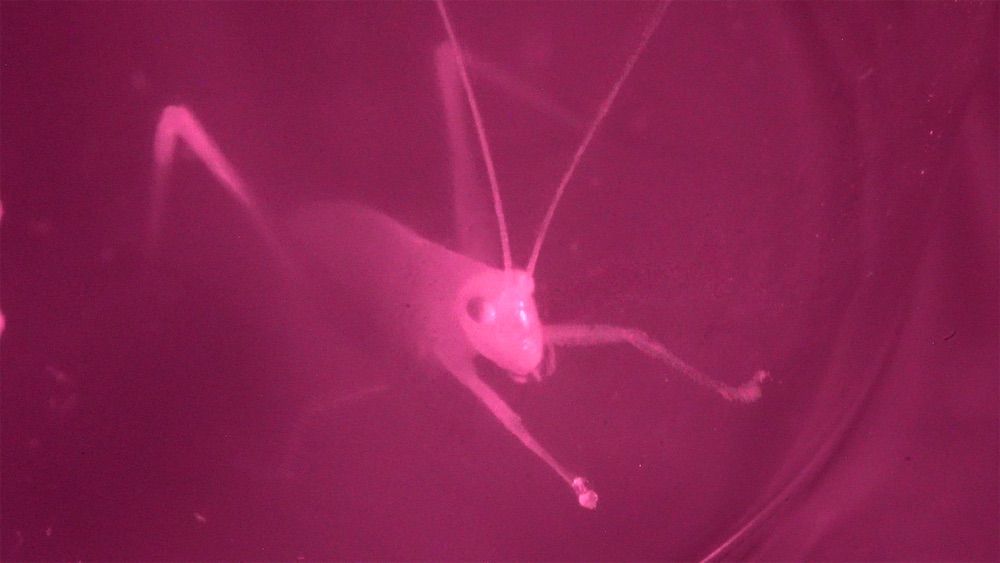
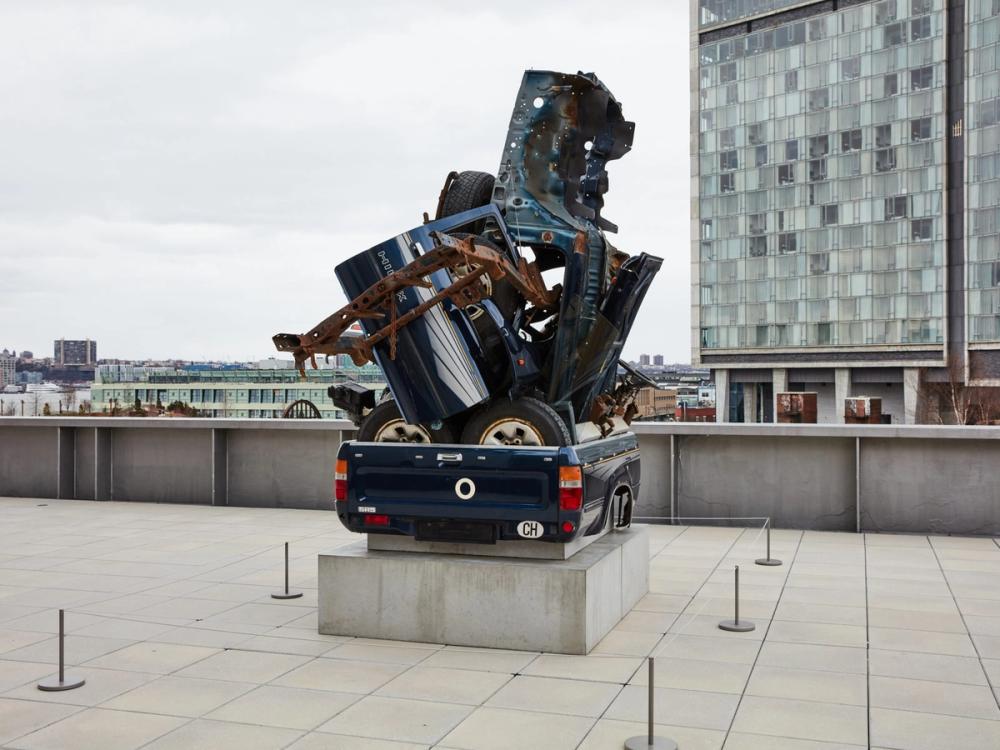
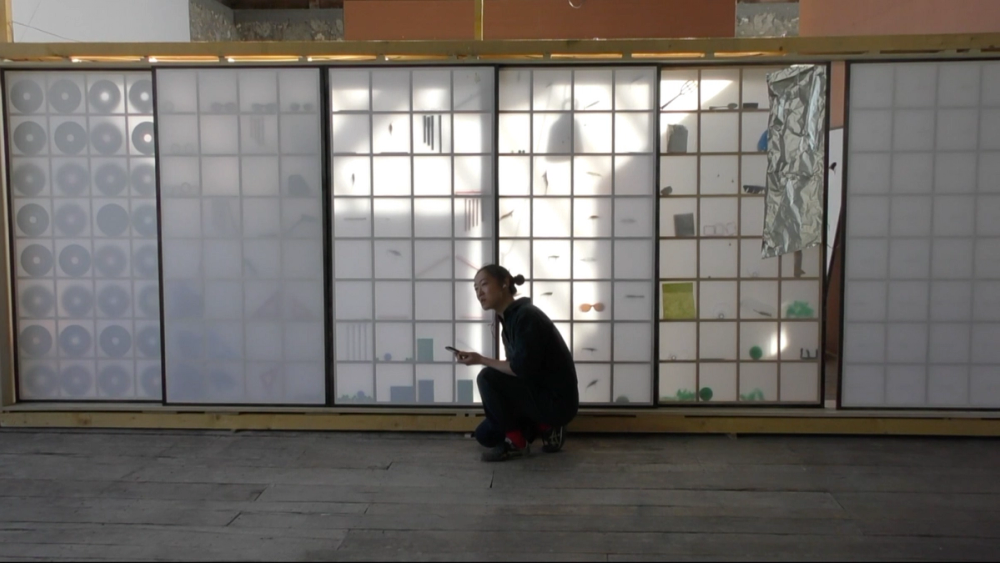
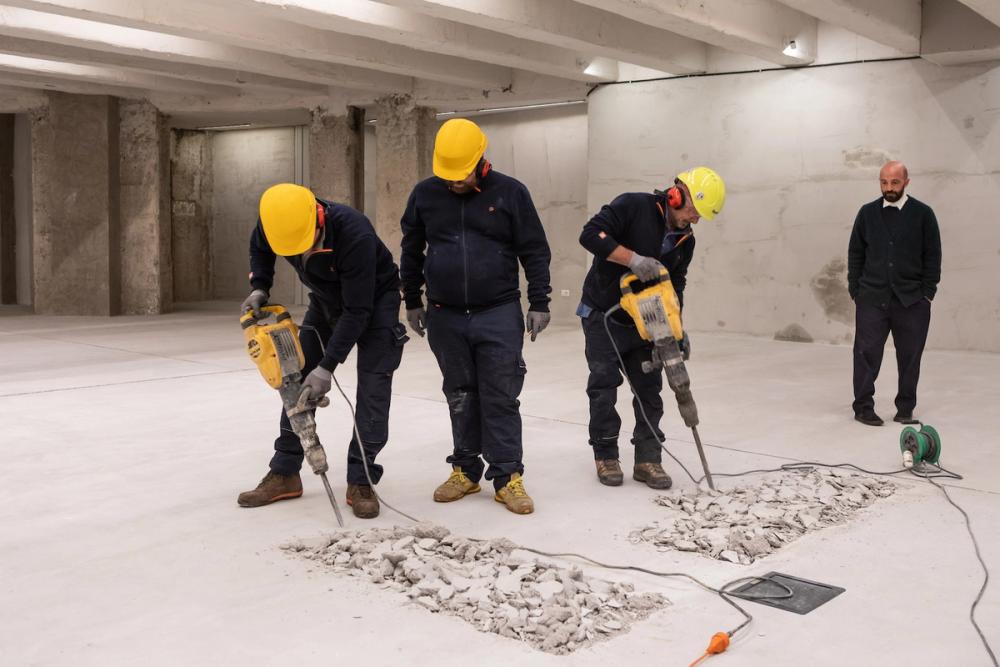
Piero Golia will speak with curator Pier Paolo Pancotto in conjunction with the publication of a new book about the artist’s recent work at La Fondazione, Rome. On January 18, 2020, a team of construction workers with jackhammers appeared at the institution and rather than conducting maintenance work, as might be expected, were directed by Golia to engrave the phrase “The End” into the floor as the third and final performance of his Roman Trilogy. Over the course of the work’s production, the unrelenting drilling disrupted the surrounding commercial gallery spaces—both literally and conceptually—causing the paintings hanging on the walls to shake uncontrollably.
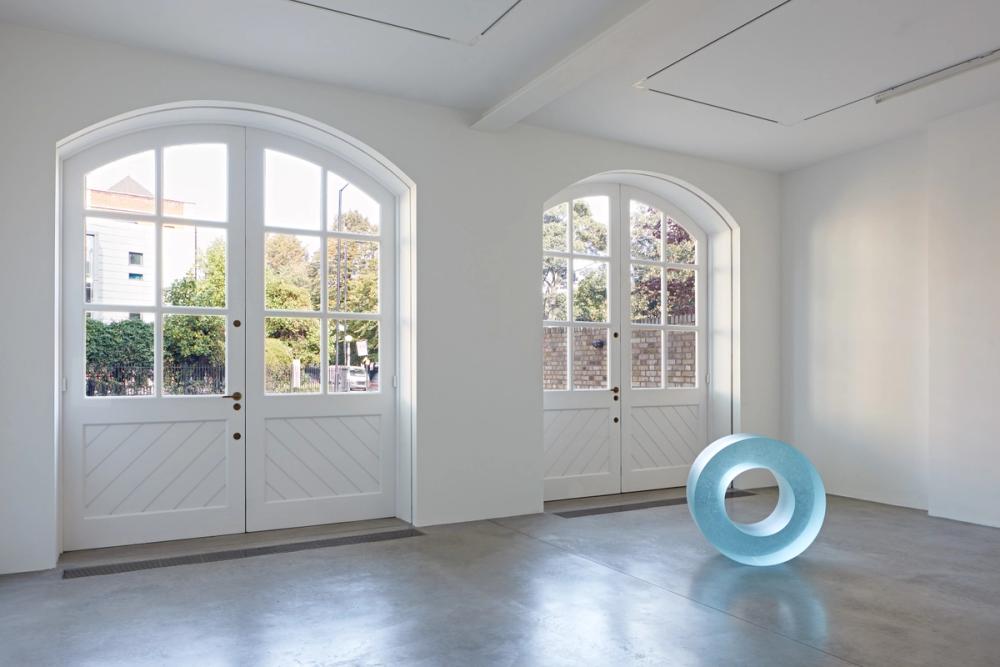
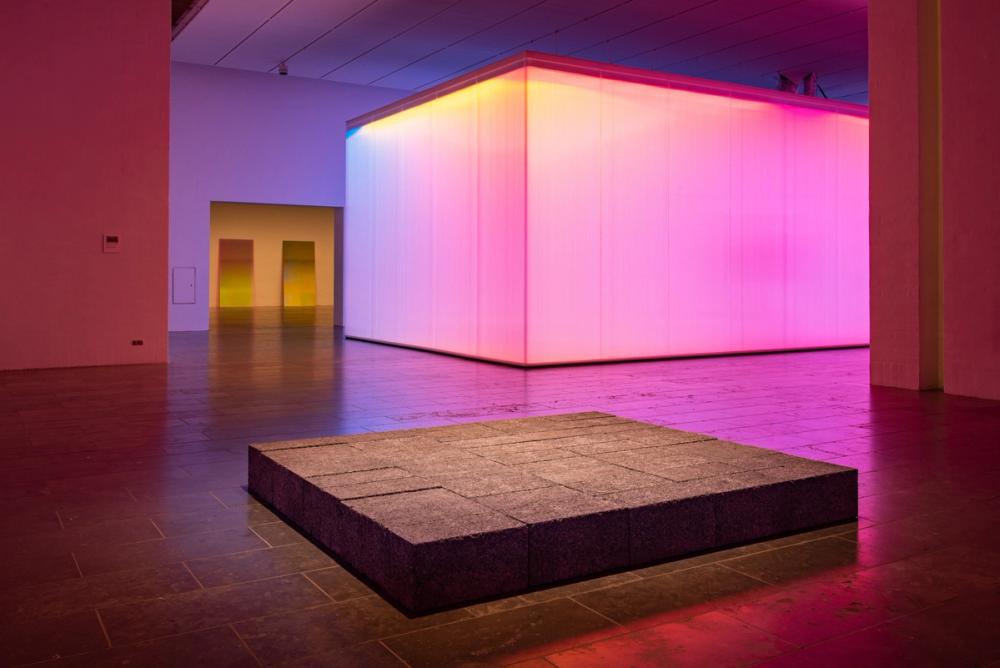
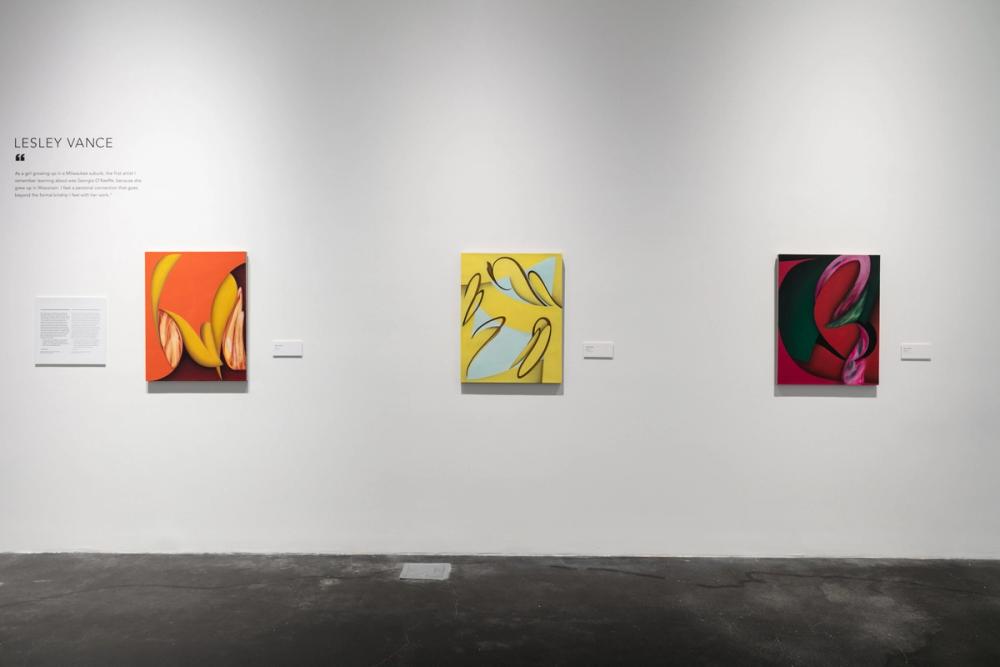
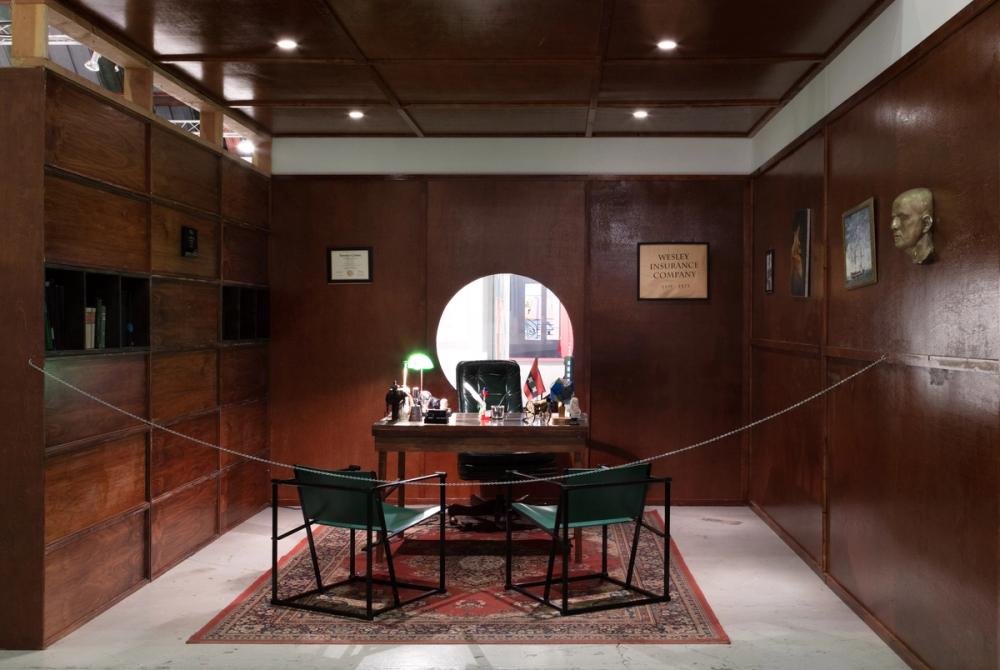
Eric Wesley, a lifelong resident of Los Angeles, will transport his office and all of the contents within to a special project at ALAC. Wesley’s office will feature just one artwork for sale — his estate. This will comprise all available artworks by Wesley, from his youth through today, for the sum of $1M.
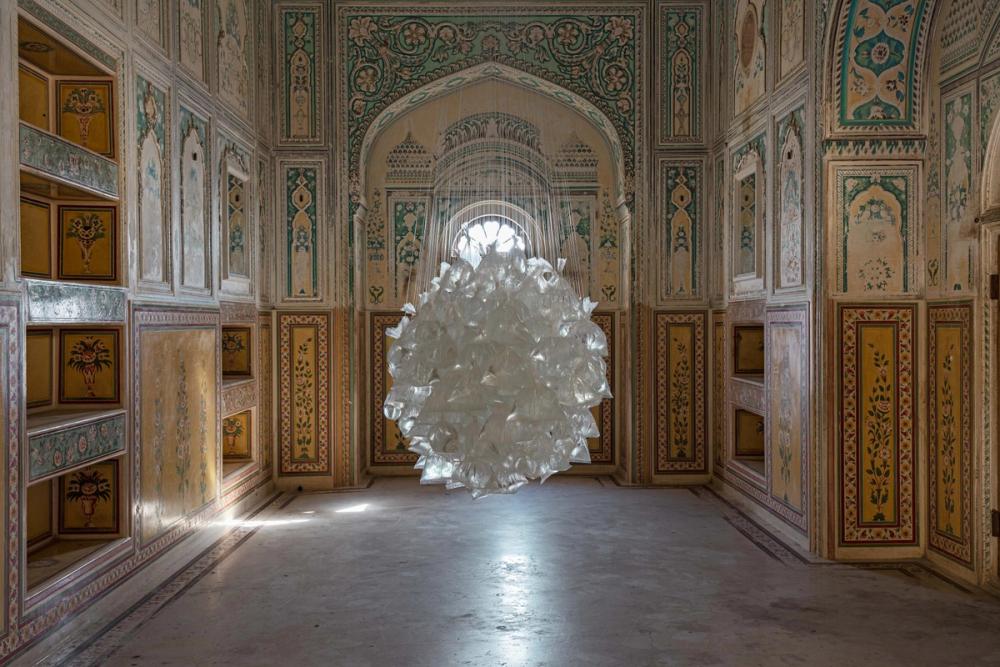
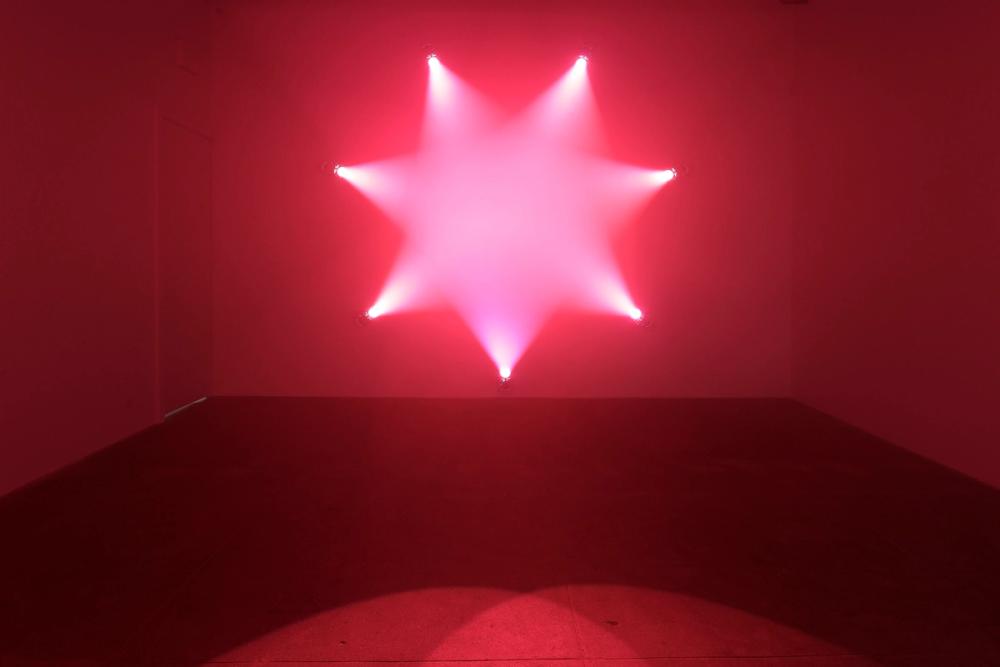
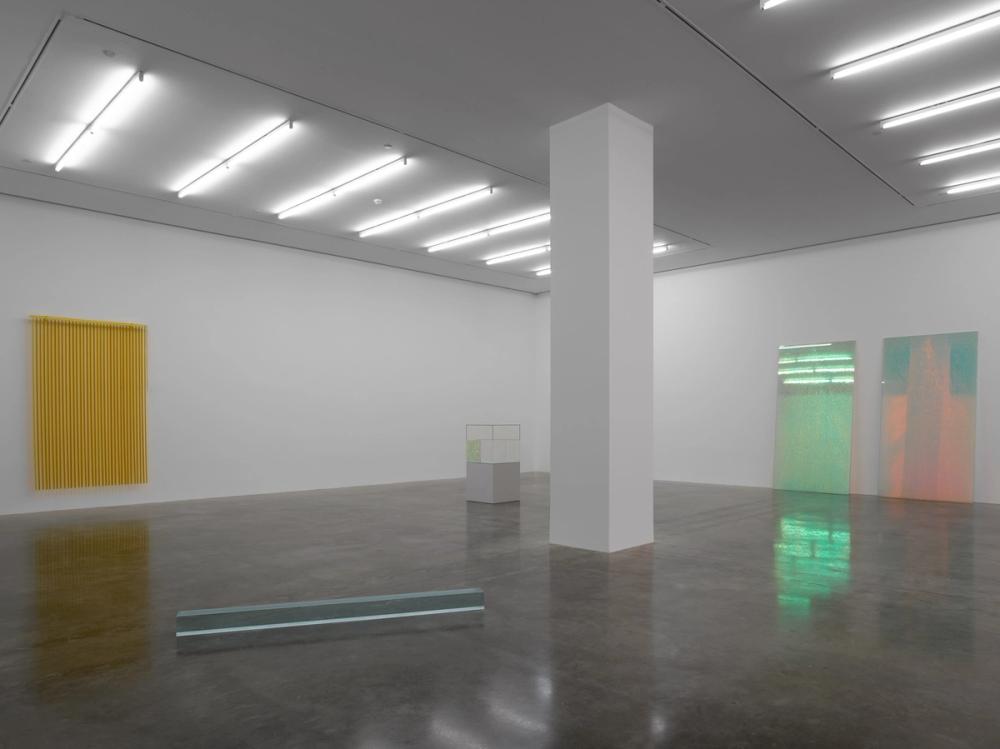

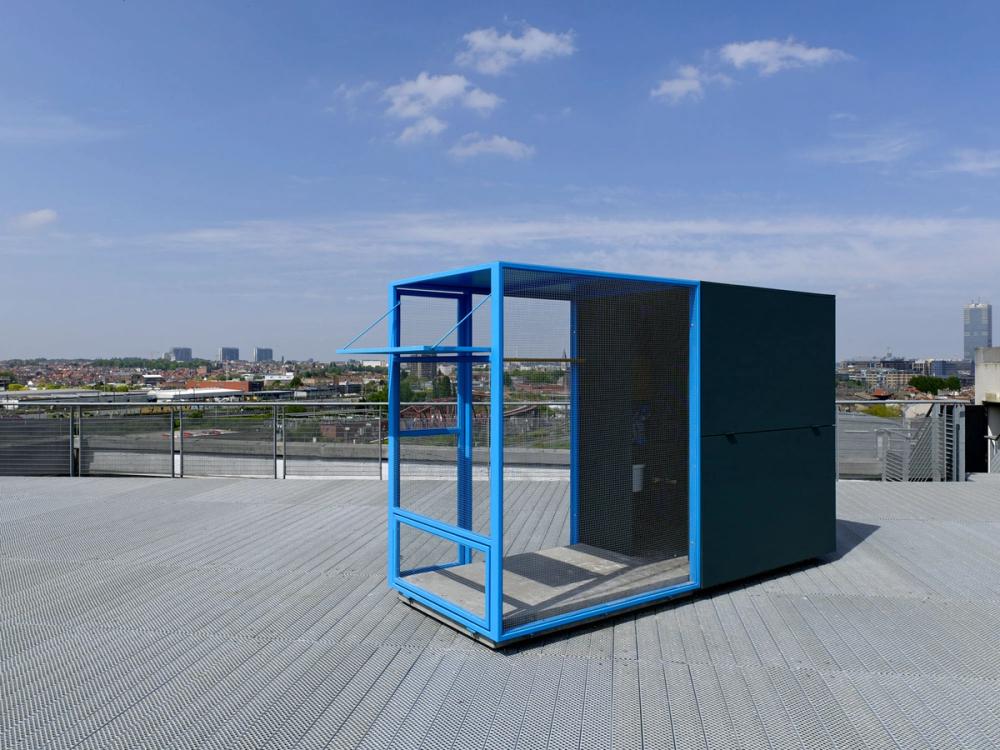
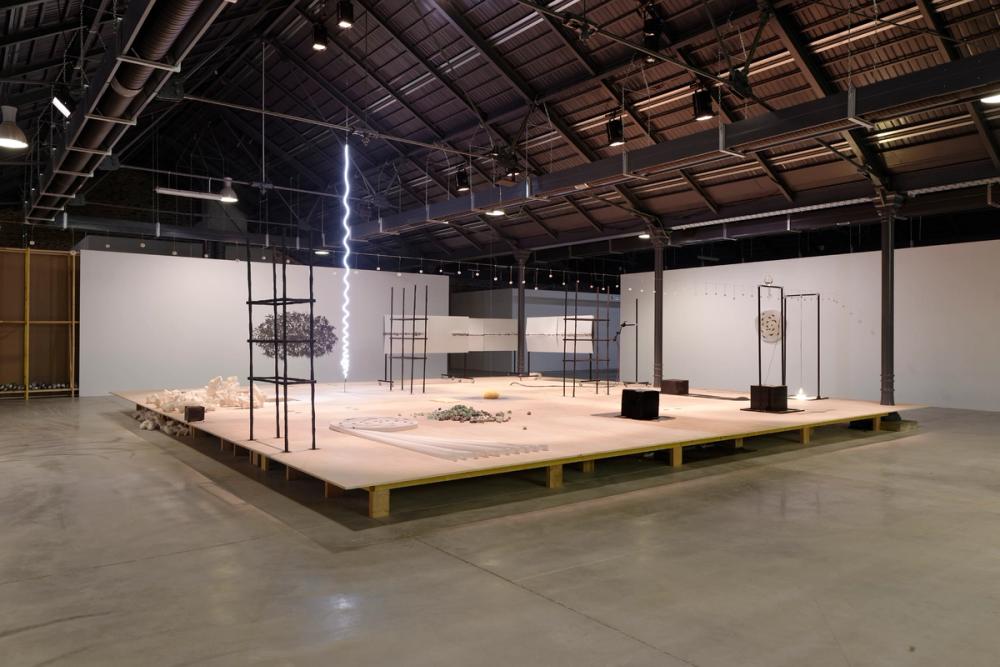
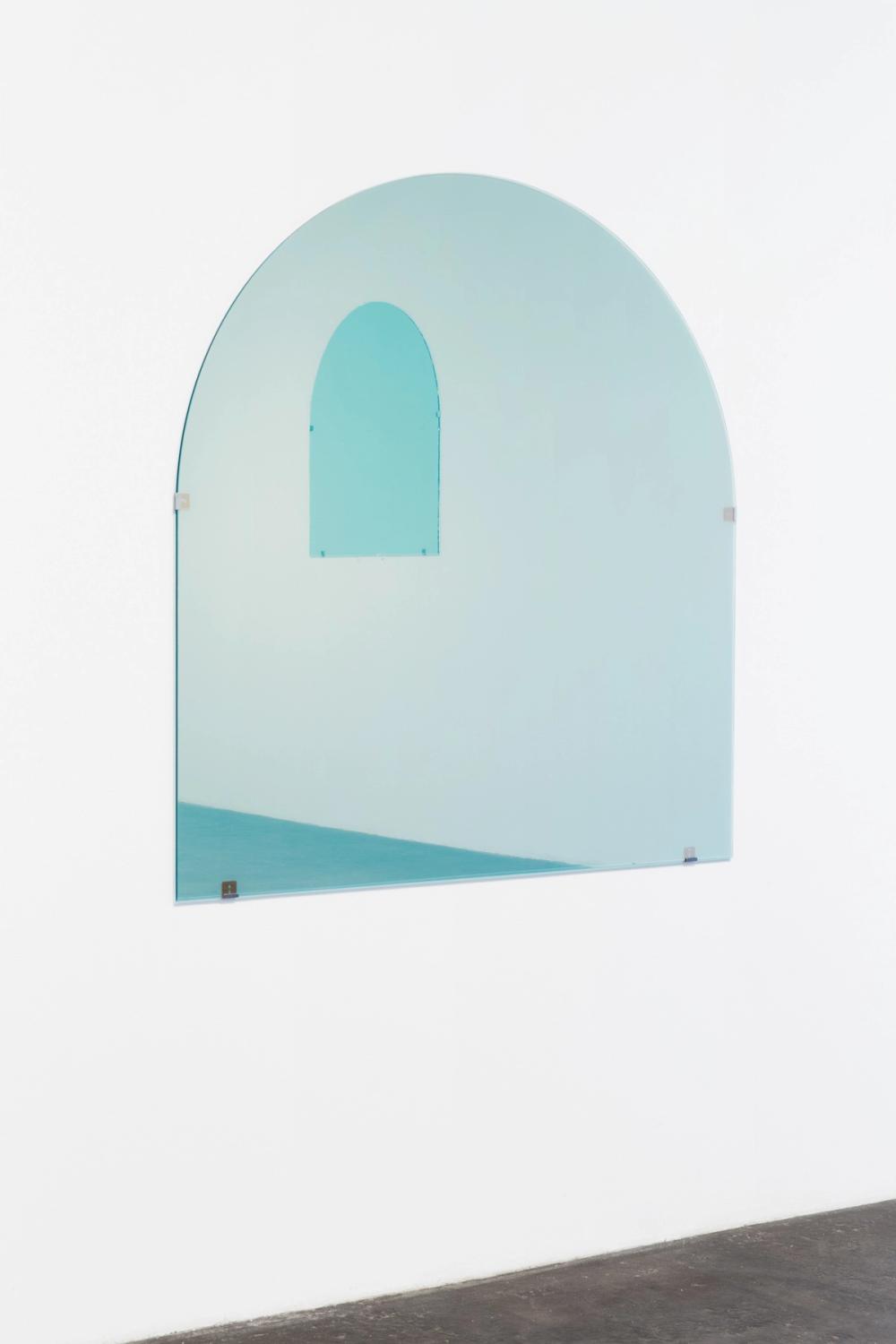
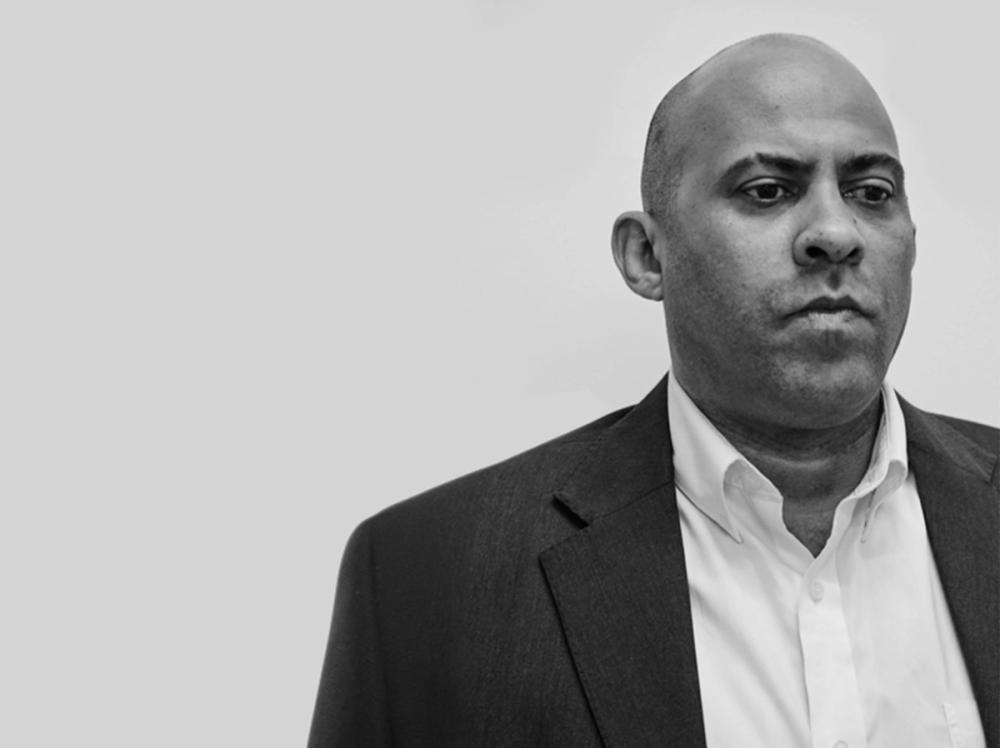
Eric Wesley is the winner of the 2016 Artisti per Frescobaldi Award. The announcement took place at the award ceremony held at GAM, Milan’s Gallery of Modern Art in Villa Reale, Milan. Wesley won with his artwork Not Yet Titled, 2016, which was selected by the award panel composed of Massimiliano Gioni, Samuel Keller, and Gianfranco Maraniello. Photo © Manfredi Gioacchini

Join LAND for an afternoon of hands-on zine making facilitated by artist and photographer, Paul Mpagi Sepuya, and arts programmer, curator, and veteran producer and avid collector of zines, Darin Klein. The workshop is designed to be a non-hierarchical and non-competitive platform for the exchange of creative ideas.
Bring your own working material in image and/or text form. These could include candid portraits, love letters, phone pics, family recipes, to-do lists, social media posts left in drafts, and other ephemera or imagery of your choosing. The materials – which should be imbued with personal meaning to you – will be shared with the greater group for creating your own personal zine. Collectively, we will reconfigure one another’s materials, fragmenting, collaging, obscuring, and interweaving them with our own, thereby creating new possibilities for meaning.


Nathlie Provosty (b. 1981, lives and works in New York) is best known for subtle abstractions in which variations of matte and oily paint oscillate with the interaction of light, space, and highly tuned color. Informed by a longstanding interest in paradox, Provosty’s compositions invite scrutiny with false edges, disrupted curves, and hidden forms which flash in and out of perception.
Provosty has had solo exhibitions at ICA Milano, Italy (2023) and Risorgimento Museum, Turin, Italy (2018). Recent group exhibitions include a dual presentation with works by Carol Rama at Collezione Ramo, Milan, Italy and “To Bend the Ear of the Outer World, " curated by Gary Garrels at Gagosian, London, United Kingdom. Her works are in the collection of Museum of Modern Art, New York; San Francisco Museum of Modern Art, San Francisco; Houston Museum of Fine Arts, Houston, Texas; Buffalo AKG Art Museum, Buffalo, New York; Baltimore Museum of Art, Maryland; Santa Barbara Museum of Art, California; Farnsworth Art Museum, Rockland, Maine; Rubell Family Collection, Miami, Florida; Colby Museum of Art, Waterville, Maine; Dorsky Museum of Art, New Paltz, New York and internationally in the Olgiati Collection, Lugano, Switzerland and PART, Palazzi dell’Arte Rimini, Italy.
Gary Garrels is an independent curator who lives and works on the North Fork of Long Island, New York. He previously held curatorial positions at the Dia Art Foundation, New York; the Walker Art Center, Minneapolis; the Hammer Museum, Los Angeles; the San Francisco Museum of Modern Art; and the Museum of Modern Art, New York.

At Powder Mountain, Hollander’s work The Moon is Always Full is a circular neon installed in the entrance to the Timberline Lodge, creating a luminous reflection on the lunar cycle and its relationship to perception and time. Time—it’s marking, and its passage, as revealed by living beings and complex systems—is a central theme in Hollander’s work. Indeed, the moon is always full because fullness is a matter of the relative perspective of the viewer as heavenly bodies rotate in an orbital dance. Hung high on the wall like a rising moon above the ridgeline, the work calls us back to a time when, for millennia, the moon was humanity’s most reliable clock. Before mechanical time, lunar cycles marked agriculture, religious festivals, and navigation. The cycle of waxing and waning offered a visible, universal measure of time, unlike the sun’s constancy—an eternal reminder of cycles and return. In art history, depictions of the moon often signal time’s passage, but also its mystery: light that is reflected, not produced.



Nanna Rebekka interviews Frieda Toranzo Jaeger in her studio in Mexico City in June 2025.

With Paul Mpagi Sepuya – Focus. Desire., Fotomuseum Winterthur presents the artist’s first major solo exhibition in Switzerland. Bringing together both early and recent work, the exhibition will unfold across three spaces that carry both literal and metaphorical significance: Studio, Archive, and Dark Room. The exhibition is organised in collaboration with Sprengel Museum Hannover and is co-curated by Christopher A. Nixon for Fotomuseum Winterthur.
The exhibition will be on view from February 28 to June 14, 2026
A richly illustrated magazine published by Spector Books and designed by Quang Nguyen accompanies the exhibition, featuring texts by, among others, Kobena Mercer and a conversation with the artist.

Enzo Shalom and Lesley Vance are featured in The Drawing Center's 2025 Benefit Auction, Welcome to the Multiscape. The program features works on paper that explore landscapes in their many forms: cityscapes, seascapes, and beyond. These drawings reveal how artists use varied interpretations of place and perspective to chart paths away from the present moment, celebrating landscape as a site of contemplation, transformation, and freedom.
An exhibition of these works on paper will be on view at The Drawing Center September 24—29.

As part of the Fall 2025 Opening Events at the Kemper Art Museum, Curators Cecilia Alemani and Sabine Eckmann engaged with collector Komal Shah, founder of the Shah Garg Foundation, and artist Barbara Kasten in conversation about the exhibition Making Their Mark: Works from the Shah Garg Collection.

Join Frieda Toranzo Jaeger, current resident at BOFFO Fire Island as she gives an artist talk. Frieda Toranzo Jaeger (b. 1988 Mexico City, Mexico) lives and works in Mexico City, Mexico. Her pictorial work with feminist and postcolonial concerns also manages to question the formal structures of the medium itself. Her practice also deals with the representations of masculinity and femininity in the visual culture of late capitalism.



BOFFO RESIDENCY FIRE ISLAND is an annual summer artist residency program. It was created to nurture the creative spirit of artists and enrich the Fire Island Pines community while adding new and diverse perspectives to its cultural heritage. Each summer, artists are invited to stay for one to four-week residencies to create a body of work that engages with and reflects upon the community and LGBTQ culture. At the end of each residency, the artist is invited to share their work through an exhibition, installation, performance, reading, screening, or other forms of engagement. Additionally, artists co-curate public programs that further engage the community. Since 2012, the BOFFO Residency has supported over 90 artists and enriched Fire Island with hundreds of free artistic events and programs.


We are proud to announce that Leda Catunda’s “Sol com Cérebro” (2023) is now part of the permanent collection at The Museum of Contemporary Art – MOCA, Los Angeles.
The brain motifs that appear throughout the work are a recurring element in Catunda’s practice, a sort of leitmotif that has accompanied her investigations for over three decades. Evoking the brain as a continent of memory, the piece reflects the artist’s ongoing interest in materials with history—objects perhaps rescued from obsolescence through her singular approach to painting, matter, and plasticity.
Leda Catunda, Sol com Cérebro, 2023. Acrylic and voile on canvas, 190 x 108 cm (74.8 x 42.5 in). Photo: Ding Musa

(New York, NY--April 15, 2025) -- The Board of Trustees of the John Simon Guggenheim Memorial Foundation announced today their appointment of the 100th class of Guggenheim Fellows, including 198 distinguished individuals working across 53 disciplines. Chosen through a rigorous application and peer review process from a pool of nearly 3,500 applicants, the Class of 2025 Guggenheim Fellows was tapped based on both prior career achievement and exceptional promise. As established in 1925 by founder Senator Simon Guggenheim, each Fellow receives a monetary stipend to pursue independent work at the highest level under “the freest possible conditions.”
The 100th class of Fellows is part of the Guggenheim Foundation’s yearlong celebration marking a century of transformative impact on American intellectual and cultural life. In addition to appointing its newest class, the Foundation also launches a refreshed brand identity and website this month and will present a special exhibit later this year in collaboration with The New York Historical, highlighting rarely-seen treasures from its vast archive.
“At a time when intellectual life is under attack, the Guggenheim Fellowship celebrates a century of support for the lives and work of visionary scientists, scholars, writers, and artists,” said Edward Hirsch, award-winning poet and President of the Guggenheim Foundation. “We believe that these creative thinkers can take on the challenges we all face today and guide our society towards a better and more hopeful future.”
In all, 53 scholarly disciplines and artistic fields, 83 academic institutions, 32 US states and the District of Columbia, and two Canadian provinces are represented in the 2025 class, who range in age from 32 to 79. More than a third of the 100th class of Fellows do not hold a full-time affiliation with a college or university. Many Fellows’ projects directly respond to timely themes and issues such as climate change, Indigenous studies, identity, democracy and politics, incarceration, and the evolving purpose of community. Since its founding in 1925, the Guggenheim Foundation has awarded over $400 million in fellowships to more than 19,000 Fellows.


This conversation highlights convergences and differences in queer understandings of artist Scott Burton’s (1939–1989) writing, performance, and sculpture from the late 1960s through the late 1980s.
Art historian David J. Getsy is author of Queer Behavior: Scott Burton and Performance Art (2022) and editor of Scott Burton: Collected Writings on Art and Performance, 1965–1975 (2012). His scholarship has been instrumental in re-presenting the breadth of Burton’s work for contemporary audiences and in rigorously introducing queer lenses that were suppressed or unavailable during the height of the AIDS crisis and through the final decade of the artist’s life.
Artist Tom Burr has engaged with Scott Burton’s work for over a decade alongside his recurring invocation of figures like Jean Genet and Chick Austin. Burr’s art since the late 1980s continues to be formative in establishing how sculpture can assemble fleeting impressions, erotics, and antagonisms of queer thought, prodding at present experience with evocative objects, ambiguously personal effects, and images from the past. Further to this, Burr’s work has often dropped in on sites of queer public life through both demonstrative displays and discreet reframings of nature and the built environment. Burr was the subject of the solo exhibition Addict-Love at SculptureCenter in 2008.
Independently, Getsy and Burr have circled figures like Burton, and ideas like Queer Abstraction, for many years, developing frameworks ranging from phenomenology, to dynamics of site and publicness, to gay cruising, to archivally-inflected sculpture and collage that have helped readers and viewers to relocate queer strains running through minimal and post-minimal art and beyond. This is their first public conversation.
The program is presented in conjunction with Álvaro Urbano: TABLEAU VIVANT. For his exhibition at SculptureCenter, artist Álvaro Urbano focuses on a potential ruin, or a ruin in progress: Atrium Furnishment, a public artwork by the American sculptor Scott Burton (1939–1989) that was rescued from destruction and now faces an uncertain future.
David J. Getsy
David J. Getsy writes to recover the queer and transgender capacities that have been lost or suppressed in histories of art and performance. His areas of research and teaching span modern and contemporary art and culture from the nineteenth century to the present, with a focus on queer and transgender histories and methods. He has published eight books, including Abstract Bodies: Sixties Sculpture in the Expanded Field of Gender; and the widely-read anthology of artists’ writings Queer (MIT 2016; multiple reprintings). Getsy is the inaugural Eleanor Shea Professor of Art History at the University of Virginia. He studied at Oberlin College (B.A. Hons, 1995) and Northwestern University (M.A., Ph.D., 2002) and previously taught at the School of the Art Institute of Chicago from 2005 to 2021. In addition, pedagogy has been the focus of two recent articles that hope to assist in bringing perspectives and methods from transgender studies into the art history classroom: “How to Teach Manet’s Olympia after Transgender Studies,” in Art History 45.2 (April 2022), based on a keynote for the 2021 Association for Art History conference, and (co-authored with Che Gossett) “A Syllabus on Transgender and Nonbinary Methods for Art and Art History.” Getsy is a member of the Museum of Modern Art’s Scott Burton Advisory Committee.
Tom Burr
Tom Burr lives and works in New York. He has shown extensively throughout Europe and the United States. He recently was the subject of a solo exhibition entitled Hinged Figures at the Wadsworth Atheneum Museum of Art, Hartford, CT. Burr’s 2017 project Body / Building took place in a Marcel Breuer-designed brutalist building owned by Ikea in the artist’s hometown of New Haven, CT, mapping his own artistic development onto the history of the city and the building. From 2021–24, Burr occupied an expansive former factory building in Torrington, Connecticut, where he arranged examples of all phases of his work in an evolving survey exhibition project, with special attention being given to works from his early history with American Fine Arts, CO. The final phase of the project is a book to be published in fall 2025 by Primary Information.
Burr’s work has been exhibited collected by major museums internationally, including the Whitney Museum of American Art, New York, NY; Migros Museum, Zurich, Switzerland; MOCA, Los Angeles, CA; MuMOK, Vienna, Austria; New York Public Library, New York, NY; Sammlung Grasslin, Germany; Sammlung Verbund, Vienna, Austria; Ludwig Museum, Koln, Germany; Hammer Museum, Los Angeles, CA; FRAC, Champagne Ardenne, France; FRAC, Nord-Pas de Calais, France; Baltimore Museum of Art, Baltimore, MD; and the Israel Museum, Jerusalem, Israel. Burr attended the School of Visual Arts and the Whitney Independent Study Program in New York.

For Frieze Los Angeles, artist and choreographer Madeline Hollander continues her search for patterns of perpetual motion in oft-imperceptible realms, from the materials and phenomena of nanoscience to the cosmos. Looping events are, for Hollander, sites which illustrate the psychological ambiguities of rhythm—teetering between sameness and difference, objectivity and subjectivity.
The eighty-eight watercolors which comprise Hollander’s Day Flight correspond to the International Astronomical Union (IAU)’s officially recognized constellations. Rather than follow the arbitrary and accepted patterns drawn up by astronomers, which flatten each star onto a single plane, Hollander has created a celestial route in three-dimensions, moving from closest to farthest star, demarcated by map pins. For her presentation at Frieze Los Angeles, the watercolors representing each constellation has been organized by month, functioning as a calendar of the night sky over the course of a year.
A color-coded system nested throughout Hollander’s artworks offers a language decipherable to the artist through her synesthetic connection between color, language, and gesture. Their border’s candy stripe patterns spell the month in which each constellation appears clearest in the night sky, with the central curlicued ribbons’ alternating colors unfurling each constellation’s name in this same cryptic color-coded alphabet.
During the week of Frieze LA, at the invitation of Art Production Fund, Hollander has organized a series of performances allowing participants to navigate these choreographic circuits through the sky. Departing from Santa Monica via state-of-the-art ultra-light electric airplanes, the flights offer a view of an ever-changing landscape, with the recent devastation to Los Angeles adding a further perspective on the histories and experiences which shape a city. On the ground of the fair, the active performances will be visible on monitors.

On Saturday, January 25, at 2pm, join Kasten for a conversation with Jamillah James Manilow, Senior Curator at the Museum of Contemporary Art Chicago, and Gloria Sutton, Associate professor of Contemporary Art History and New Media at Northeastern University and catalogue contributor for Making Their Mark, as they explore the innovative ways artists have transformed the language of painting and technologies evolve.
This program continues a series of artists’ conversations focused on the thematic threads of the exhibition Making Their Mark: Works from the Shah Garg Collection.
Barbara Kasten in conversation with Jamillah James Manilow and Gloria Sutton
Berkeley Art museum and Pacific Film Archive (BAMPFA)
Saturday, January 25, 2pm

Join the CAS in a one hour online conversation focused on the research and practice of Mexican-German artist Frieda Toranzo Jaeger, whose work has recently been acquired by the National Galleries of Scotland following her receipt of the Valeria Napoleone XX Contemporary Art Society (VN XX CAS) award.
Frieda will be joined by curator Lucy Askew from the National Galleries of Scotland and Valeria Napoleone. Together, they will engage in a dialogue exploring the forms, meanings, and intentions behind Frieda’s work, which draws inspiration from the Mexican muralism tradition to envision a future characterized by queer freedom, ecological harmony, and vibrant communal spaces.
The discussion will be moderated by Dr. Paula Zambrano, Curator of Programmes at the CAS. We look forward to your participation in this conversation.

ARTnews is pleased to announce the ARTnews Awards, a new editorial project honoring excellence in art achievements at US arts institutions. Winners will be announced online on December 4, and celebrated during a cocktail reception that evening in Miami.
Over the course of the past several months, ARTnews convened a world-class jury to determine the best exhibitions that opened in the US during the 2023–24 season (September 1, 2023–August 31, 2024). For its inaugural year, ARTnews will honor museum, gallery, and nonprofit exhibitions in five categories, three for artists and two for group exhibitions.
The categories are Emerging Artist of the Year, Established Artist of the Year, Lifetime Achievement, Best Thematic Museum Show, and Best Gallery Group Show. In selecting these categories, ARTnews celebrates artists at all stages of their careers and the curatorial experimentation happening in museums and galleries.

Paul Mpagi Sepuya reflects on the methodologies, strategies, and points of interest behind a single, expansive body of work at a pivotal moment in his career. This volume unpacks his Dark Room series (2016–21), offering a deep dive into the thick network of references and the interconnected community of artists and subjects that Sepuya has interwoven throughout the images. The excavation and mapping of intellectual and artistic data points across the artist’s work is presented through three distinct “voices,” allowing for a comprehensive cross-referencing of conceptual categories. Each category is alphabetized and illuminated via new texts by curator and scholar Gökcan Demirkazik; selections from previously published texts about the work by critics, colleagues, and friends; quotations of other writers’ work that inspire the artist; as well as writings by the artist on his thematic preoccupations as they appear and reappear throughout this ongoing body of work. Dark Room A–Z serves as an iterative return and exhaustive manual to the strategies and generative ways of working that have informed Sepuya’s image-making, after nearly two decades of practice.”

Fondazione Giuliani is very pleased to present Outside and Inside, the first presentation of the work of American artist Mary Obering (1937-2022) in a European institution. The exhibition is an in-depth exploration of her manifold painting practice, which extended into the study of landscape, the body, cosmology, maths, science and spirituality. Throughout her nearly five-decade career, Obering produced deceptively simple, geometric works, juxtaposing the strategies of Minimalism – basic arrangements, modularity, repetition – with a singular exploration of form and colour. While adhering to the pictorial language of geometric abstraction, she also consistently pushed its possibilities into more complex realms. It was as if the artist was never considering abstraction for abstraction’s sake, but rather investigating what abstraction could hold. Obering pared down the aesthetics of Minimalism, using painting techniques and materials more closely associated with the art of the Italian Renaissance, characterised by a marked painterliness, the layering of sumptuous colour, gold leaf and tempera.
Obering moved to New York in 1971, at the encouragement of Carl Andre. Here she became part of a vanguard community of artists living in the recently converted, former light-industry lofts of Soho, and established close friendships with Andre, but also Donald Judd, Marcia Hafif and Sol LeWitt. This community would remain immensely significant to Obering throughout her lifetime, while she pursued her own fiercely independent path.

Virginia Overton is included in LAVINIA’s inaugural group exhibition, primo gusto arancia e erba cedrina, curated by Salvatore Lacagnina, on display at the Loggia dei Vini, a 17th-century pavilion located in the gardens of Villa Borghese, Rome.
LAVINIA is a contemporary art programme for the Loggia dei Vini, designed to foster dialogue between the site’s restoration and the relationship between art and architecture.

Silhouettes in the Undergrowth is a group exhibition that explores the ways in which bodies exists and inhabit territory. Works by six Latin American artists of different generations share the museum galleries, creating sensorial landscapes both within and between the works.
The works are direct references to the artists’ environments and speak to particular places in the diverse region. From the archaeological site of Yagul in Mexico to the Amazon, passing through Panajachel in Guatemala and the archipelago of Guadeloupe in the Caribbean. Through a variety of formats such as installation, performance, video and painting, the gallery is transformed into an immersive space where the construction of the contemporary landscape is explored, as well as its political, historical and affective dimensions.
The title is inspired by relationship of human bodies with the unkept landscape present in many of the artists’ practices, in particular Ana Mendieta’s significant series, Silueta [Silhouette] where the artist’s body is traced out on the ground, making obvious the connection between contemporary human existence, history and nature. As undergrowth impacts the area where it grows, in Silhouettes in the Undergrowth the artists’ practices proliferate and influence their context.
Artists: Minia Biabiany (Guadalupe, 1988), Vivian Caccuri (Brasil, 1986), Ana Mendieta (Cuba, 1948 - EE.UU., 1985), Nohemí Pérez (Colombia, 1962), Vivian Suter (Argentina, 1949), Frieda Toranzo Jaeger (México, 1988).

This year at Art Basel Paris, Bortolami will present works by Daniel Buren, Leda Catunda, Renée Green, Marina Rheingantz and Frieda Toranzo Jaeger.

Join us at The Campus on Saturday, October 5th at 2:30 PM for a panel presented in collaboration with the Brooklyn Rail Phong H. Bui will moderate an open conversation with artists Ricci Albenda, Robert Bordo, Francesca DiMattio, Eugene Macki, Virginia Overton, Joan Snyder, and Cheyney Thompson alongside curators Timo Kappeller and Jesse Willenbring.
Food and drinks provided by 2oBlocks. Kite flying and refreshments to follow.
Live streaming of this event will be available though an RSVP link. A recording will be available on The Campus website following the discussion.

Admission is free at the UMFA starting at 5 pm on this day.
The Holt/Smithson Foundation Annual Lecture Series is a ten-year program inviting artists, writers, and thinkers to raise questions and present research extending the creative legacies of the artists Nancy Holt and Robert Smithson. Over the course of a decade, the Foundation partners with a different institution each year to host lectures in ten distinct locations, each significant to Holt and Smithson.
Artist Renée Green is the invited speaker for the third Holt/Smithson Foundation Annual Lecture, which will take place at the Utah Museum of Fine Arts, Salt Lake City on Friday, September 27, 2024 at 6 pm. Green will present a talk titled Imagining Contact: Then, When, Now, Here, and will be in conversation with Lisa Le Feuvre, Executive Director of Holt/Smithson Foundation.
Renée Green’s expansive installation Partially Buried in Three Parts (1996-1997) began with a reflection on the artist Robert Smithson’s Partially Buried Woodshed (1970), a work primarily known as a photograph and believed to no longer exist. Consisting of Partially Buried (1996), Übertragen/Transfer (1997), and Partially Buried Continued (1997), Green’s multimedia installation grew out of a consideration of the year 1970 and the associations became denser in the process of working, becoming a formal and conceptual archaeological endeavor reflecting on the vagaries of memory and historical recall.
In considering Holt and Smithson in the present, Green reflects: “As I read, I continue to wonder about that distant time, then, when things happened differently. The traces I find in books stimulate curiosity to further wonder about the places referenced in images, a wish to see what is here, or there, now; I am curious too about what cannot be seen in the images. Questions of both space and place arise. Questions of time also arise. Questions of travel, questions of the environment, built and unbuilt, emerge too as I think and feel, now, here. On earth.”

auroras is honored to announce the first exhibition in Brazil by the renowned artist, filmmaker, and writer Renée Green (Cleveland, 1959). Green’s international practice deploying a range of media–painting, sculptures, installations, film, video, sound-related works, Space Poems, architectural arrangements and other forms–spans four decades, reflecting the effects of a
changing transcultural sphere and what can now be made and thought.
After a site visit in early 2024, Green has mindfully selected for this exhibition three bodies of work from different decades that resonate with auroras’ modernist architecture, as well as with the artist’s ongoing poetic, historical, and personal relation to Brazil.

Conflictual borders, anti-migration walls, confinement, social distance, segregation policies—these seemingly dissimilar topics share a common point: space and its political organization. The main effect of climate change is the apparition of a new world map in which carbon dioxide and urban life, desertification and migration, deforestation and social struggles, destruction of animal ecosystems and vegetal invasions, have become brutally interconnected.
PANSORI: A Soundscape of the 21st Century is an operatic exhibition about the space we live in. But as any landscape is also a soundscape, this exhibition is built as a narrative connecting musical and visual forms. Having emerged in 17th century Korea, pansori is a musical genre deeply rooted in its native land. In Korean,pansori literally means "the noise from the public place," which could also be understood as the voice of the subalterns. The 15th Gwangju Biennale intends to recreate the original spirit of pansori, with artists that try to re-think the space shared between humans, machines, animals, spirits, and organic life— our relational space.

At The Campus, pairings of works by over 80 artists yield unexpected dialogues in classrooms, hallways, a gym, and even a science lab.
CLAVERACK, New York — It is no secret that the art world can be a lonely place. There is something distinctly isolating about competing with your peers for one of the few, underpaid curatorial positions or a spot in a coveted residency, or silently begrudging the sold-out booth next to yours at an art fair. Just a few miles southeast of Hudson, The Campus, an abandoned high school-turned-art exhibition space shared by six New York City galleries, proposes something of a salve: a project centered on camaraderie, with shared profits to boot.
Several hundred people — over 2,500, by some estimates — poured into the 78,000-square-foot building this past Saturday, June 29, for an overcast opening event marking the first and untitled show, curated by Timo Kappeller. Continuing the spirit of cooperation, a section of the space was given over to NXTHVN, the Connecticut nonprofit founded by artists Titus Kaphar, Jason Price, and Jonathan Brand, to display works by seven of its Studio Fellows selected by Curatorial Fellows Marquita Flowers and Clare Patrick.

School may be out for summer, but art class is in full swing at The Campus, upstate New York’s new cultural haven. Situated just outside of Hudson in a school left vacant since the 1990s, the project represents an unprecedented collaboration between six New York galleries: Bortolami, James Cohan, Kaufmann Repetto, Anton Kern, Andrew Kreps, and Kurimanzutto. On June 29, over 2,000 people celebrated the opening of The Campus’s inaugural exhibition, organized by independent curator Timo Kappeller, which is on view through October 27. Yet with 78,000 square feet of exhibition space, there was still plenty of room for the works of 80-plus artists—including Cecily Brown, Yinka Shonibare, and Jenny Holzer—to breathe.
Kreps discovered that the old school, built in 1951, was available nearly three years ago, as the COVID pandemic was sending creatives upstate in droves. Charmed by its mid-century bones and nostalgic setting, he and his fellow gallerists banded together to acquire it, recognizing a ripe opportunity.
“The collegial spirit that is alive between the Tribeca galleries spurred us to believe in a project like The Campus,” says Stefania Bortolami, adding that the participating entities are “always in dialogue.” The Italian-born dealer’s gallery, as well as Andrew Kreps and Kaufmann Repetto, already share a space, 55 Walker, and regularly present exhibitions together. “This shared social fabric made it so that when the opportunity arose to acquire a defunct school, we already had the tools to move forward in collaboration.”

The Campus is a collaborative space by Bortolami, James Cohan, kaufmann repetto, Anton Kern, Andrew Kreps, & kurimanzutto.
The exhibition is organized by Timo Kappeller

This summer, six galleries are joining forces at the Campus, a new art space in upstate Claverack in a disused 1952 school. The founders—Bortolami, James Cohan, Kaufmann Repetto, Anton Kern, Andrew Kreps, and Kurimanzutto—have galleries in Manhattan, but struggled to find suitable storage space and dreamt of a bigger canvas.
Drawing mostly from the 200 artists on their rosters, the debut show opens June 29 and is organized by guest curator Timo Kappeller. The lineup features about 80 artists, including blue-chip stars like Cecily Brown, Petrit Halilaj, Rachel Harrison, and Jenny Holzer, as well as late influential figures like Philip Pearlstein and Roy Lichtenstein. Complementing it is a group show curated by the fellows at New Haven arts incubator NXTHVN.

Christine Safa (b. 1994 in Chesnay, France) paints life in motion, rendering sites traversed as a series metaphysical notations felt and collected by the body. The French-Lebanese artist frequently moves across the Mediterranean, between her home and studio outside of Paris and her family’s native city of Beirut. She captures the landscapes she passes through by distilling them into interconnected fragments, melding the intimacy of the land and the body, so that shoulders become mountains, or the horizon blends with her subject’s profile. In Safa’s words:
I see my paintings as tributes, fragments of memories, that which remains. That’s what I paint, what’s left. As I paint, I give birth to the silhouette, the shape of the ruins of memories which both greet and are the victims of time; which for me means my experience of these interior landscapes.
The tactile dimension that connects people and places, recalled with wistful longing, is achieved via her singular painting application and vivid colors. Her vibrant palette of pure pigments blended with oil are applied over a plaster-like mixture of marble dust and rabbit skin glue, simultaneously absorbing the paint’s sheen and bestowing her surfaces with weight and texture. These 15th-century Italian techniques allow the artist to reveal and obfuscate layered images, a process akin to the always flittering dimension of time remembered.
Safa received a master’s from the Ecole National Supérieure des Beaux-Arts, in 2018, where she honed her distinctive painting style. Two years later, she was invited to participate in Horizons at Lévy-Gorvy, an exhibition curated by Etel Adnan, a fellow French-Lebanese artist and poet. The exhibition included the likes of Simone Fattal, Adnan’s life partner, Ugo Rondinone, Joan Mitchell, and Agnes Martin, a cadre of artists who have continuously added to and questioned the record of time.
Following this introduction to her paintings, Safa has continued to pursue these key subjects, already presenting two solo museum exhibitions in Europe. At FRAC Auvergne in 2023, her exhibition De chair et de pierre (Of flesh and stone), brought together a selection of new paintings whose enlarged scale saw swathes of cerulean blues and softened teals congeal into night and seascapes. At ICA Milano in 2022 she presented Ce’ra l’acqua, ed io da sola (There was water, and me alone), her first presentation in Italy, connecting her paintings with her consistent references to Italy’s frescoes.
Last week, Safa won the Jean-François Prat Prize, where her work was presented to a jury by Jean-Marie Gallais, the curator of the Pinault Collection. Her paintings are on display at 53 Quay d’Orsay in France as part of the award. The same week, her first solo show in New York, at Bortolami Gallery, closed.
We welcome Safa to Bortolami’s program.

Join CARA on Thursday, May 9 for the launch of CARA's newest publication Aki Sasamoto: Point Reflection, co-published with Queens Museum. The launch will feature a conversation with artist Aki Sasamoto and contributors to the book Lumi Tan and Hitomi Iwasaki.
The first major volume devoted to the artist's work, Point Reflection combines the diagrammatic drawings, narrative experimentation, structured improvisations, and stream of consciousness monologues characteristic of Sasamoto’s performances and installations, with a critical essay by Lumi Tan, interviews conducted by the artist with biologists Erynn Johnson and Masaki Hoso, and an afterword by Queens Museum curator, Hitomi Iwasaki.

Join Rebecca Morris at ICA LA for a launch party for her new catalogue Rebecca Morris: 2001-2022.
Copies of all catalogue will be available for purchase.


Please join us at 39 Walker for a conversation between Eric Fischl, Chloe Wise and Sheri Pasquarella on the work and legacy of Philip Pearlstein. The event coincides with Pearlstein’s upcoming exhibition 'Figures, props, objects and other things', opening 8 March at 39 Walker.

Frieda Toranzo Jaeger paints under the long shadow of art history, all the while propelling us towards a yet-to-be-determined future. Iconographically rich, her subjects and scenes are often lifted directly from 14th and 15th century European paintings—from bacchanal gatherings to female figures in lush regalia. They repopulate Toranzo Jaeger’s tableaus once cloaked in a new embellishment, often literally ornamented with eyelets, jewels, and embroidery deftly woven by the artist’s family, and afforded new possibilities for queer desire, unthwarted by colonial strategies.
Automobiles figure as prominently as spaceships, machinery is embedded into her compositions like engines driving forward her layered narratives. Toranzo Jaeger’s paintings are frequently modular, and her adjoined canvases invite us not simply to look; they beckon our physical entry into dense realms, hinging open and scaled proportionally to our bodies. Winged paintings resemble books or altars—texts necessitating investigative scanning, so that the time of viewing recalls the unhurried pace of making.
In 2021, Toranzo Jaeger was commissioned to occupy the rotunda of the Baltimore Museum of Art. The resultant work The Perpetual Sense of Redness, is an epic polygonic construct wherein each side elaborates a new proposition in world-building. Of this novel form, Toranzo Jaeger says, “I am borrowing pre-Colombian compositions, which are often round and expand from the center. So it is more of a cosmology of different interior worlds, places where we dream.”
The following year, in 2022, Toranzo Jaeger was awarded the Finkenwerder Prize for recent graduates at her alma mater, Hochschule für Bildende Künste (HFBK) in Hamburg, where she studied under Jutta Koether. “I came to understand the power of painting from the women who taught me: instead of wanting recognition from the male critics of their generation, they created their own system of critique and validation, which was so inspiring.”
This past year, MoMA PS1 hosted Toranzo Jaeger’s first institutional solo show in New York, Autonomous Drive. The exhibition, curated by Ruba Katrib, Curator & Director of Curatorial Affairs at MoMA PS1, brought together over a dozen recent paintings, along with three new commissions. Examining her recurring themes of western advancement, from origin myths to technological feats, Toranzo Jaeger’s paintings put into question our investment in linear drives, accelerating instead in multilateral direction.
Frieda Toranzo Jaeger (b. 1988, Mexico City) lives and works in Mexico City. Following a BA in Fine Art at the Hochschule für Bildende Künste (HFBK) in Hamburg, Toranzo Jaeger pursued an MFA at the same institution. Her work was the subject of a recent solo survey exhibition at MoMA PS1, Queens. She has had solo exhibitions at the HFBK, Hamburg; Baltimore Museum of Art, Baltimore; Galerie Barbara Weiss, Berlin; and Reena Spaulings, New York. Her work has recently been included in exhibitions at National Gallery of Victoria, Melbourne; BALTIC, Gateshead, United Kingdom; Frac Lorraine, Metz, France; KW Institute for Contemporary Art, Berlin; and MoMA Warsaw, Poland. A major installation by Toranzo Jaeger was recently acquired by the Hammer Museum, Los Angeles. In 2024, Toranzo Jaeger will be included in La Biennale di Venezia, Foreigners Everywhere, the 60th International Art Exhibition, curated by Adriano Pedrosa. Her first European solo museum exhibition will open at Modern Art Oxford in March.

This exhibition of digital and new media artworks from the Carl & Marilynn Thoma Foundation features artists’ pioneering approaches to artificial intelligence, machine learning, real-time software, custom algorithms, and virtual environments and how these reflect our interaction with the natural environment.
Artists include, Gary Hill, Madeline Hollander, Leo Villareal, Saya Woolfalk, Carla Gannis and several others.
This exhibition is organized by the Carl & Marilynn Thoma Foundation.

To open one’s eyes to the world is to bear witness. Lee Miller was initially a fashion model who first graced the cover of Vogue in 1927 and represented the new “modern look” for women during a relatively liberal period of economic prosperity in the United States. In the following years, she became both a muse and collaborator to the American and European Surrealist avant-garde, as well as an underrecognized collaborator and producer of their work, all while developing her own oeuvre. After a difficult break up, Man Ray used an image of her eye in his piece Object of Destruction (1932), a metronome readymade that opened itself to violence should the ticking sound become too overbearing.
The turbulence of WWII opened Miller’s eyes to the political turmoil of the greater world around her, inspiring her to pick up a camera and bear witness as a war photographer for numerous publications and the United States army. Miller’s eye, now channeled through the work of Anna Ostoya, is appropriated not as nostalgic reflection on the past, but as a catalyst for a feminist recuperation of the future. Here, her gaze is employed to parse the past within the long durée of sexism, modernity, and “genius” in the West.
At Rubin & Chapelle’s New York flagship store, Lee once again inhabits the world of fashion. However, now she gazes out towards the Marcel Breuer building on Madison Avenue, a stark modernist and brutalist contrast to the sparkling boutiques of the Upper East Side, and a nod to her experimental legacy. This exhibition features four works by Ostoya in heterogenous media which radiate out from the gaze of Miller’s blinking eye: an animation, a photomontage, a print, and a mixed-media painting. Ostoya’s painting Lee (2023) derives from her photomontage featured on the cover of her 2021 book with political theorist Chantal Mouffe, Politics & Passions, in which the two discuss agonism (a political and social theory that emphasizes the potentially positive aspects of certain forms of conflict) and the political possibilities of art under neoliberalism. Lee is an abstract portrait from a series of subway sketches of New Yorkers interwoven among reproductions of the artist’s past works. Clues to identify the individual in the foreground are purposefully withheld, opening different possible perspectives and positionalities. This allows one to view the portrait as anti-essentialist or deterministic given the multiplicity of possible subjectivities. The central portrait stands in stark contrast to the figures in the background of the painting, photographic reproductions of stuffy suits, kingmakers of the avant-garde and Miller’s peers including Man Ray, Jean Arp, and Max Ernst. This background is seen again in the photomontage The Tradition of Intensity and Force (2011), whereas Miller’s eye is seen again in the animation Lee in Motion (2022) and small print Indestructible Lee (2023).
Ostoya often returns to her past works and challenges the linear structure of history through appropriation in order to develop a kind of anti-modern newness. She repositions the avant-garde past as something rooted in social materiality, such as the eye of Lee Miller as both an object of violence and a subject bearing witness, thereby moving away from pastiche and complicating a singular or master genealogy. While we are all informed by history and our past, this should not foreclose the progressive possibilities of our future.
***
Born in Krakow in 1978, Anna Ostoya has lived in New York since 2008. Her work spans multiple aesthetic traditions and includes painting, collage, photomontage; at times text and objects. She is mostly known for her geometrically fractured paintings, textured collages and photomontages of look-alike found images.
Ostoya attended the Whitney Independent Study Program in New York, the Städelschule in Frankfurt/M and the Parsons School of Art and Design in Paris. Her book collaborations include Polish Rider (MACK 2018) with Ben Lerner and Politics and Passions (MACK, 2021) with Chantal Mouffe. Her work has been shown, among others, at Kunsthaus Baselland (2019), Zacheta National Gallery, Warsaw (2017, solo), Tate St. Ives (2015), Lyon Biennial (2015), La Kunsthalle Mulhouse (2013, solo), Museum of Modern Art in New York(2013), CCS Kronika, Bytom (2010, solo), The Power Plant Toronto (2011), Lisson Gallery in London (2009) and Manifesta 7 Rovereto (2008). It is part of collections including the Museum of Modern Art in New York, Defares Collection, Dutch National Bank Collection, RISD Museum Collection, Gaby and Wilhelm Schürmann Foundation, De la Cruz Collection, Zacheta National Gallery and European Central Bank.
Partners Sonja Rubin and Kip Chapelle co-founded Rubin & Chapelle in 1997 and were among the first designers to establish retail presence in New York’s then burgeoning Meatpacking arts district in 2002. The designers have both been inducted into the Council of Fashion Designers of America and have received several awards and nominations from institutions including Fashion Group International, The Smithsonian, A Senatorial Citation, and the City of Vienna, Austria. Their collections have been exhibited in the MAK Museum in Vienna, Museum of Arts and Design in NYC, and The Museum of the Fashion Institute of Technology (FIT). Their garments can be found in the collections of the Chicago Arts Institute and the Museum FIT.
Rubin & Chapelle’s collaborations with living artists, R&C Projects, have been central to their creative ethos. In addition to staging exhibitions in their showroom and boutiques, R&C Projects invites artists to develop patterns and textile prints ad hoc. Artists who have been collaborators include Gregory Coates, Helga Davis, Berta Fischer, Mia Enell, Angelo Flaccavento, Axel Koschier, Edmundo de Marchena, Joseph Montgomery, Marcel Odenbach, Kottie Paloma, Hermes Payrhuber, Steven Rose, Aura Rosenberg, Semjon H.N. Semjon, Wolfgang Stiller, Kara Walker, Atalay Yavuz and more.

parrasch heijnen is pleased to present Keith Sonnier: Live in Your Head, a scholarly view of Sonnier’s oeuvre and his wide-ranging impact on generations of artists. This exhibition includes work by: Keith Sonnier, Mary Heilmann, Madeline Hollander, Ann Veronica Janssens, Terence Koh, Nabilah Nordin, Jessica Stockholder, Maya Stovall, and Kennedy Yanko.
Keith Sonnier: Live in Your Head presents a multigenerational selection of artists whose culturally and aesthetically diverse work is in dialogue with Sonnier’s pioneering vision. By rejecting boundaries and embracing unconventional materials and modes of visual expression, these select artists embody attitude as form. This exhibition builds upon Sonnier’s spirited embrace of creation and celebrates the evolution of his impact on contemporary art.

Rebecca Morris: 2001–2022 presents a 21-year survey of painter Rebecca Morris (b. 1969, Honolulu, HI; lives in Los Angeles, CA), an artist best known for her large-scale paintings and inventive approach to composition, color, and gesture. One of the most formidable painters working today, Morris’s practice demonstrates a rigorous commitment to experimentation and abstraction. This exhibition, which originated at the Institute of Contemporary Art, Los Angeles, marks the artist’s first major museum survey since 2005. This survey show will coincide with the release of the artist’s first major monograph, edited by the exhibition’s curator, Jamillah James.


Landcraft Garden Foundation is pleased to announce that Virginia Overton is the subject of the 2023 season of Sculpture in the Garden at Landcraft Gardens in Mattituck, curated by Ugo Rondinone.
“Virginia Overton is to be applauded for bringing into the history of sculpture a unique sensibility, a haunting voice, and images of such incisive clarity that they can permanently alter your perceptions,” Rondinone said. “The work is bare, elegant, precise, funny, and grounded firmly in close observation of both the natural world and human psychology. She balances these often-startling juxtapositions with simple settings of straightforward found objects, making the complexity of her art a matter of depth and surface. What results is an environment with a state of being like a psychedelic garden where powerful objects attract, repel, and ultimately absorb all living things into their vivifying field.”


Please join us at the gallery for a conversation between Tom Burr, Jordan Carter, Curator, Dia Art Foundation, and independent curator Blake Oetting.
The event coincides with Burr's current exhibition at the gallery, on view through May 4.


A look at 40 years of artistic practice by Belgian artist Michel François, from early work to several new creations he made especially for Bozar. Using sculpture, photography, video, painting and installation, the artist creates a web of shifting connections between his artworks. The exhibition is a unique concept in which the 'total artwork' is central and the exhibition space becomes an extension of his studio. François shakes up reality, questions it, and time and again breathes new life into its relationship with art. He transforms seemingly simple objects and materials into bearers of meaning. How can a gesture change the status of an object? What is the influence of the artist's hand? And what is the role of coincidence?

A site specific performance, “Devotion” by artist and choreographer Madeline Hollander, featuring 12 dancers from Los Angeles Dance Project and an original score by the composer, Celia Hollander.
12 dancers perform on rooftops, balconies and fountains, creating a dynamic constellation that extends through the Neutra VDL House's architecture. The choreography is guided by Robert Frost’s poem, “Devotion" - the dancers’ bodies articulate each letter of the poem, physically reciting the words from beginning to end.
Saturday, February 18, 4-6pm
Costumes designed by Madeline Hollander and constructed by Rosalida Medina.
RSVP by emailing info@bortolamigallery.com

kaufmann repetto is pleased to present re-materialized: the stuff that matters, a group exhibition curated by astrid welter, spanning across both milan and new york galleries. this dual-presentation features the work of lisa alvarado, maja bajevic, jonathan baldock, leda catunda, christina forrer, jeffrey gibson, françoise grossen, yee i-lann, suzanne jackson, charlotte johannesson, luba krejčí, maria lai, barbara levittoux-świderska, rodney mcmillian, hana miletić, małgorzata mirga tas, rosita and angela missoni, dianna molzan, margherita raso, erin m. riley, lj roberts, and pae white. this project is in relation to an ongoing research program that kaufmann repetto has dedicated to the textile medium. to coincide with the current group show, the new york gallery will also feature a presentation of works by the late italian textile designer renata bonfanti, marking the artist’s first solo exhibition in the united states.
throughout the past decade, textile-based artworks have found a new currency in the artworld. a proliferation of exhibitions dedicated to this long-overlooked medium has generated an intensification of critical theory, reviewing a variety of viewpoints: the role of feminal practitioners and their refusal of outdated, gendered expectations; the bias of craft versus fine art; the relation of textiles to cultural identity, socioeconomic codes, and societal coexistence, amongst countless others. many of these investigations are at the core of the practices of the artists featured in re-materialized: the stuff that matters, presenting a spectrum of textile-based vocabularies.
the specific, tactile sensuousness of textile work fulfills our desire for re-materialized experiences. now stuck somewhere between the physical and the virtual world, we are continuously witnessing the relentless digitalization of humanity, including sensory interactions. the more we realize the consequences of what is in fact dematerialization, the more urgency forms for resistance, together with the desire for a tangible, somatic connection to the world that surrounds us. if taken literally, we may begin to grasp the notion that nothing encompasses us more intimately through our bodily existence than cloth, one of the world’s most ancient cultural materials.
the title of the exhibition pays homage to lucy lippard and seth siegelaub, both pioneering curators and writers who in their early careers contributed to the definition and emergence of conceptual art. “re-materialization” takes a playful twist on lippard’s seminal text, “the dematerialization of art” (1968), an essay that has since become a cornerstone in art criticism and theory. “the stuff that matters” refers to siegelaub’s decades-long bibliographic research on textiles and their social and economic history in the world, which eventually led to the activities of his stichting egress foundation. despite their different trajectories, both scholars and their ideologies have been central to contemporary art discourse, defying “the sacrosanct ivory walls and heroic, patriarchal mythologies” (lippard, 1973). with the newly gained prevalence for textile art and the boundless examination of these handcrafted works as powerful carriers of a political and societal materiality, lippard’s and siegelaub’s legacy continues.



In celebration of Lena Henke’s comic book, I Don't Love Berlin, Crazy City, Bortolami will be hosting a book launch in The Upstairs on December 8th from 6:30-8:30pm. The book launch will include a lecture by Henke detailing the research behind the publication.
At once a comic book, image atlas, photographic archive, and anti-guidebook to Berlin, I Don't Love Berlin, Crazy City, imagines the present and future of the the city's Hansaviertel district, taking seriously its postwar moniker as “the city of tomorrow” [“die Stadt von Morgen”].
For the past decade, Lena Henke has produced a body of work that explores her personal and bodily relation to the architecture and urban design of the cities she inhabits. Her new set of sculptures, which appear in the publication as animated comic book characters, excavate the local histories, kitchens and household artefacts of the Hansaviertel, while spewing wisdom on gender, technology, and urban space from an eclectic group of cultural references ranging from Max Frisch and Klaus Theweleit to Donna Haraway, Paul B. Preciado, Leslie Kern and others.
The publication was published on the occasion of the exhibition Lena Henke: Auf dem Asphalt botanisieren gehen at Klosterfelde Edition in Berlin, April 30 - June 30, 2022
Distributed by Koenig books



The collection show Changes focuses on recent acquisitions to the mumok collection, with works by Leidy Churchman, János Fájo, Philipp Fleischmann, Birke Gorm, Jojo Gronostay, Frida Orupabo, and Emily Wardill, and other works from the collection that have not yet been shown at mumok, and confronts these with older holdings which can thus be seen afresh.
The exhibition title Changes refers to a work by Sam Gilliam (1933–2022), who recently passed away. He identified the key to his artistic practice in “a sense of the importance of process, of change, of the importance of difference itself, a freedom to take command and work from one’s own ideas.” The title of his work Change (1970), which is in the mumok collection, refers to the fact that Gilliam’s “drape paintings,” of which this work is an example, are hung without frames from the ceiling and can look very different depending on the nature of the space where they are shown.







The new site-specific work Untitled (skylight gems), 2022 was commissioned by Queens Museum, Delta Airlines, the Port Authority of New York and New Jersey, and New York State.


The Museum of Modern Art, New York, has opened a room on its fourth floor featuring 12 striped cotton fabric works by Daniel Buren
In 1965, Buren visited the Marché Saint-Pierre, a textile market in Paris, and purchased rolls of striped canvas reminiscent of awnings you might see outside a café. Taken by the stripes’ minimalism and neutrality, Buren began to use this canvas for his works, painting over the colored stripes at or near the left and right borders of the canvas in white acrylic. He felt that the simplicity of the stripes allows his works to relate to their physical surroundings—and in so doing, they call attention to the social and political dimensions of the contexts in which they’re displayed.
The works will remain on view at MoMA until autumn 2022.


Part of “A Cool Million”, a public arts initiative for climate awareness led by artists and institutions to expand environmental justice programming and support the conservation of one million acres of land.
















Vance’s oeuvre has a temporal dimension, since the artist not only works within the pictorial space but also across time: she often elaborates her constellations of free-flowing lines and loops over the course of months. During this period, an initially active sequence of gestures develops into a matrix of interrelated shapes and, crucially, a vigorous interplay between light and shadow, foreground and background. Taking the conventional definition of ‘slipstream’ as ‘an assisting force that draws something along behind it’, Vance’s paintings can be said to follow in the slipstream of the streaks and striations left behind in the wake of her initial squeegeed gestures. This foundational and intuitive movement of paint produces marks of varying velocity that act as the catalyst for subsequent gestures and actions. Working without assistants, her compositions are intimately linked to the physical act of painting, and her large-format works bear witness to both the reach, and limits, of the human body. Added to this is the emphasis on colour that becomes – especially in the larger paintings – an almost kinetic force. Lesley Vance not only demonstrates an eye for evocative hues but also the way in which contrasting and complementary shades can evoke an atmosphere, idea or even an art historical reference. The artist’s considered use of bright contrasts, bold sweeping lines, simplified organic forms and areas of pure vibrant colour (red, blue, yellow, and green) lend her most recent works an intense visual dynamism.



First published in 1994, Camino Road is artist Renée Green’s debut novel—a short, ruminative work infused with semantic ambiguity and the dreamy poetry of the quotidian. Republished here in a facsimile edition, the book ostensibly traces its protagonist Lyn’s journeys to Mexico and her return to attend art school in 1980s New York, but what emerges is more an intertextual assemblage of the moments between drives, dreams, and consciousness. Lyn does her Spanish homework and makes note to read Anna Kavan and Cortázar; she watches Fellini; she dreams about the Mediterranean Sea. Much like Green’s multimedia installations encompassing the sonic, spatial, and visual, Camino Road is richly layered—part intellectual genealogy, part fictional personal memory, and part cultural criticism.
Green has described the book as a “self-conscious homage to or parody of the ‘road novel,’ ‘bohemia,’ and artist-rebels.” “I’d been thinking about the beat generation, figures like Jack Kerouac, Burroughs, etc.—the mythic construction of the artist personality as rebel and how females, and myself in particular, entered into that,” she said. “These ‘beat’ sources seemed to form a typical American introduction to the idea of bohemia and of being an artist.”
Originally created as part of Green’s contribution for the group exhibition “Cocido y crudo/The Cooked and the Raw” at the Museo Nacional Centro de Arte Reina Sofía, Madrid, the text is written in both English and Spanish, and accompanied by an appendix of photographs and ephemera tracing Madrid’s La Movida, a Spanish countercultural moment from the 1980s. The book was published through Green’s production company, Free Agent Media (FAM), which since 1994 has been circulating and exhibiting media, printed matter, and time-based projects.
A unique treatise on the circuits of exchange in gender, politics, and art, Camino Road can also be read as a variation on the classic Bildungsroman genre. “I don’t feel developed in any area,” thinks Lyn at one point. “It’s very difficult being young and incomplete.” Importantly, she also muses, “I want to be swallowed by another language.”


Piero Golia will speak with curator Pier Paolo Pancotto in conjunction with the publication of a new book about the artist’s recent work at La Fondazione, Rome. On January 18, 2020, a team of construction workers with jackhammers appeared at the institution and rather than conducting maintenance work, as might be expected, were directed by Golia to engrave the phrase “The End” into the floor as the third and final performance of his Roman Trilogy. Over the course of the work’s production, the unrelenting drilling disrupted the surrounding commercial gallery spaces—both literally and conceptually—causing the paintings hanging on the walls to shake uncontrollably.


Eric Wesley, a lifelong resident of Los Angeles, will transport his office and all of the contents within to a special project at ALAC. Wesley’s office will feature just one artwork for sale — his estate. This will comprise all available artworks by Wesley, from his youth through today, for the sum of $1M.




Eric Wesley is the winner of the 2016 Artisti per Frescobaldi Award. The announcement took place at the award ceremony held at GAM, Milan’s Gallery of Modern Art in Villa Reale, Milan. Wesley won with his artwork Not Yet Titled, 2016, which was selected by the award panel composed of Massimiliano Gioni, Samuel Keller, and Gianfranco Maraniello. Photo © Manfredi Gioacchini